Press the right key for the next slide (or swipe left)
also ...
Press the left key to go backwards (or swipe right)
Press n to toggle whether notes are shown (no equivalent if you don't have a keyboard)
Press m or double tap to see a menu of slides
\title {Logic I \\ Fast Lecture 03}
\maketitle

\def \ititle {Logic I}
\def \isubtitle {Fast Lecture 03}
\begin{center}
{\Large
\textbf{\ititle}: \isubtitle
}
\iemail %
\end{center}
Readings refer to sections of the course textbook, \emph{Language, Proof and Logic}.
\section{What does ‘→’ mean?}
\emph{Reading:} §7.1
\section{What does ‘→’ mean?}
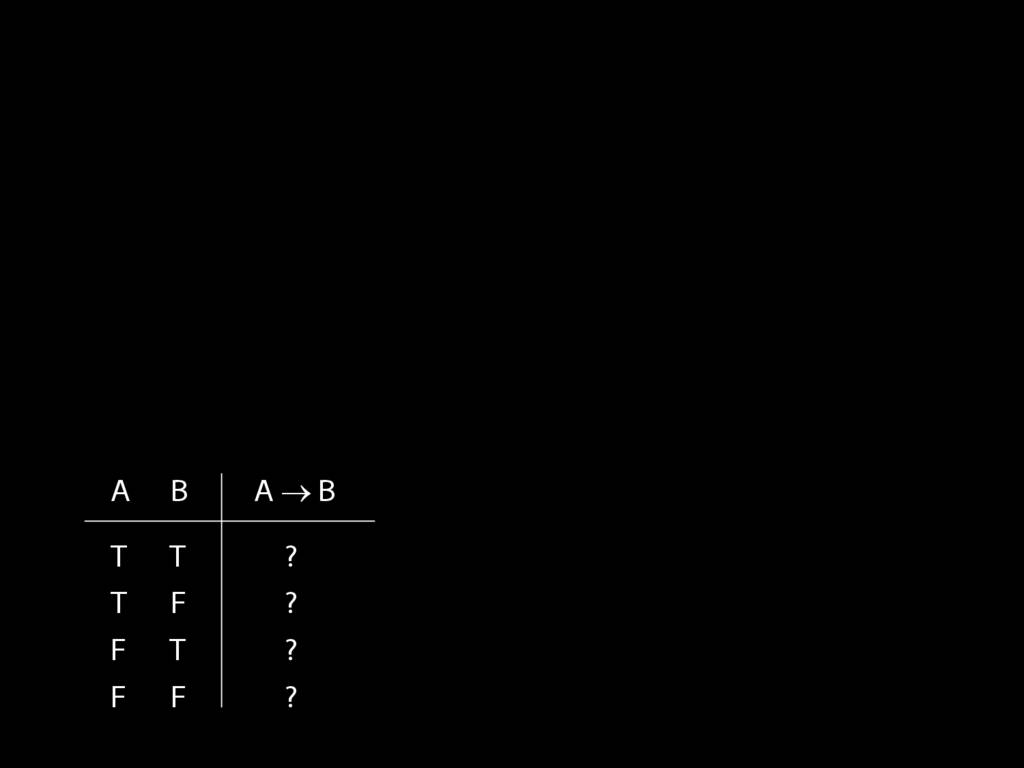
Assuming that the rules of Fitch are such that it is impossible to prove an argument which is not logically valid, the truth table for → is fixed if we accept →Elim and →Intro.
How do the rules of proof for → fix its truth table?

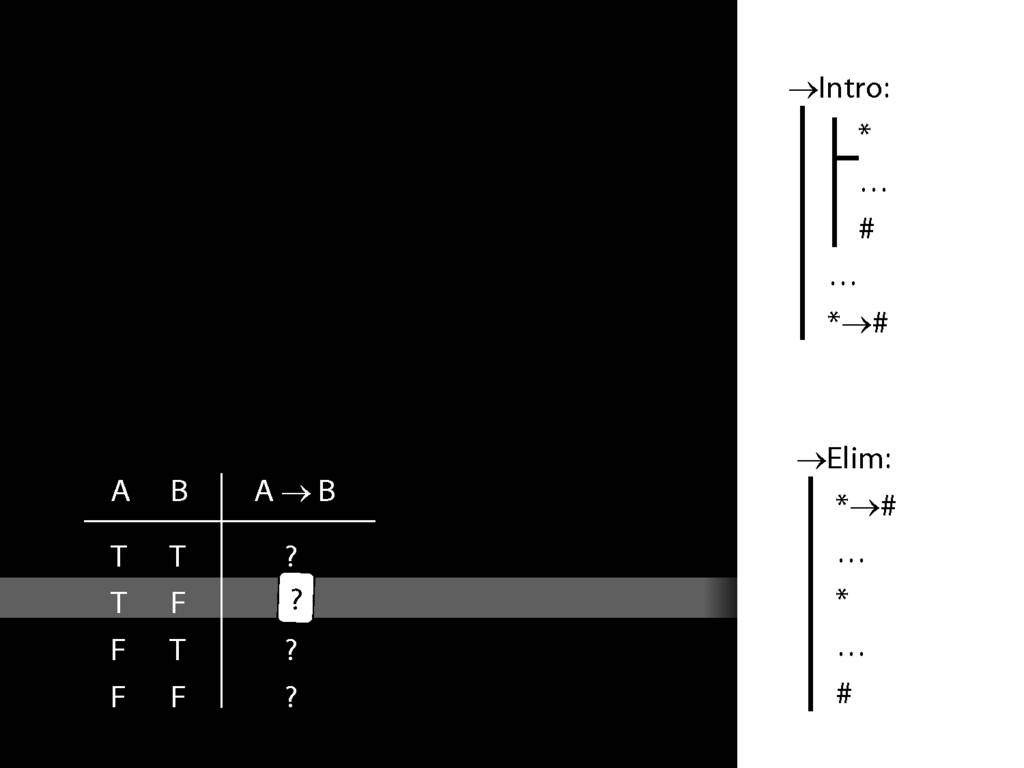
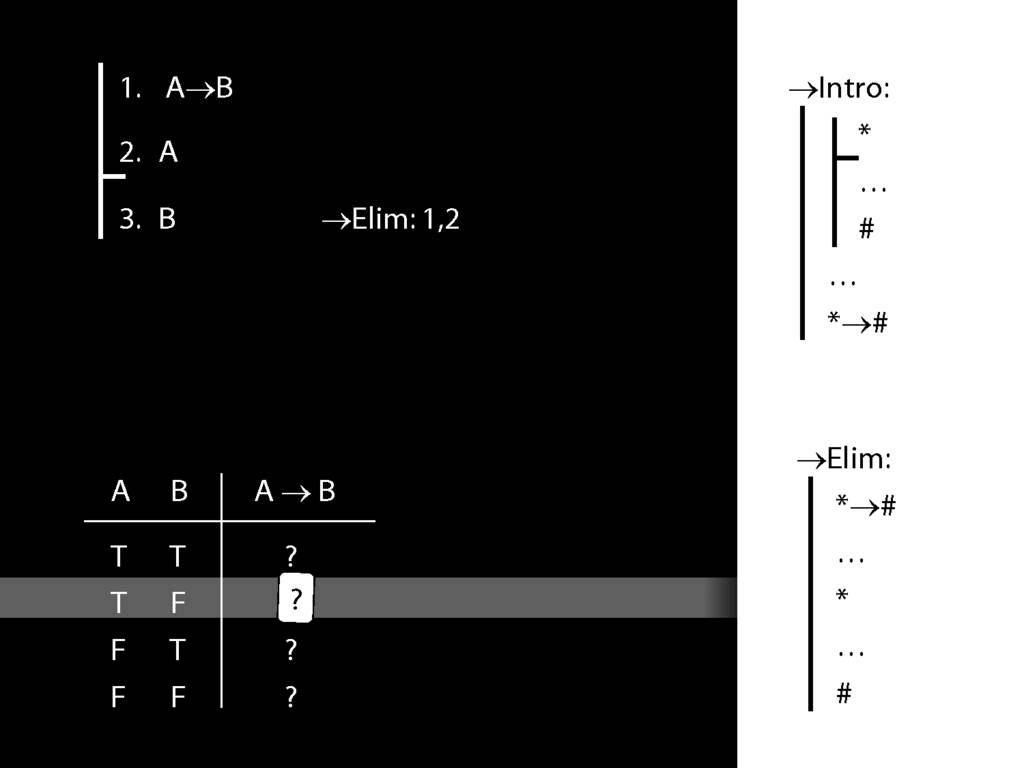
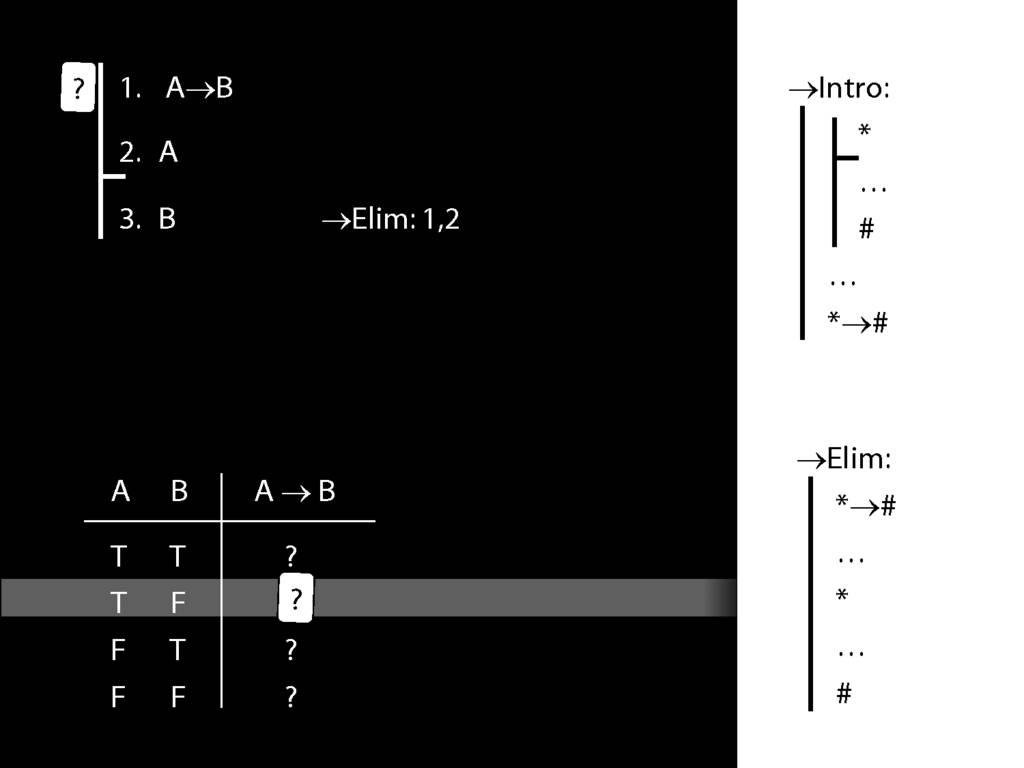
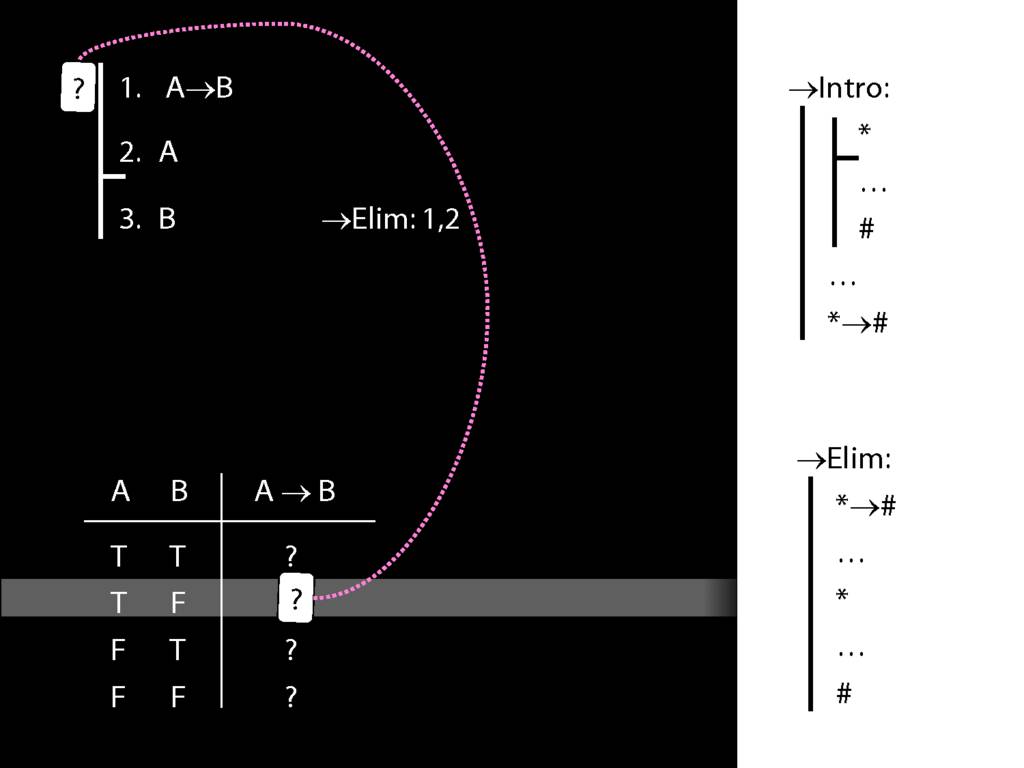
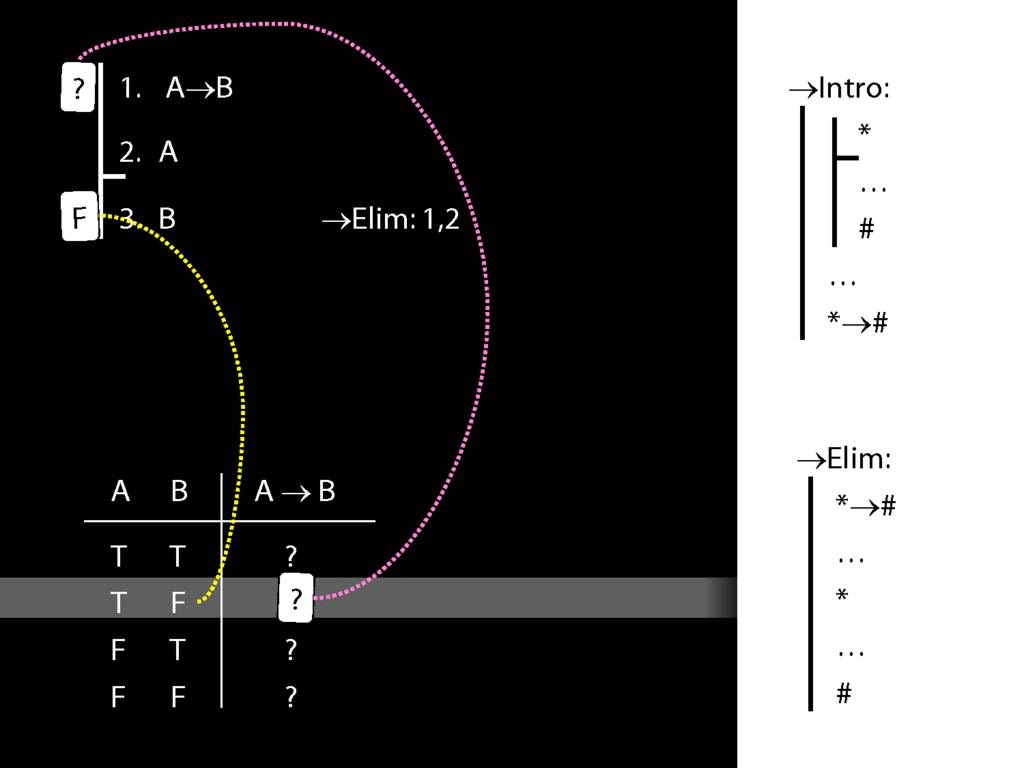
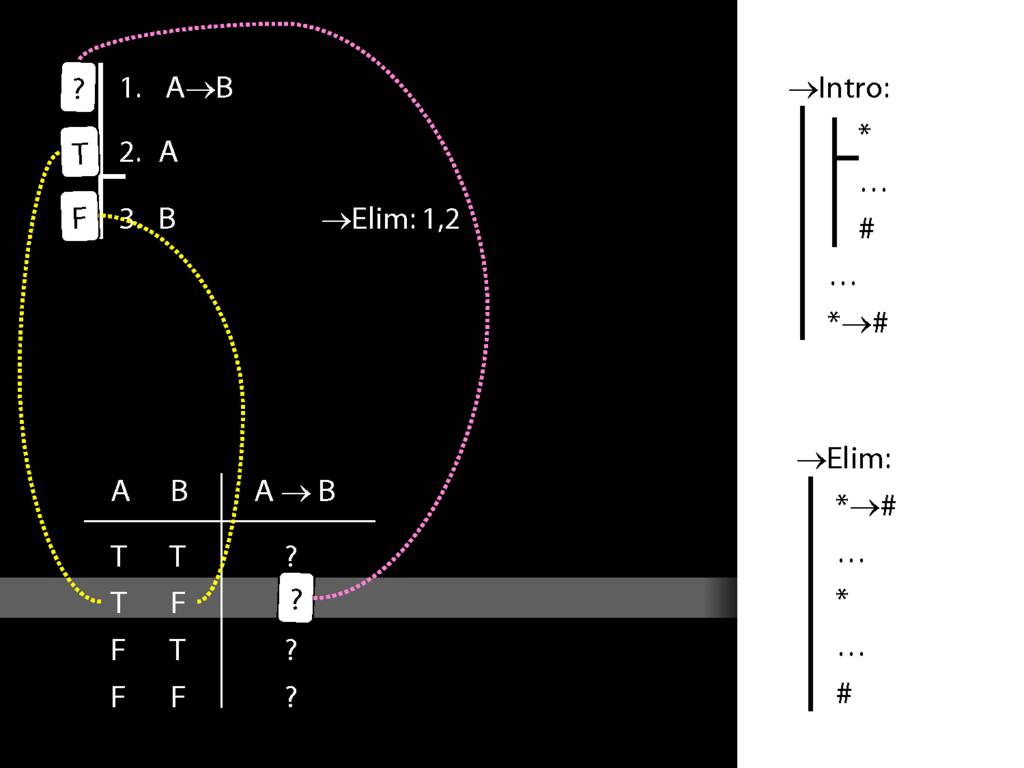
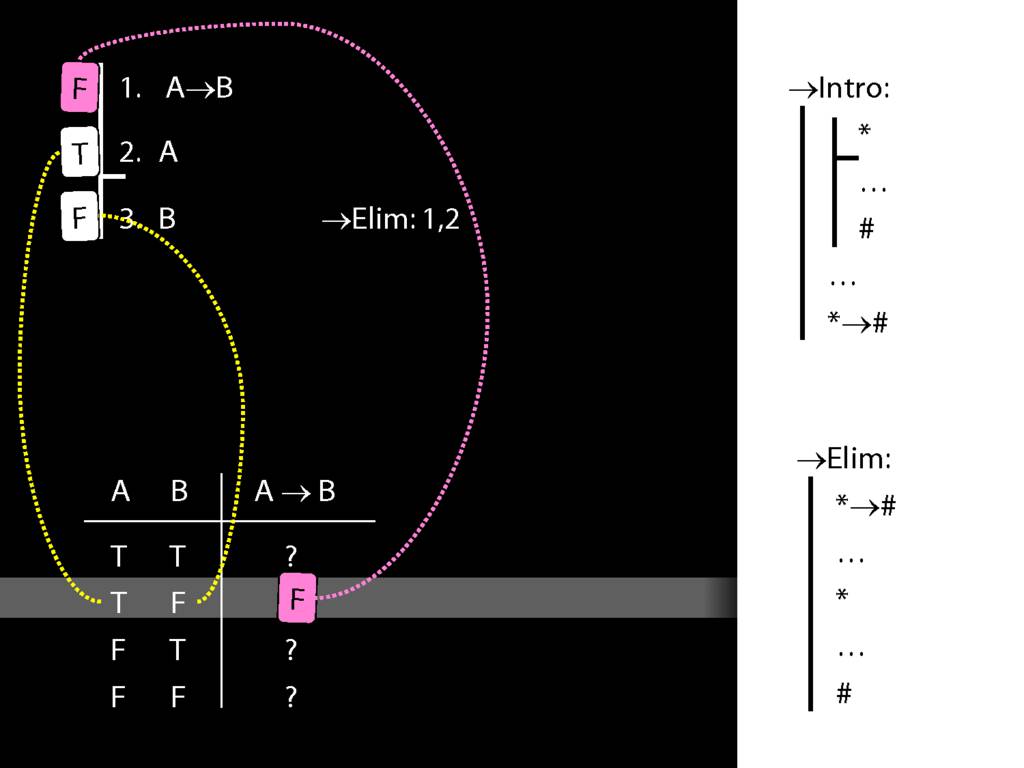
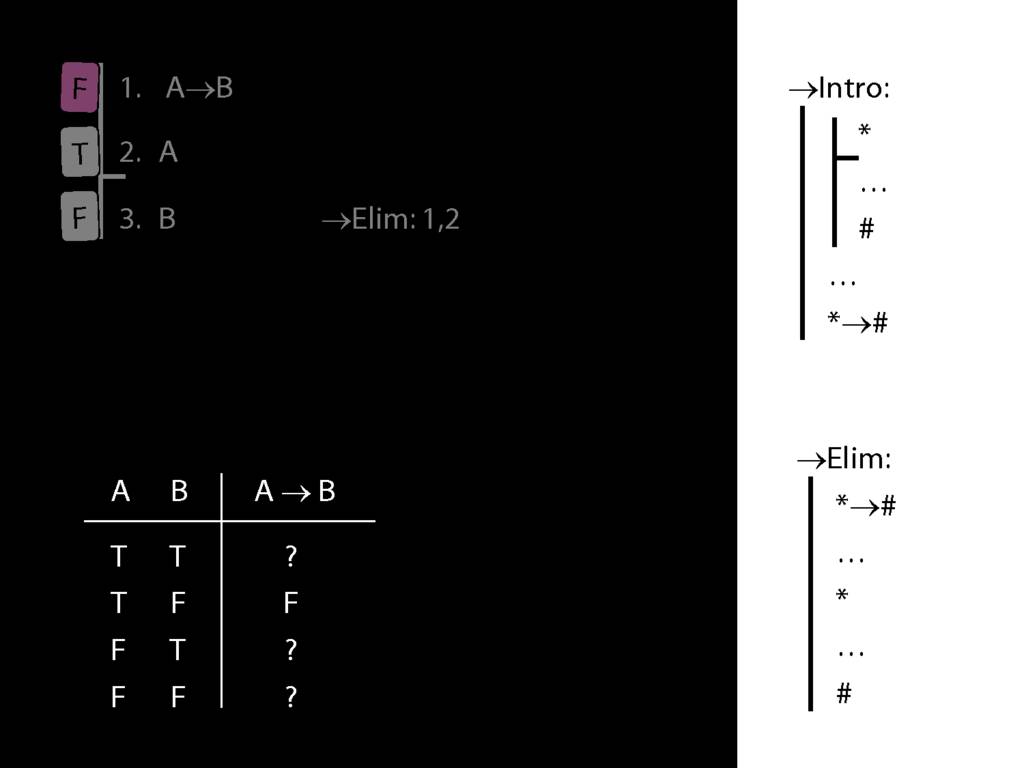
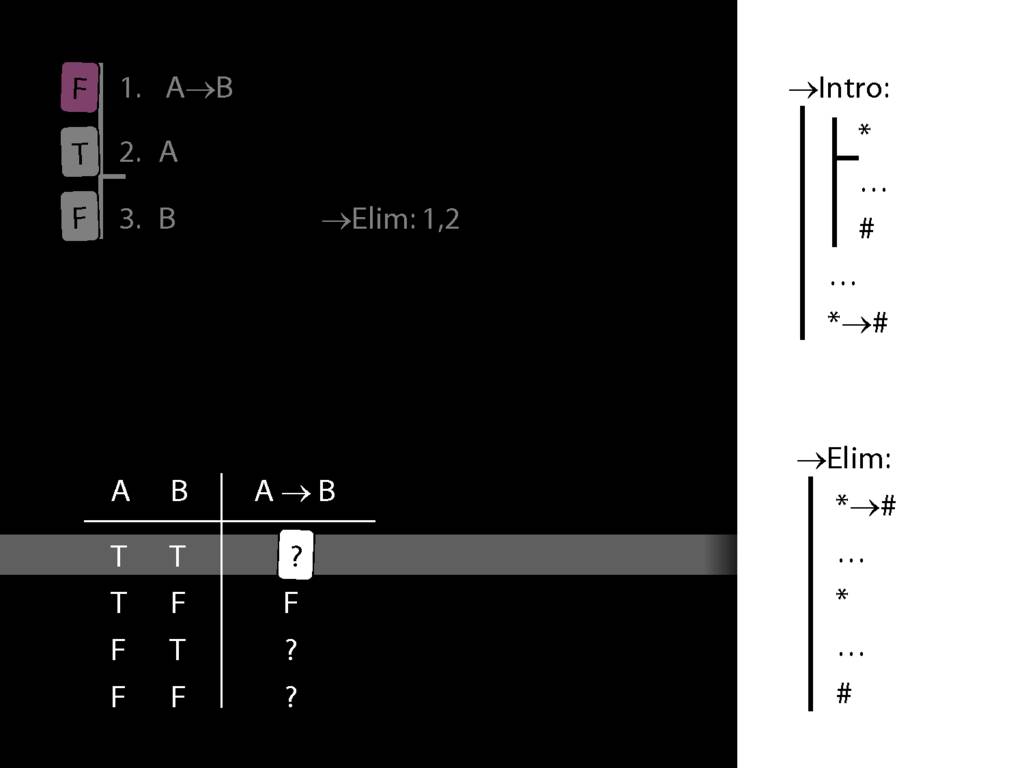
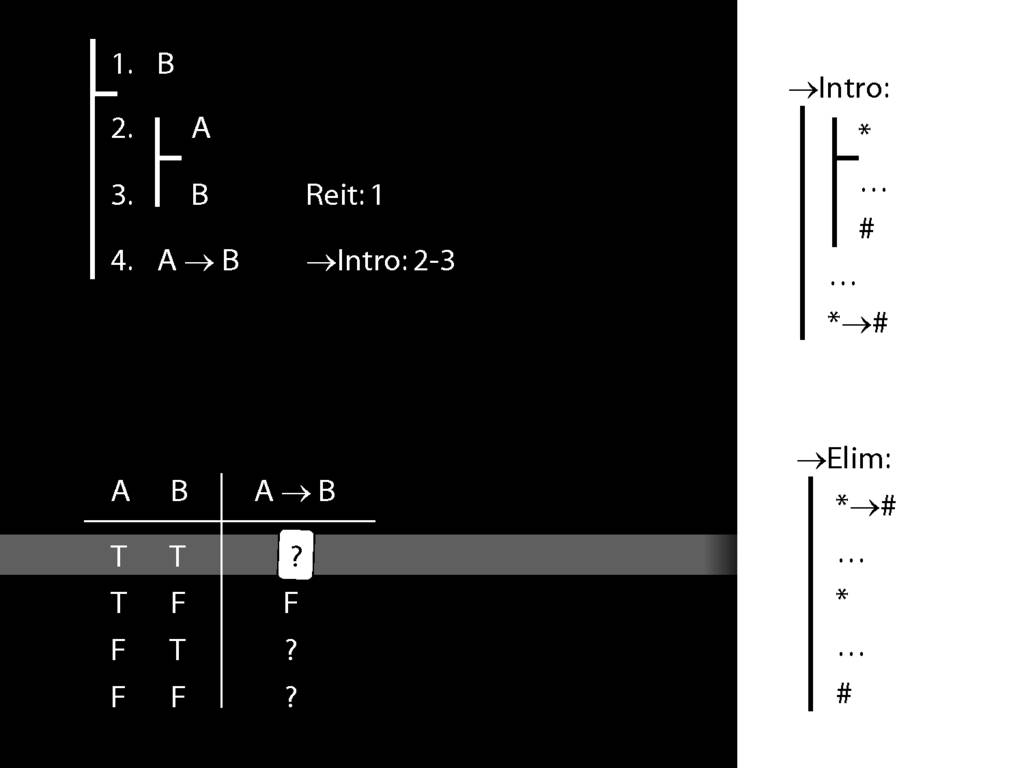
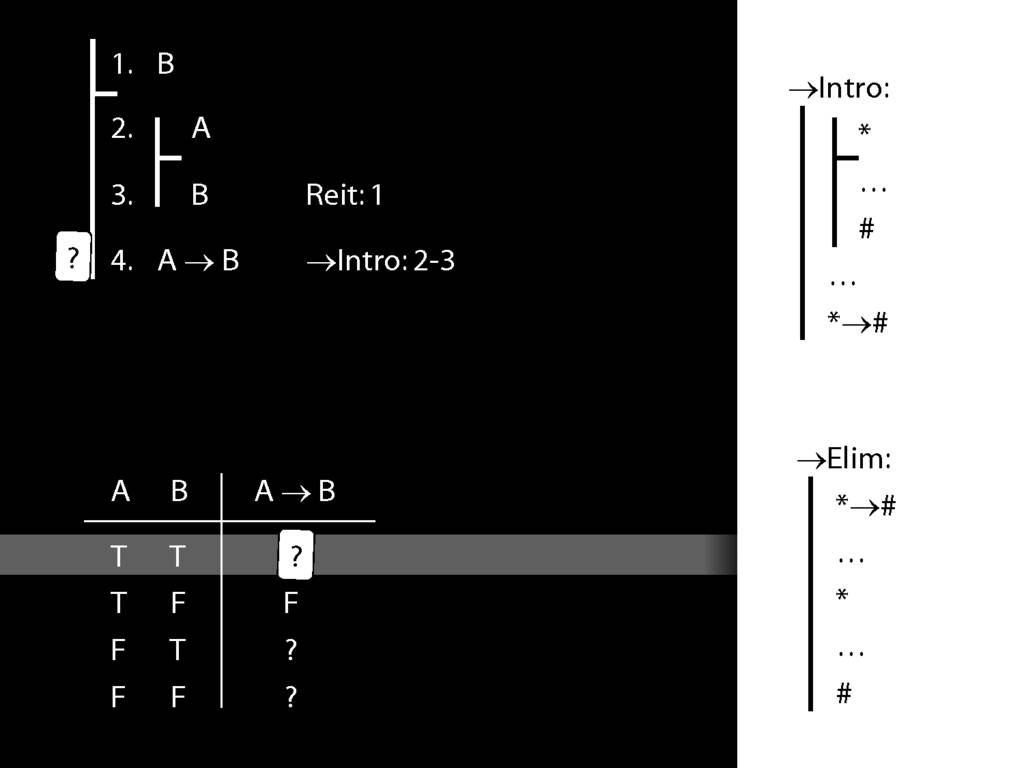

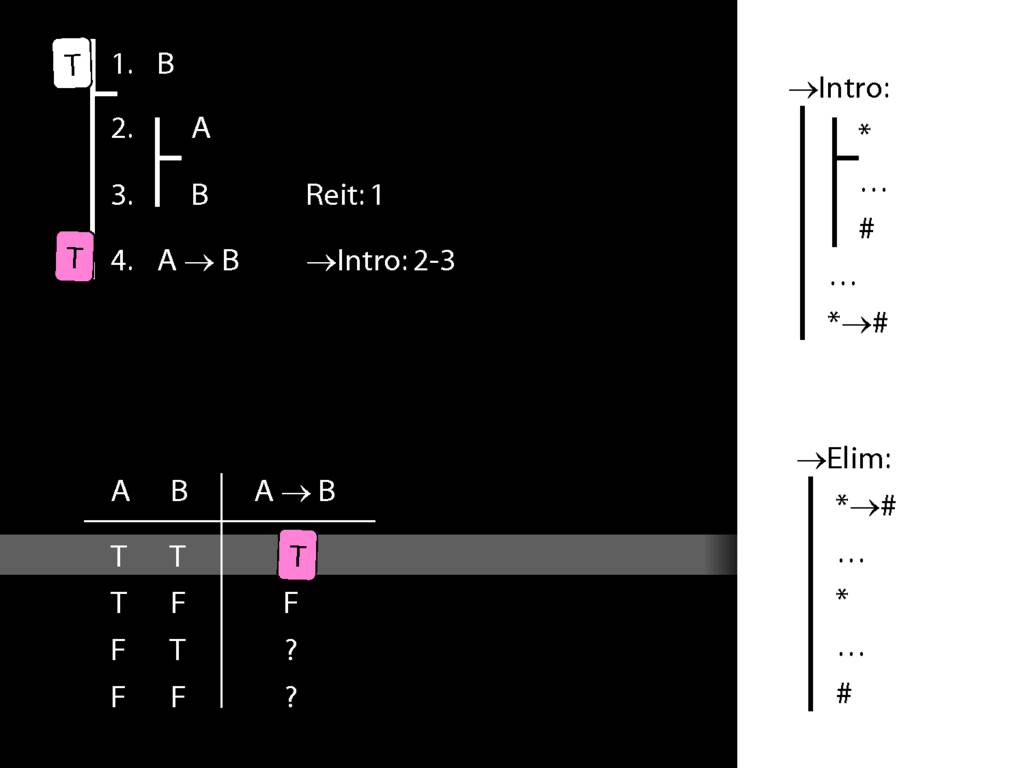
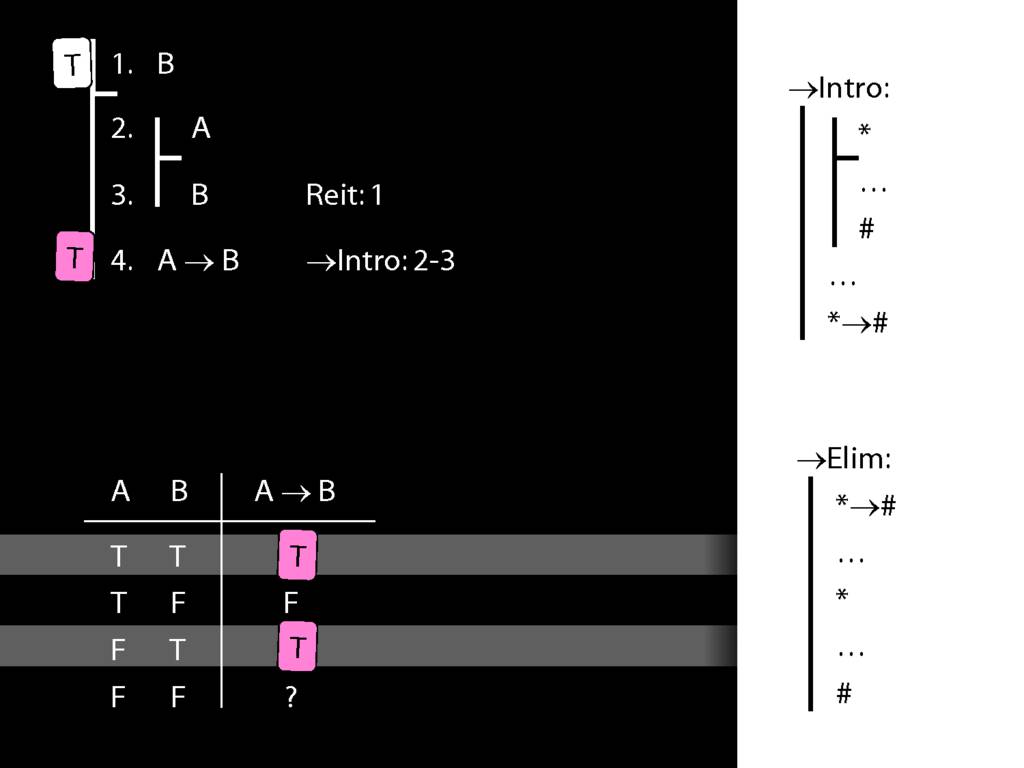
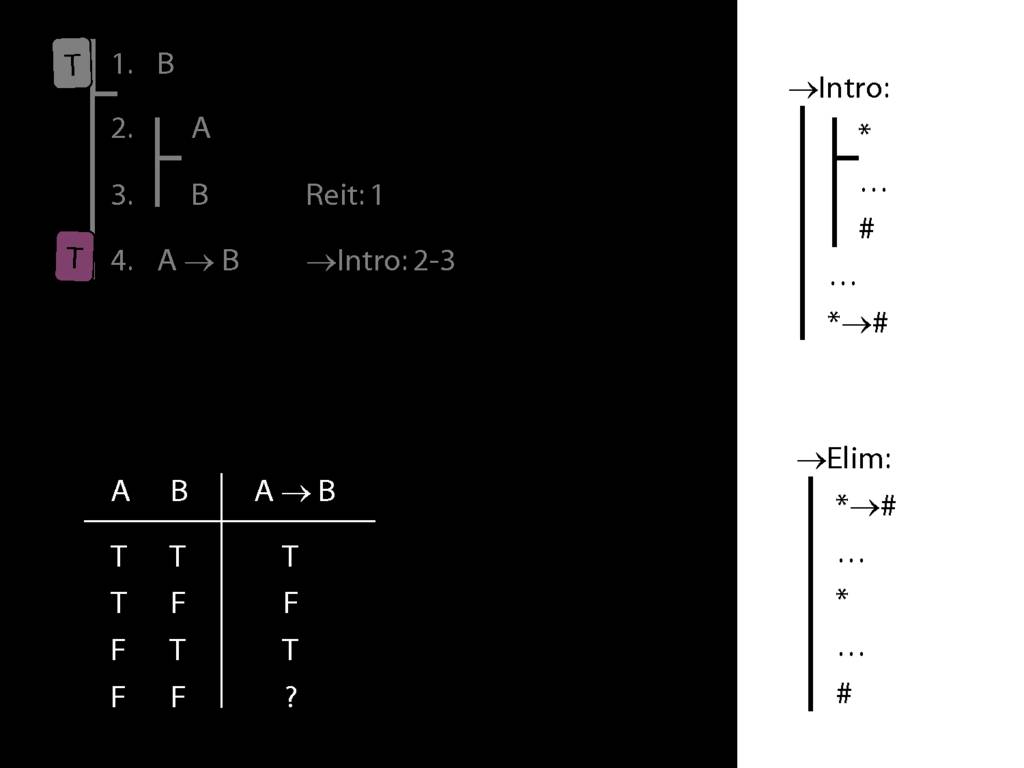
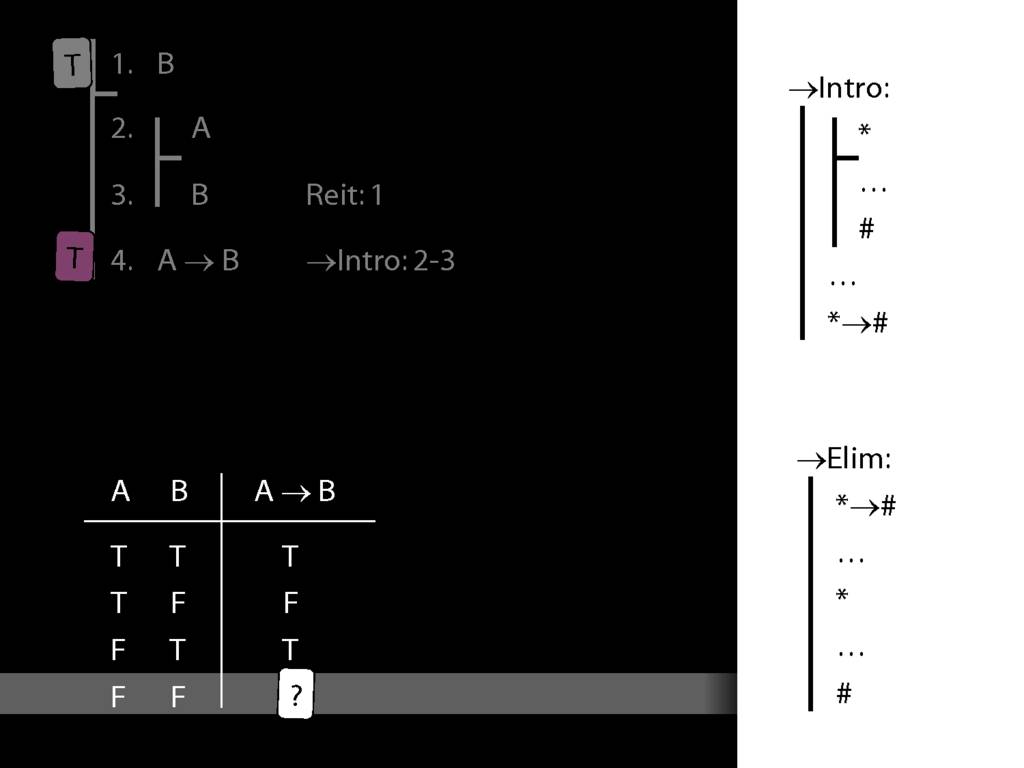
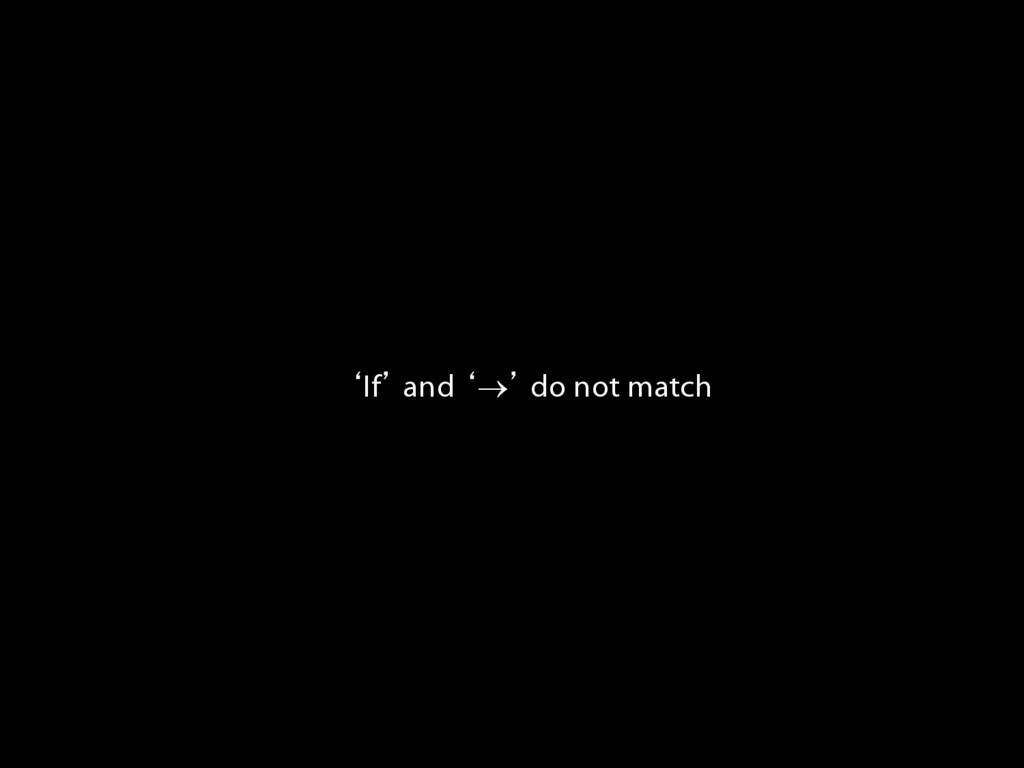
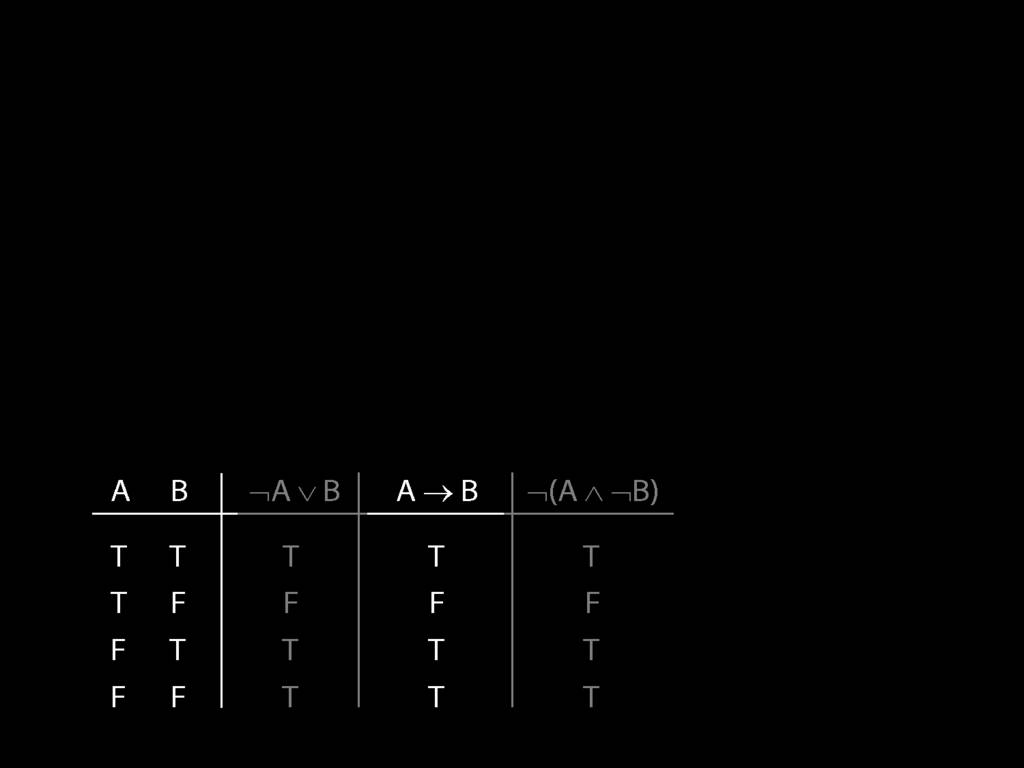
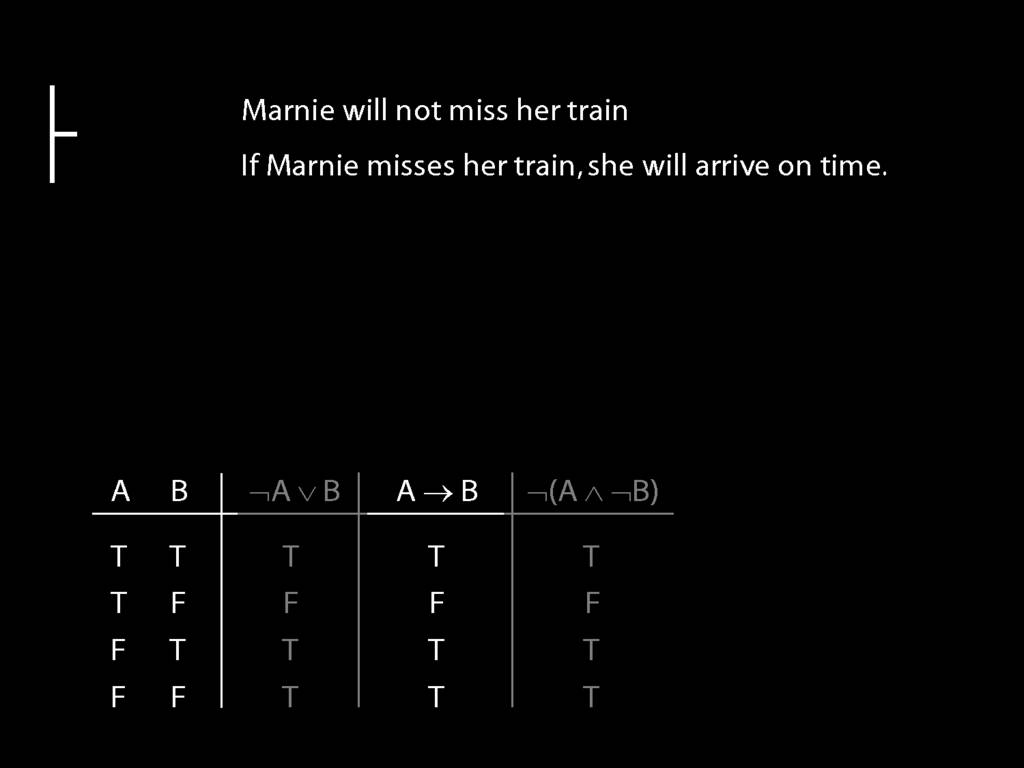
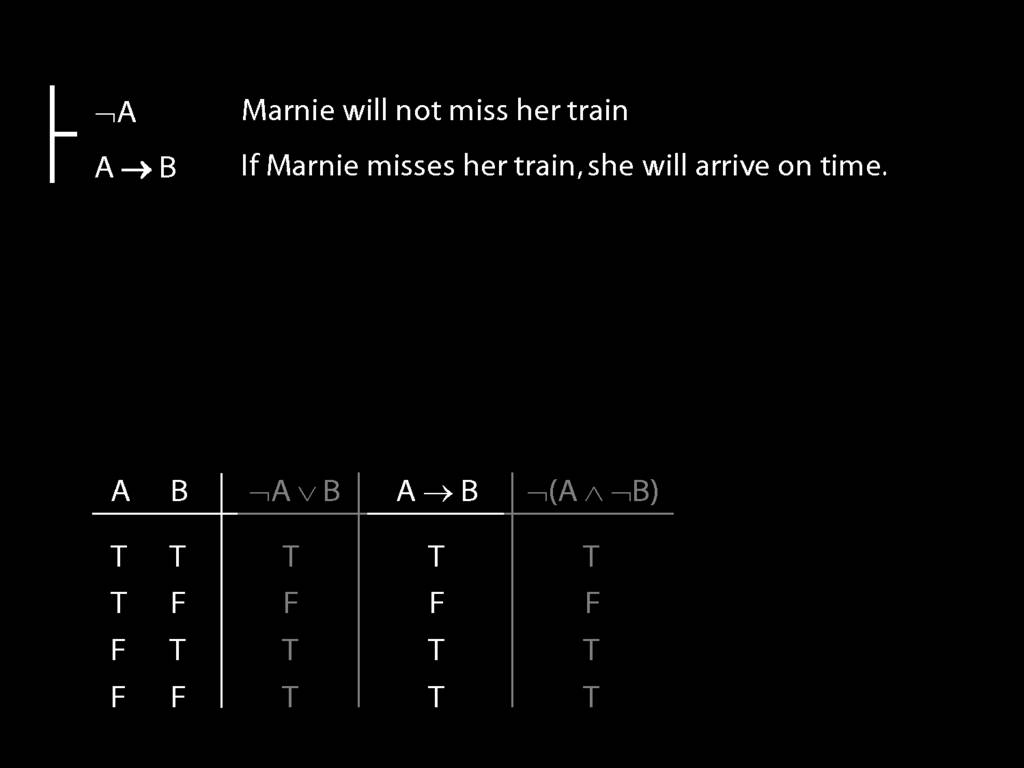
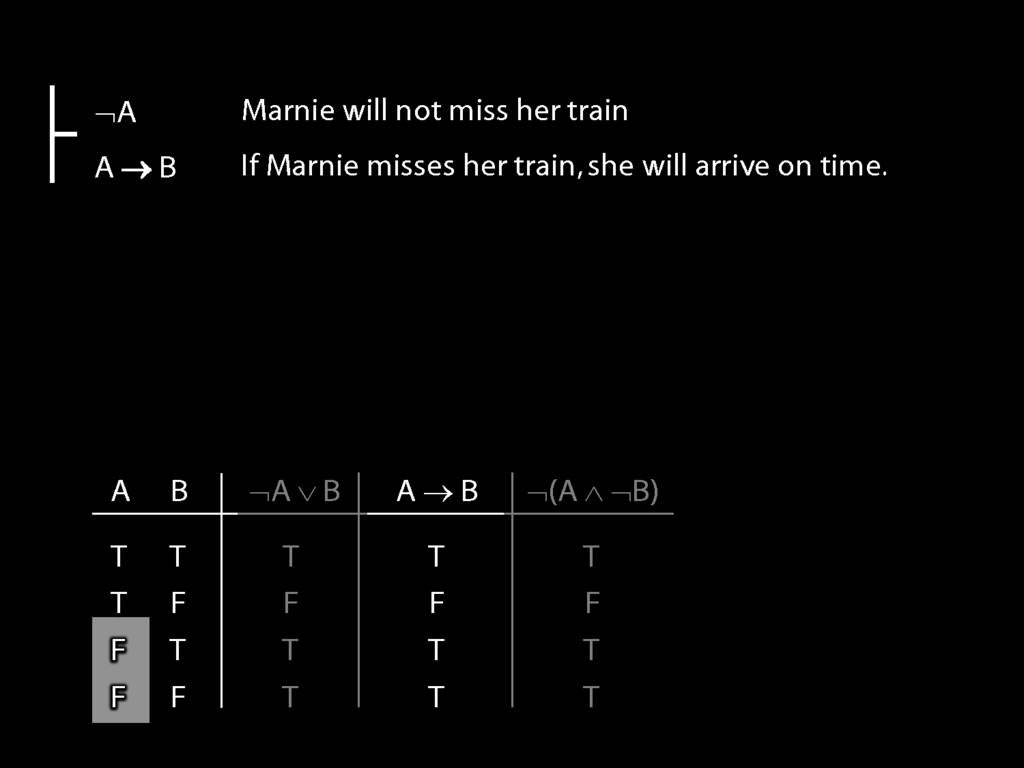
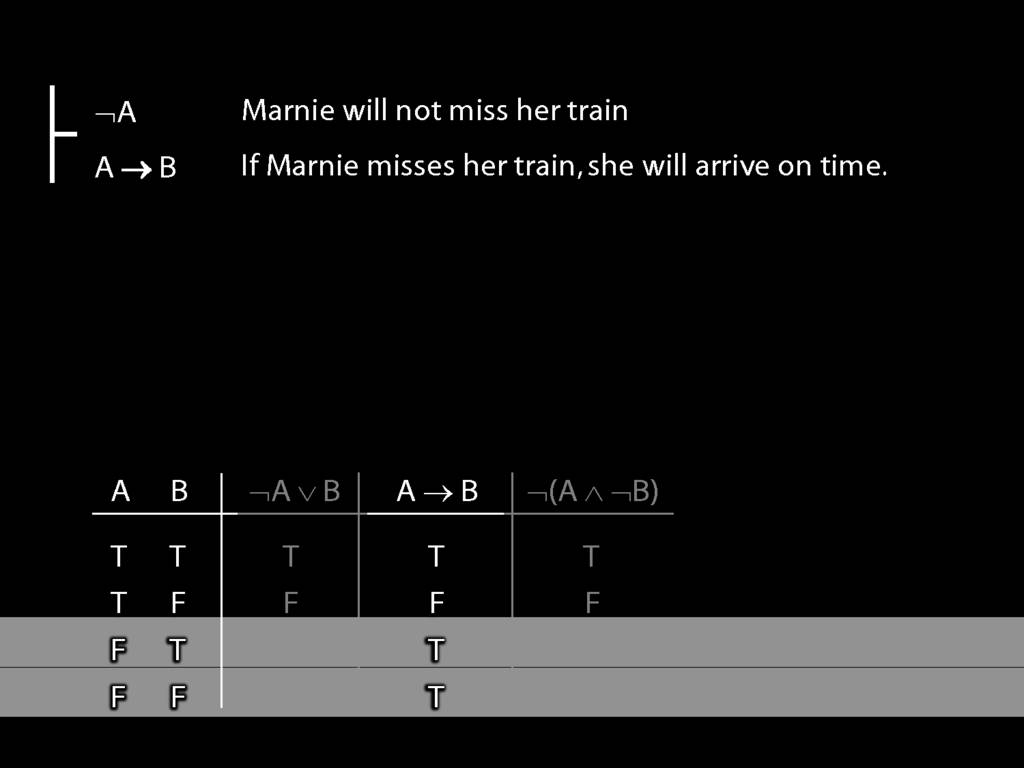
7.1--7.6
8.1 (yes/no answers are ok)
7.2
7.5
7.6

Scope: A Mistaken Application of ¬Elim
\section{Scope: A Mistaken Application of ¬Elim}
\section{Scope: A Mistaken Application of ¬Elim}
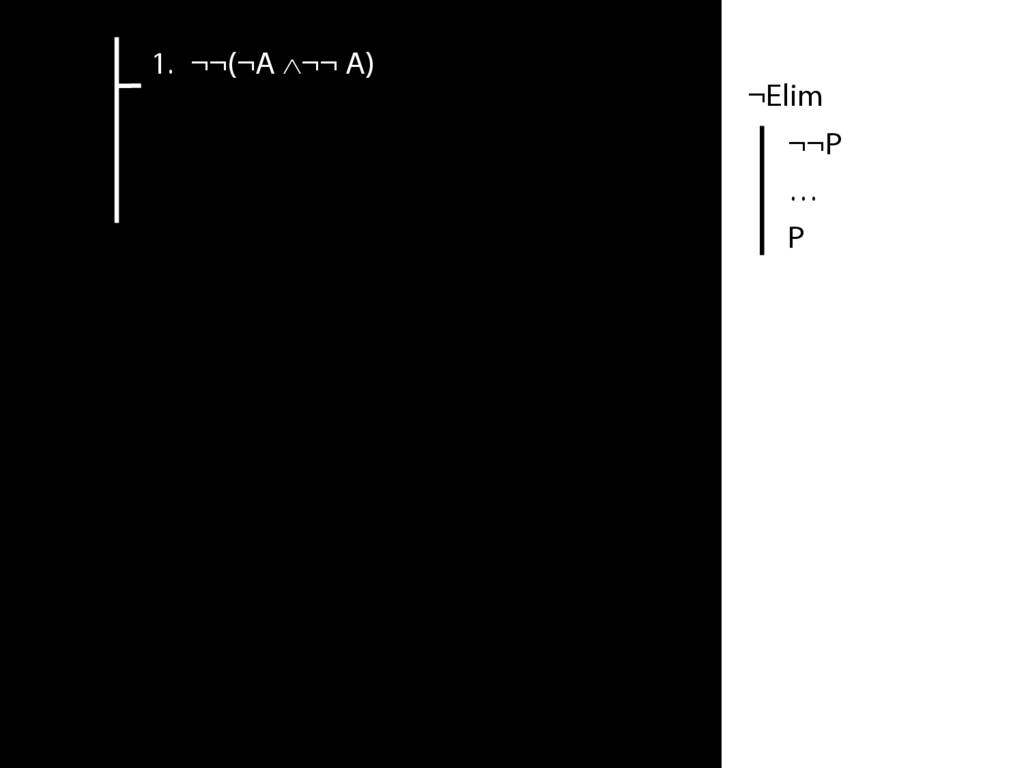
What is wrong with this proof?
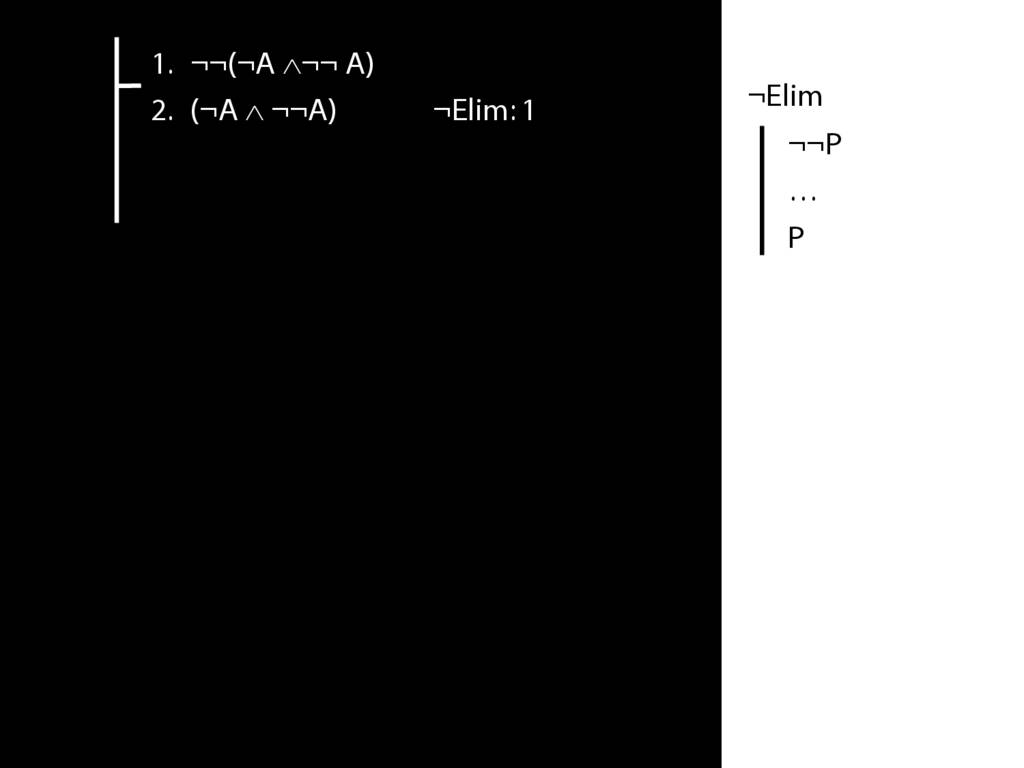
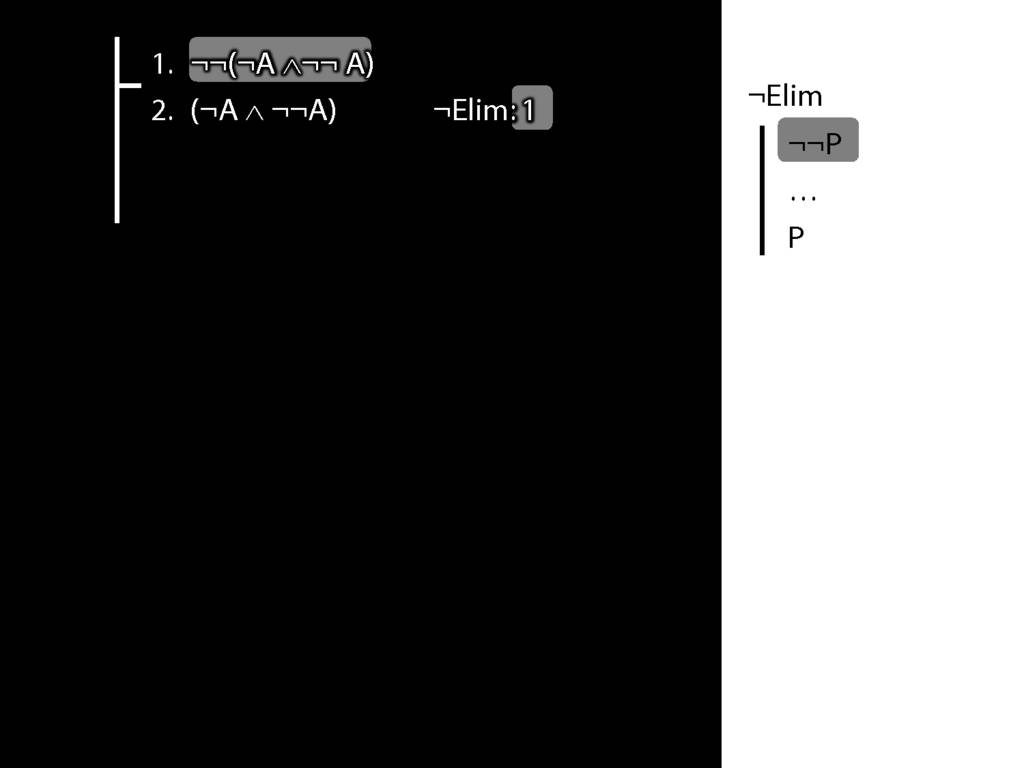
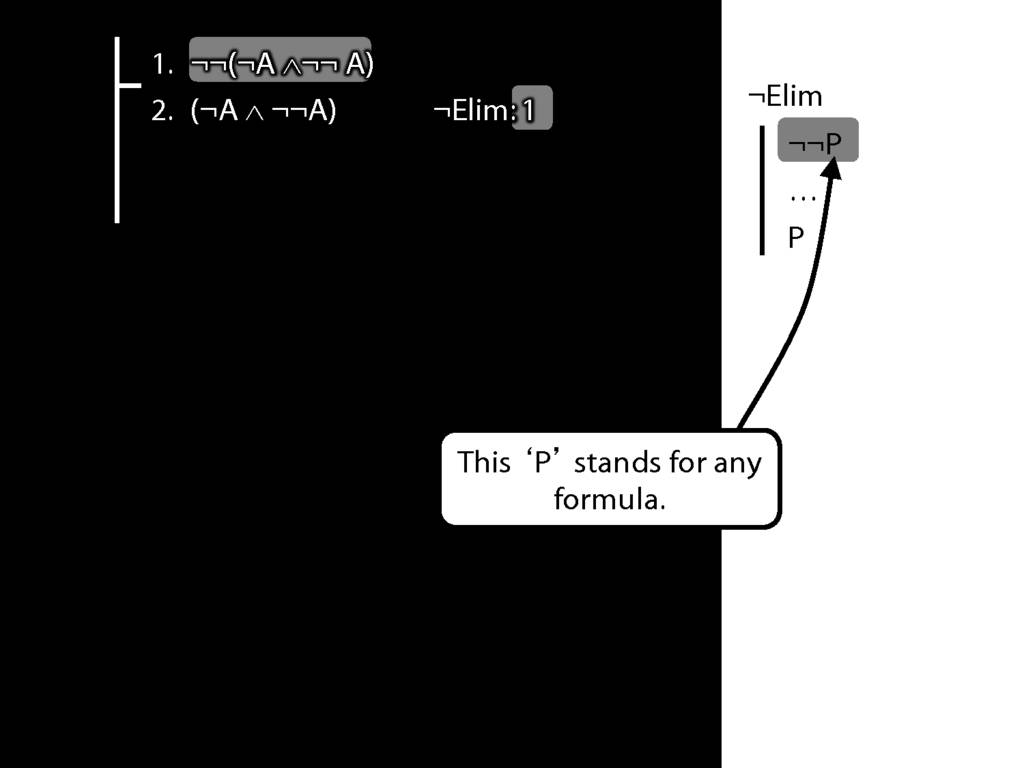
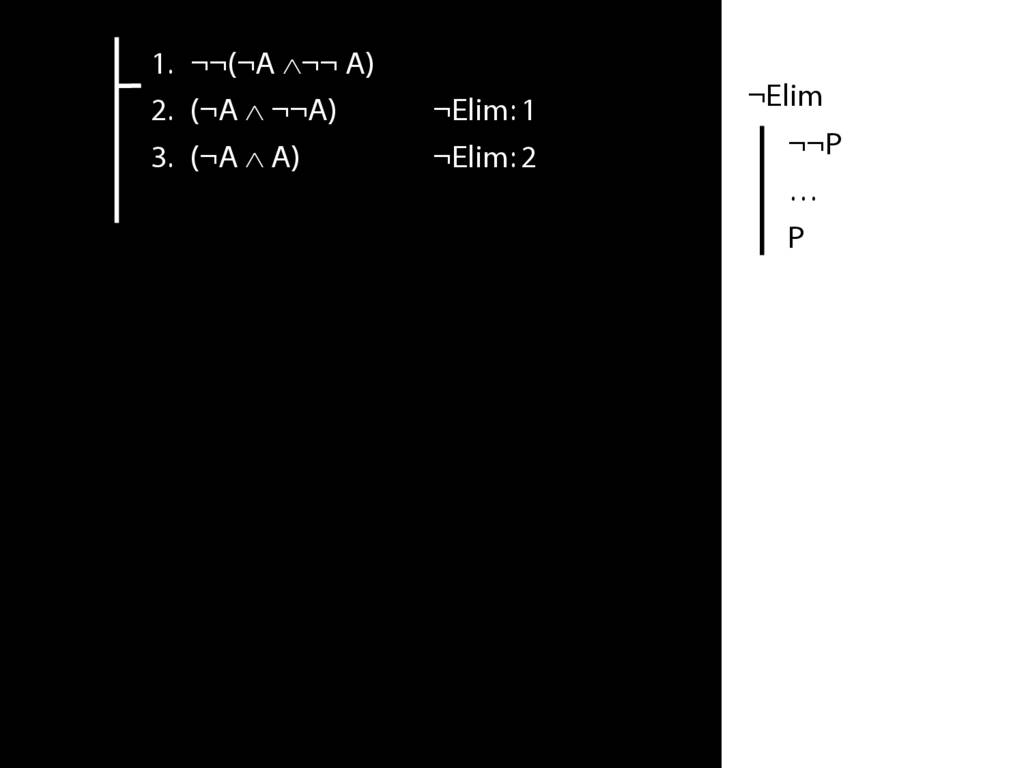
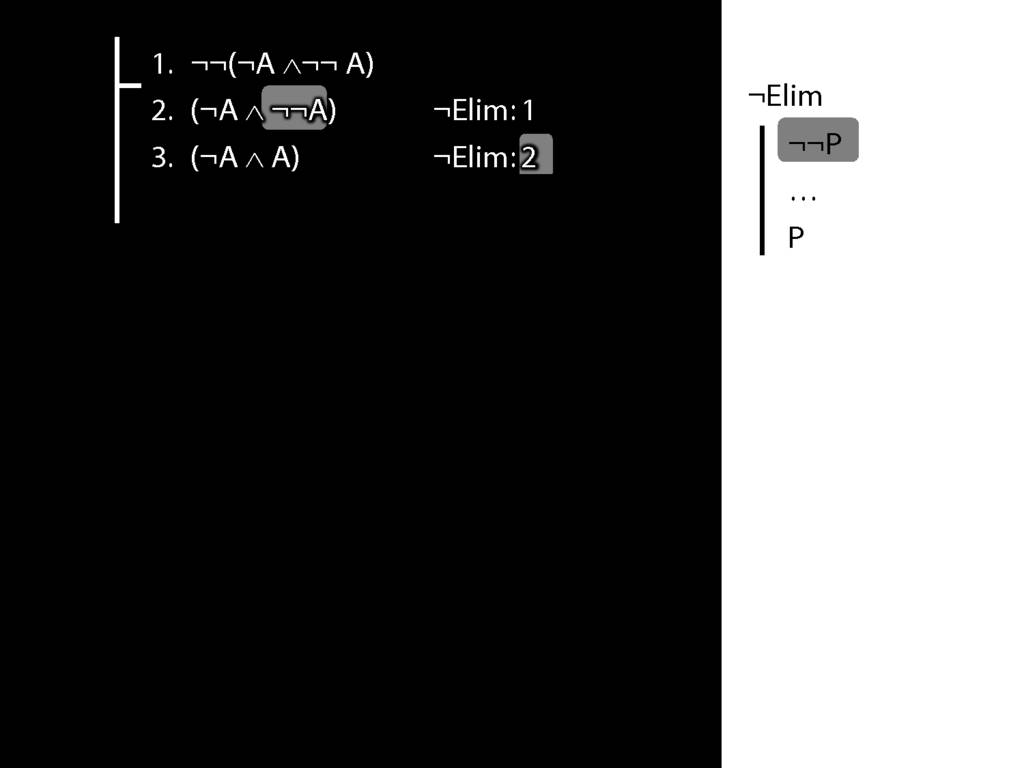
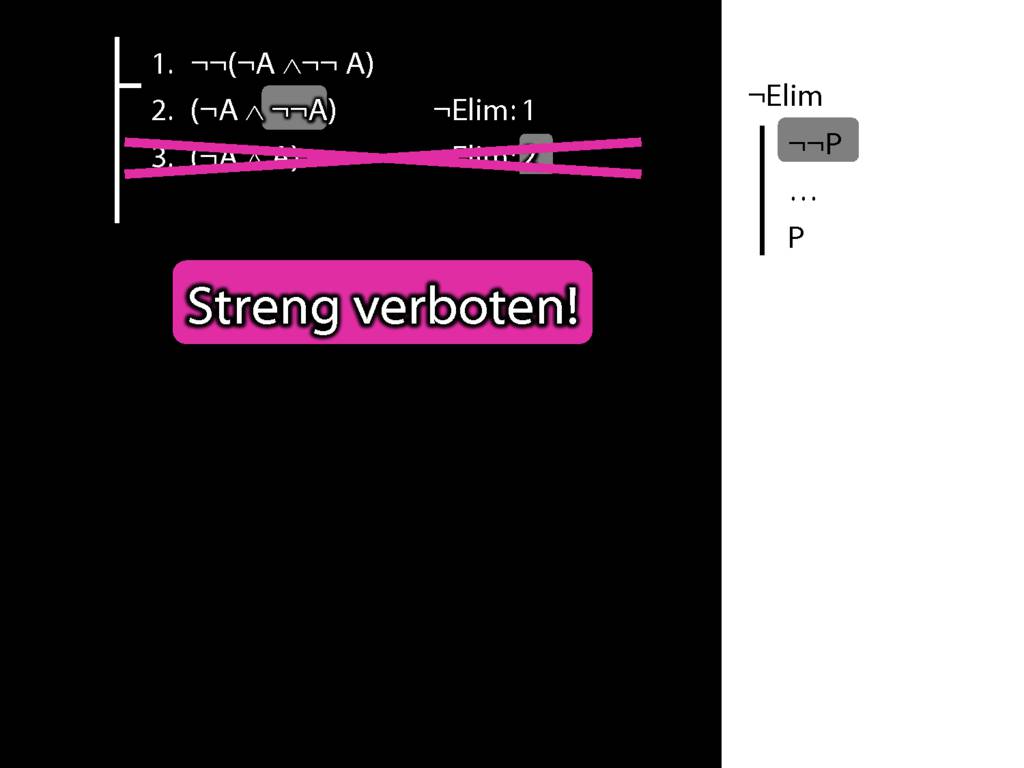
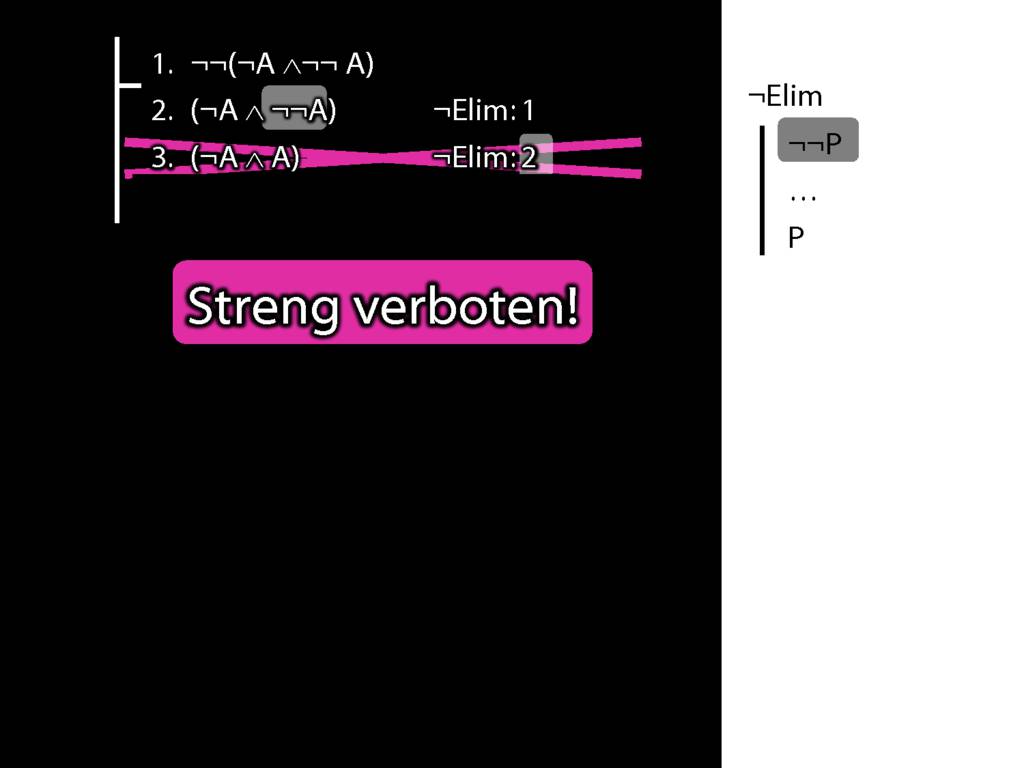
6.8

¬Intro
\section{¬Intro}
\emph{Reading:} §5.3, §6.3
\section{¬Intro}
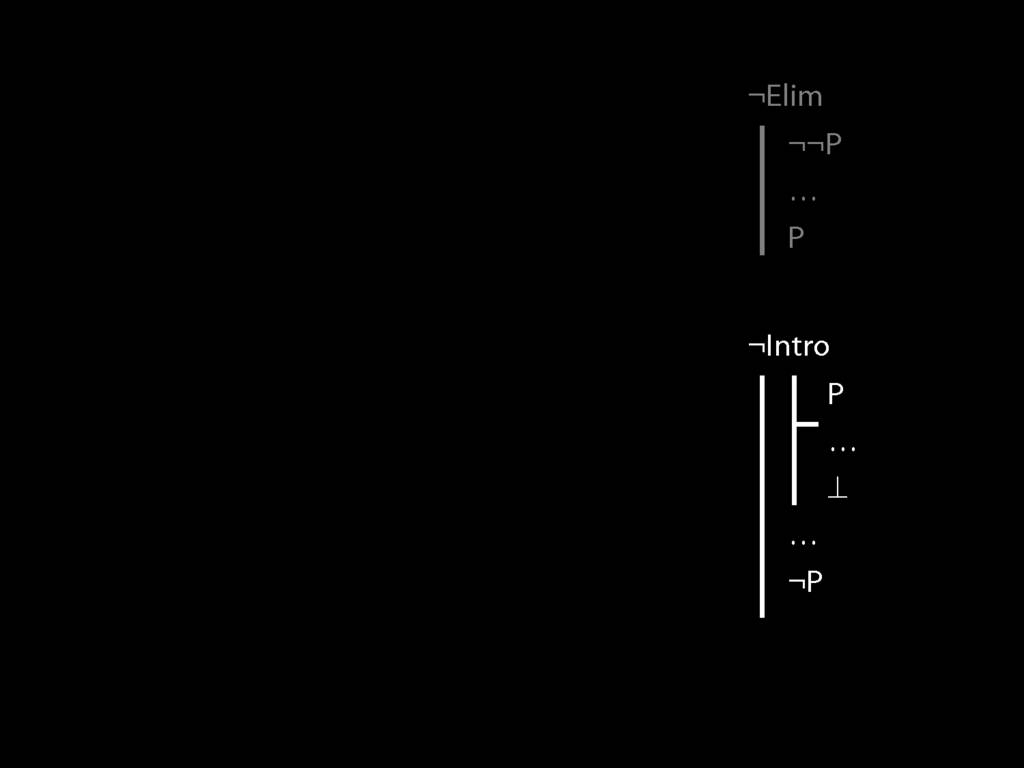
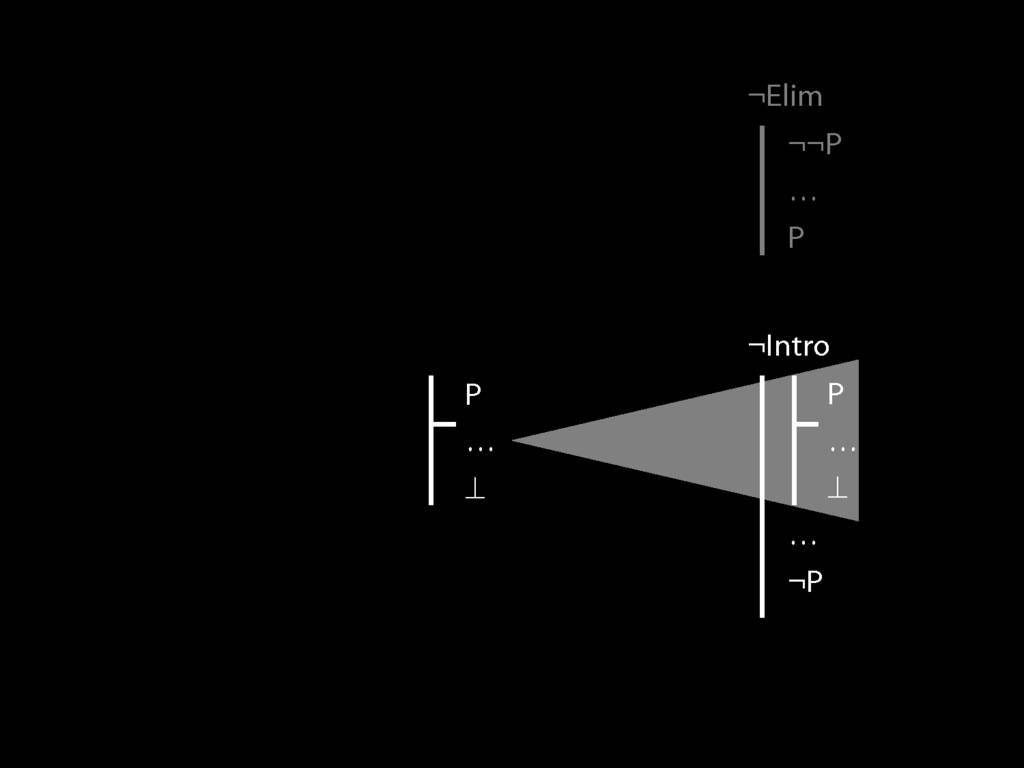
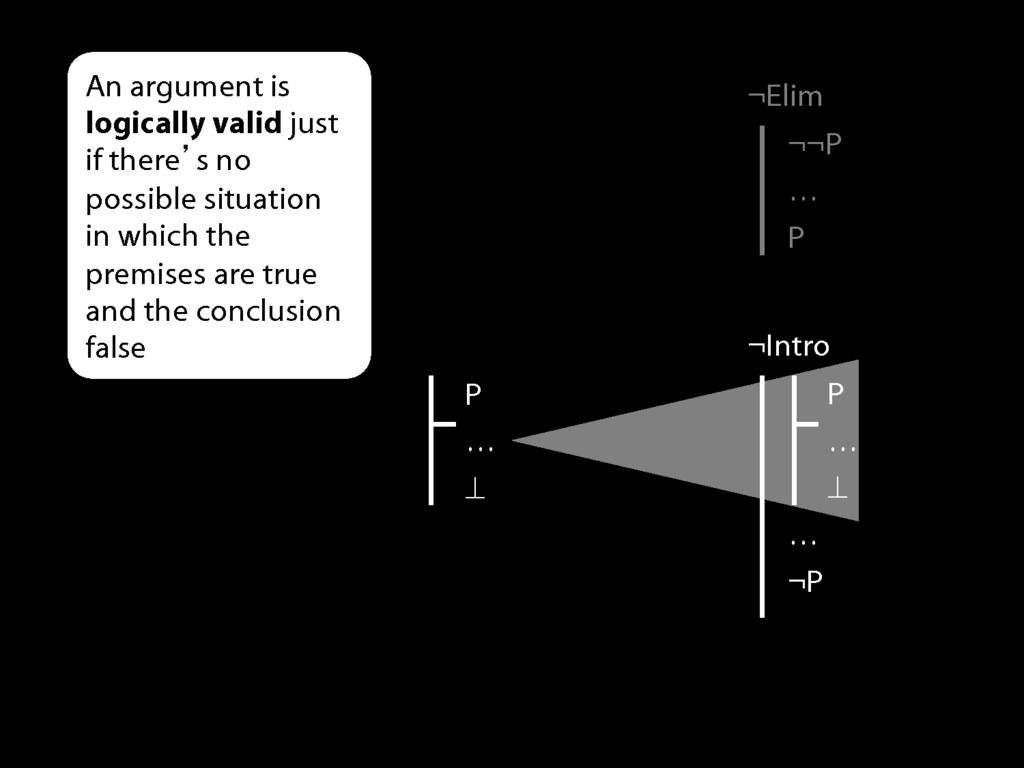
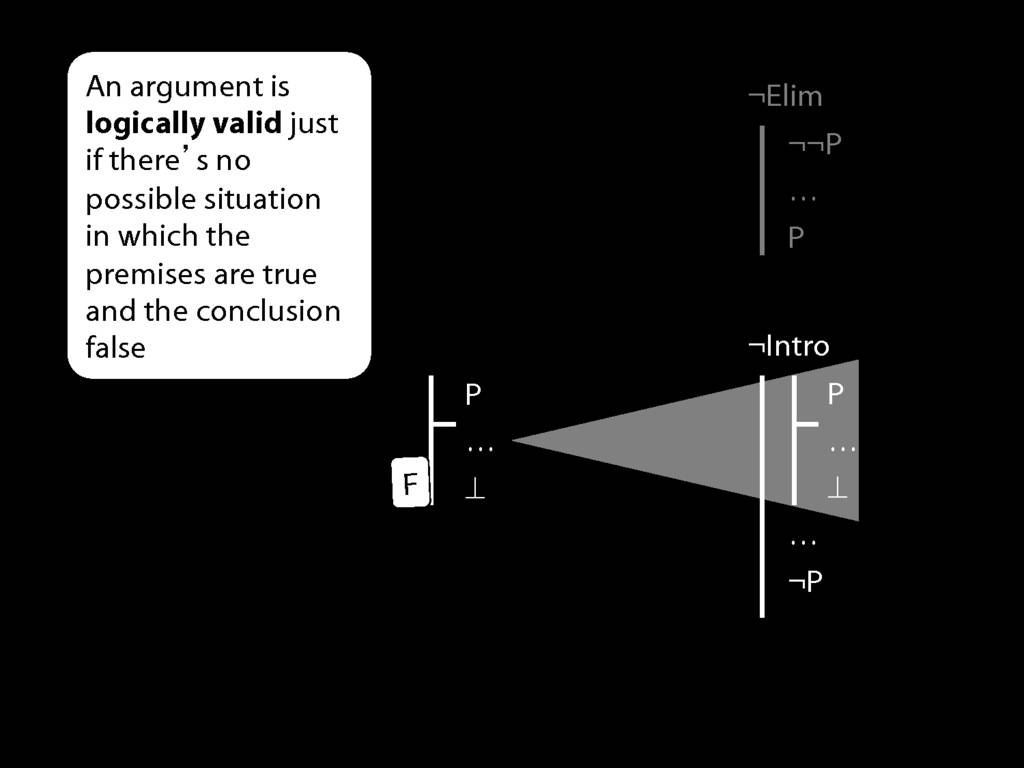
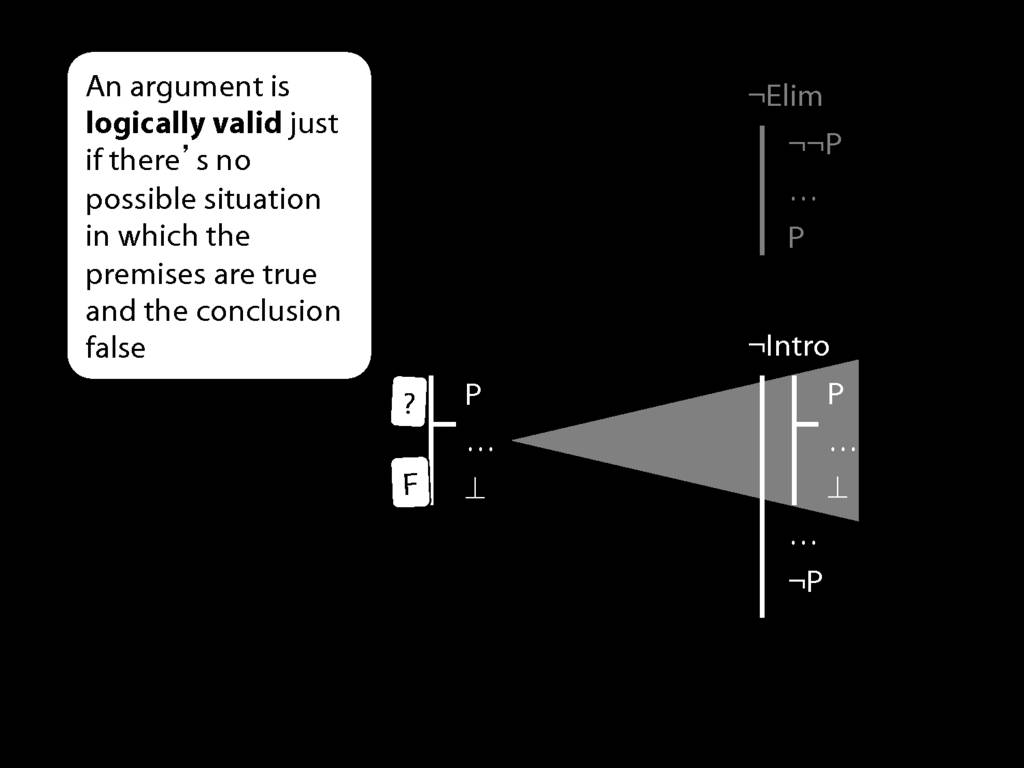
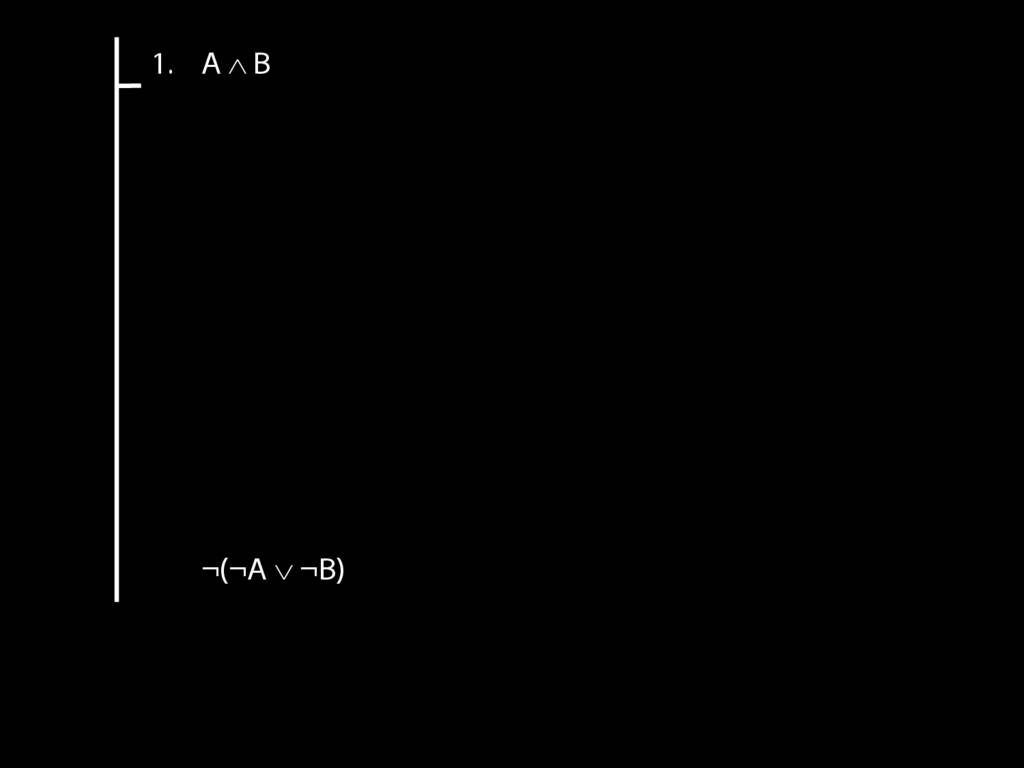
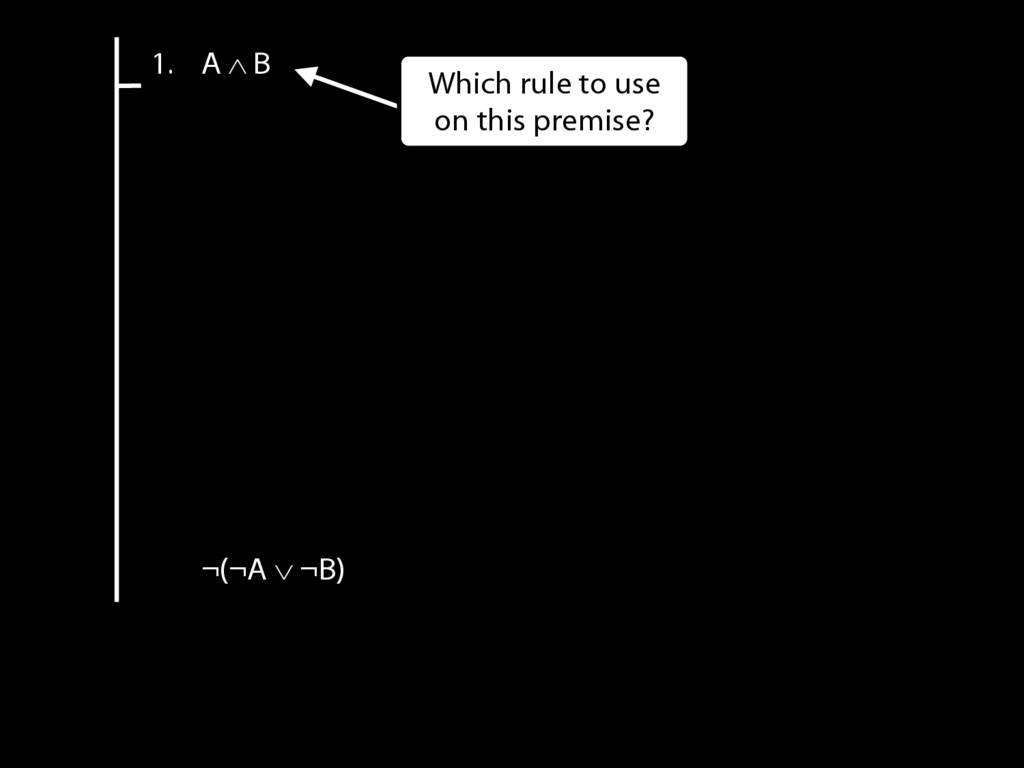
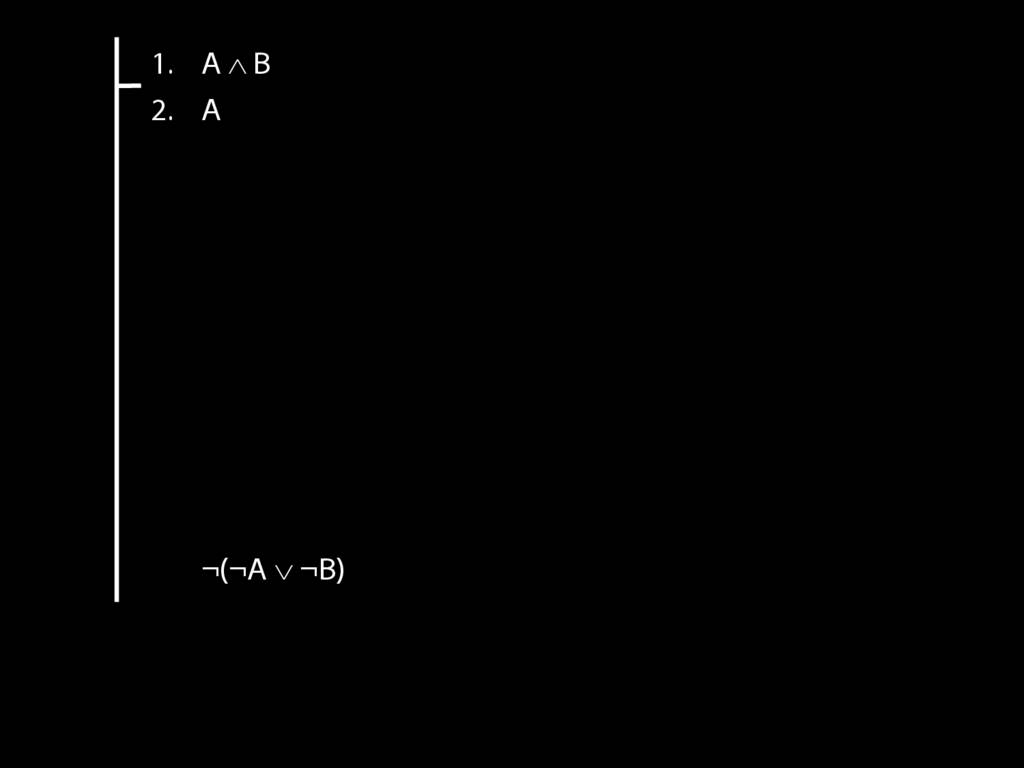
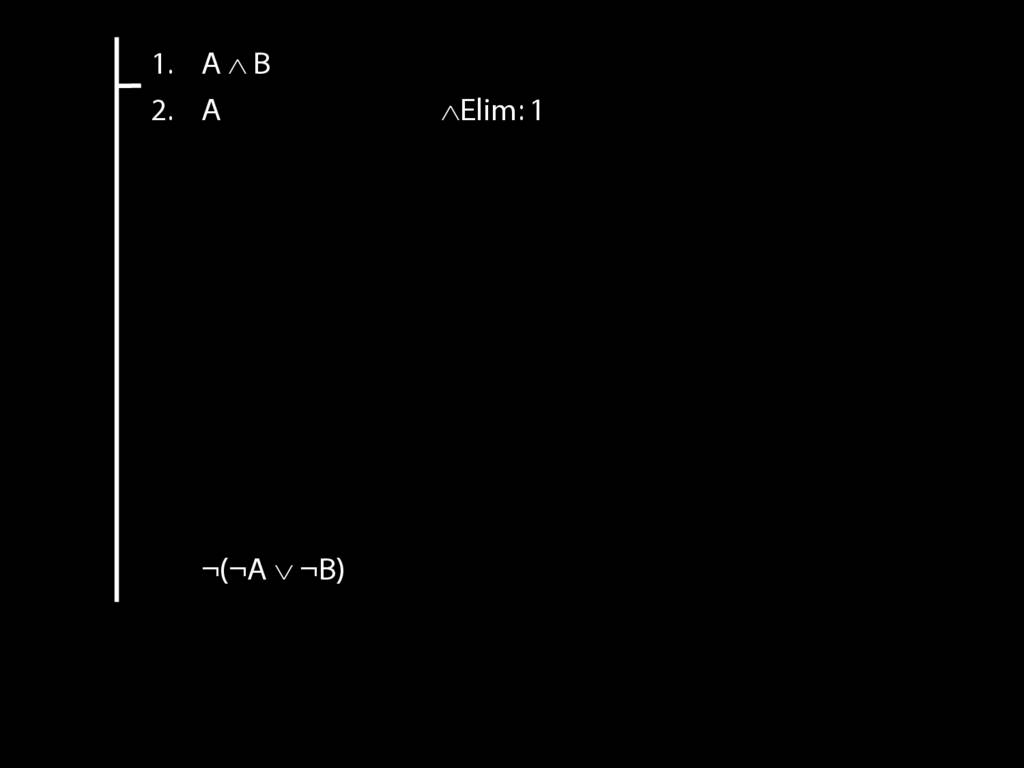
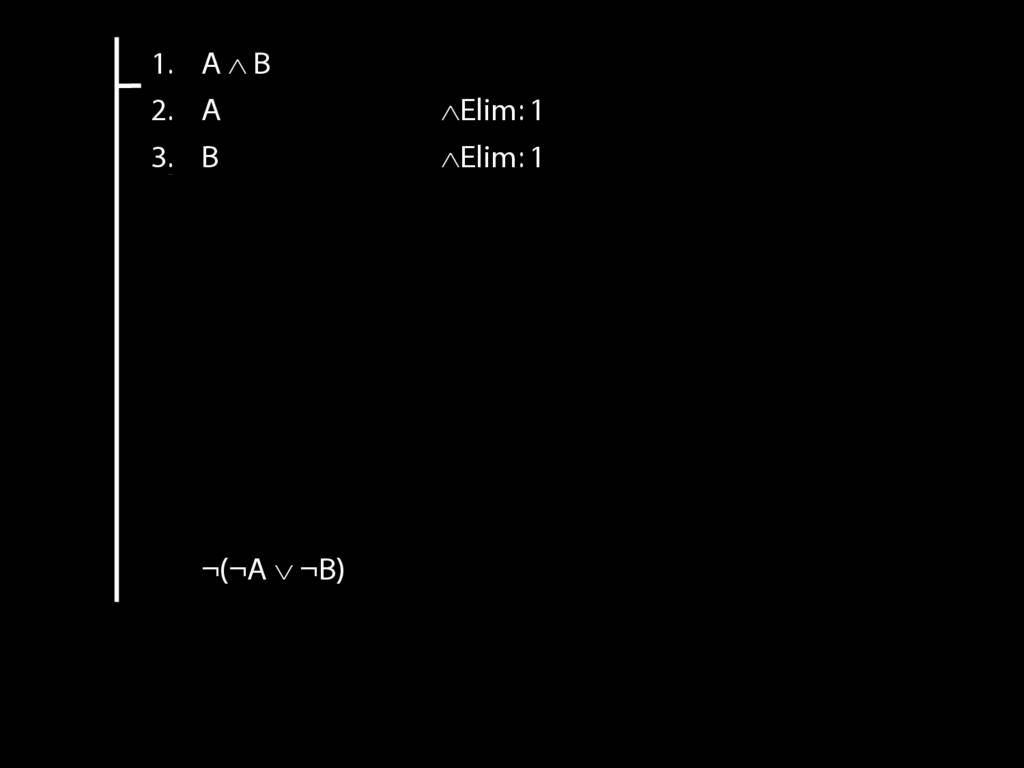
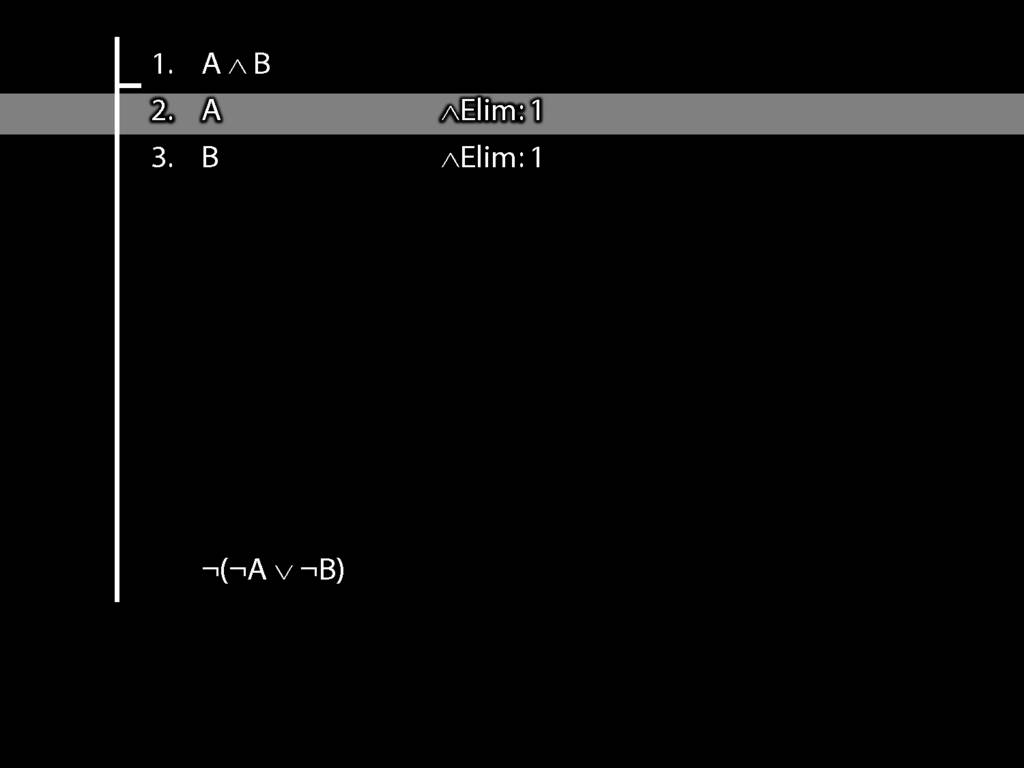
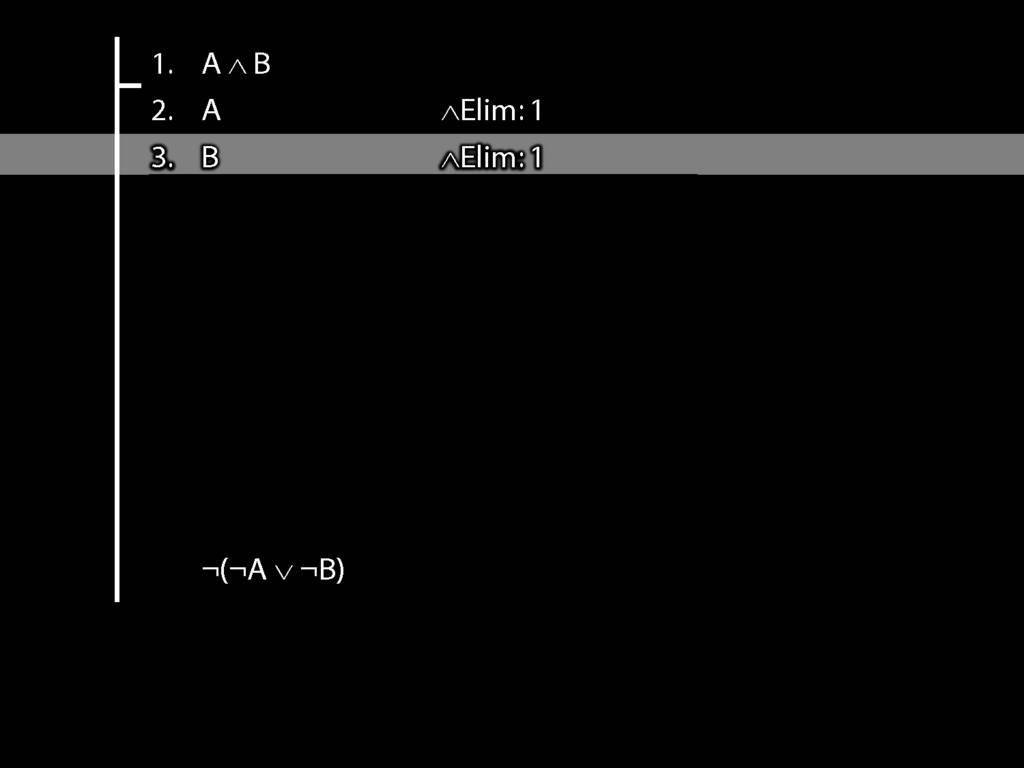

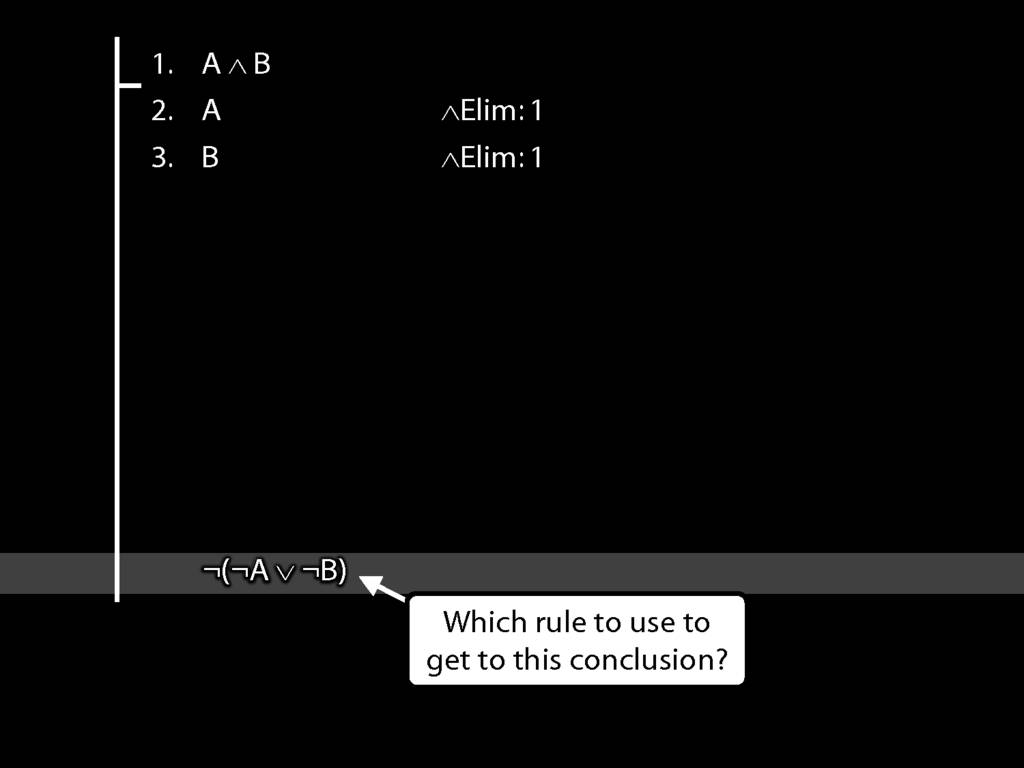
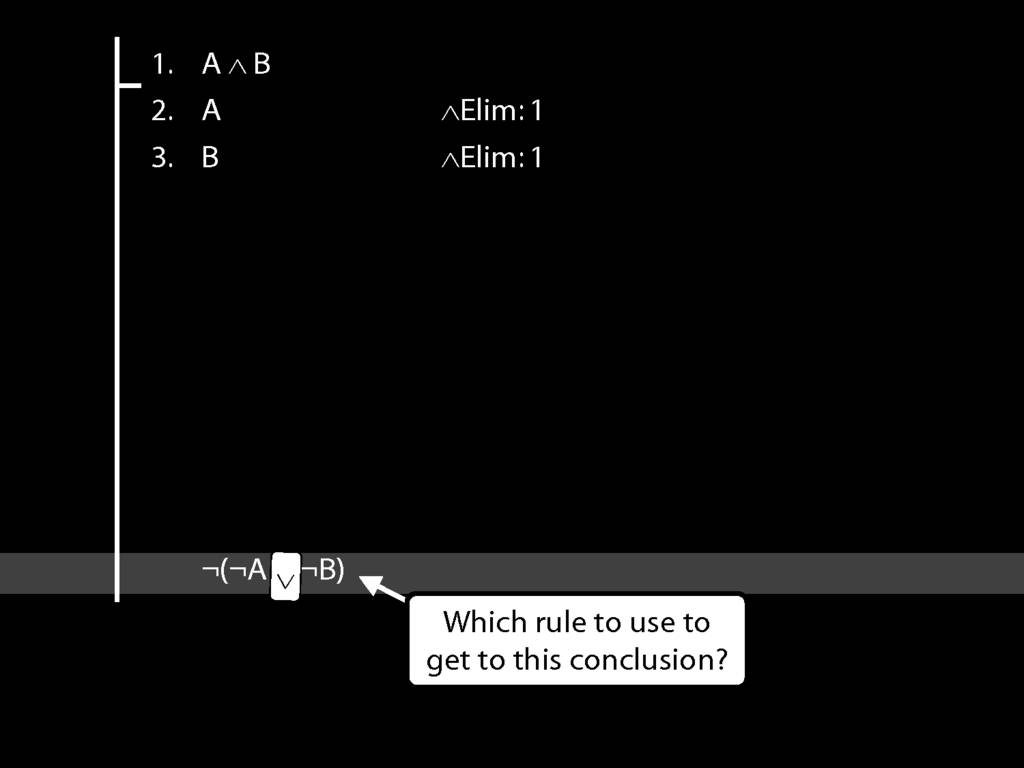


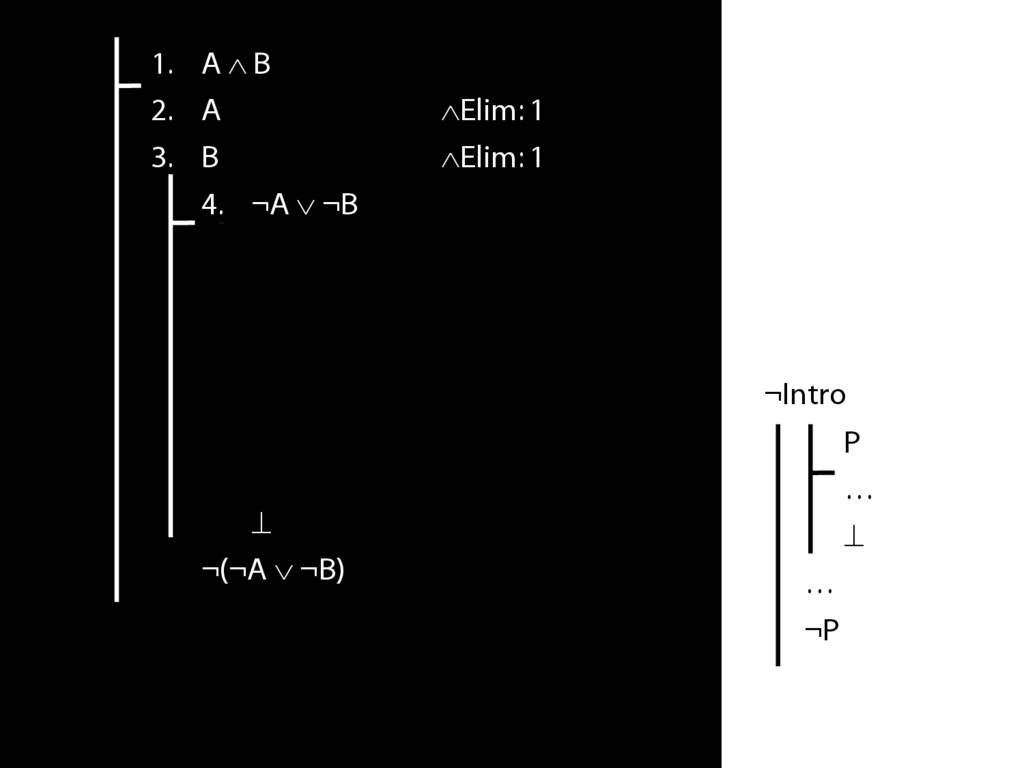
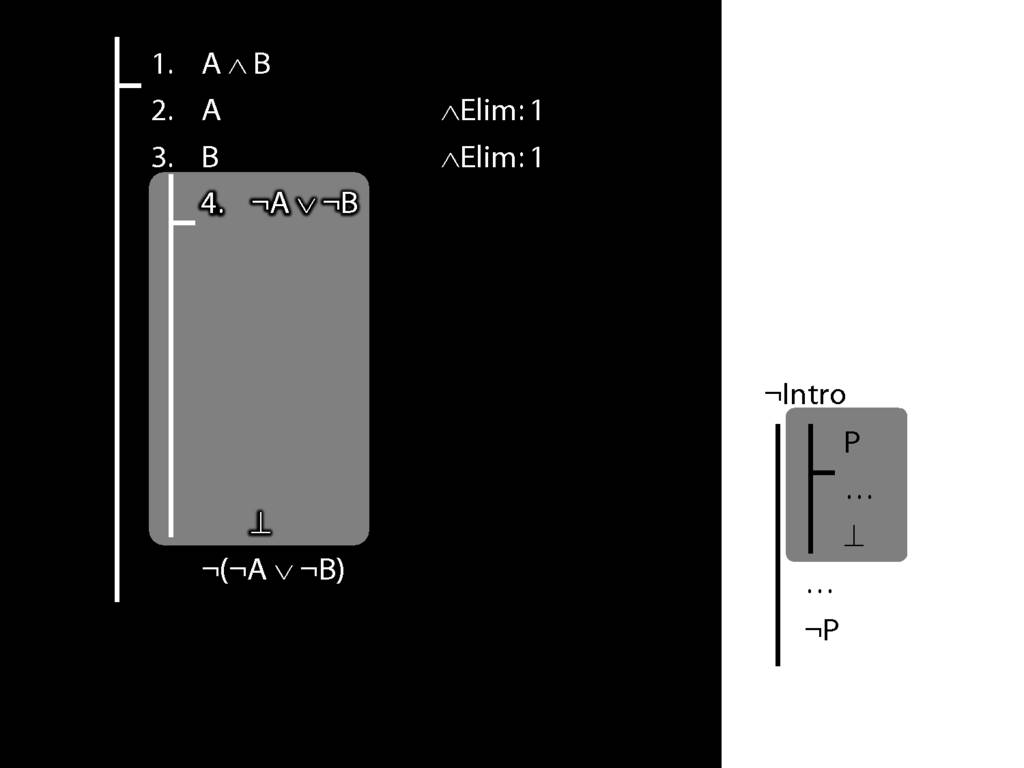
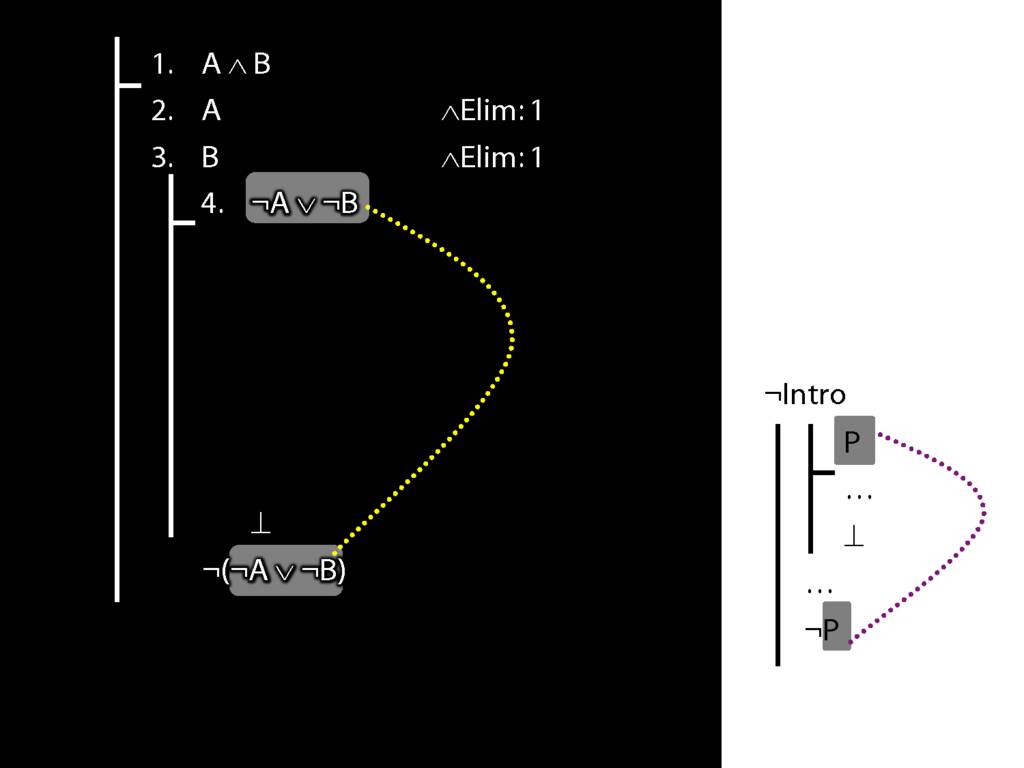
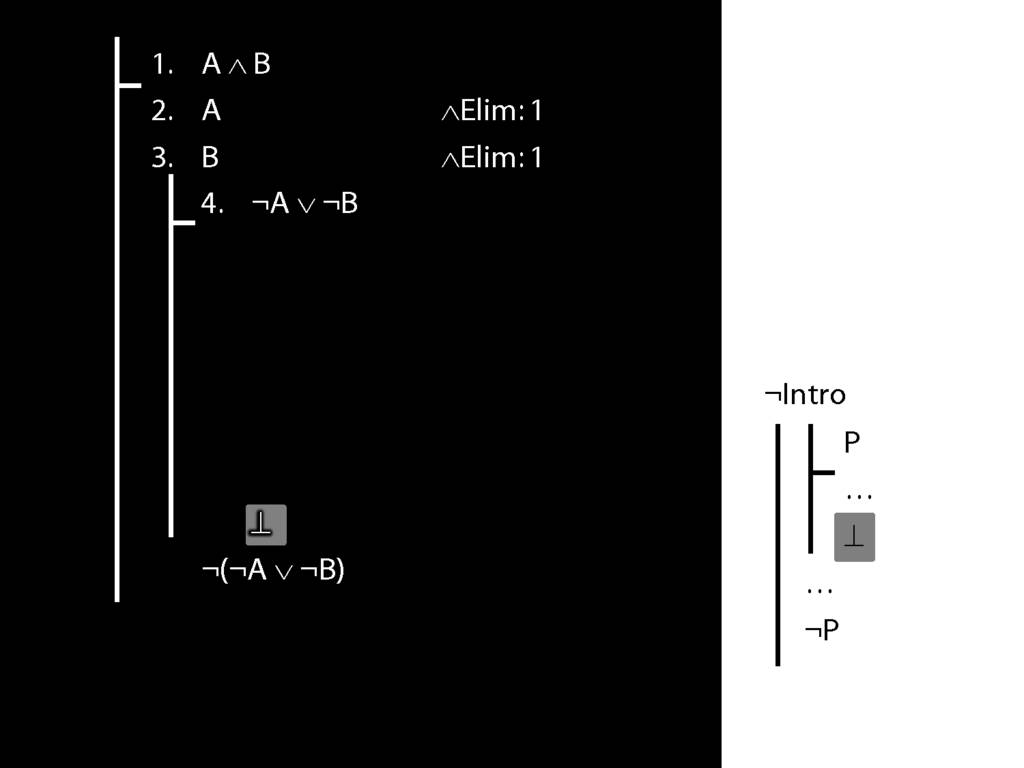
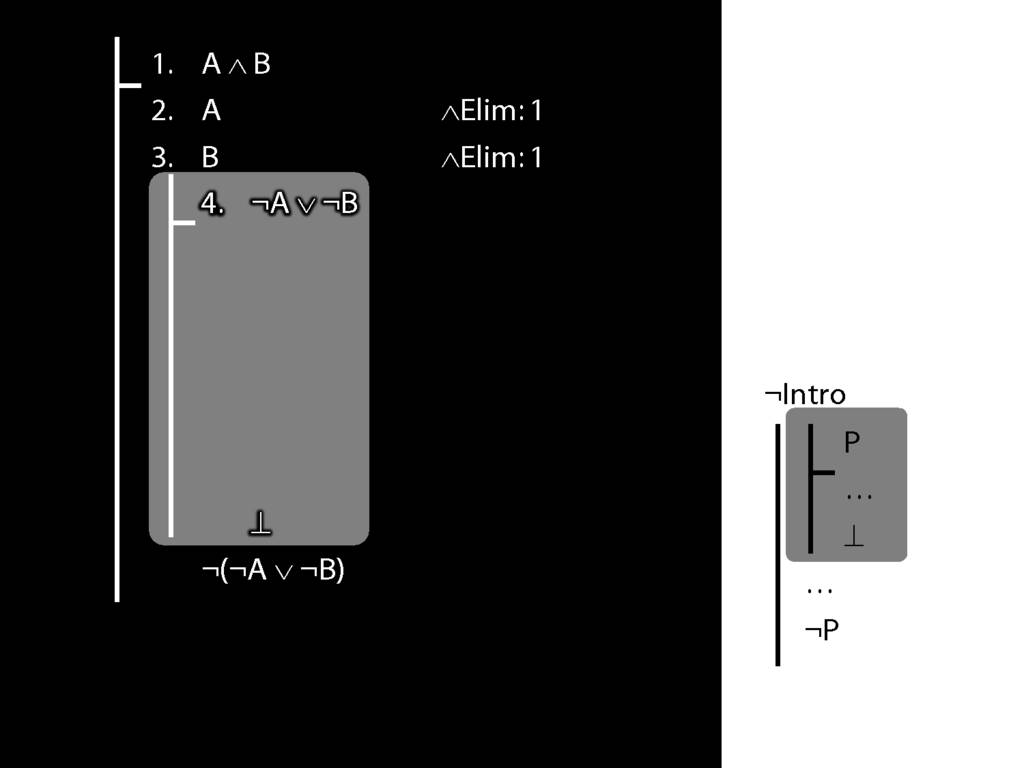
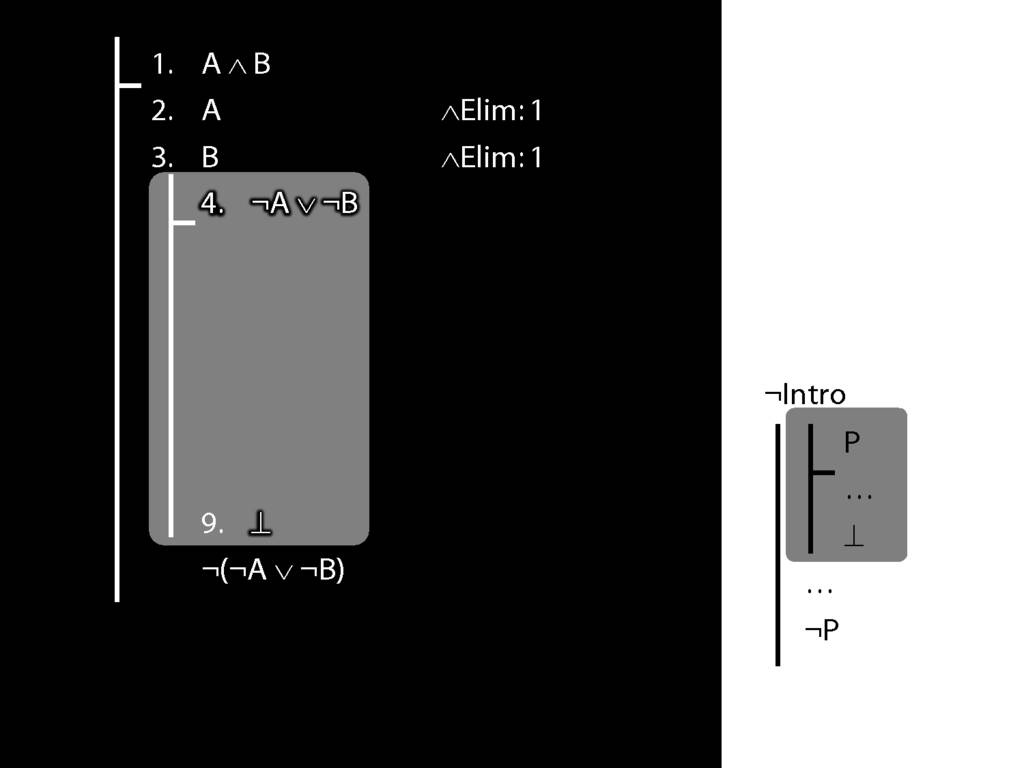

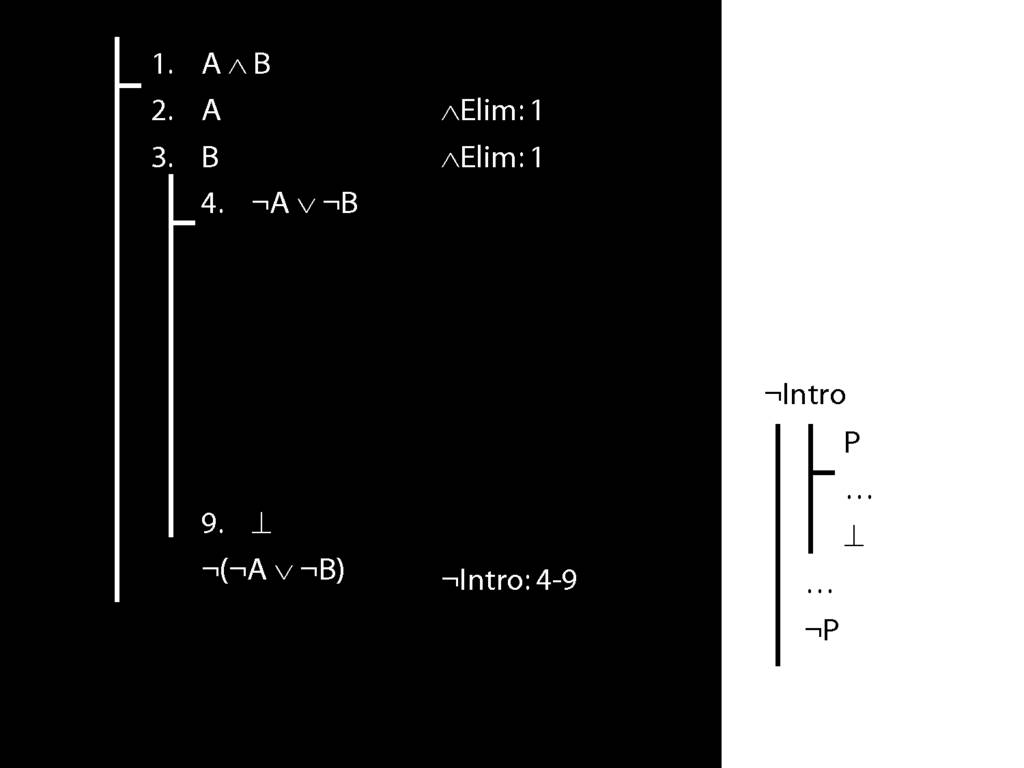
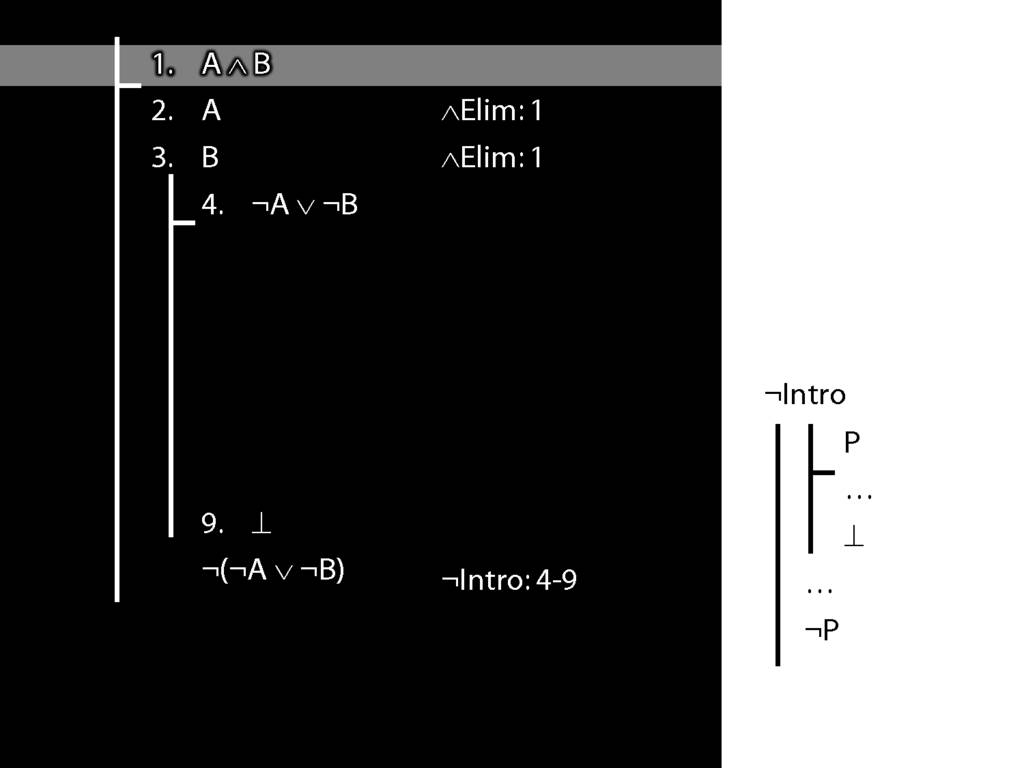
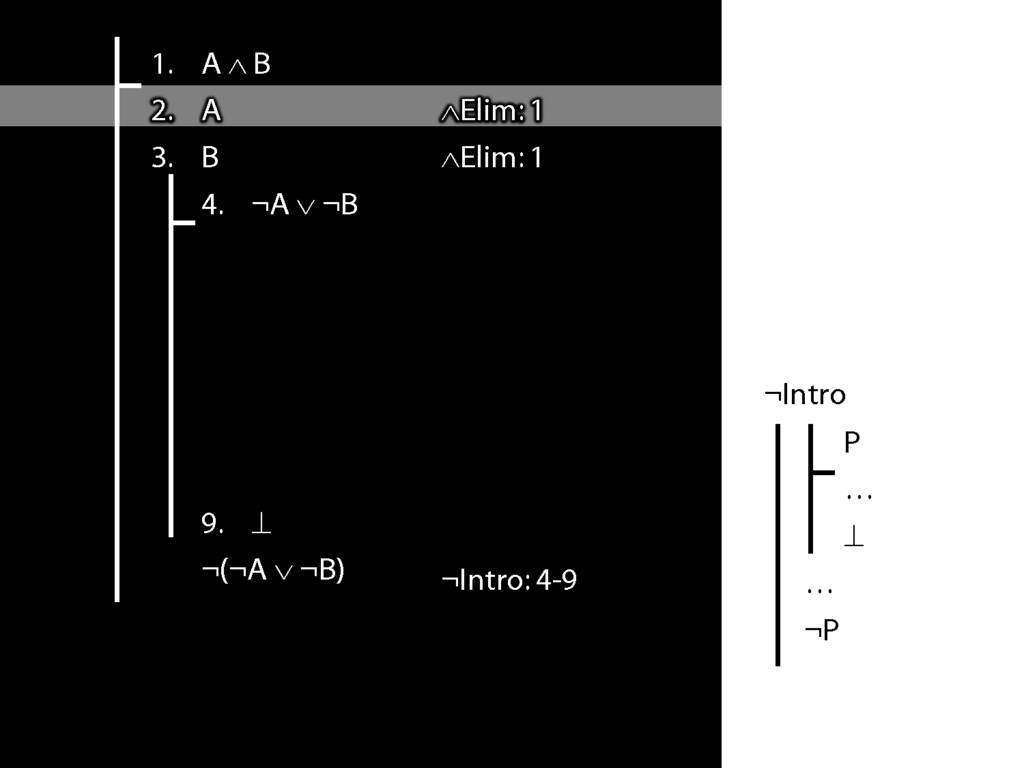
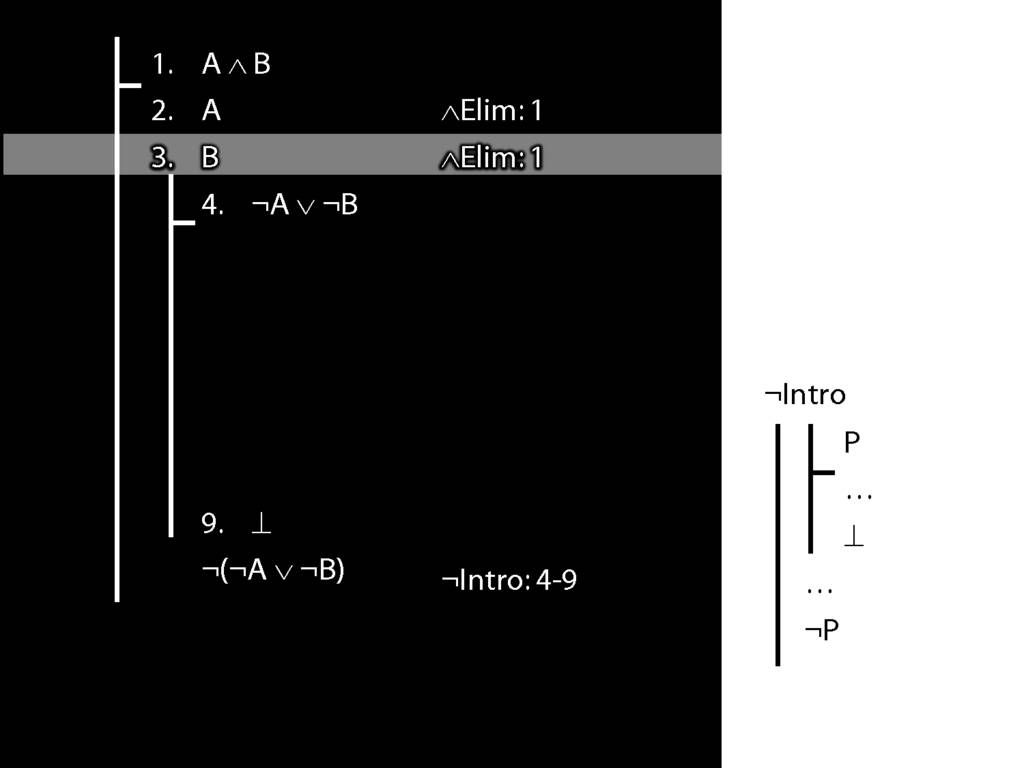
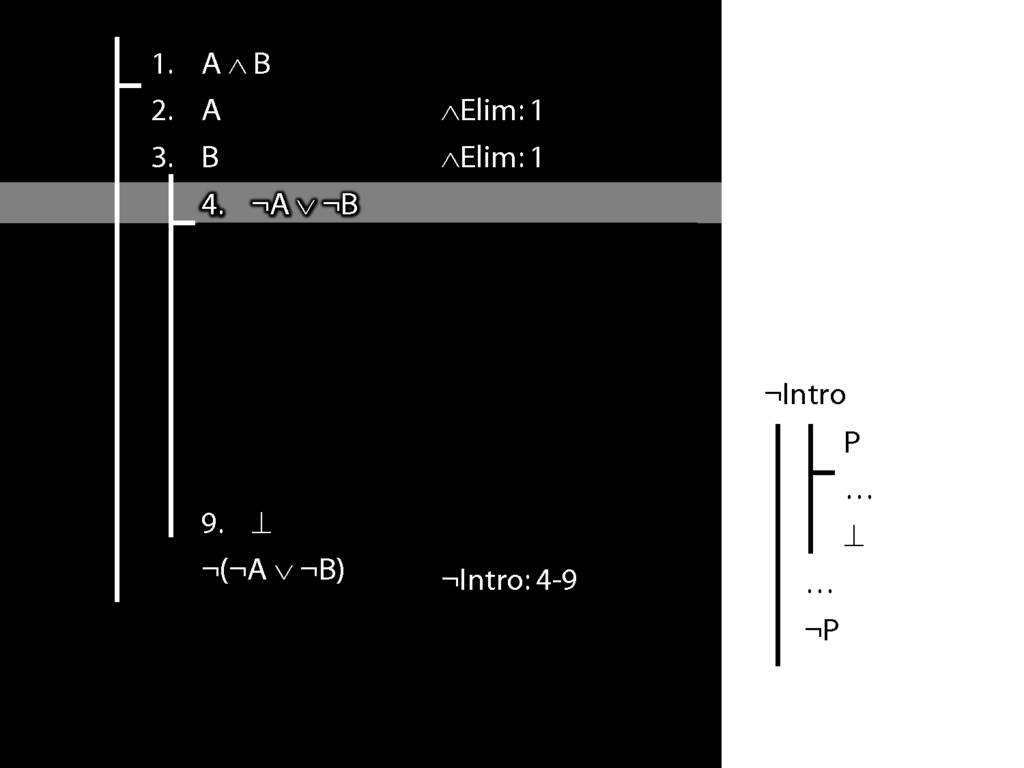
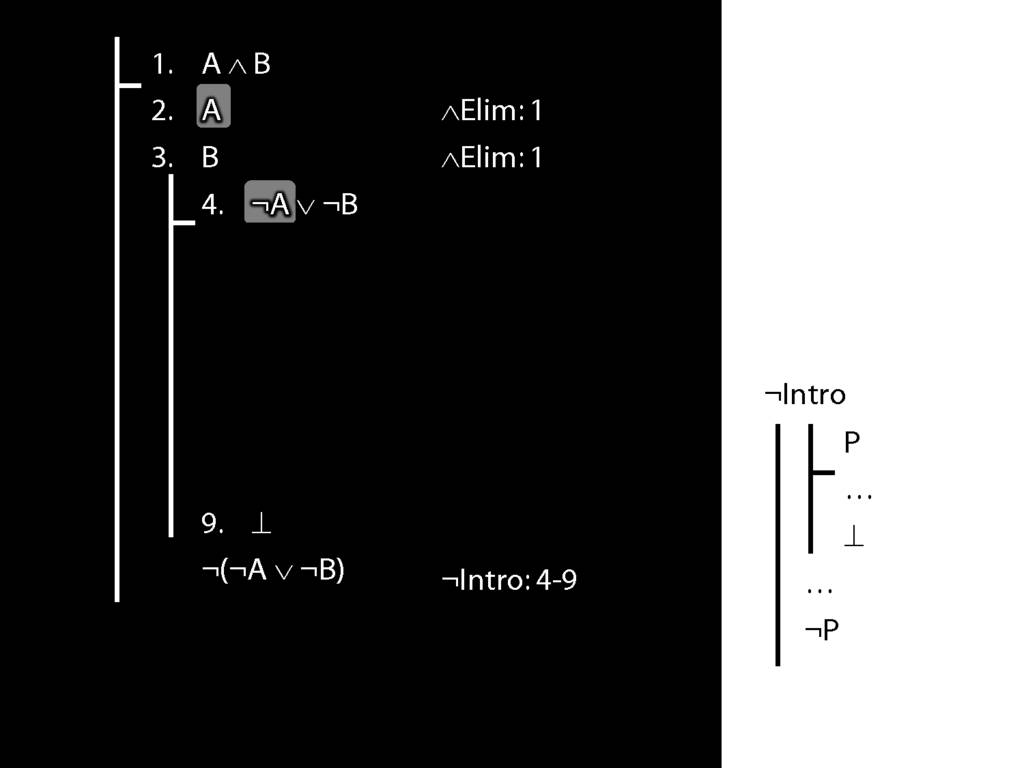
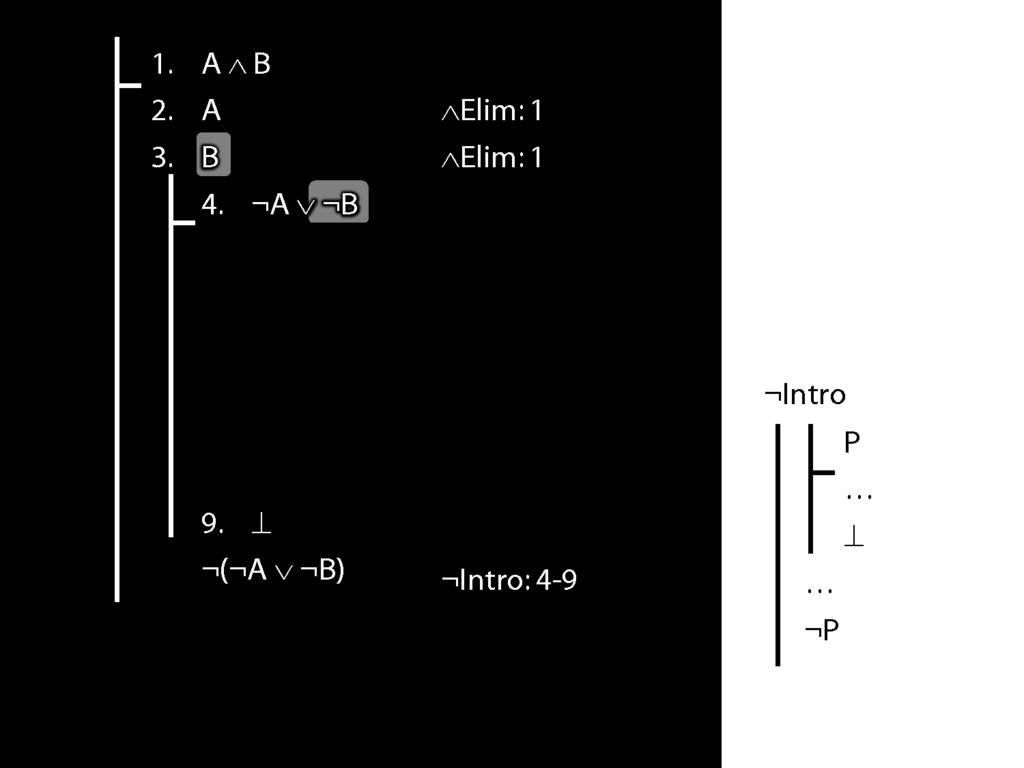

6.7--6.10
*6.11--6.12
6.7--6.12
6.18--6.20
6.24--6.27
*6.40--6.42

A ∧ B ∨ C
\section{A ∧ B ∨ C}
\emph{Reading:} §3.5
\section{A ∧ B ∨ C}

Here's Johnny Depp having his hair cut in Charlie and the Chocolate Factory.
Mrs B made me watch this film because she fancies Jonny Depp.
Ambiguity can be \emph{lexical}, e.g. `Actor testifies in horse suit'. Ambiguity can also be \emph{syntactic}, e.g. `How to combat the feeling of helplessness with illegal drugs'. (Both examples are from Bucaria, C. (2004), `Lexical and syntactic ambiguity as a source of humor: The case of newspaper headlines', Humour 17(3): 279--309.)
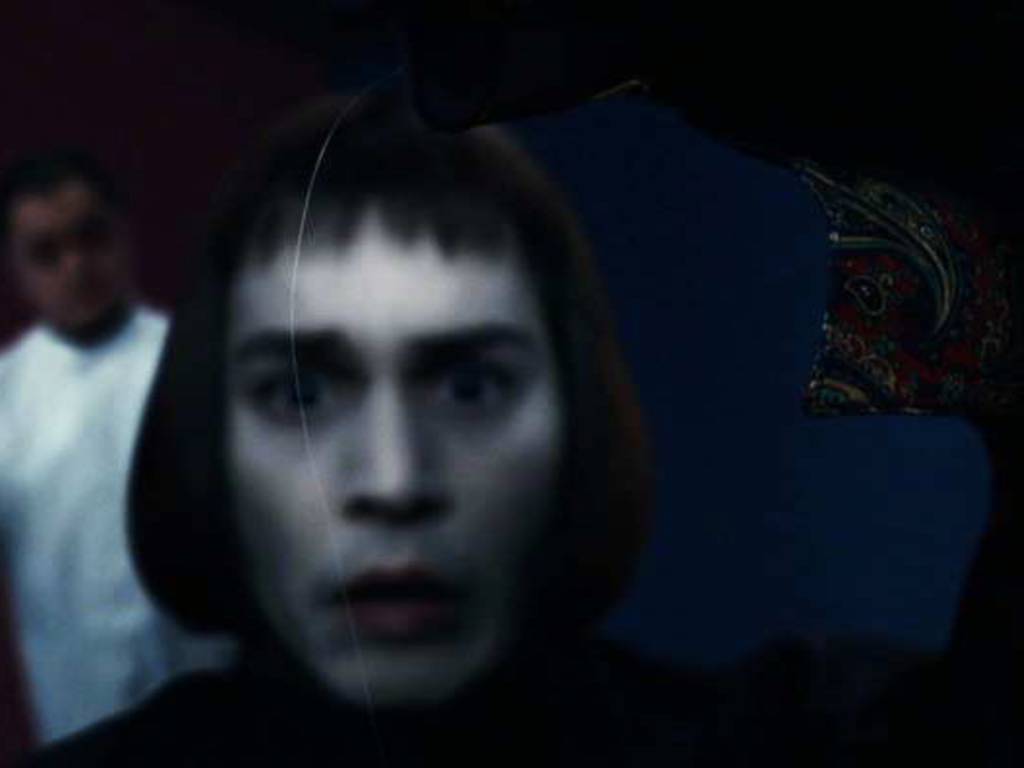
But, to be fair, how could one not?
Anyway, here he's saying 'I need a heir' and holding up a hair.
This is one example of ambiguity.
Note that here the ambiguity can be traced to a single word, 'heir' which sounds just like another word with a different meaning. We might say, the ambiguity is all in the word.

Now contrast a statement like 'two puffins ate six fish'.
This statement is ambiguous because there are two quite different ways of understanding it.
Here you see one interpretation where There were two puffins: and they ate six fish
This interpretation is good for the puffins, less good for the fish.

Here's the other interpretation of 'two puffins ate six fish'. Here it means there were six fish: and two puffins ate them.
So less happy puffins.
Here's the key thing, though. The sentence 'Two puffins ate six fish' is ambiguous but the ambiguity is not due to any particular word. It's not that the word 'puffin' is ambiguous, for example.
This matters because it shows that not all ambiguity is lexical; some of it is, as linguists might say, synatactic or structural.
But why does ambiguity matter to us?
We are constructing a formal language and we want each sentence to have just one truth value, true or false.
In our formal language, we don't want sentences that are true and false.
This means of course that we need to avoid ambiguity.
Insofar as ambiguity is merely lexical--insofar as it is linked to particular words having multiple meanings--it's easy to avoid.
To avoid that sort of ambiguity, lexical ambiguity, we just have to avoid defining words twice. Easy.
But how can we be sure that our formal language involves no syntactic ambiguity?
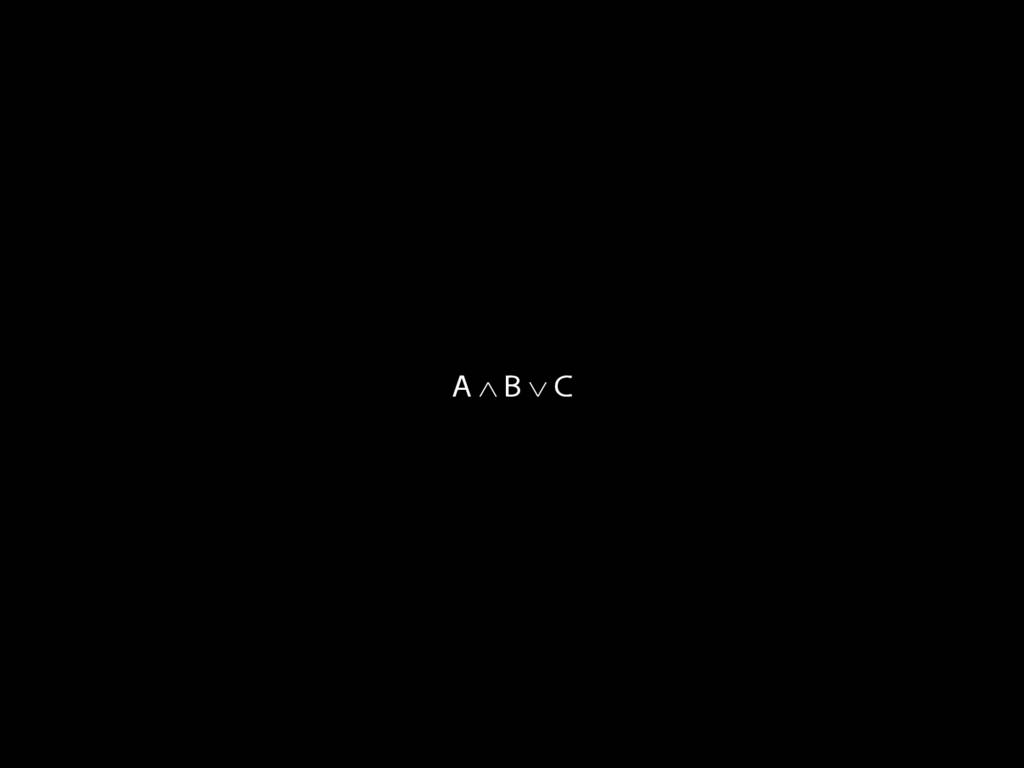
Consider this thing (it's not a sentence). If we allowed this into our language, we'd have problems.
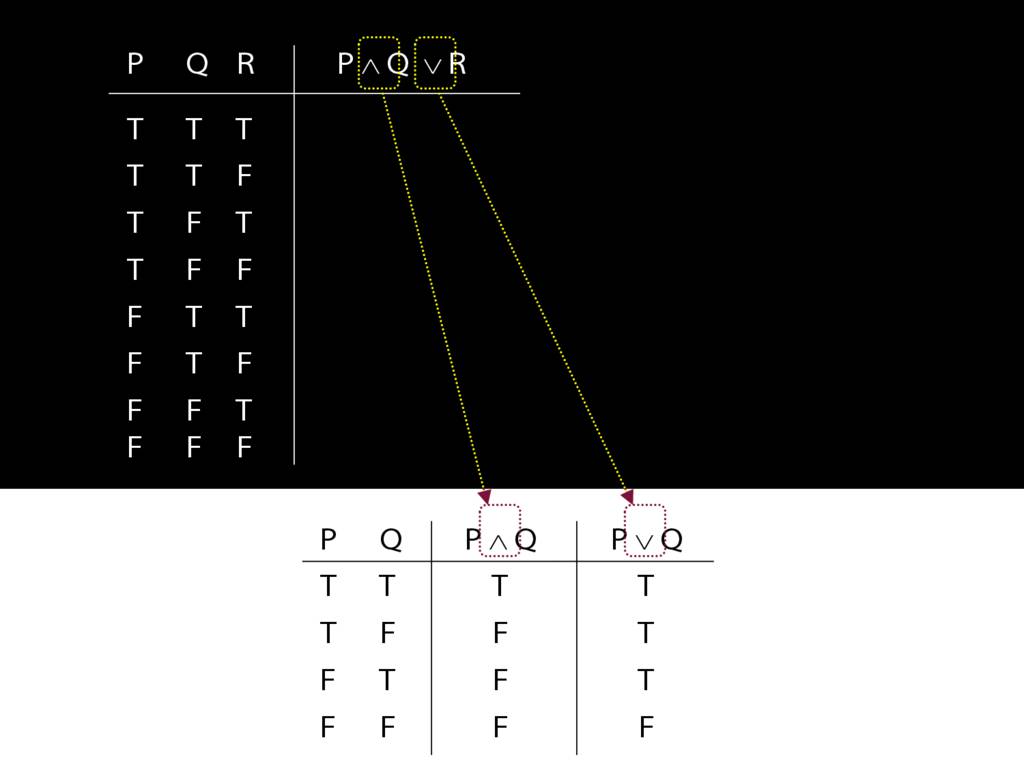
For one thing, we'd not be able to say what the right way to construct its truth table is.
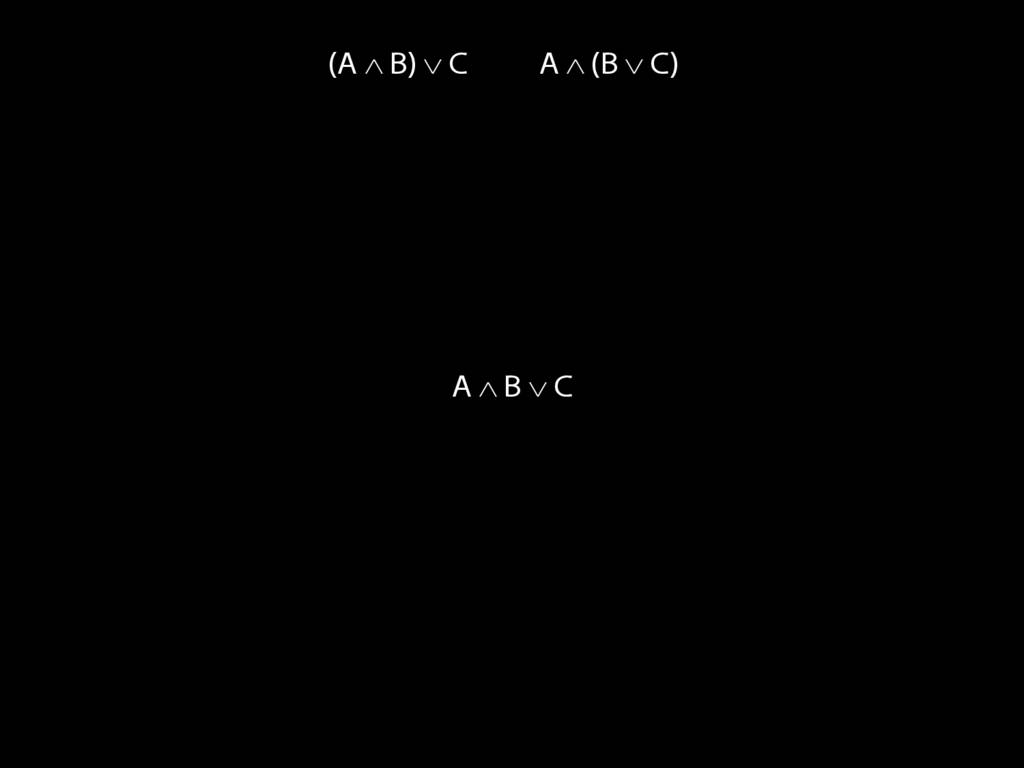
Now this thing is not a sentence. Instead we have two distinct sentences, (A ∧ B) ∨ C and A ∧ (B ∨ C).
Just a moment ago I asked, How can we be sure that our formal language involves no syntactic ambiguity?
The simplest answer is: because we use brackets.
It's important to realise this, but it's not a very satisfying answer for two reasons.
First, it's not satisfying because we don't know \emph{how} the brackets enable us to avoid ambiguity. The answer doesn't enable us to prove that our language contains no ambiguous sentences.
And, second, it's not satisfying because we haven't said anything yet about what the brackets mean. We can't just throw symbols into our language without explaining them. (This is the down side of having a formal language: we have to say what everything means explicity, since it's a creature of our own creation.)
3.20, 3.21, 3.22
\section{A ∧ B ∨ C: the Truth-tables (quick version)}





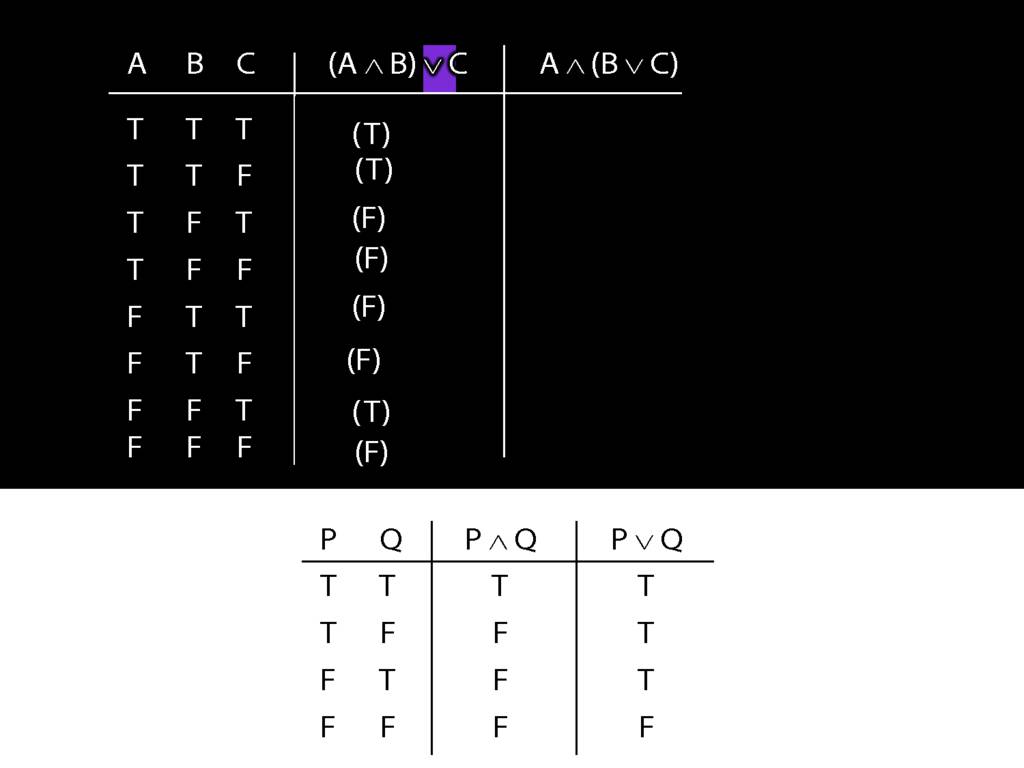







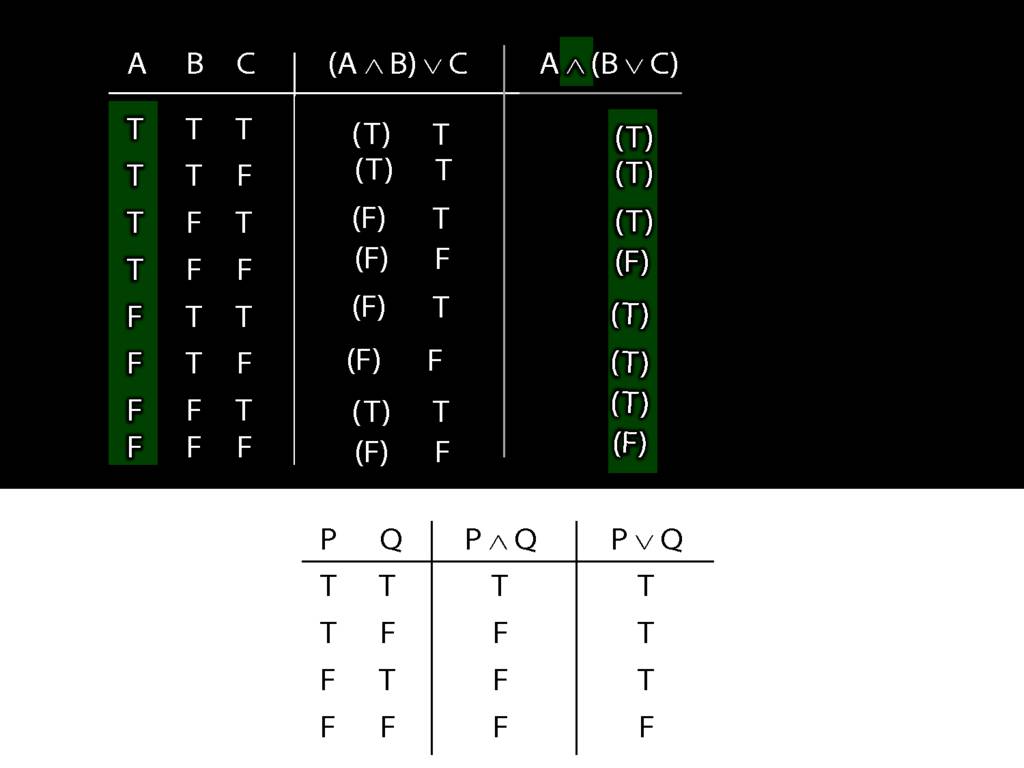
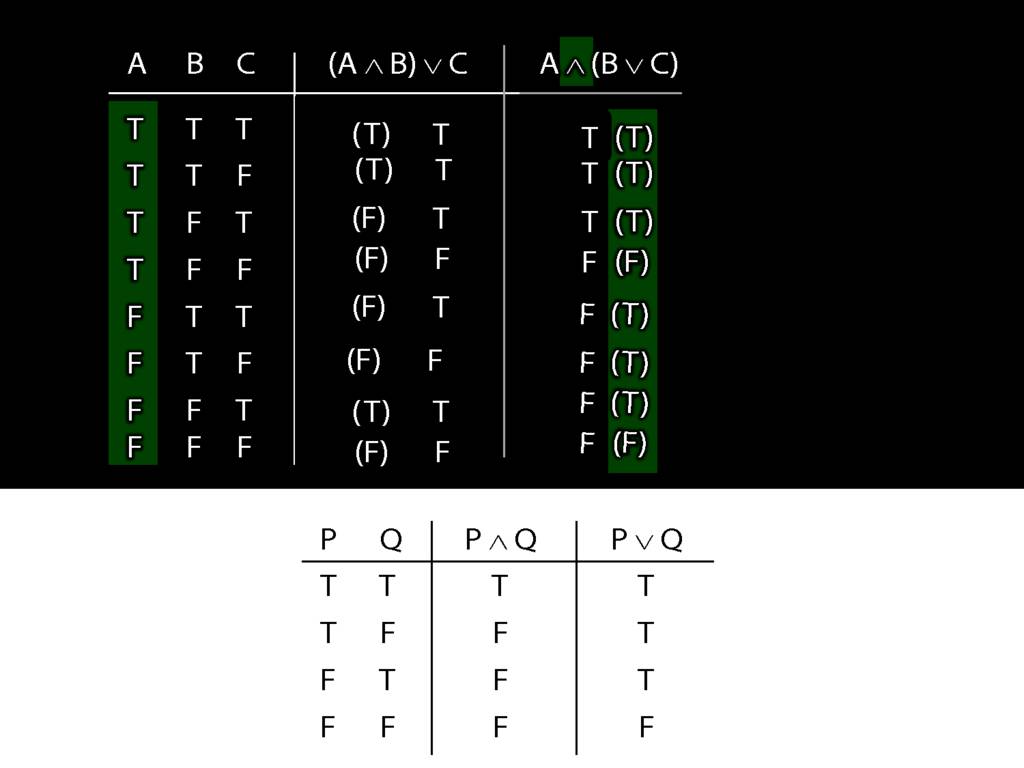
\section{A ∧ B ∨ C: They Are Different}
\section{A ∧ B ∨ C: They Are Different}

OK, so we have the truth tables. Where do they differ?

The truth-tables differ in rows five and seven only.
So the only difference between these two sentences is the brackets, but
this difference means that the two sentences differ in truth-value.

This also makes a difference to their role in arguments, of course.
Which of these arguments is logically valid?

Recall that for an argument to be logically valid is for ...

Now in the case of truth-tables, for an argument to be logically valid amounts to there being no row of the truth-table where the premise is true and the conclusion false.

Consider the first argument. Is this valid?

Here's the premise and here's the conclusion.
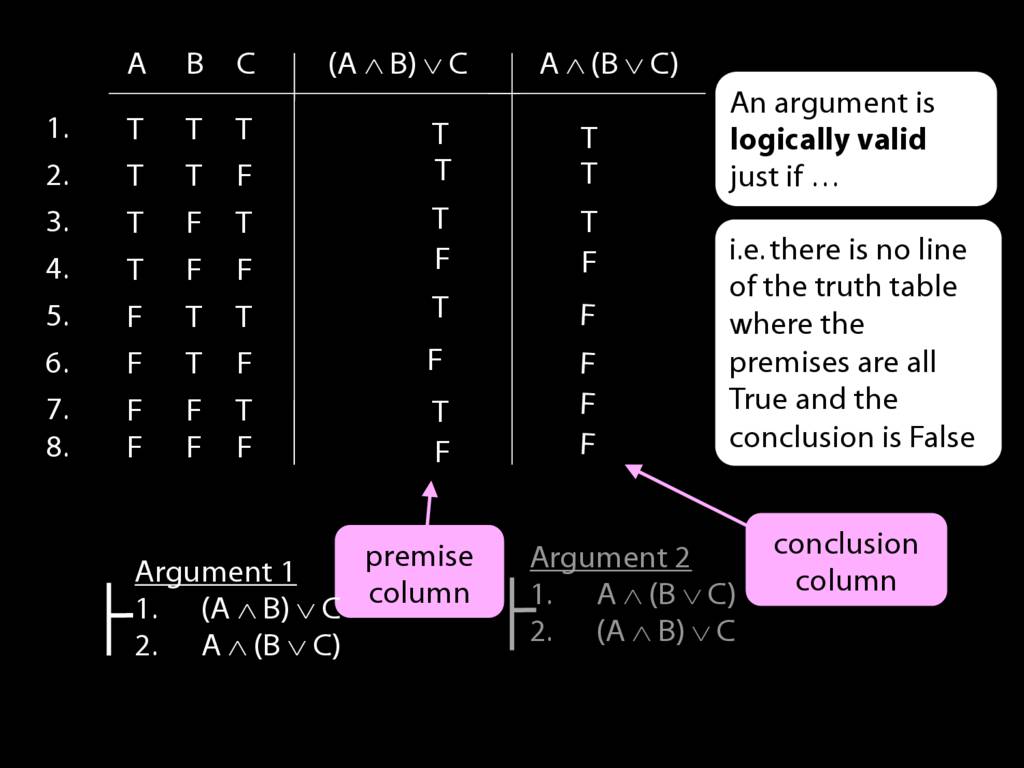
(Let's have some numbers so you can see which lines I'm talking about.)
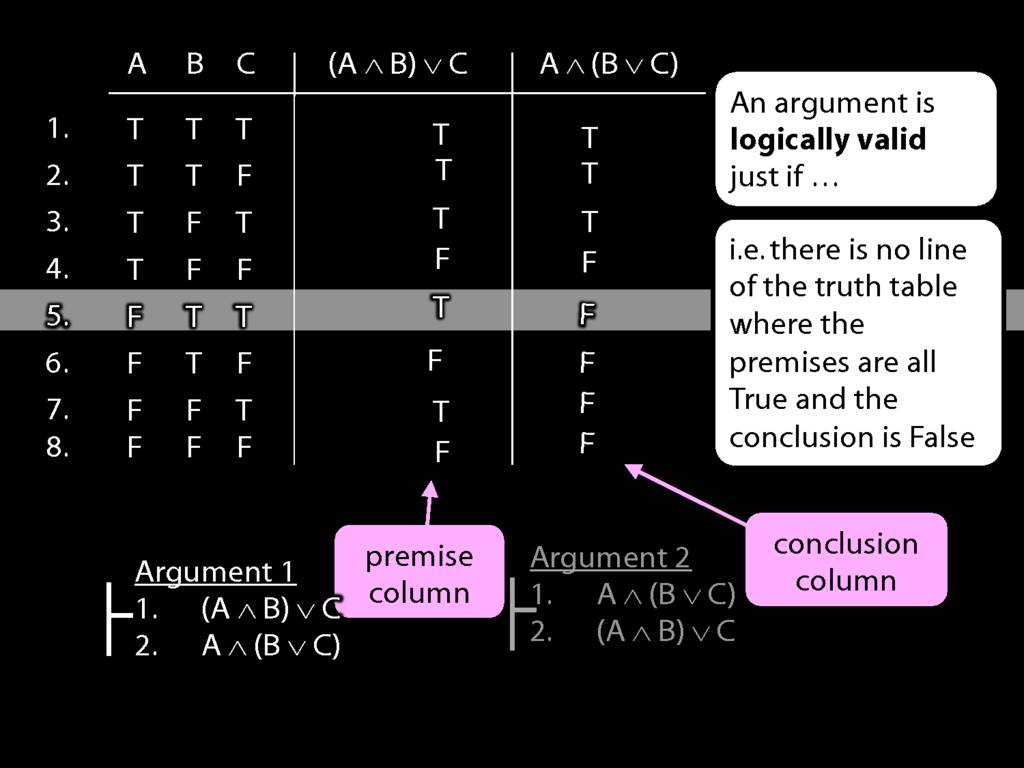
What happens in line five? Here we have true premise and false conclusion.
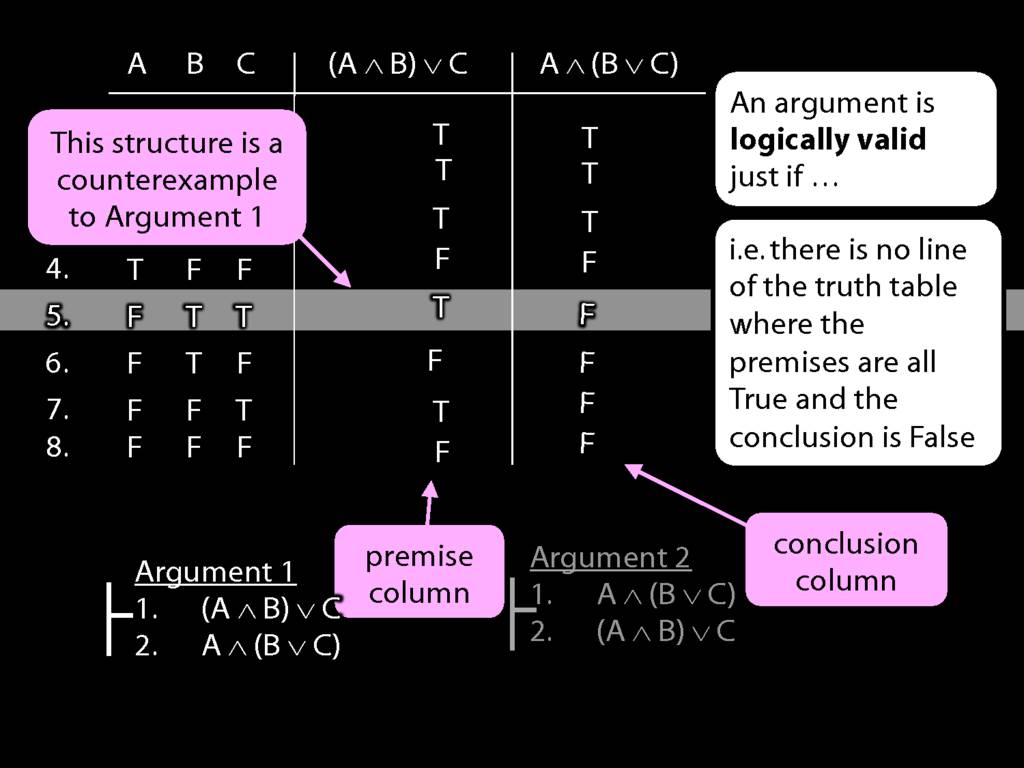
So the argument is not valid, and this row is a counterexample to the argument.
If someone asks you for a counterexample, what do you have to write?
Just this : A false, B true and C true. That's is: you've specified a possibile situation
in which the premises are true and the conclusion false, and that's what a counterexample is.
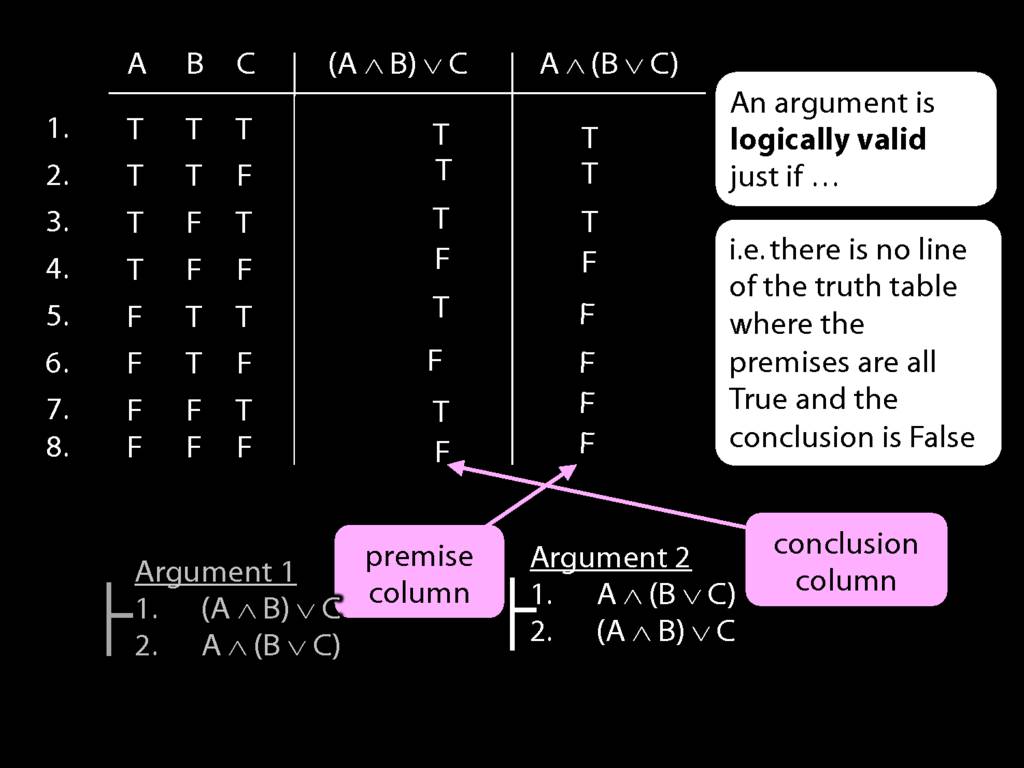
Now look at argument 2. Here the premise and conclusion columns are the other way around.
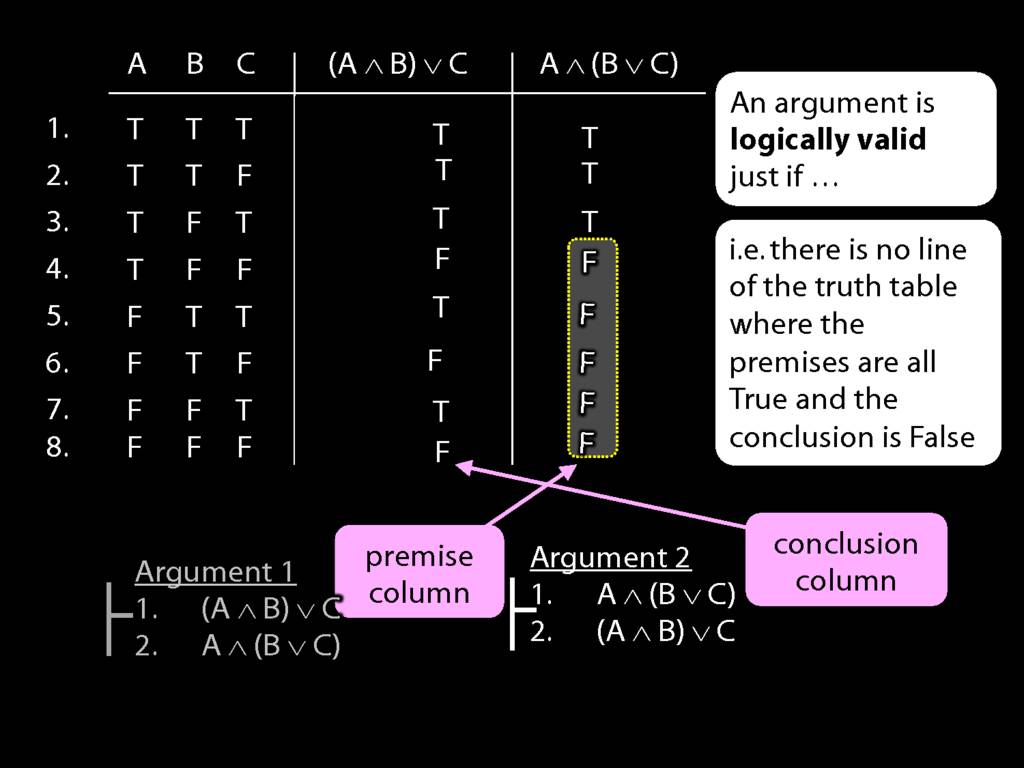
In the last five rows, the premise is false. So we can ignore these because
we won't find a true premise AND a false conclusion where the premise is false.'
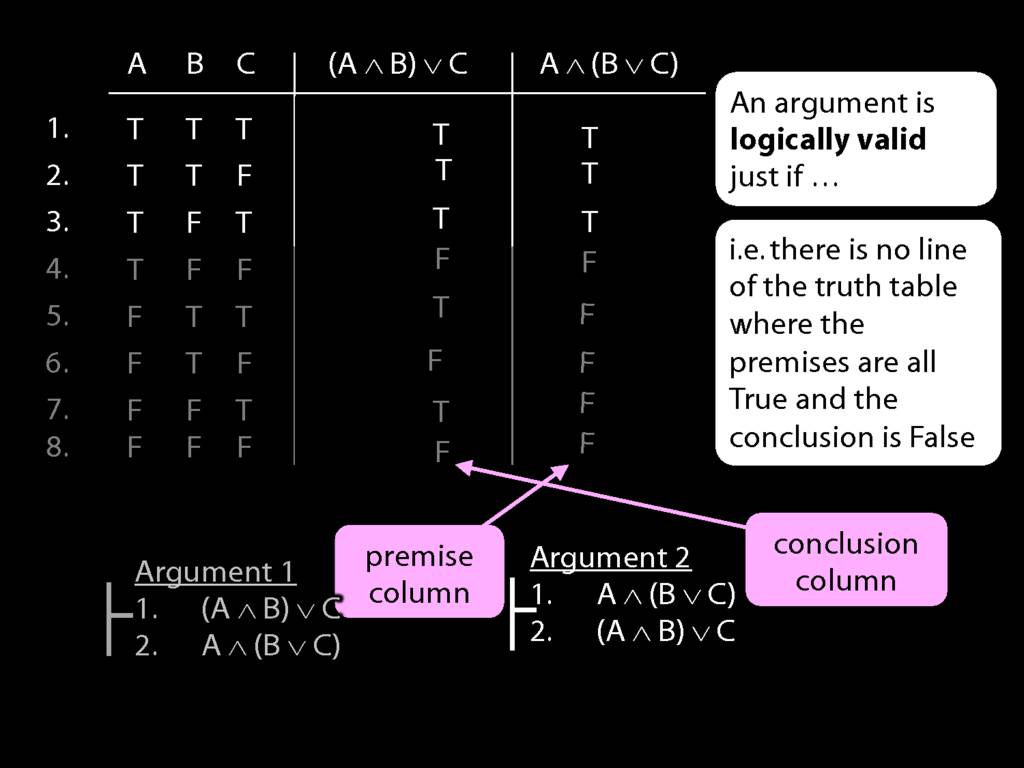
What about the top three rows?
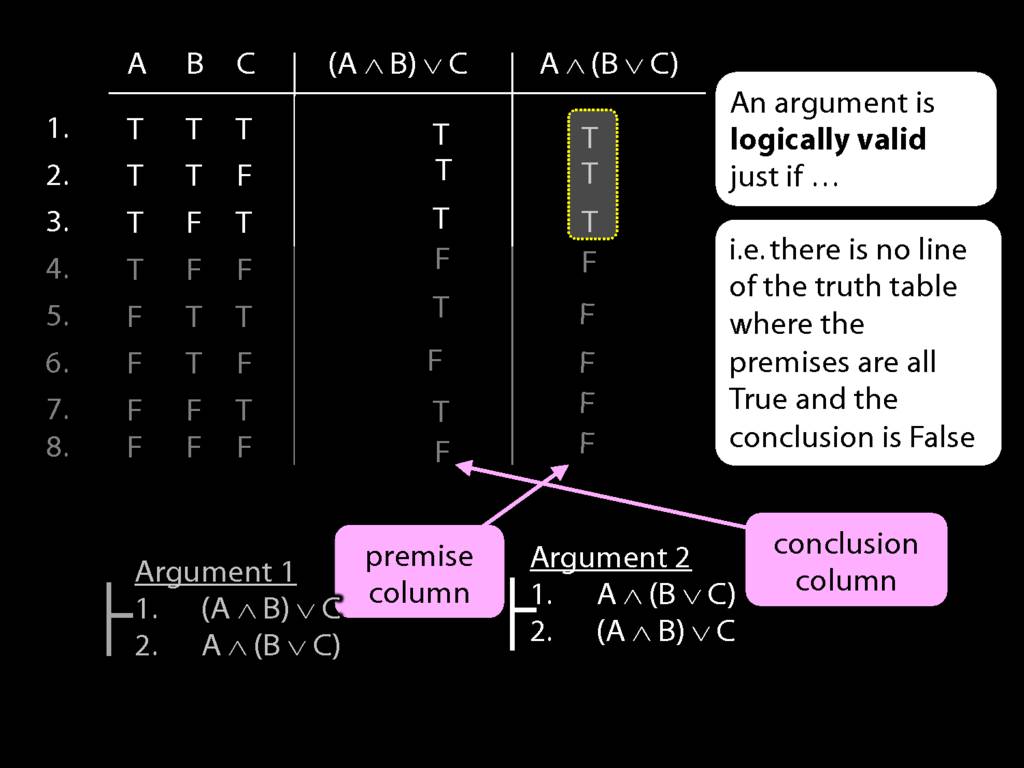
In the top three rows, the premise is true ...
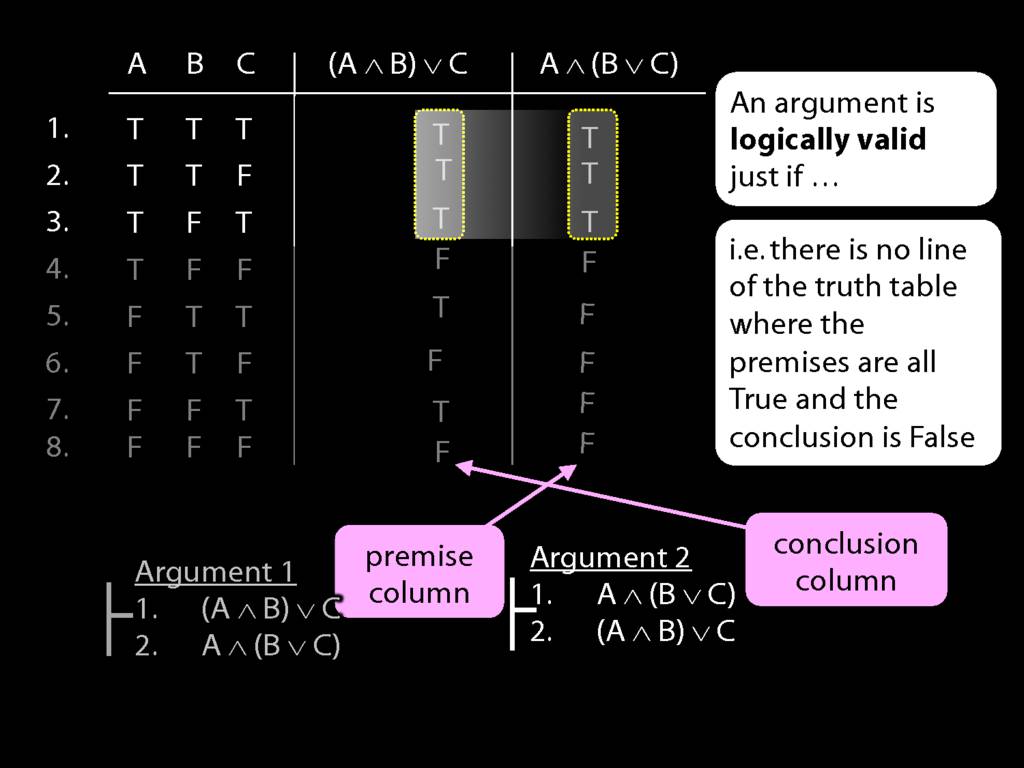
... but so is the conclusion.
So this second argument is clearly logically valid.
(A ∧ B) ∨ C
vs
A ∧ (B ∨ C)
This ends my discussion of these two sentences.
Although they differ only with respect to brackets, they have different truth-tables
and so contribute differently to the validity or not of arguments.
There's a simple message and a complex one.
The simple message is that the brackets matter.
The complex one is that we have more work to do in explaining our formal language, awFOL.
We have more work to do because we haven't yet said what the brackets mean,
although it's clear that they contribute to the meanings of sentences of awFOL.
What is the counterpart of a truth-table for brackets?
In this course we don't have time to worry about this question; we must leave the meaning
of the brackets as something that you get only implicitly.
3.14, 3.15
3.14, 3.15
7.2, 7.5, 7.6

I Shot an Elephant in My Pyjamas
\section{I Shot an Elephant in My Pyjamas}
\section{I Shot an Elephant in My Pyjamas}
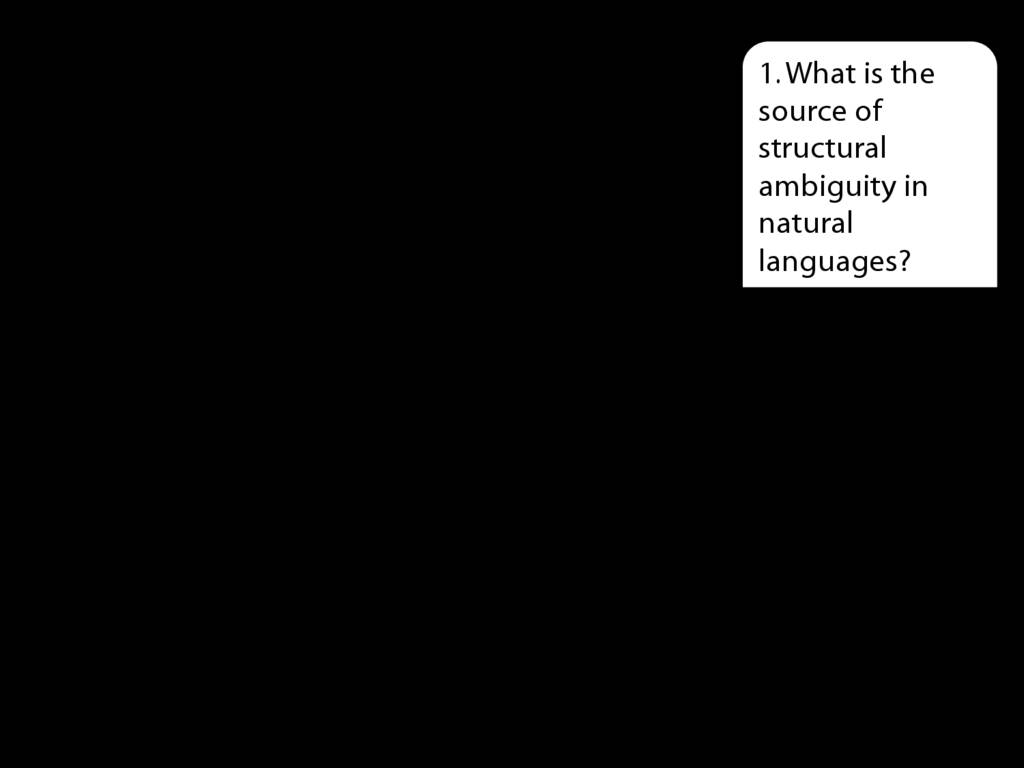
Rule 1: a NP followed by a VP is a S
Rule 2: a Vt followed by a NP is a VP
Rule 3: a NP followed by a PP is a S
Rule 4: A Vt followed by a NP then a PP is a VP
Two derivations of Groucho Marx’ claim, ‘I shot an elephant in my pyjamas':
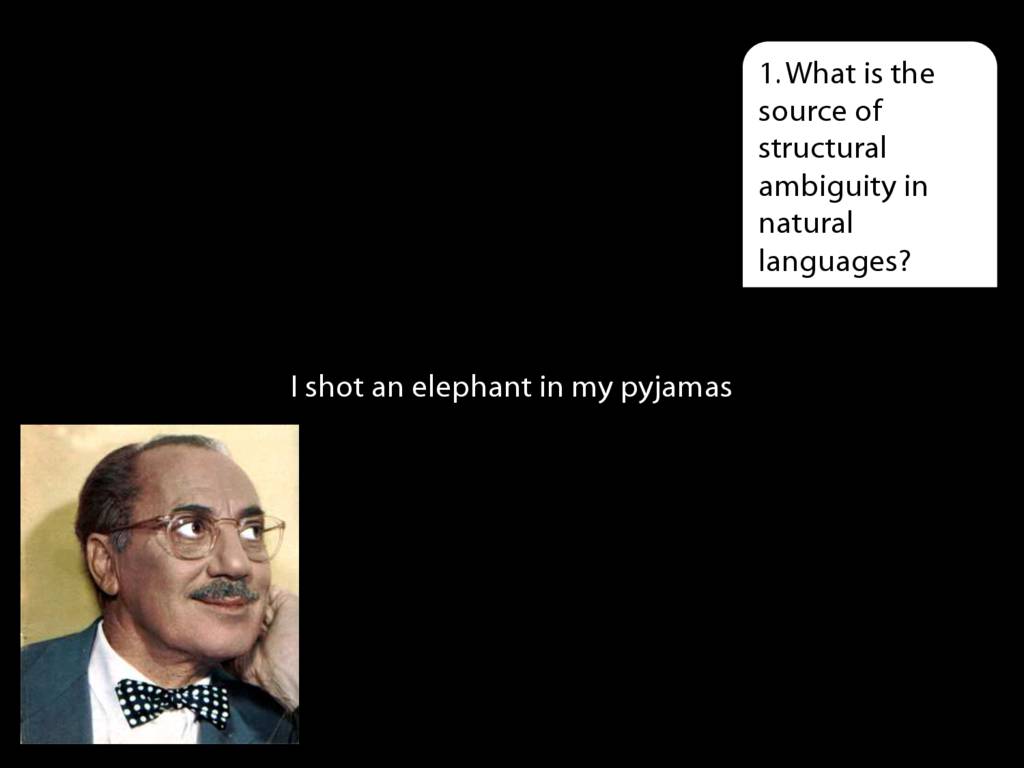
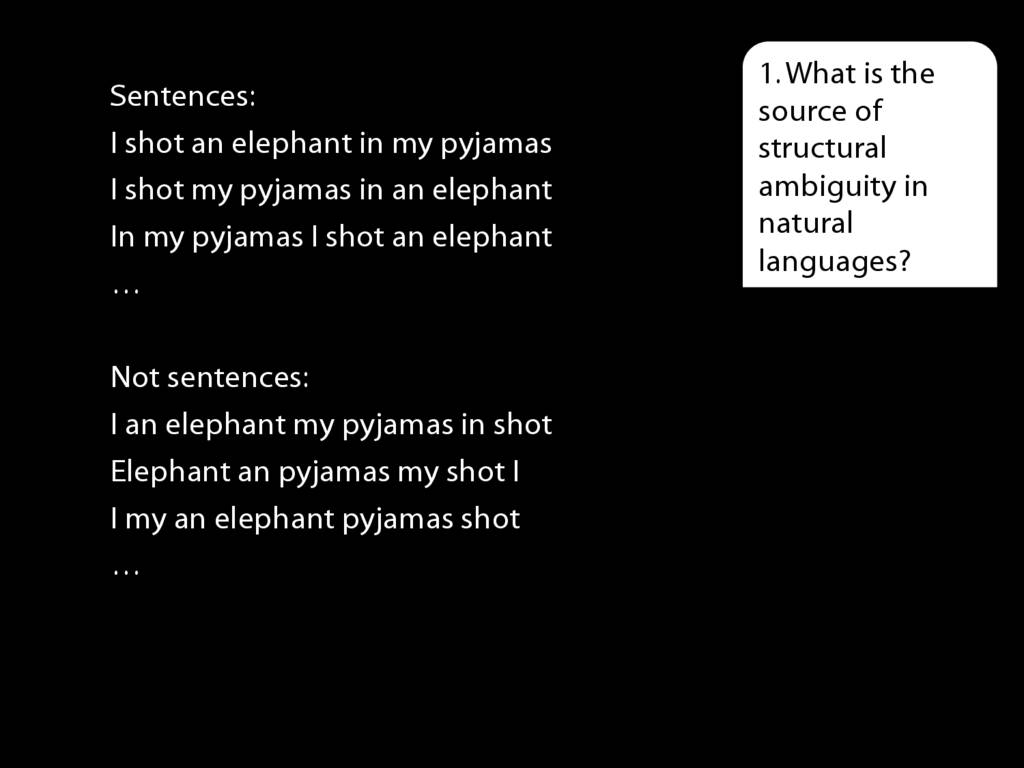
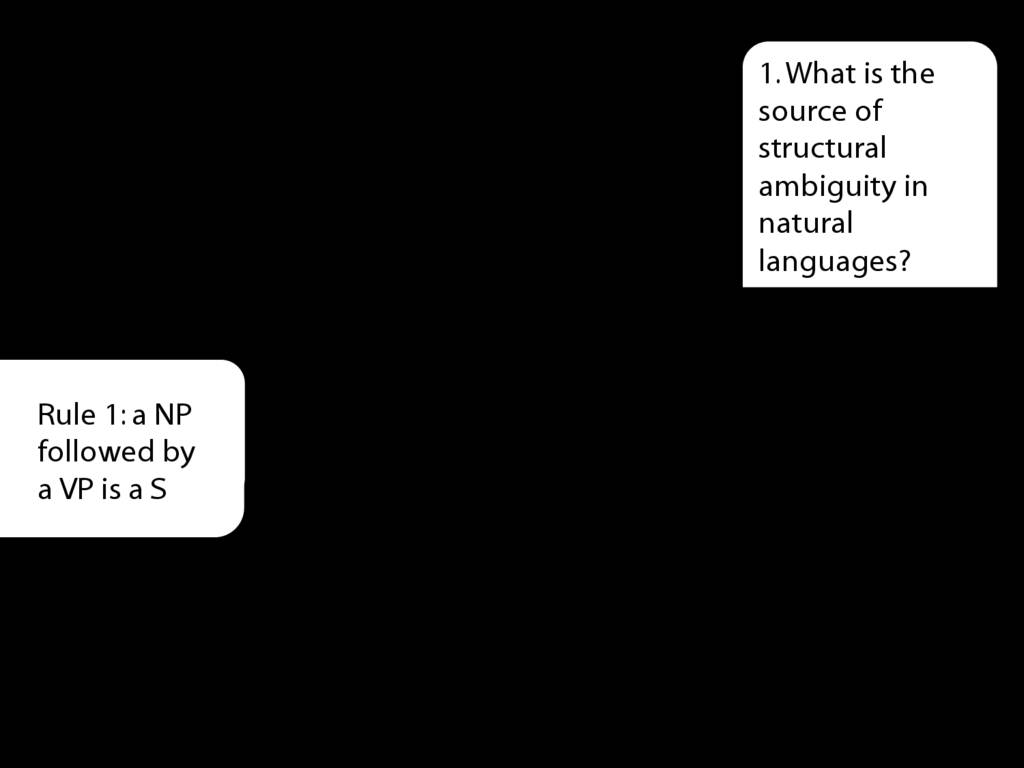
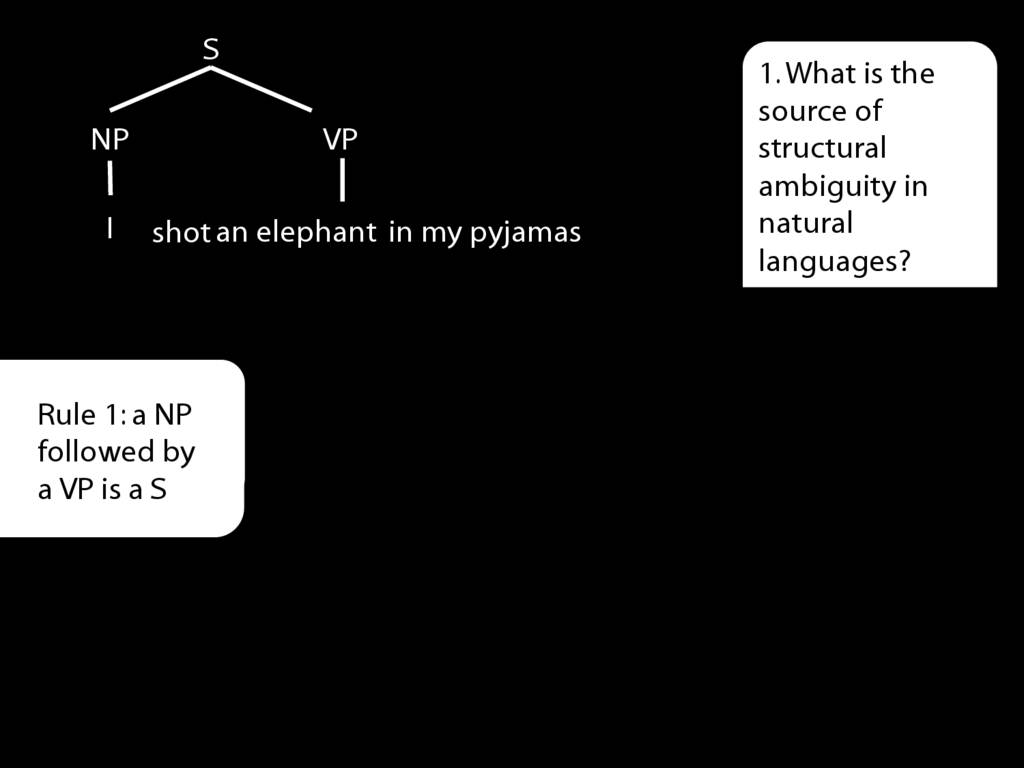
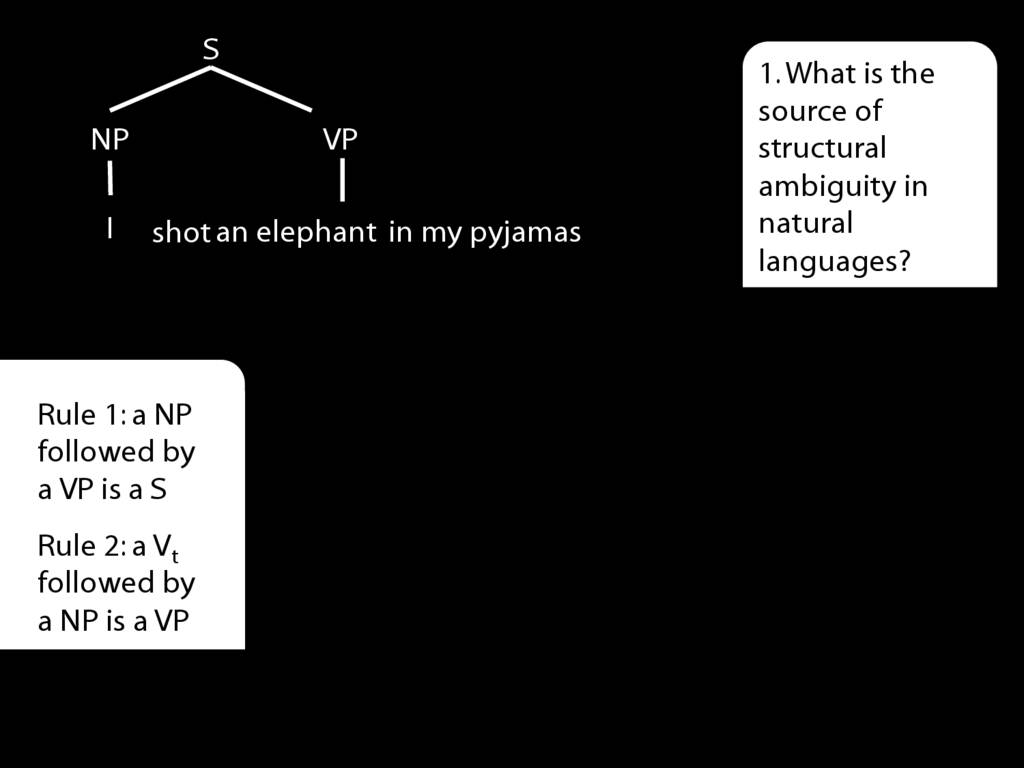
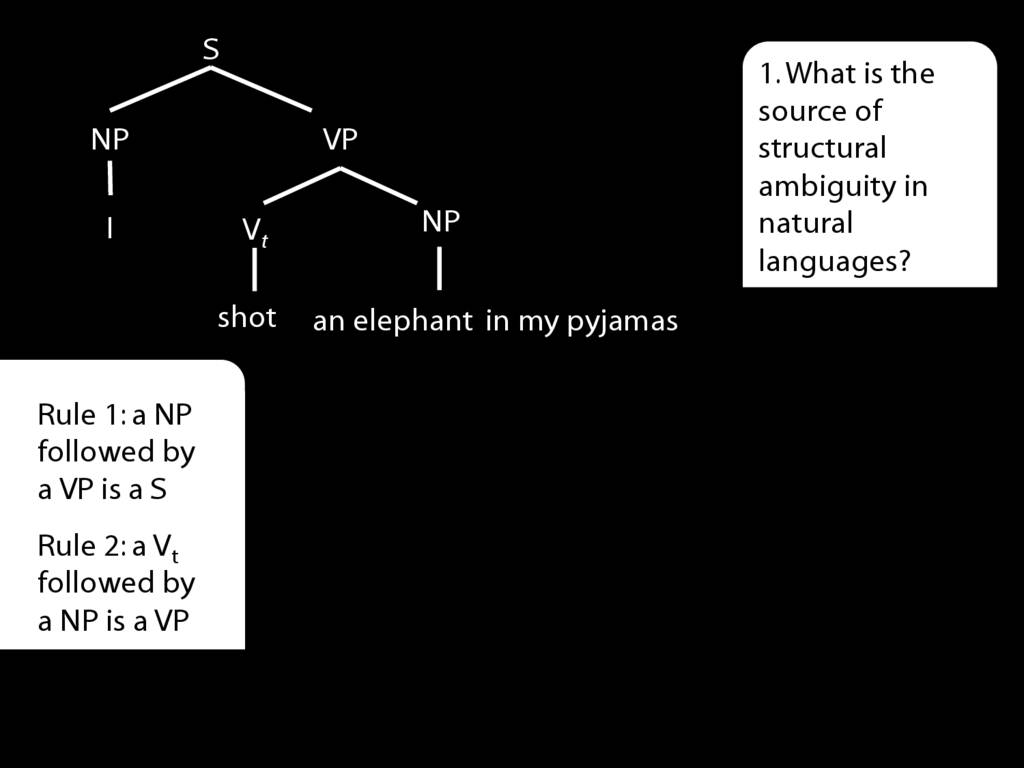
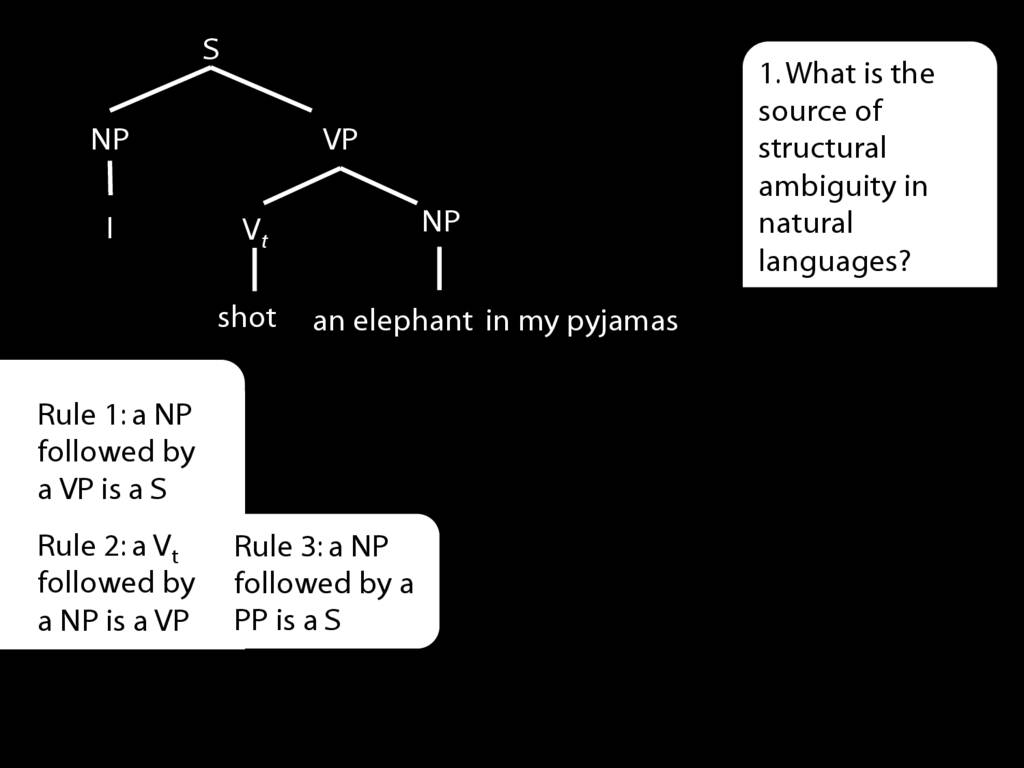
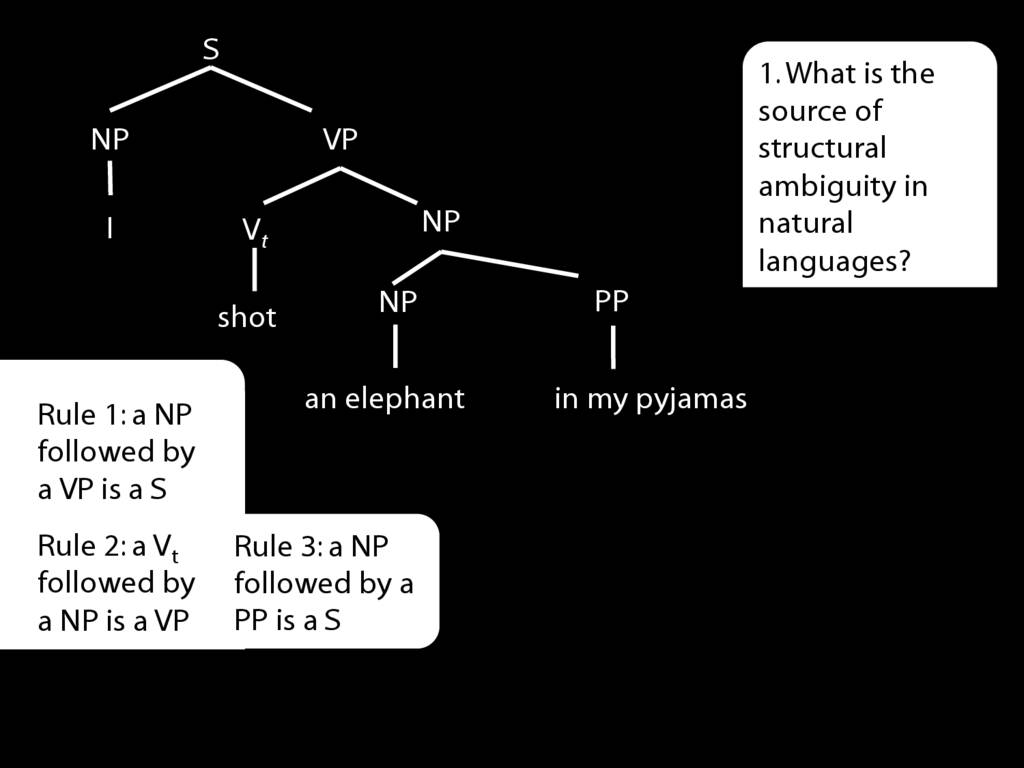
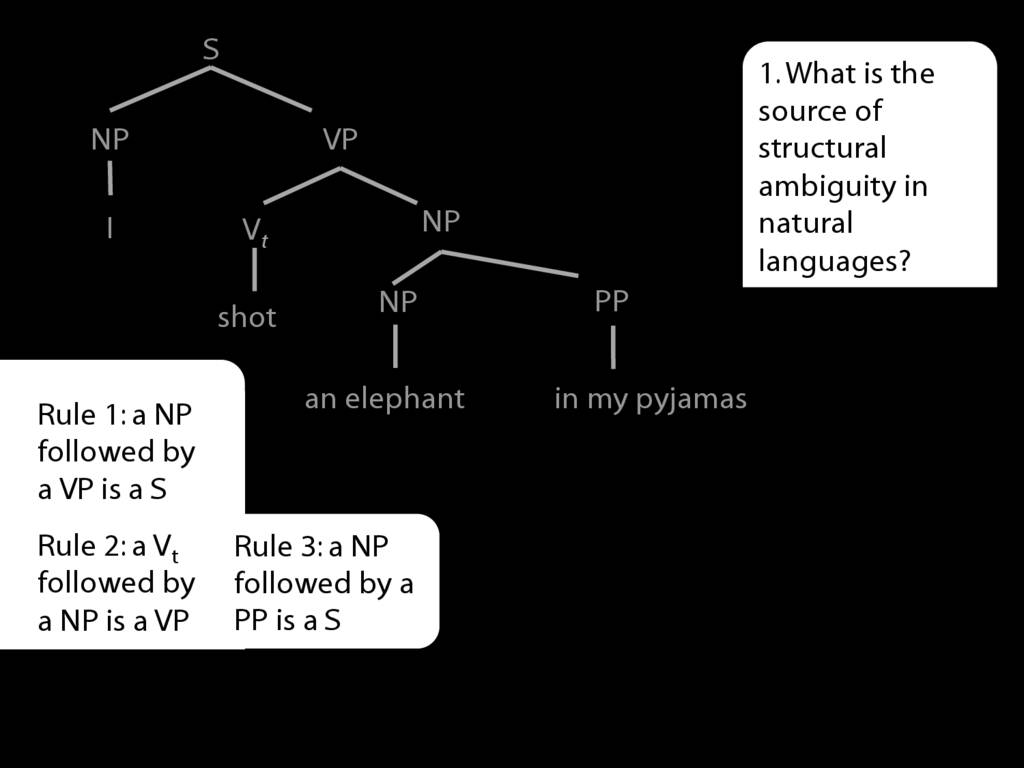
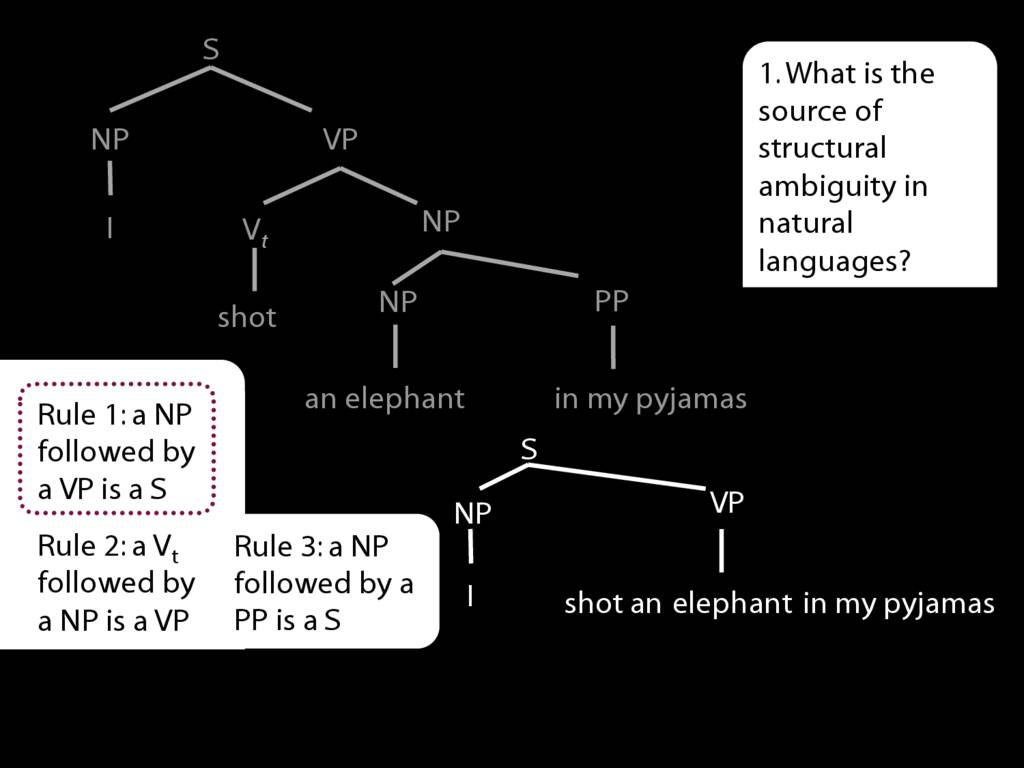
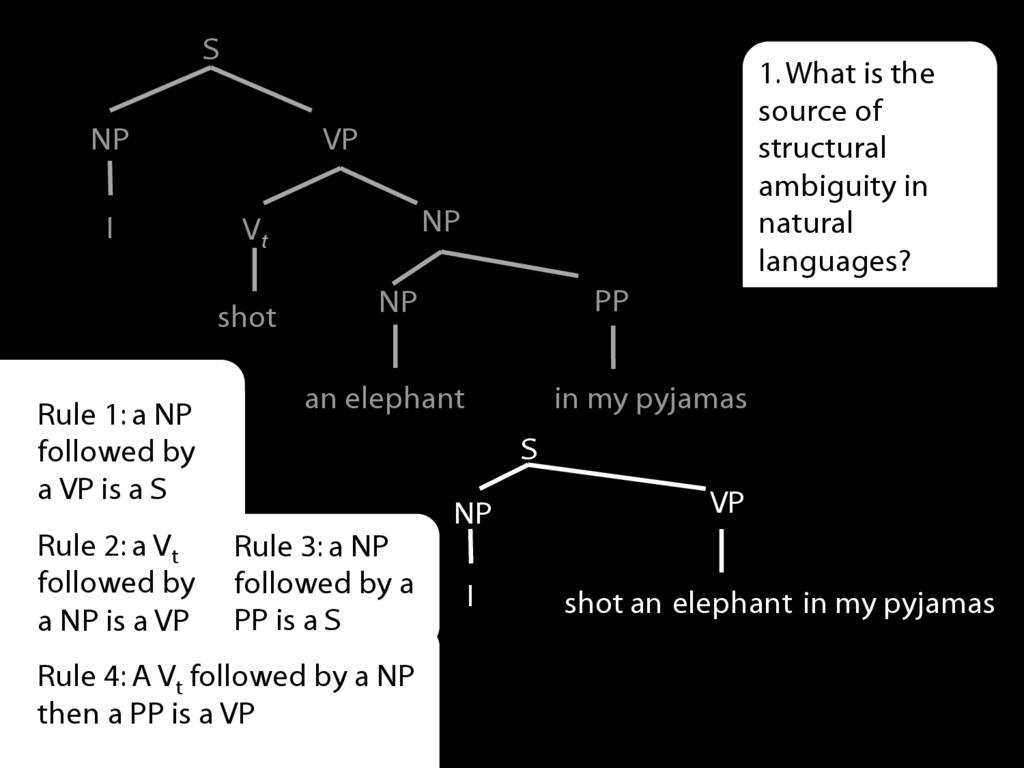
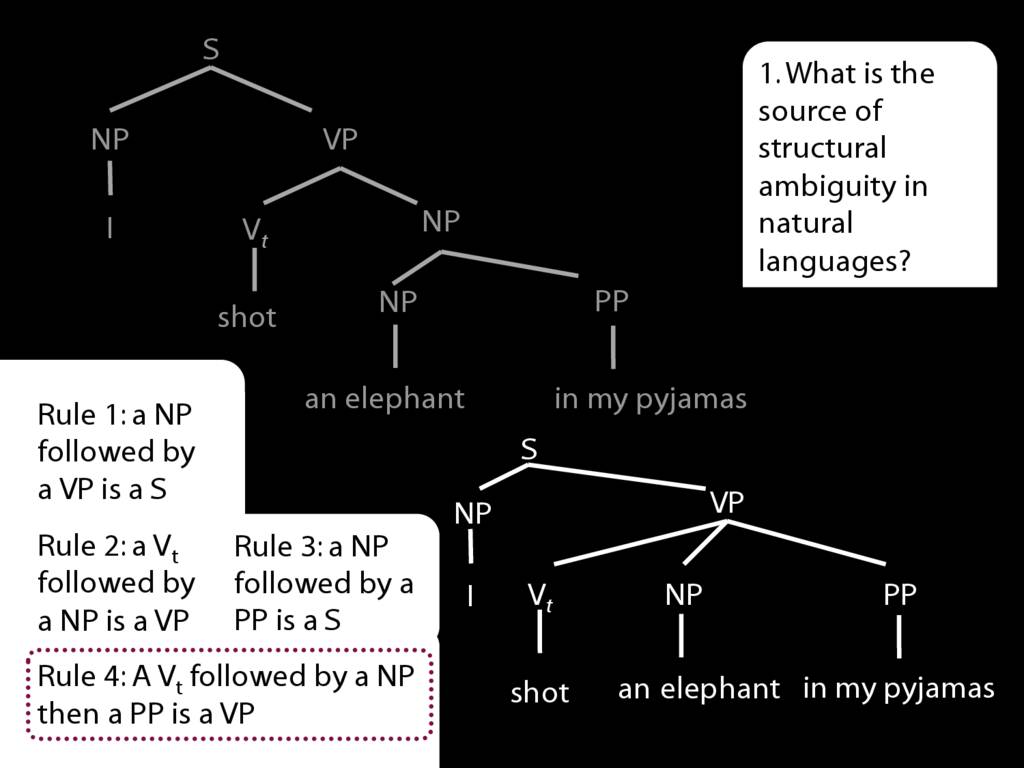
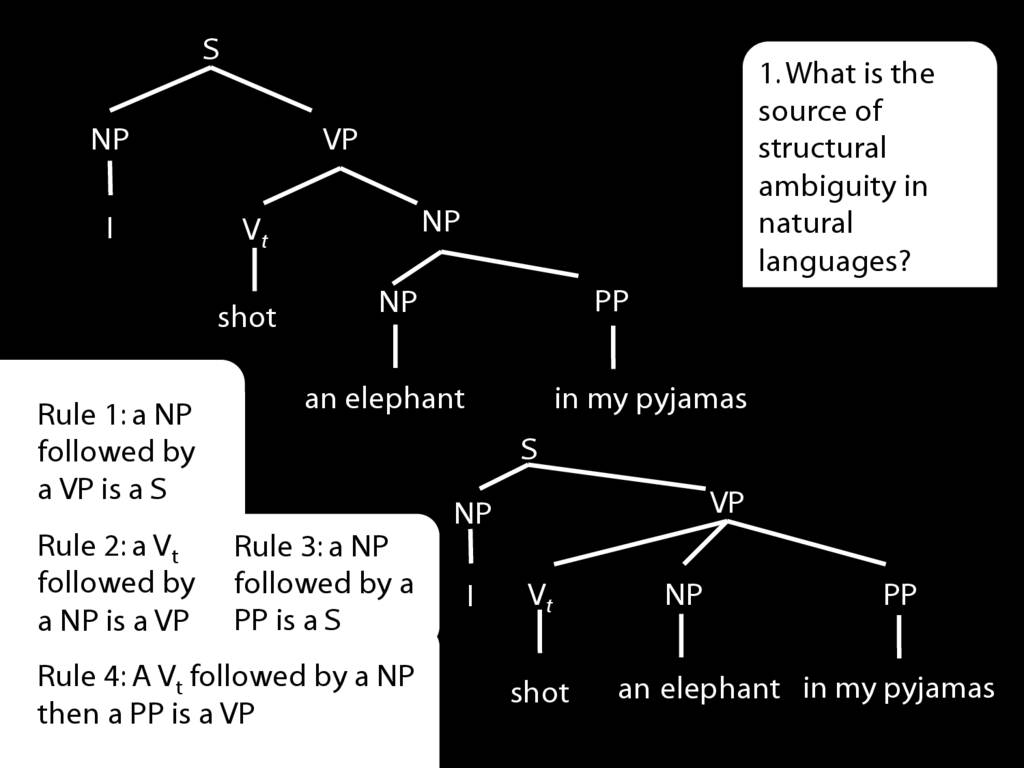
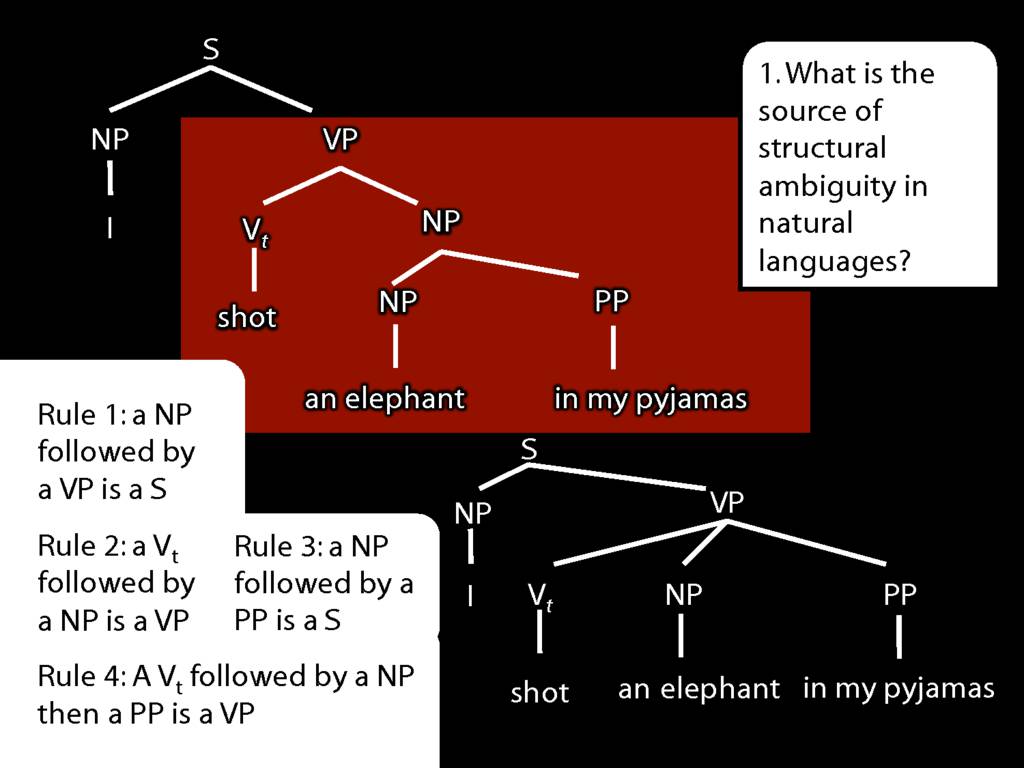
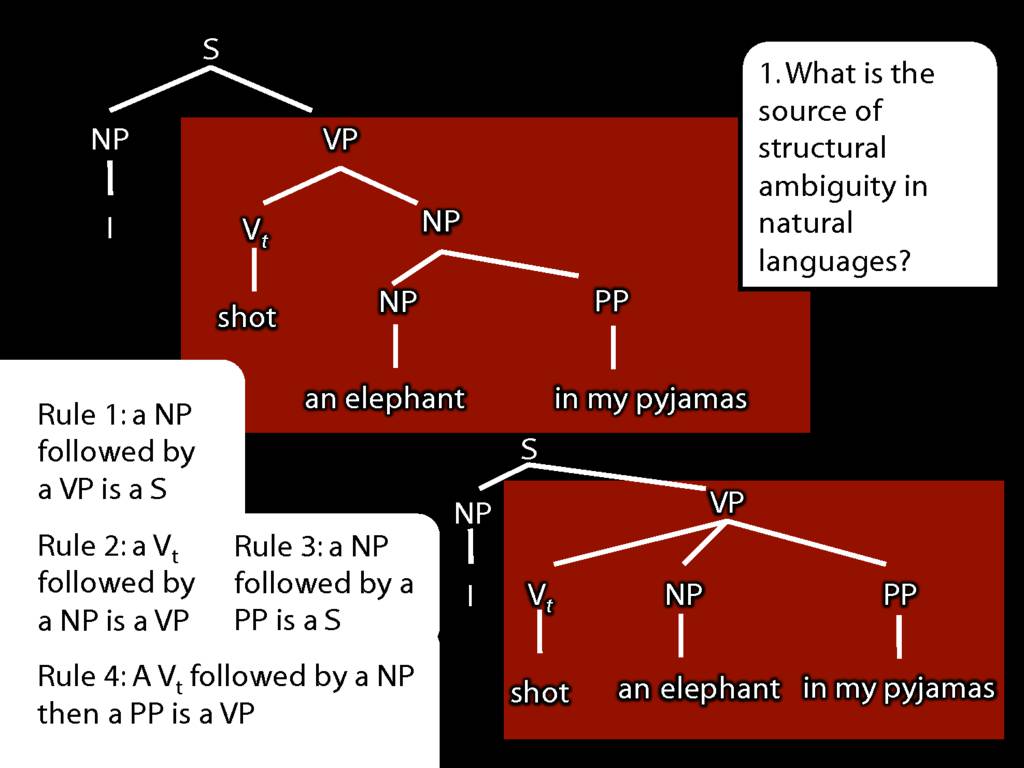
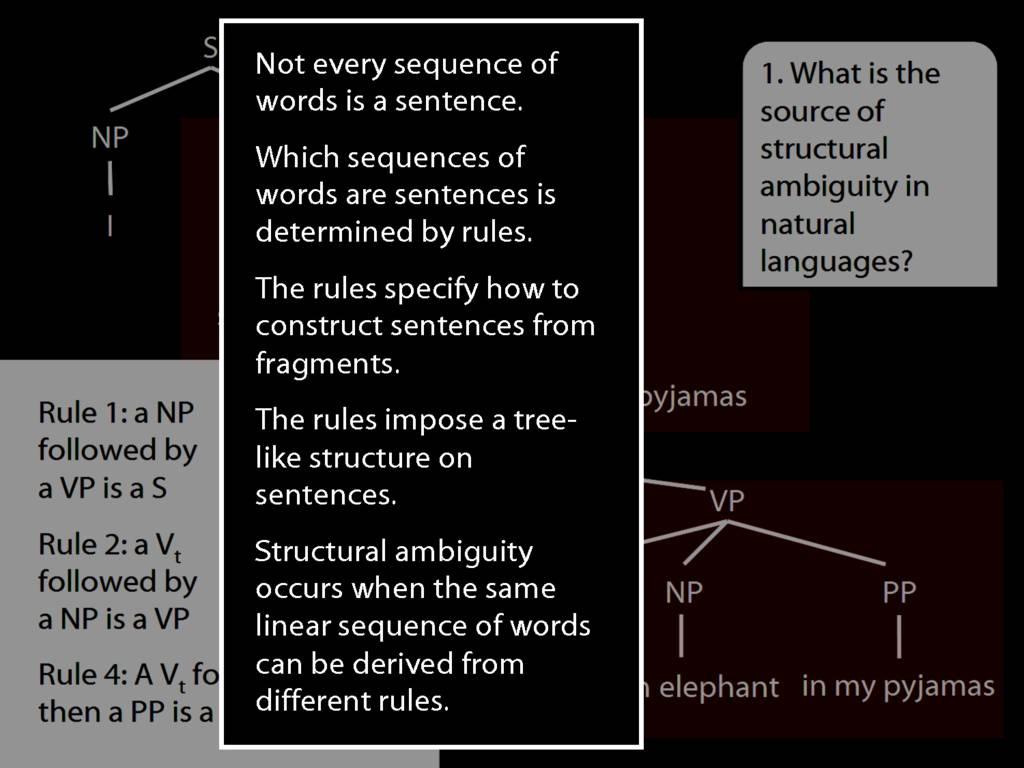
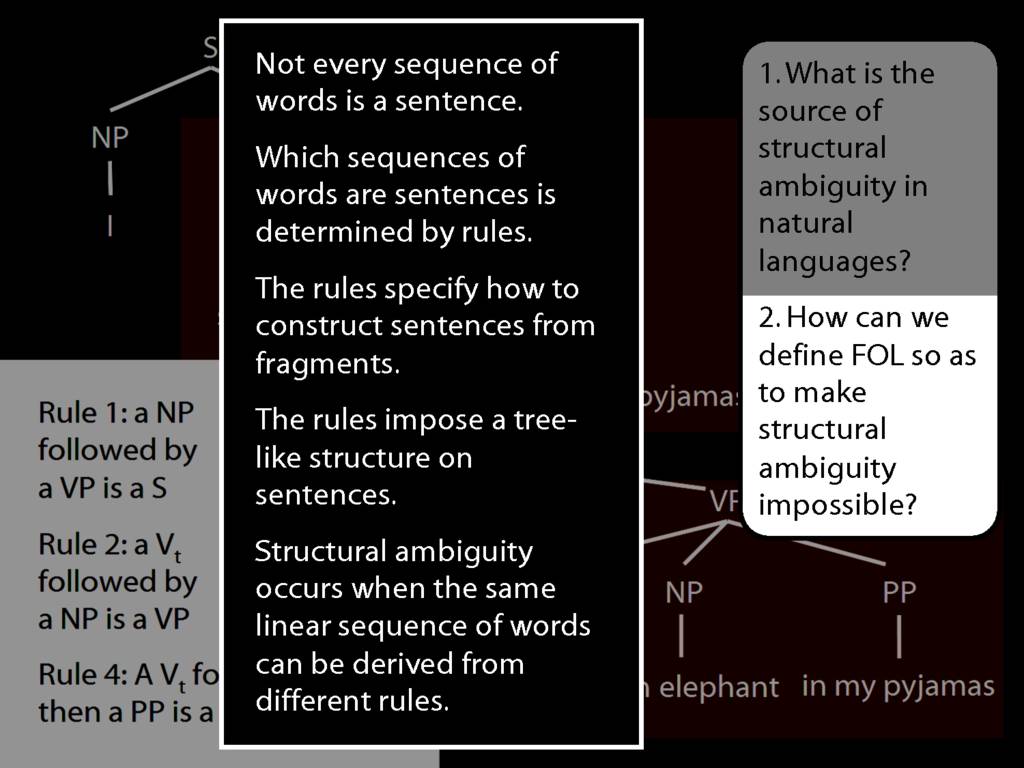

The Syntax of awFOL
\section{The Syntax of awFOL}
\emph{Reading:} §9.3
\section{The Syntax of awFOL}
What do the brackets mean?
We define what counts as a sentence of awFOL using rules. E.g.:
1. If * and \# are sentences, then so is(* ∧ \#)
2. If * and \# are sentences, then so is (* ∨ \#)
3. P, Q, R, … are sentences
4. If * is a sentence, then ¬* is a sentence
So:
a. P is a sentence // rule 3
b. ¬P is a sentence // rule 4, a
c. ( ¬P ∧ Q ) is a sentence // rule 1, b, a
There is no structural ambiguity in awFOL because these rules are formulated to ensure that for any awFOL sentence, there is exactly one way of constructing it.
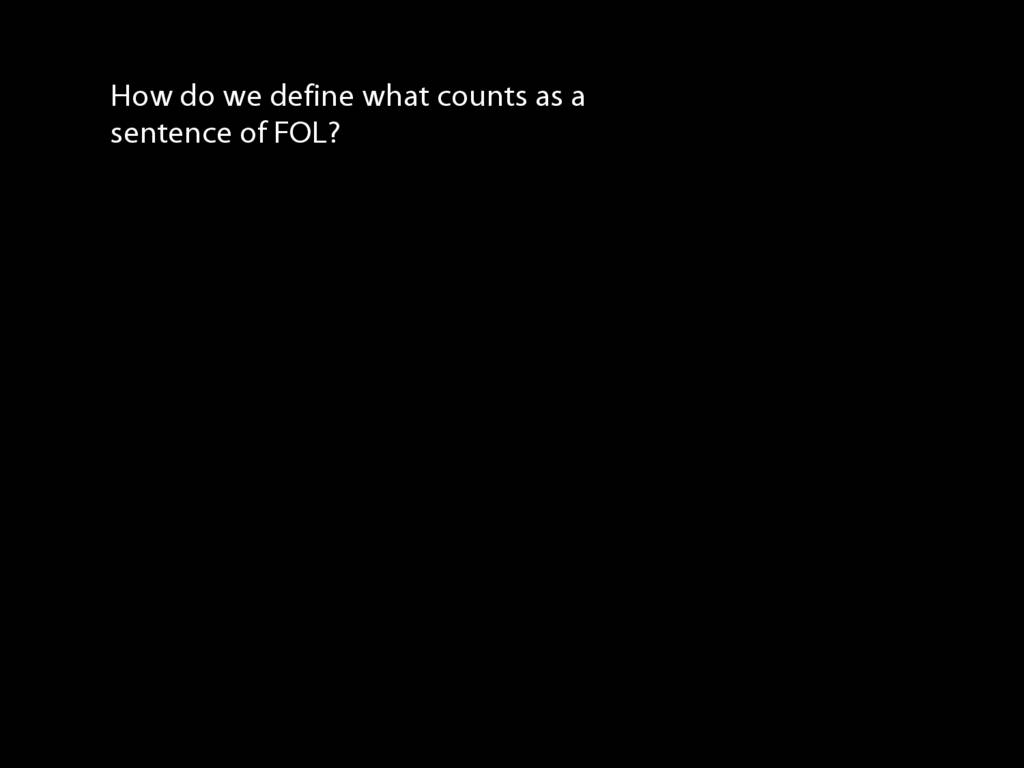
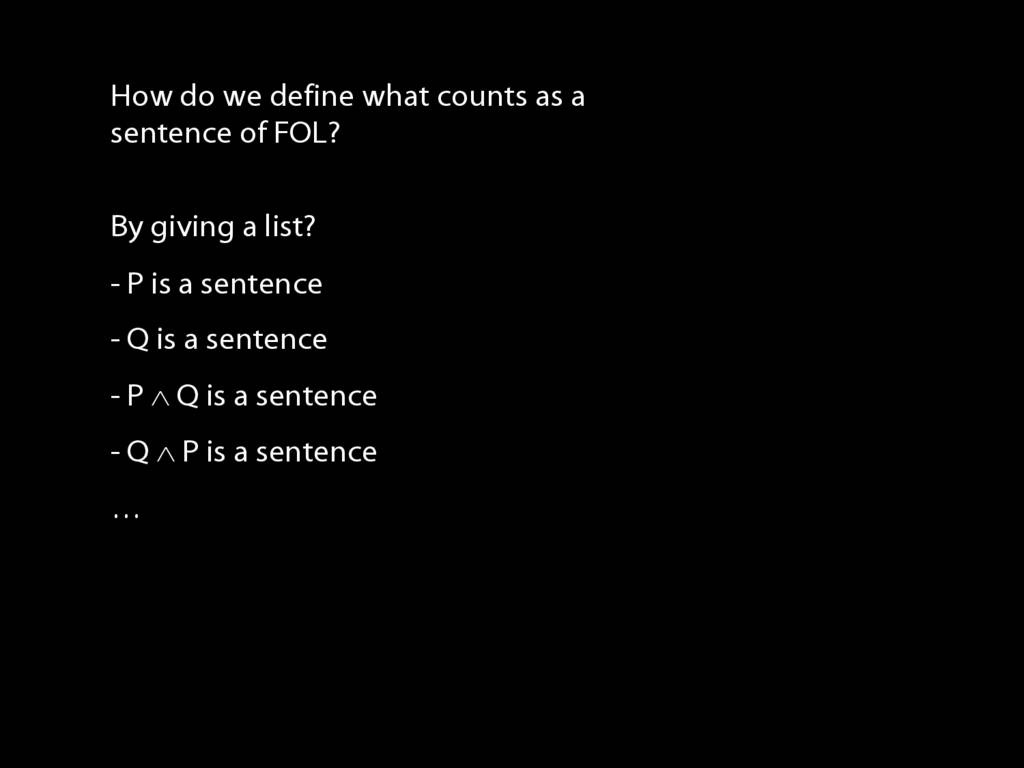
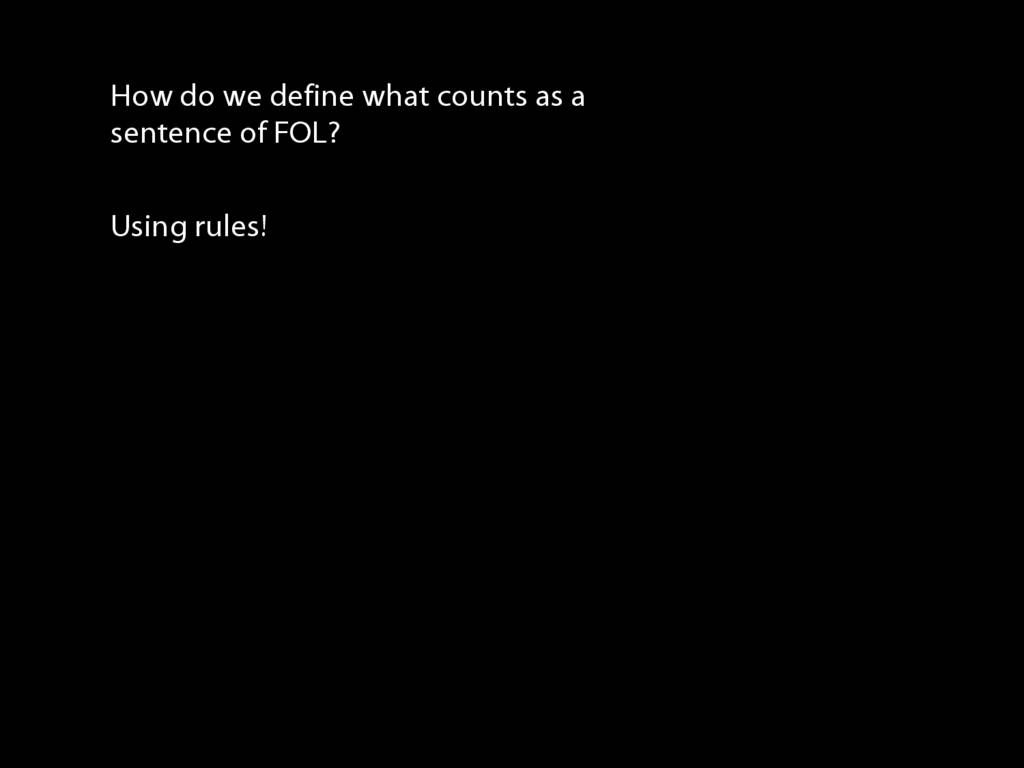

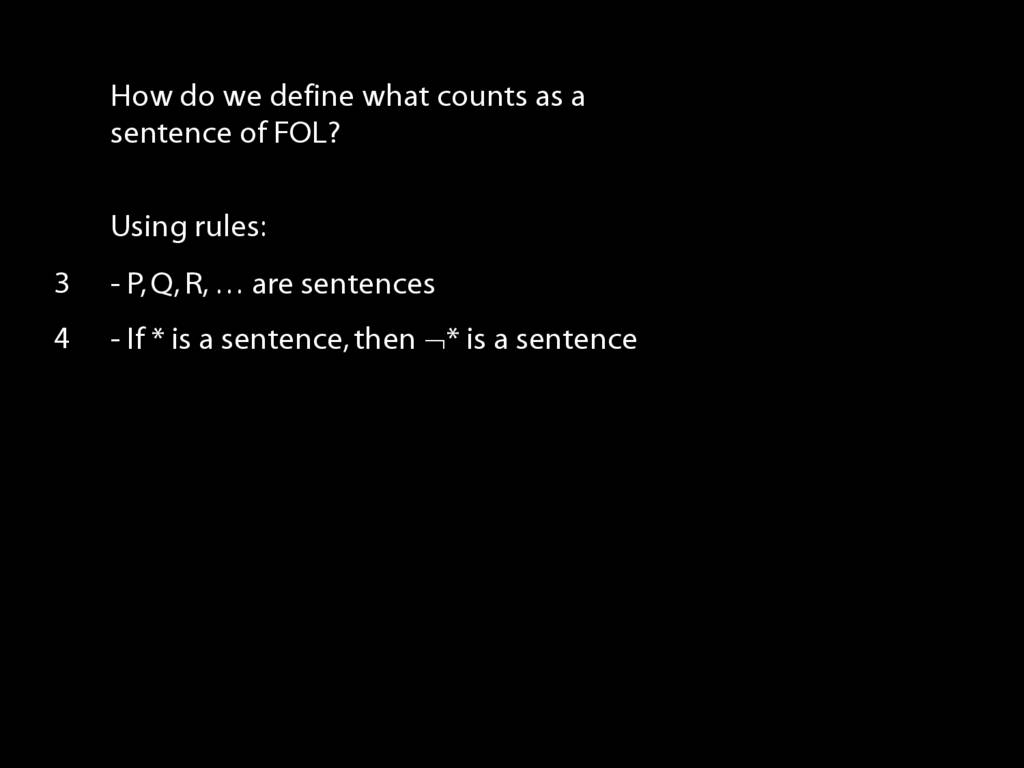
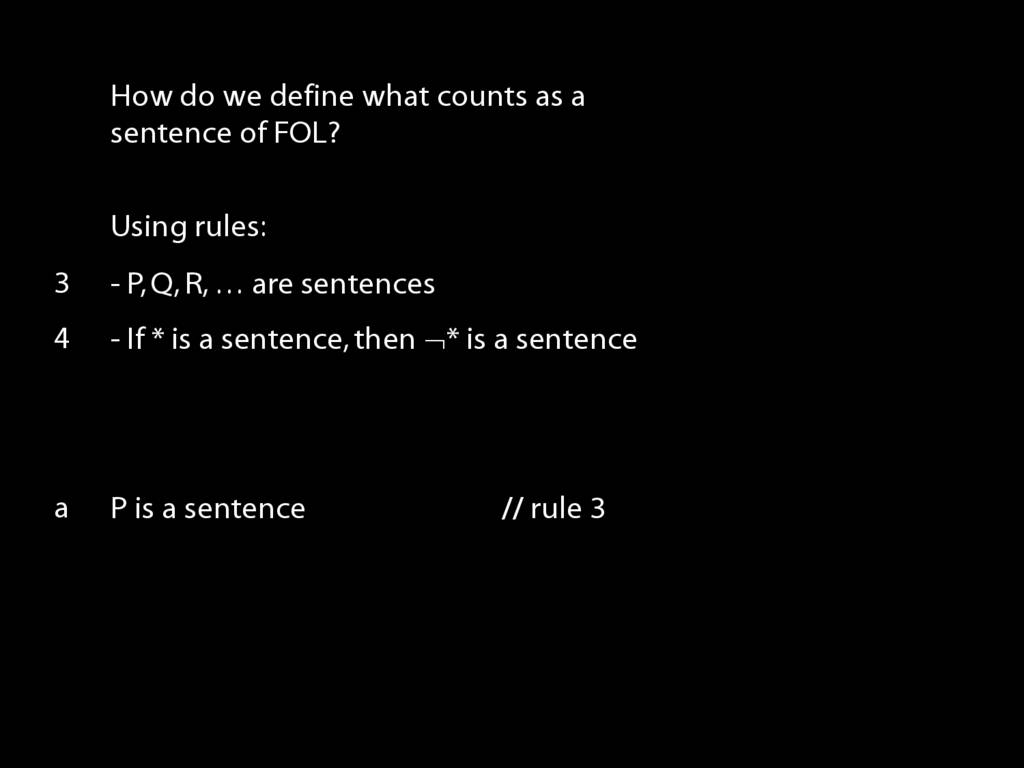
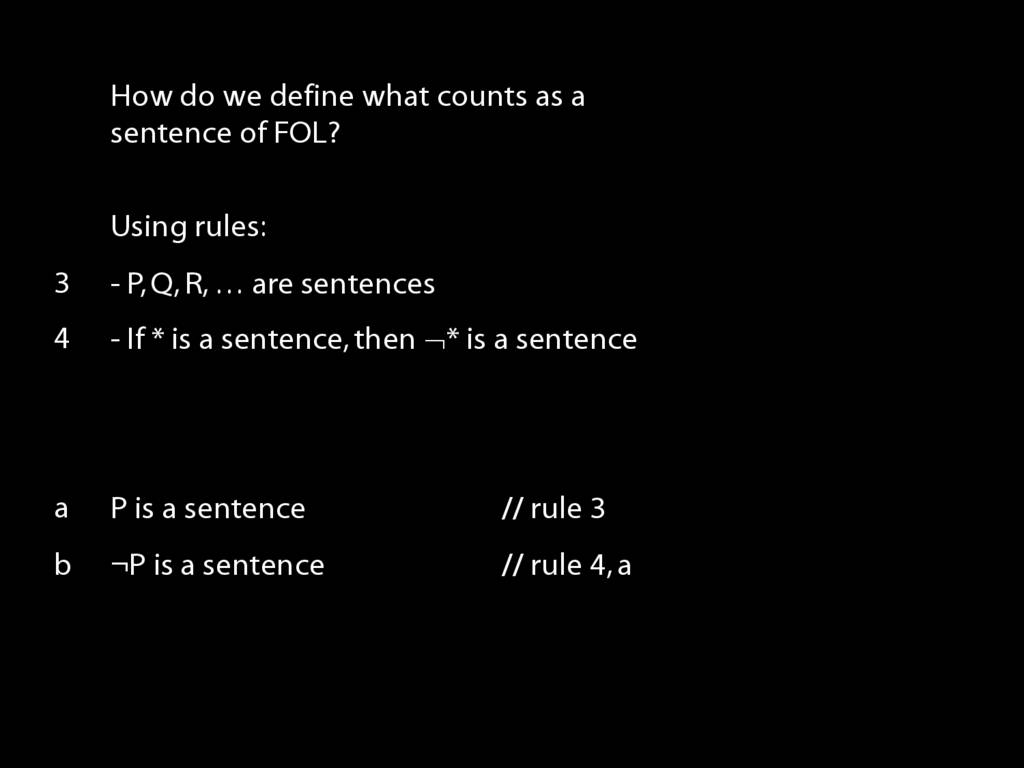

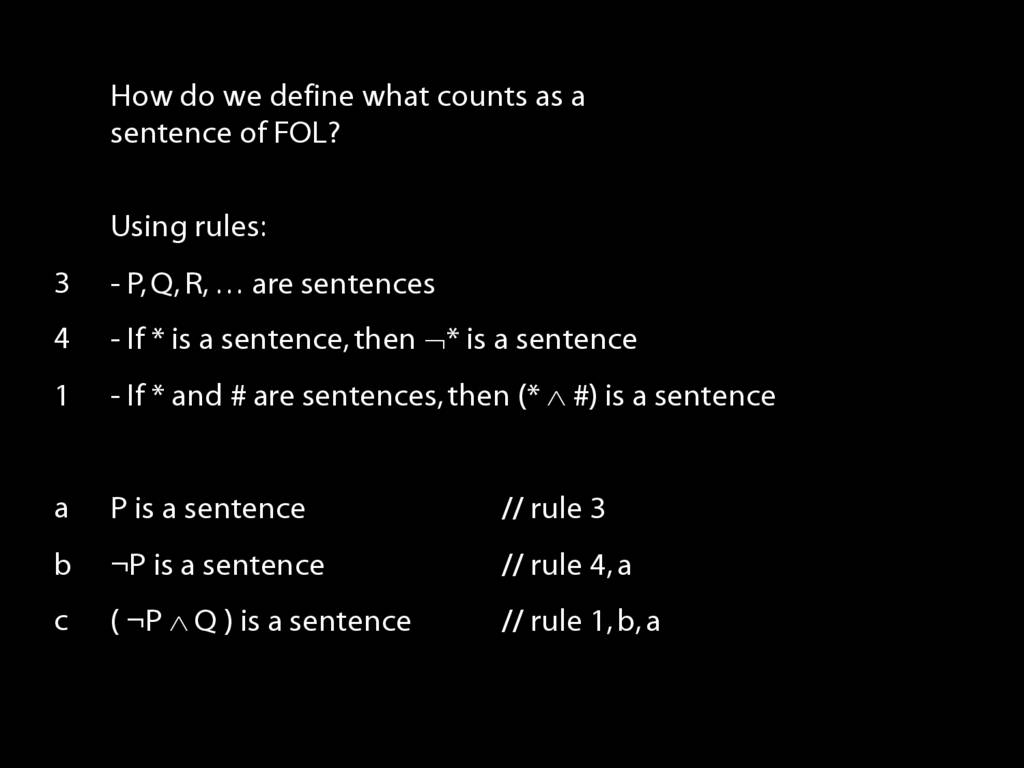
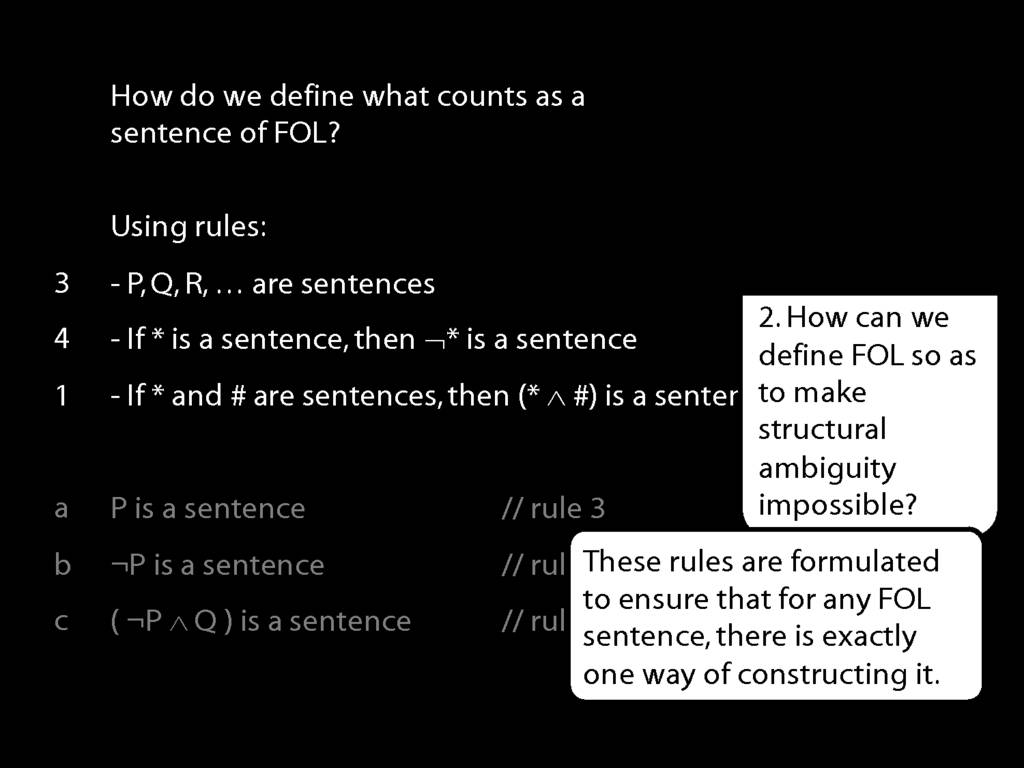
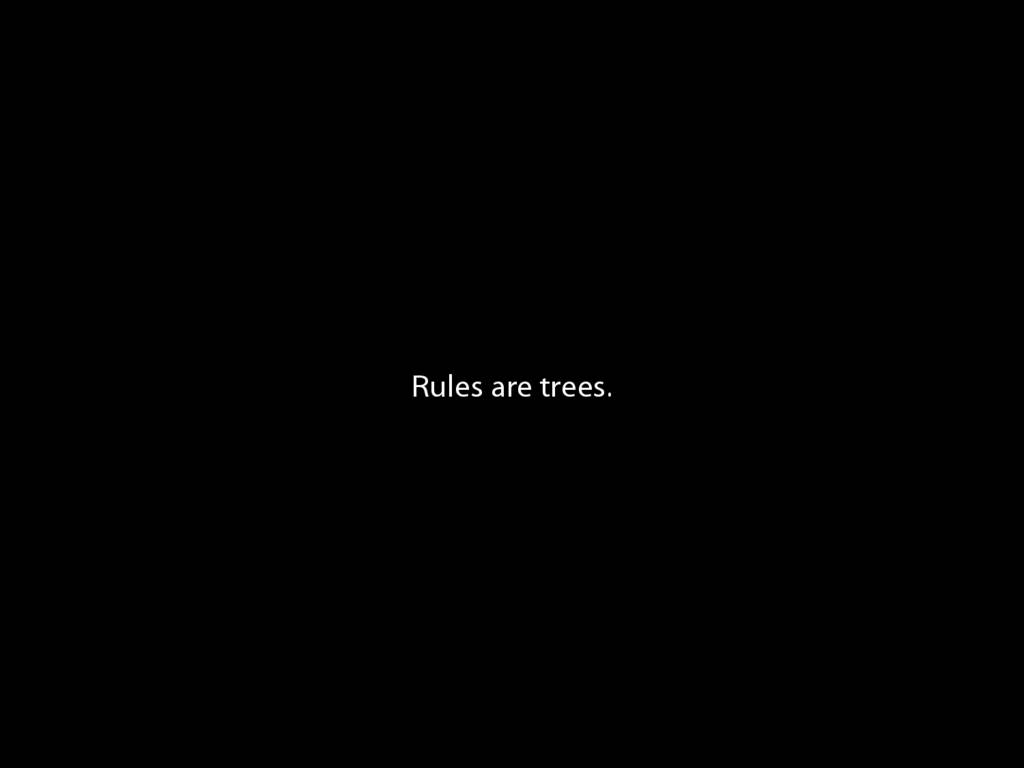

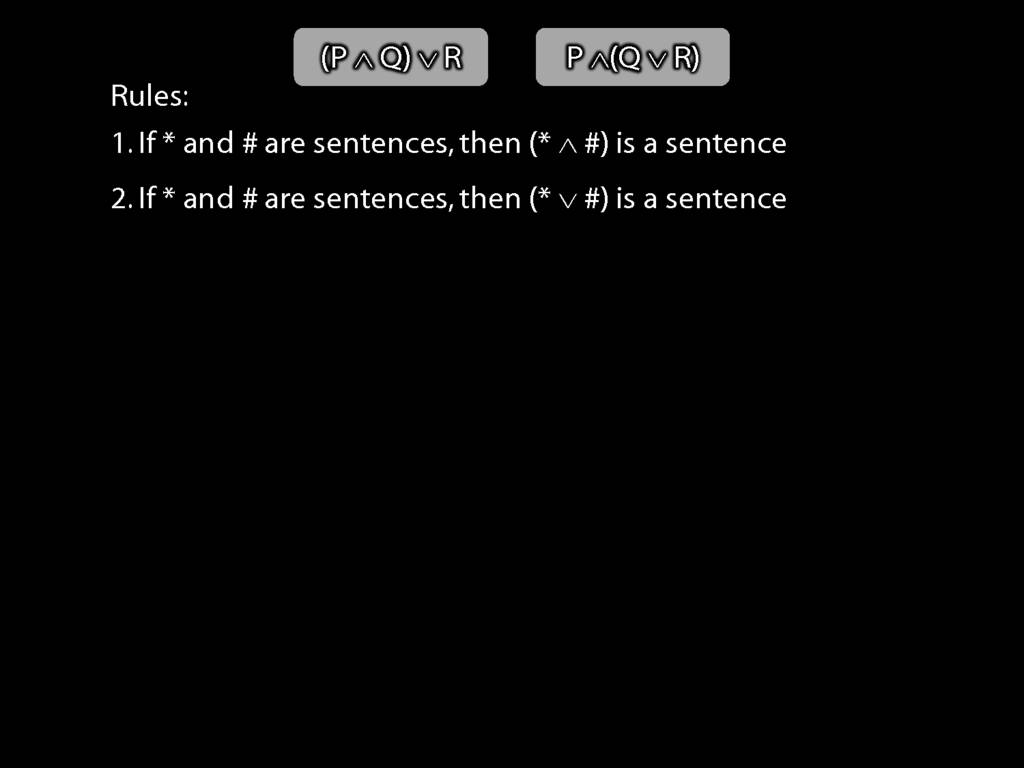
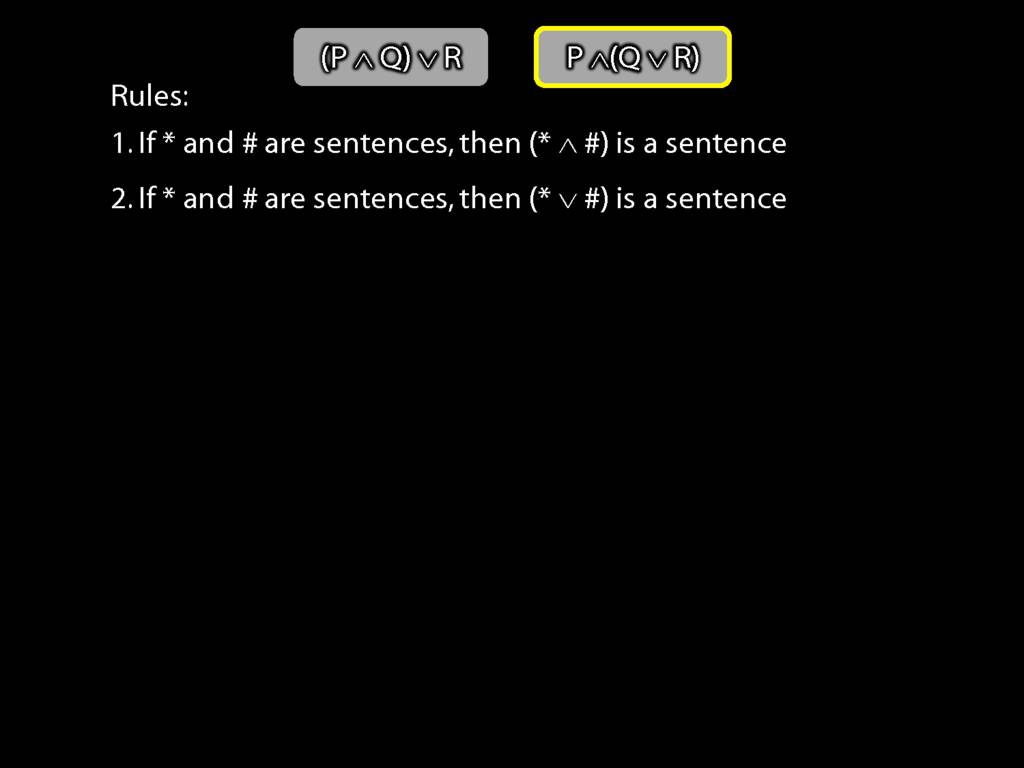
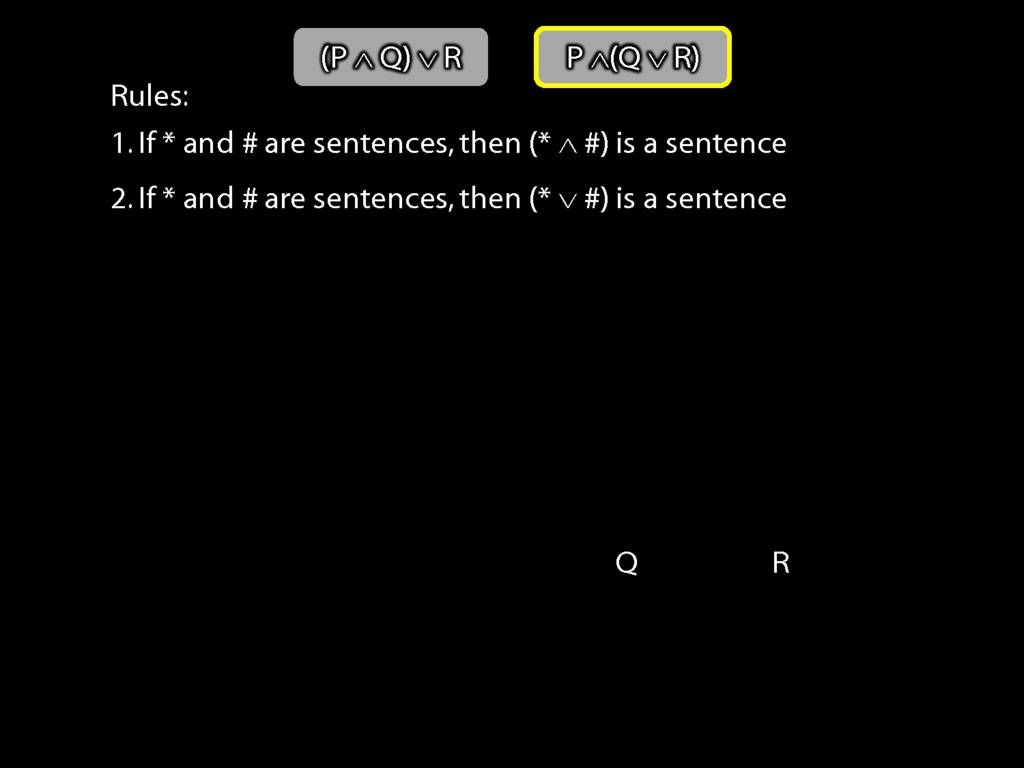
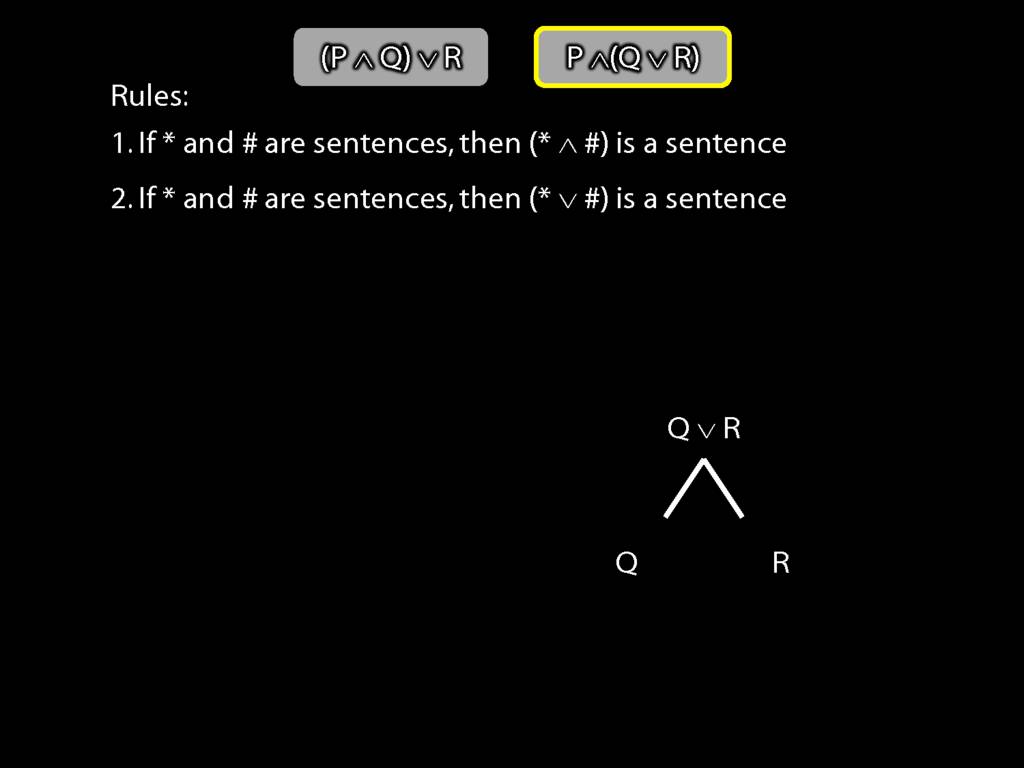
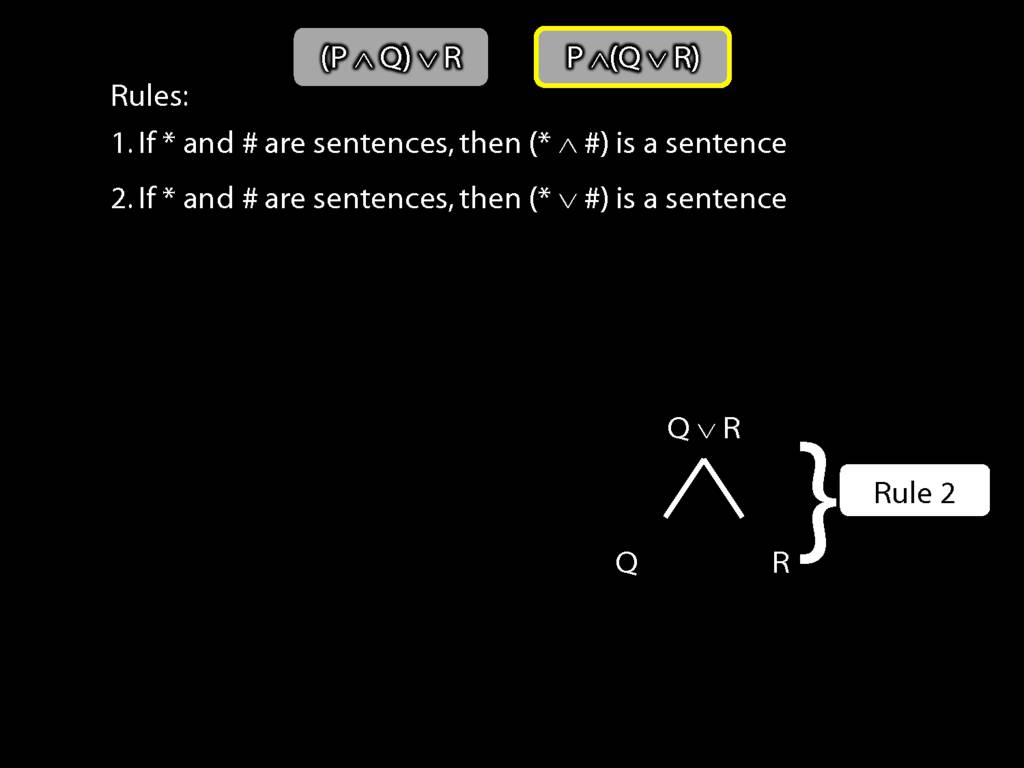
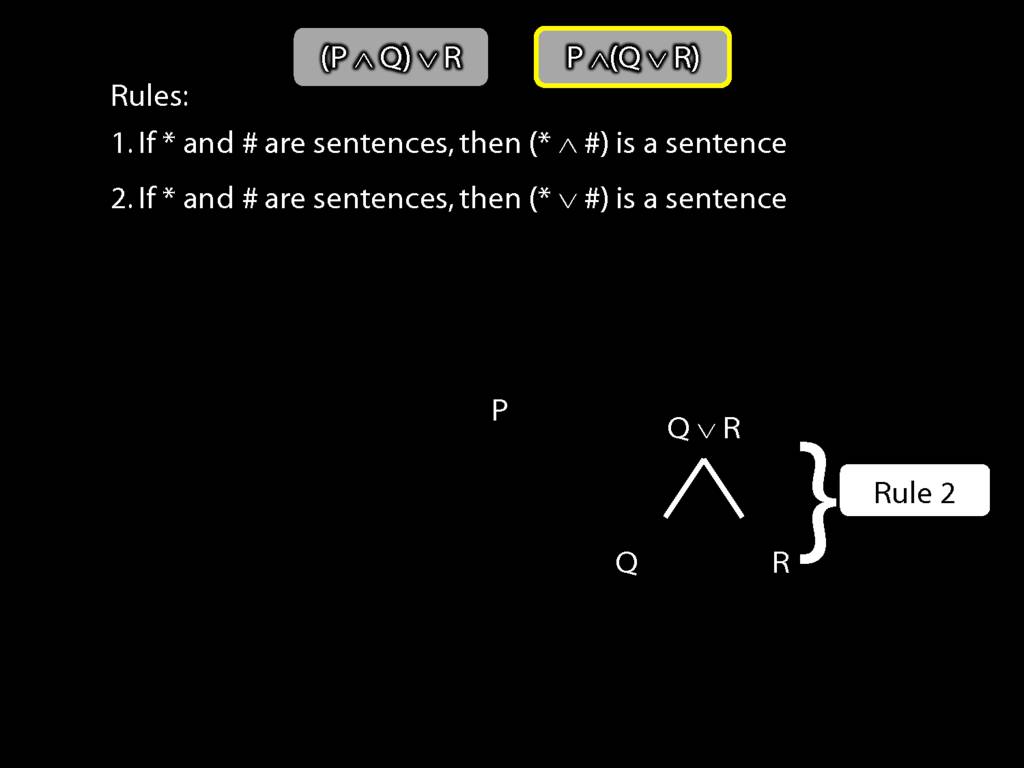
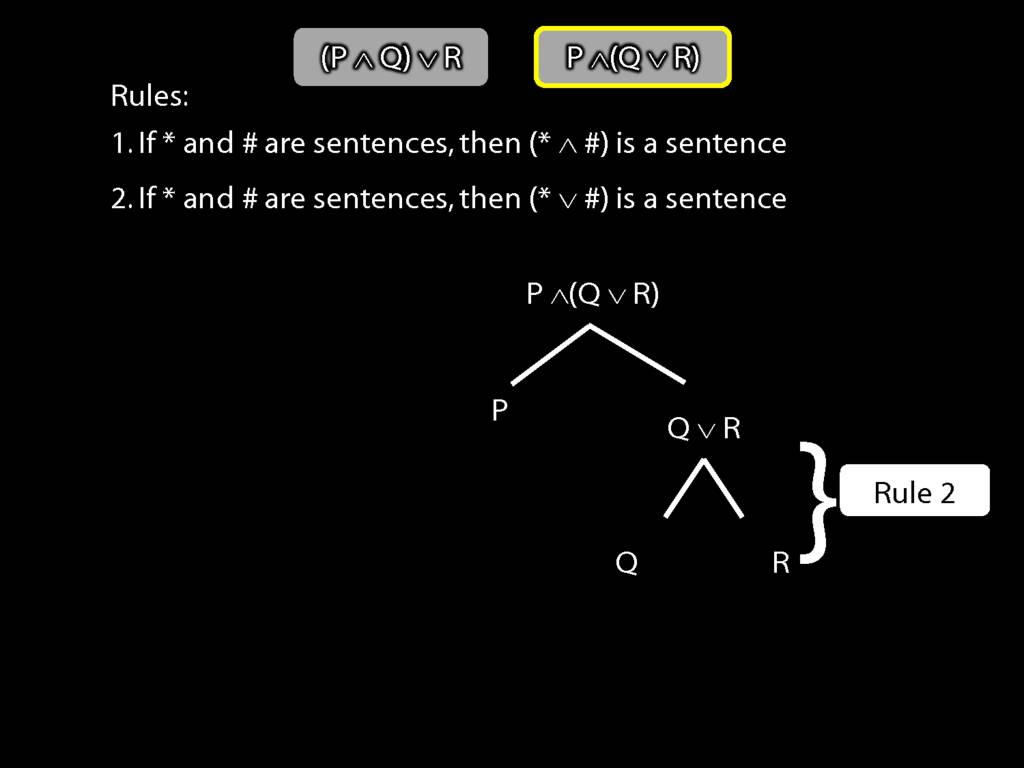
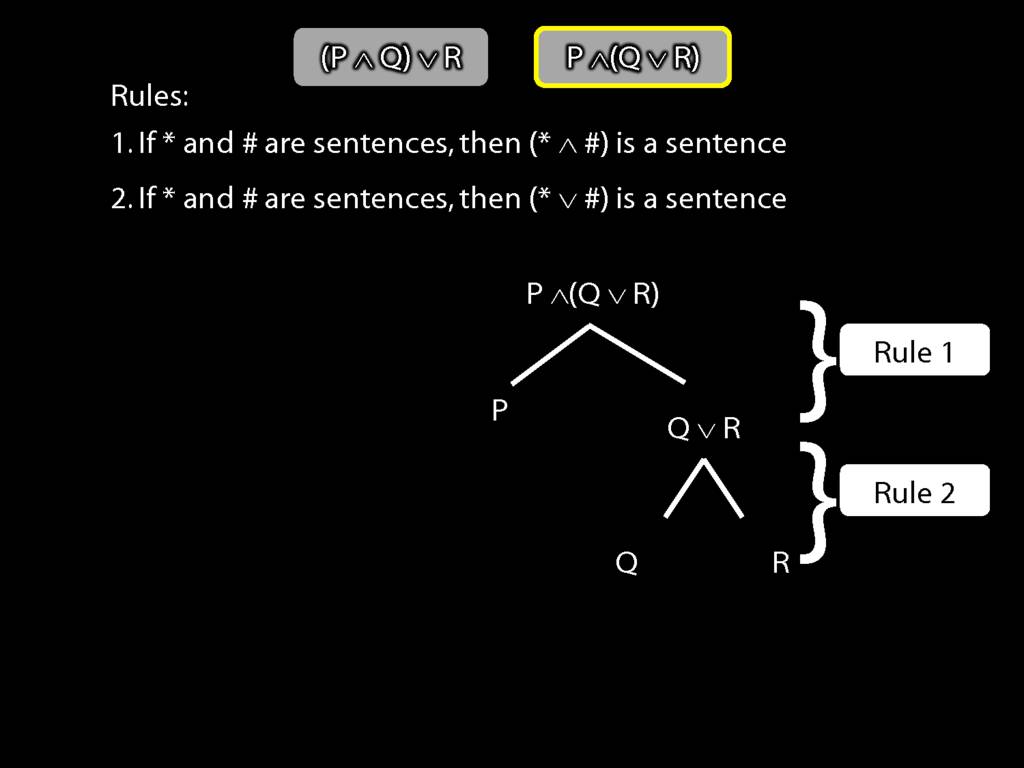
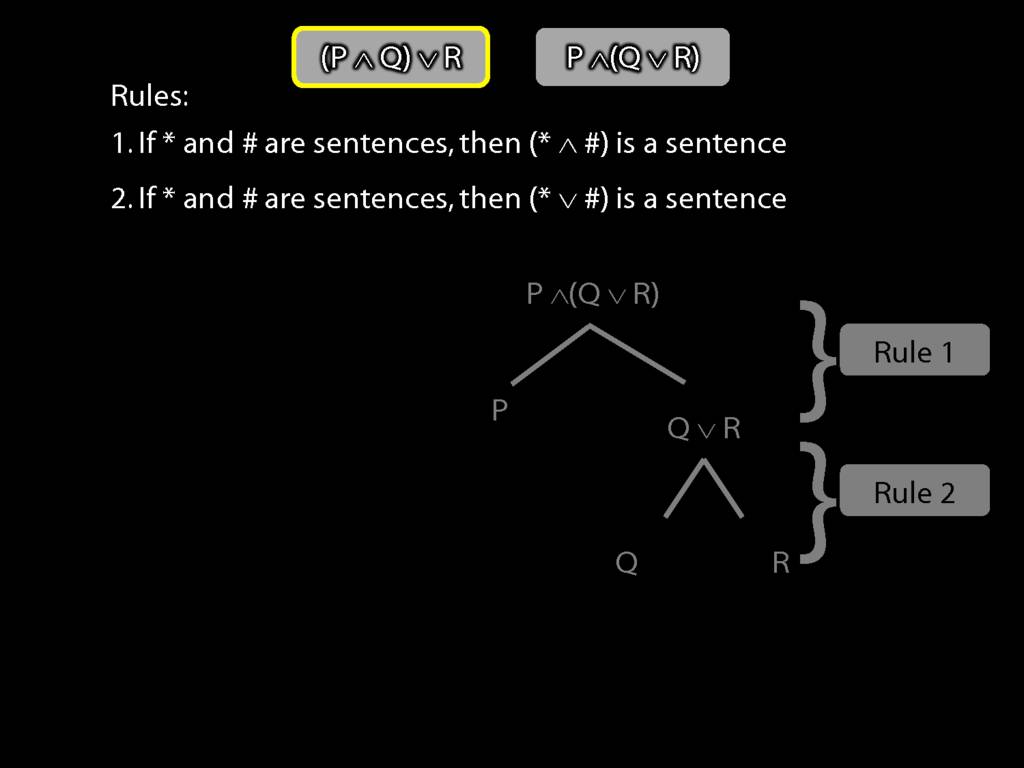

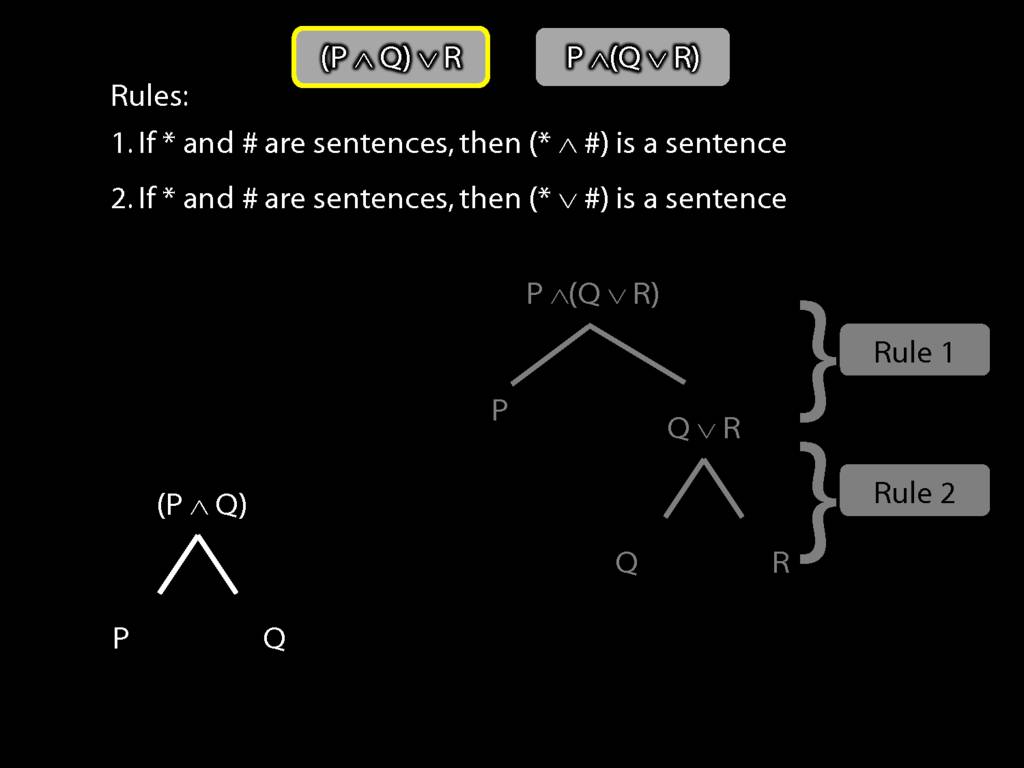
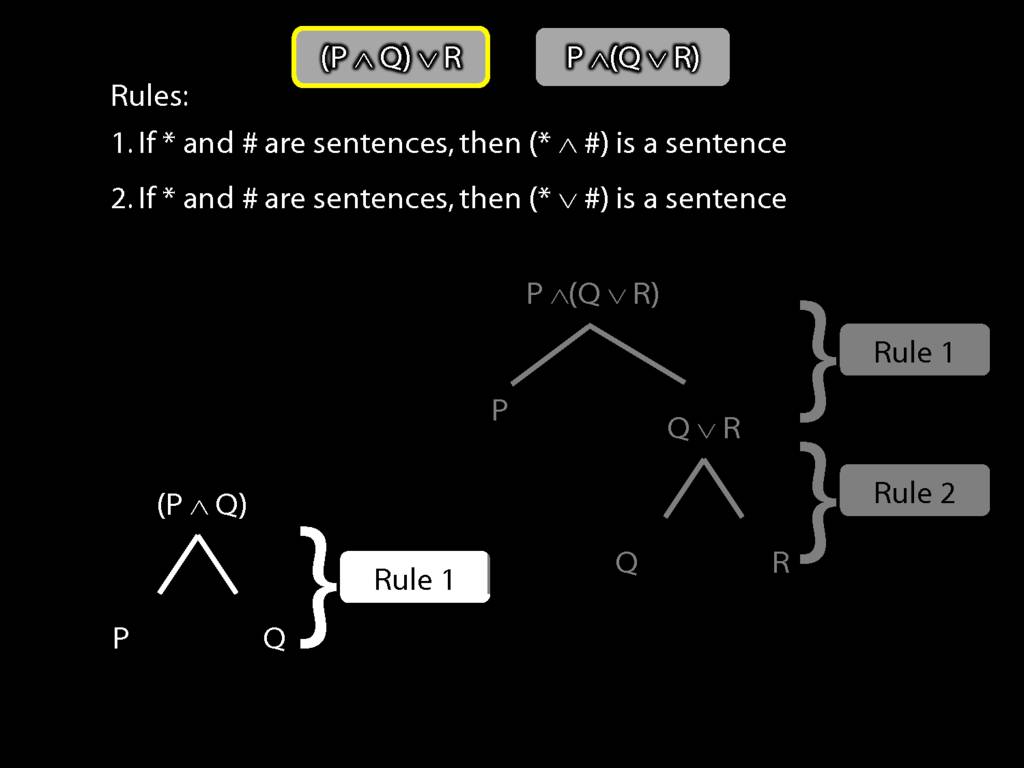
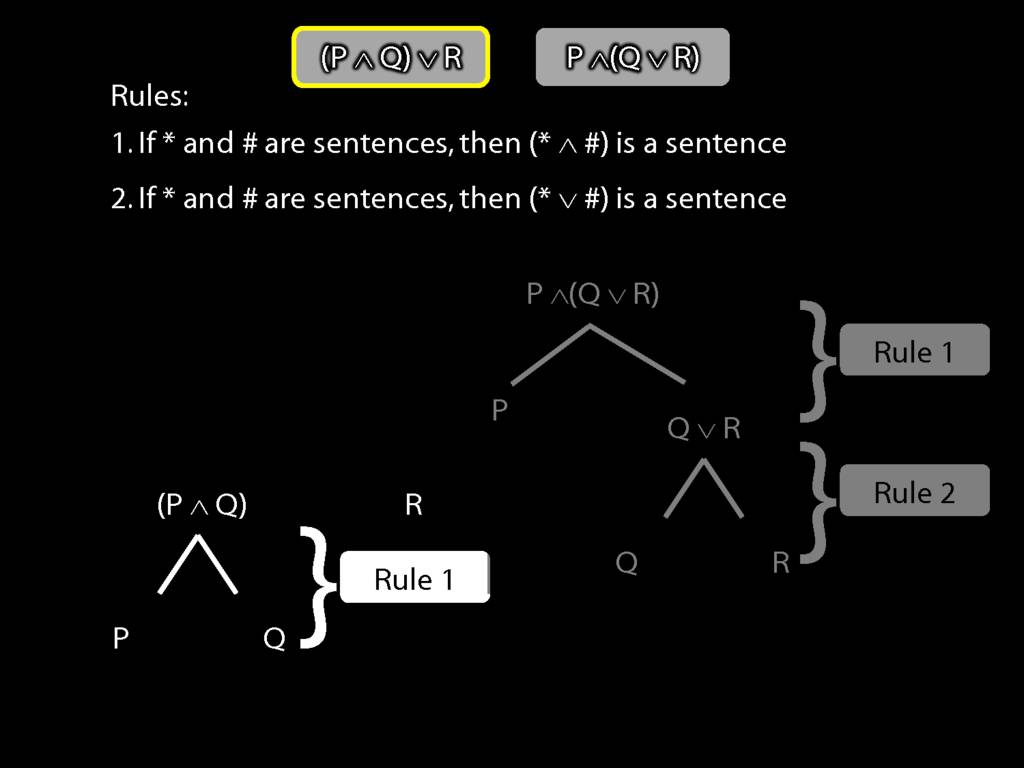
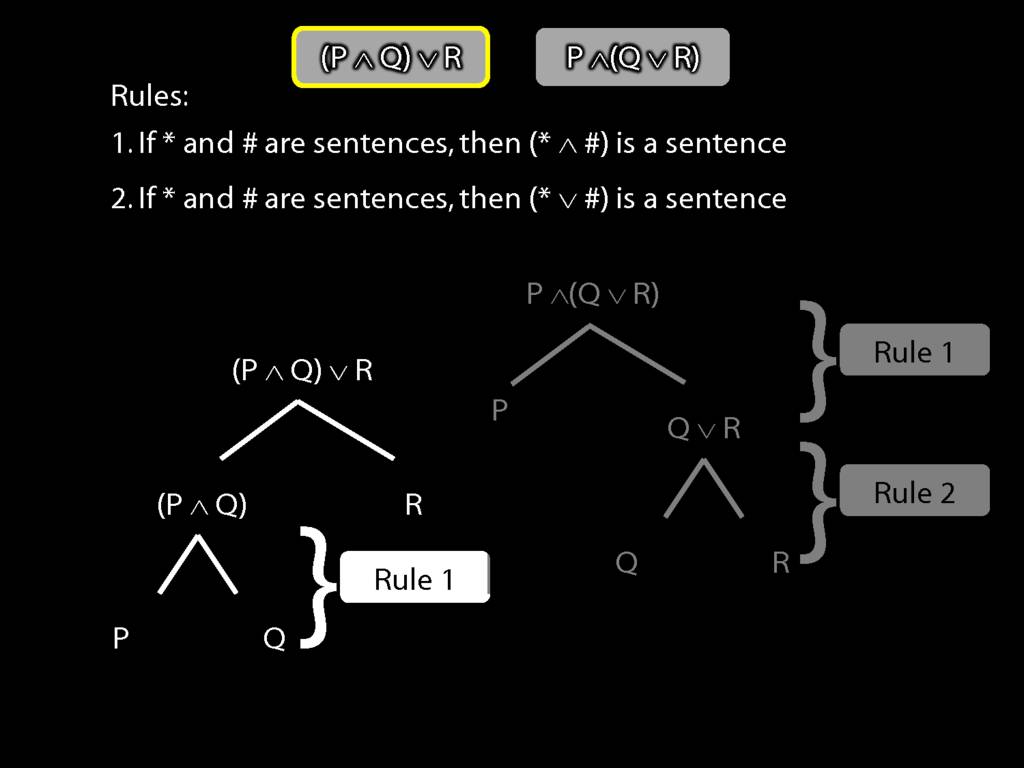
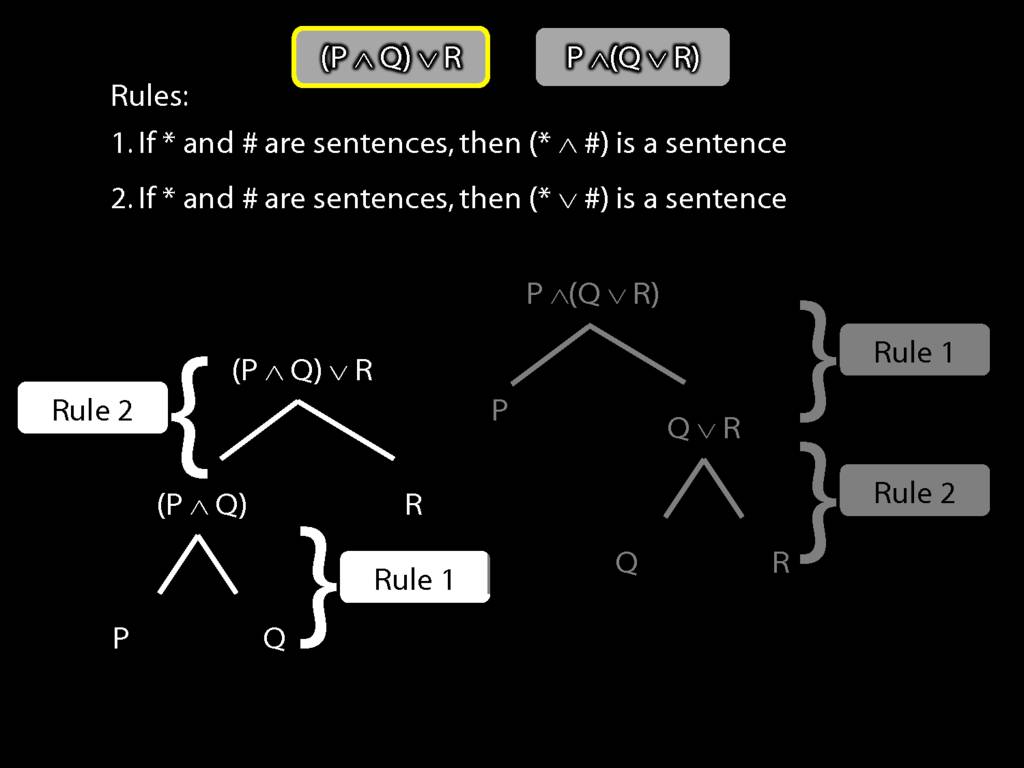

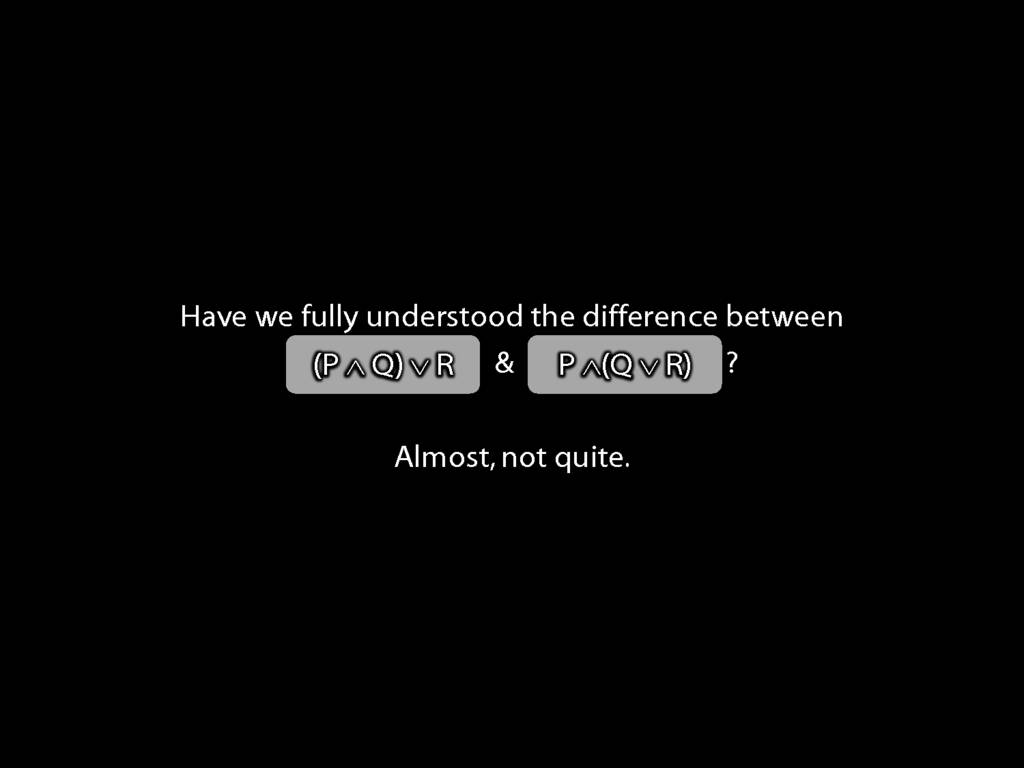
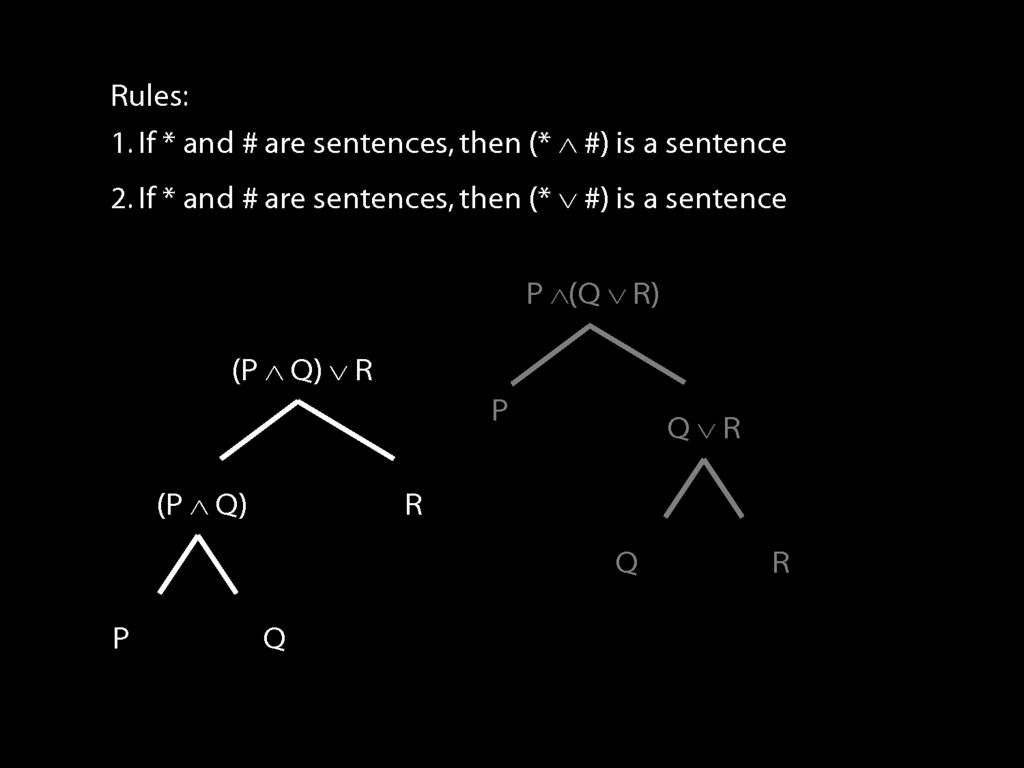
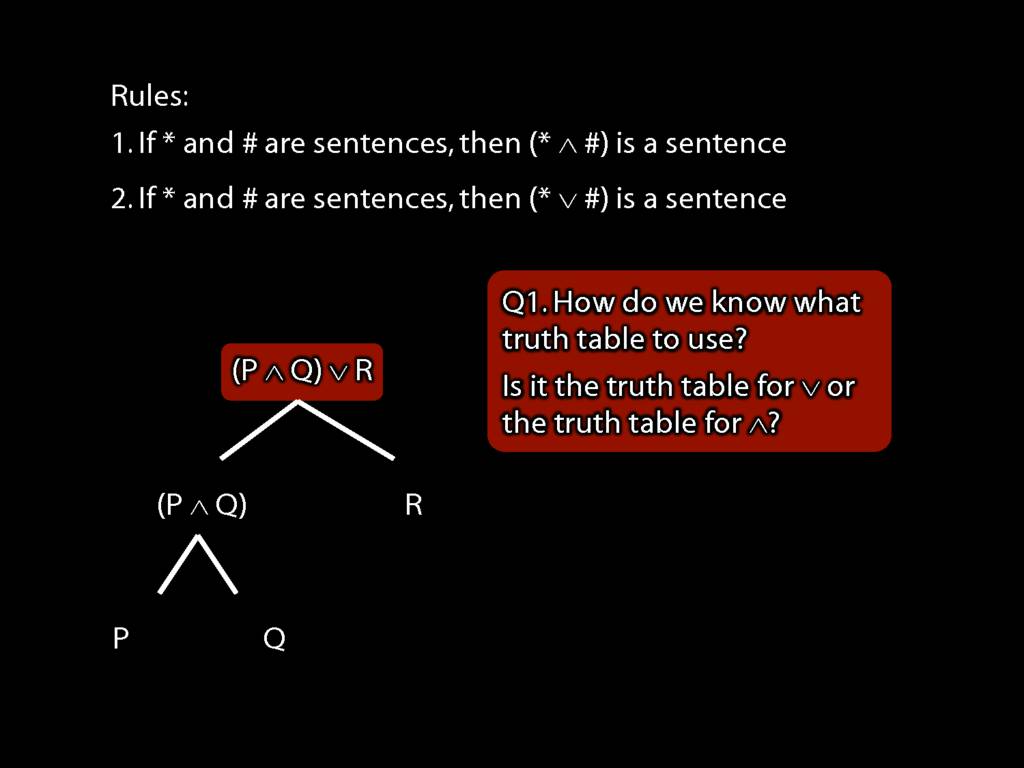
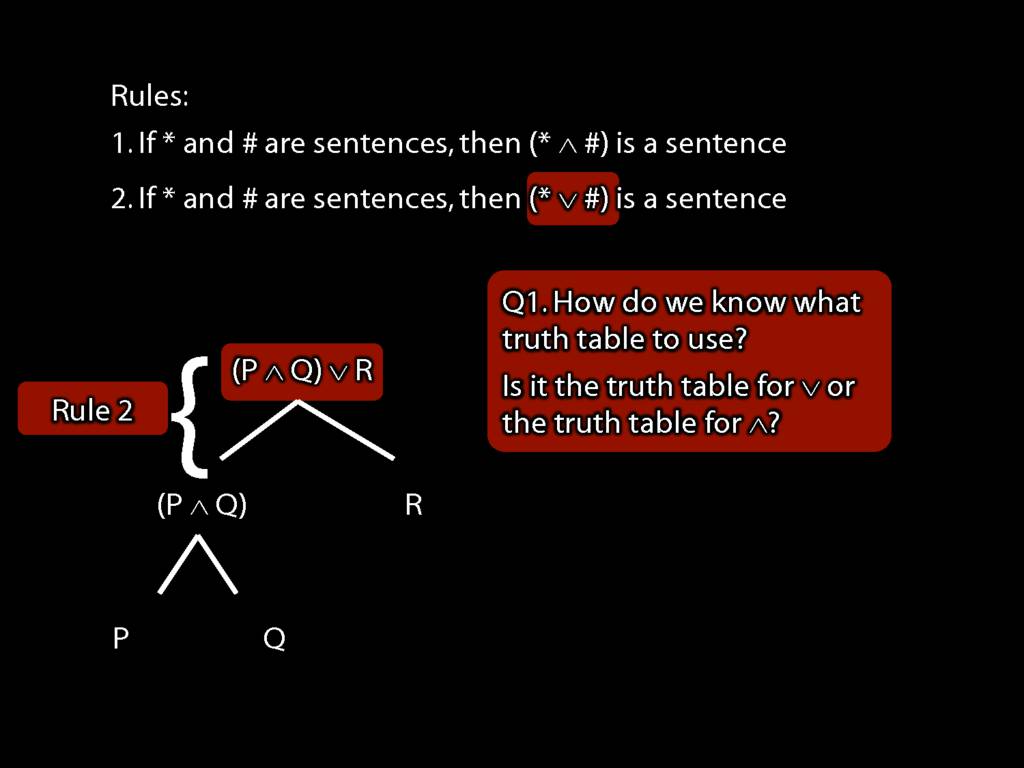
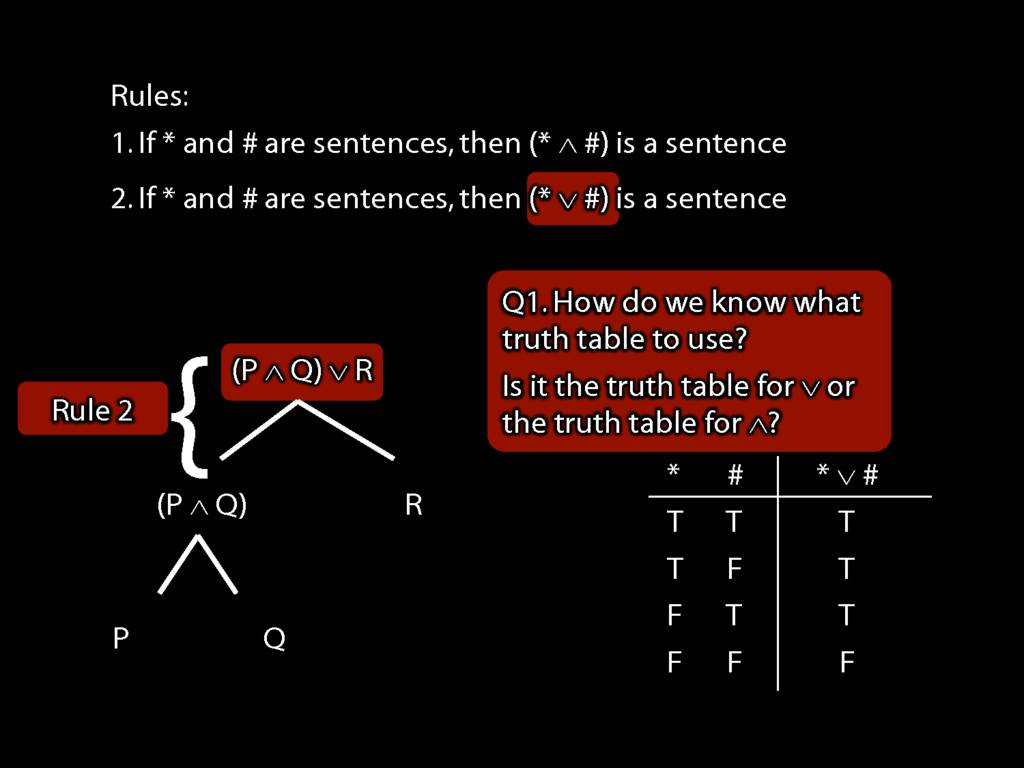

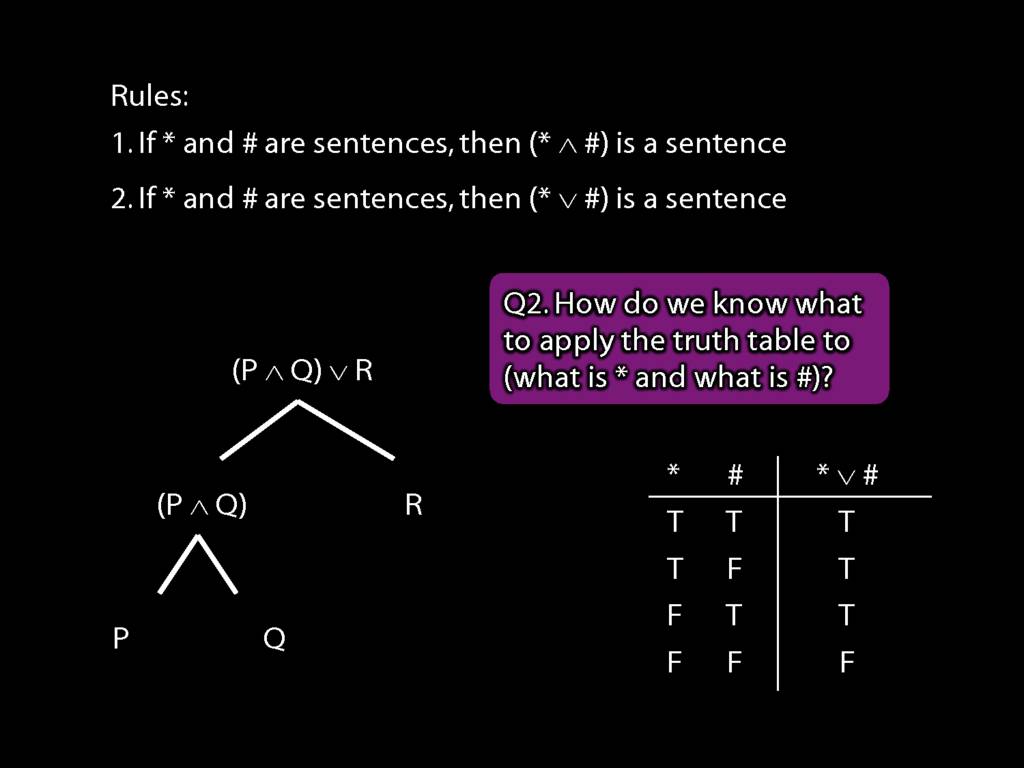
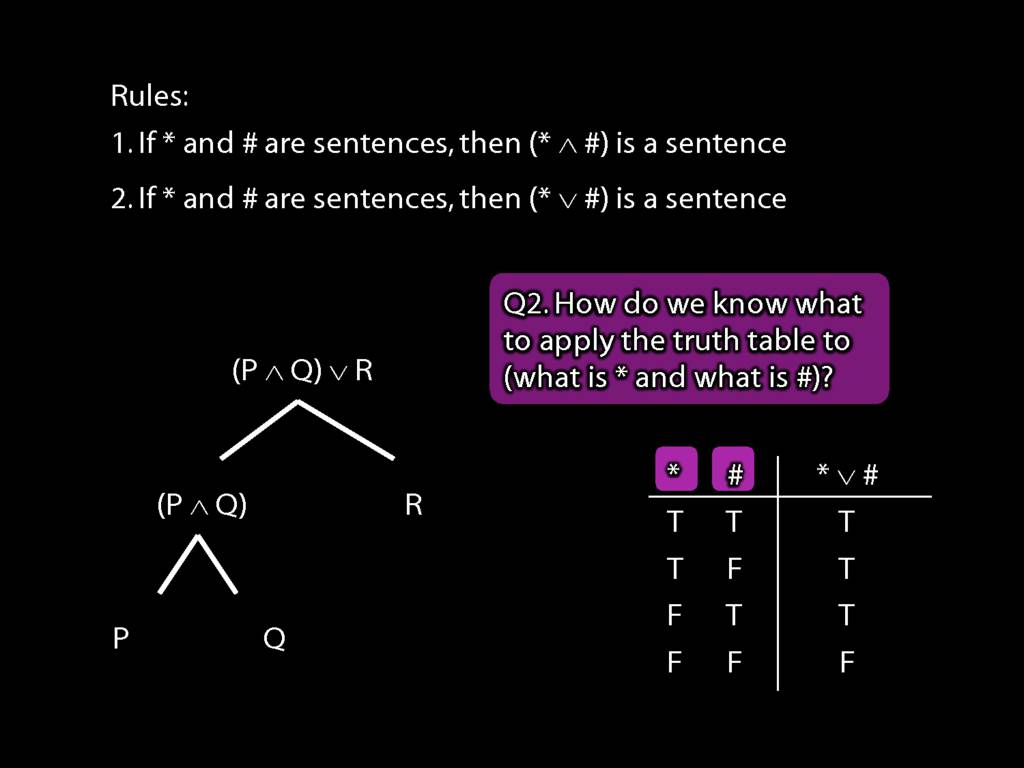

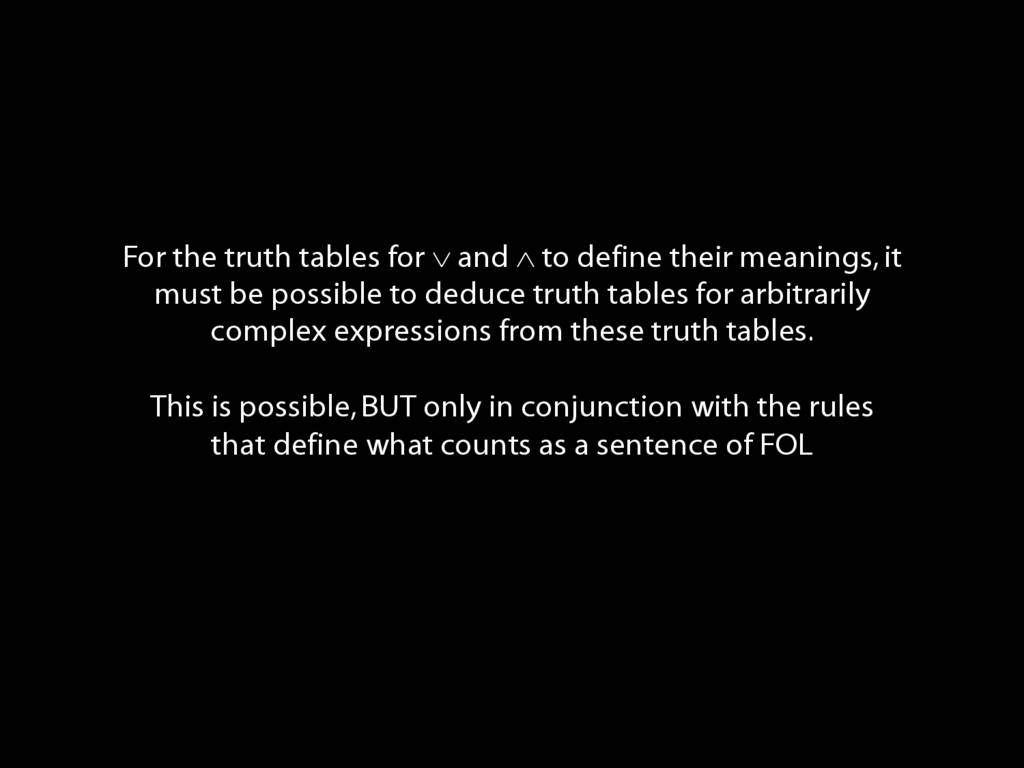
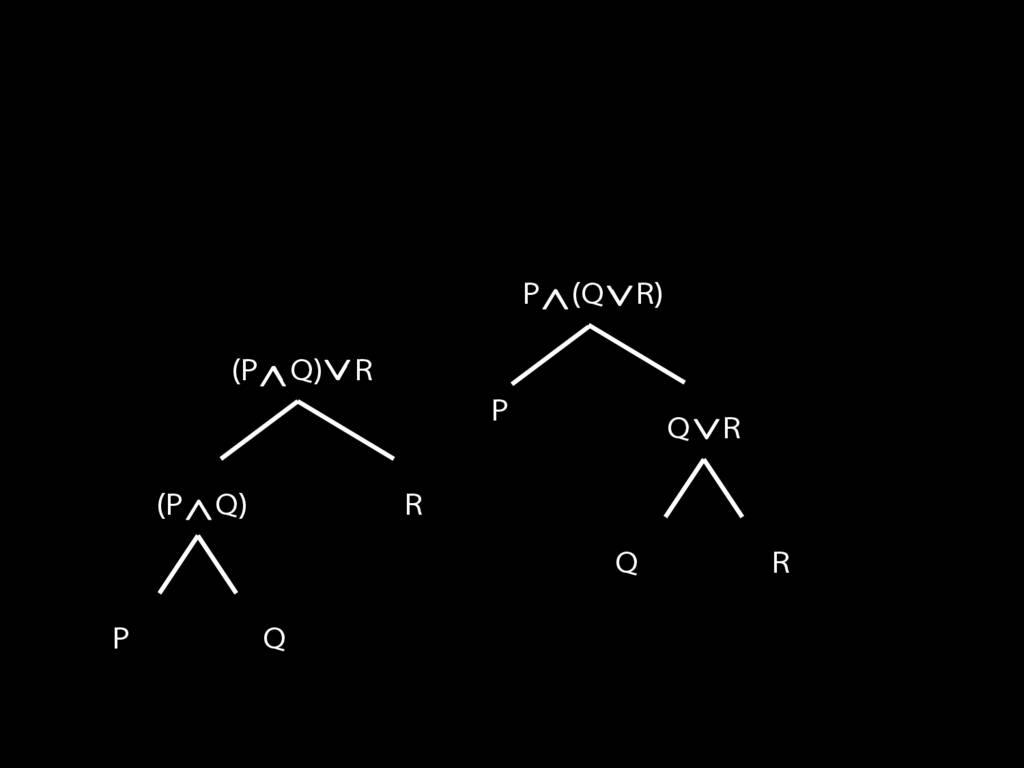
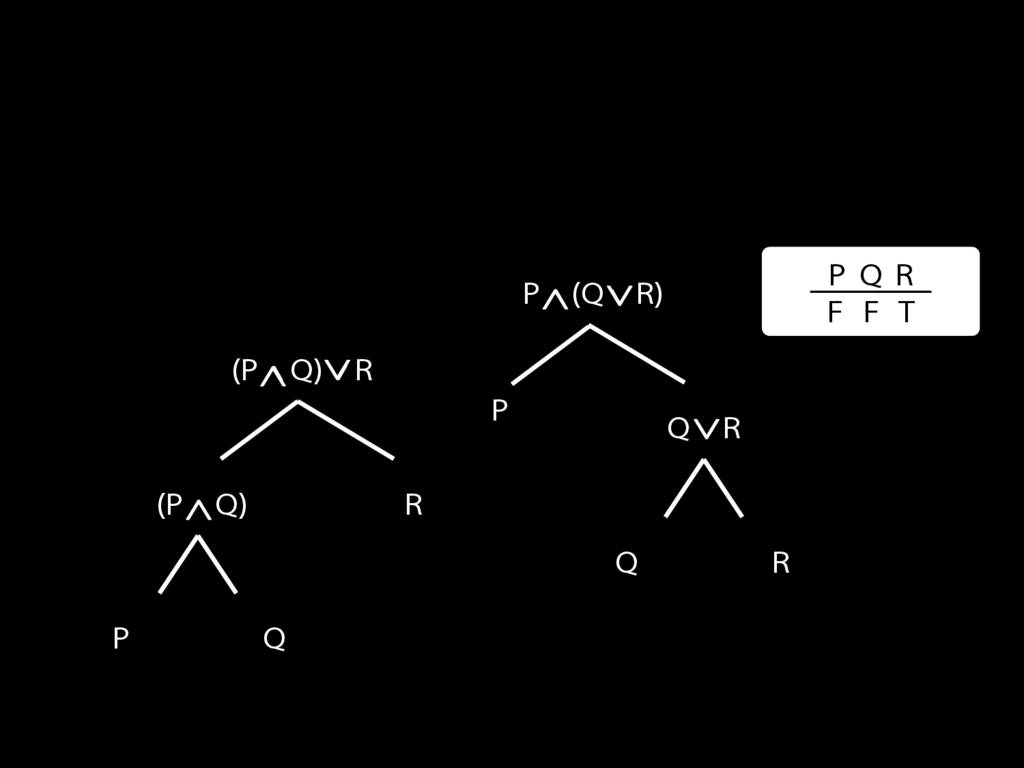
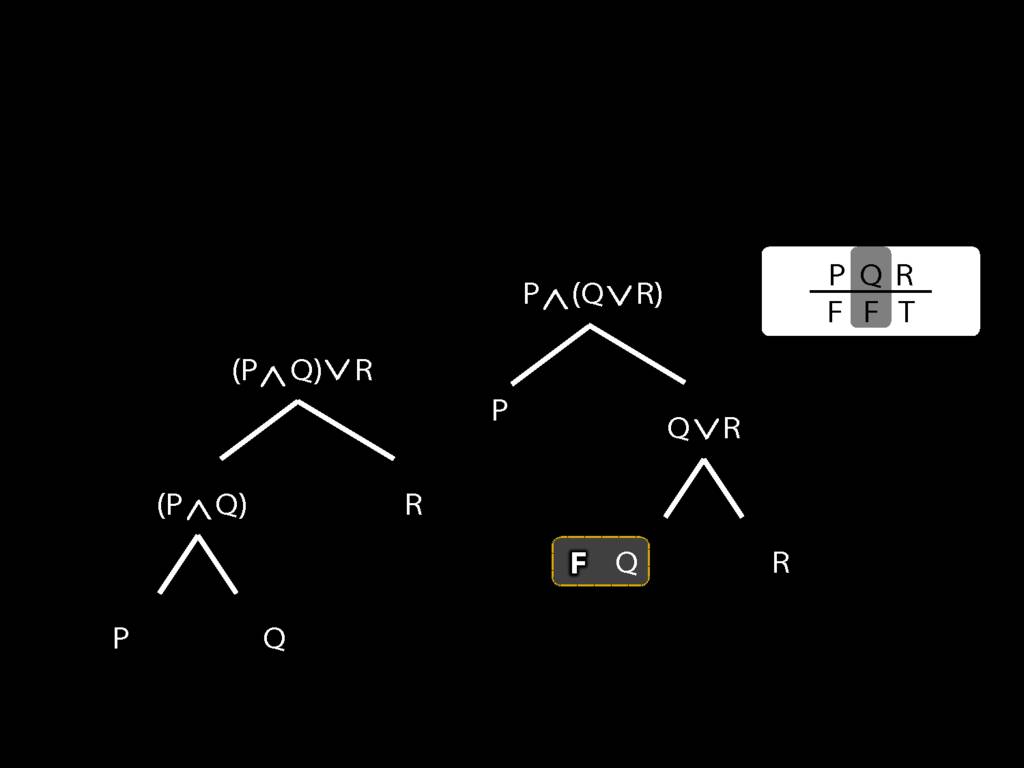
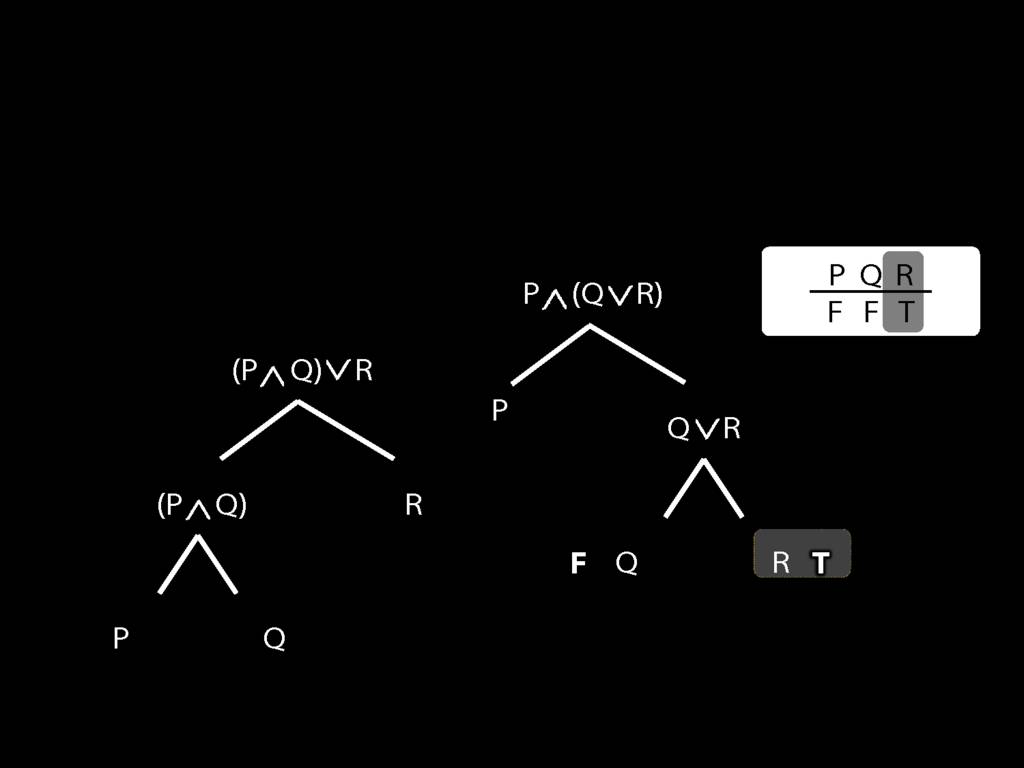
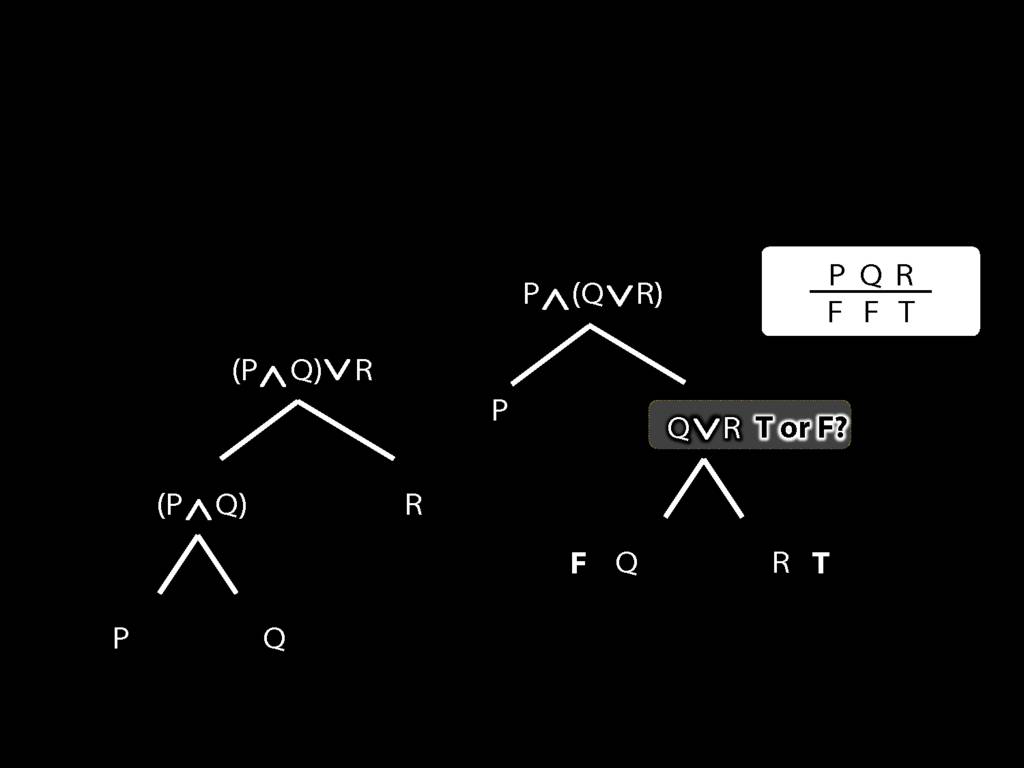
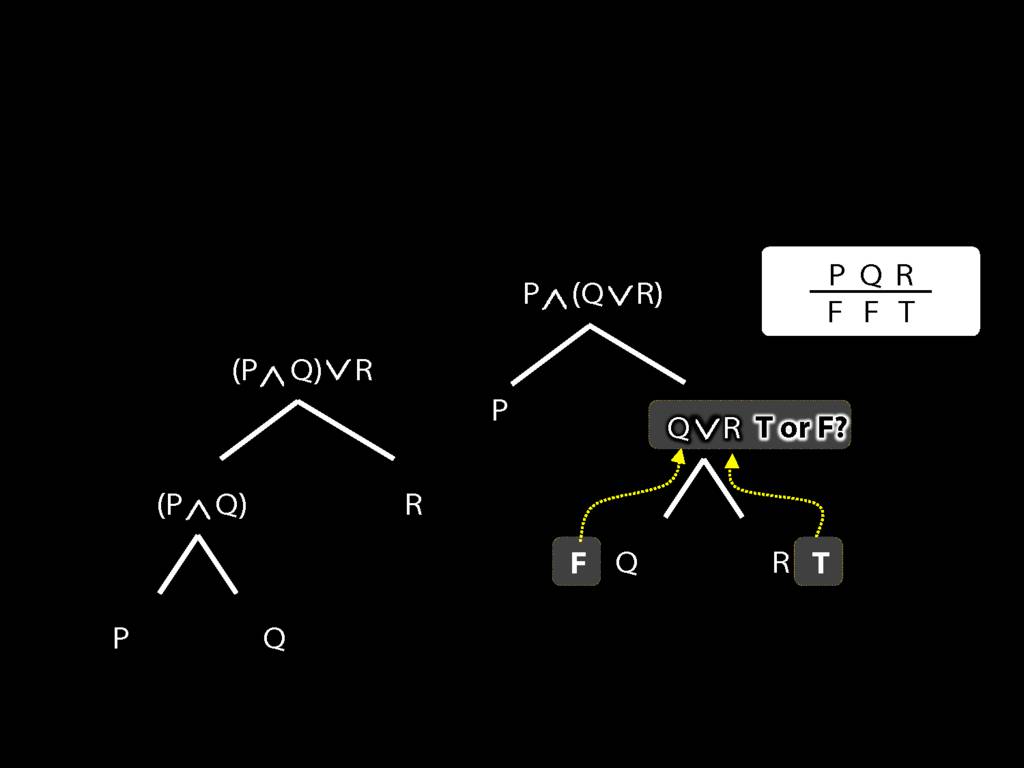
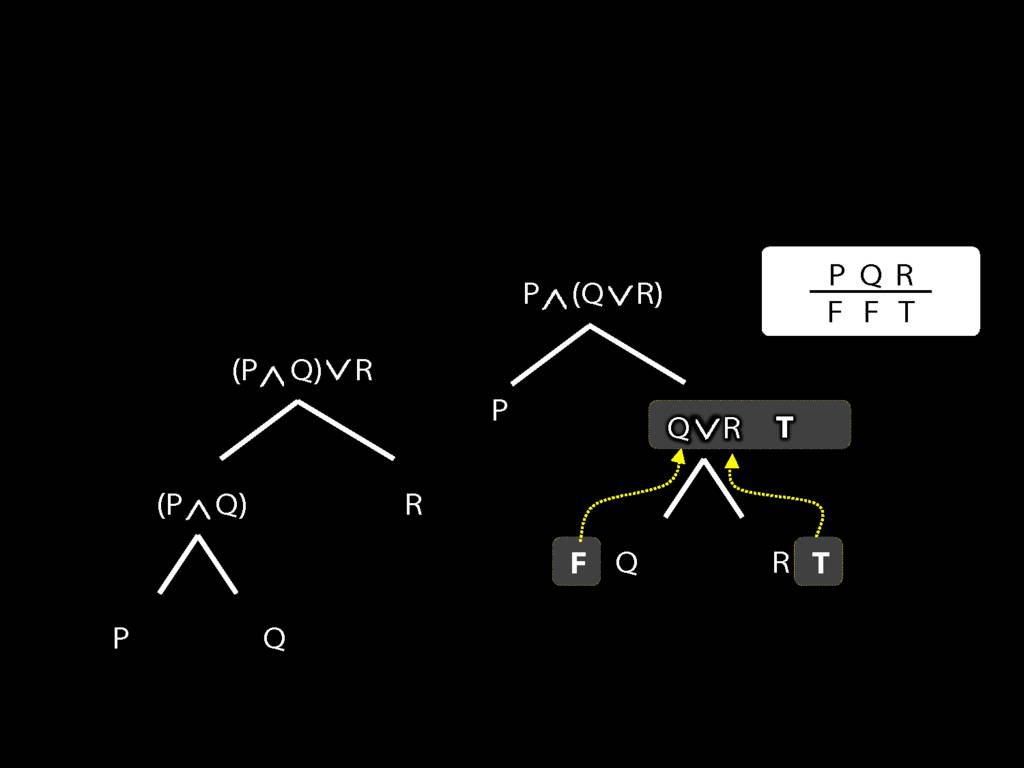
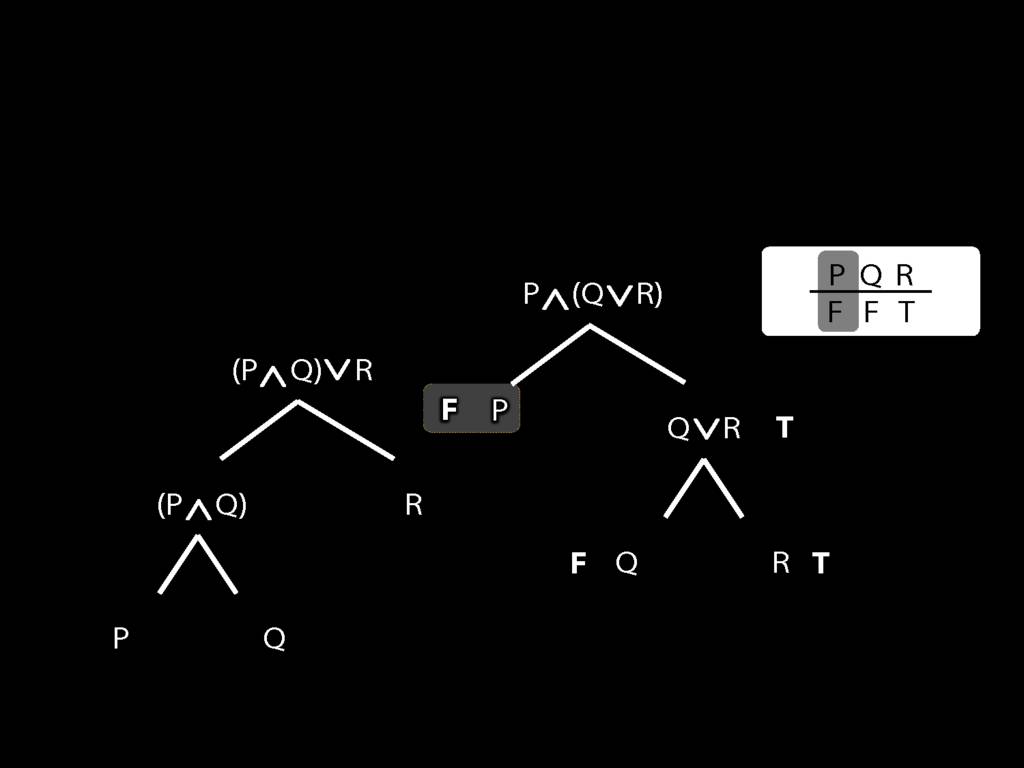

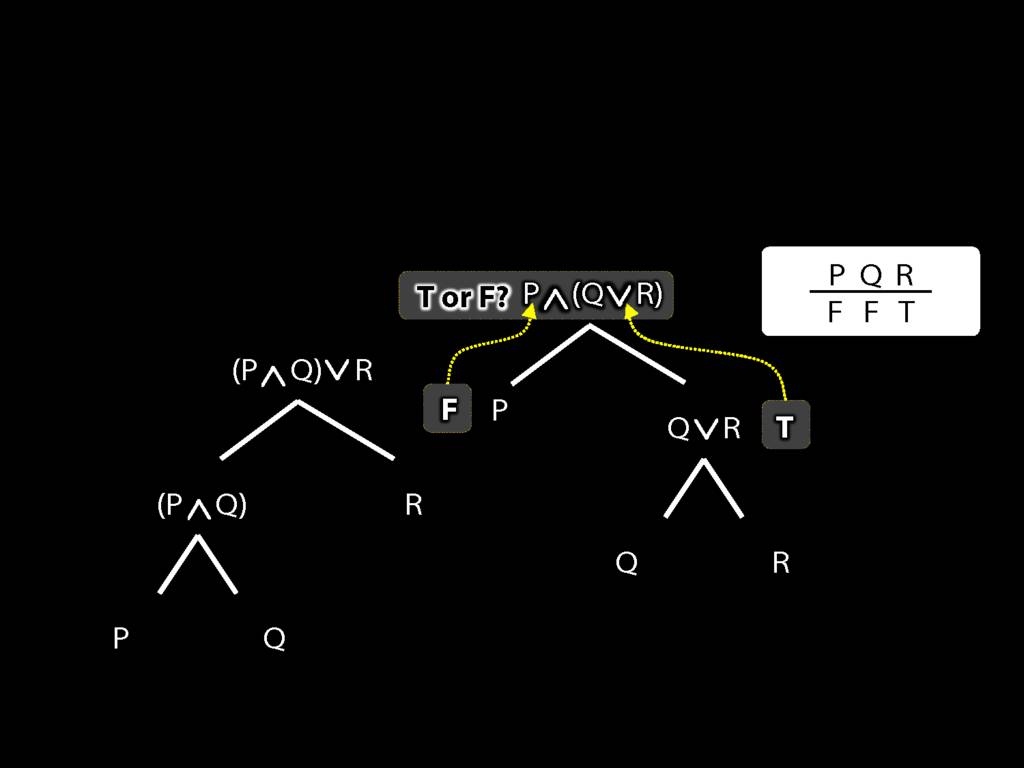
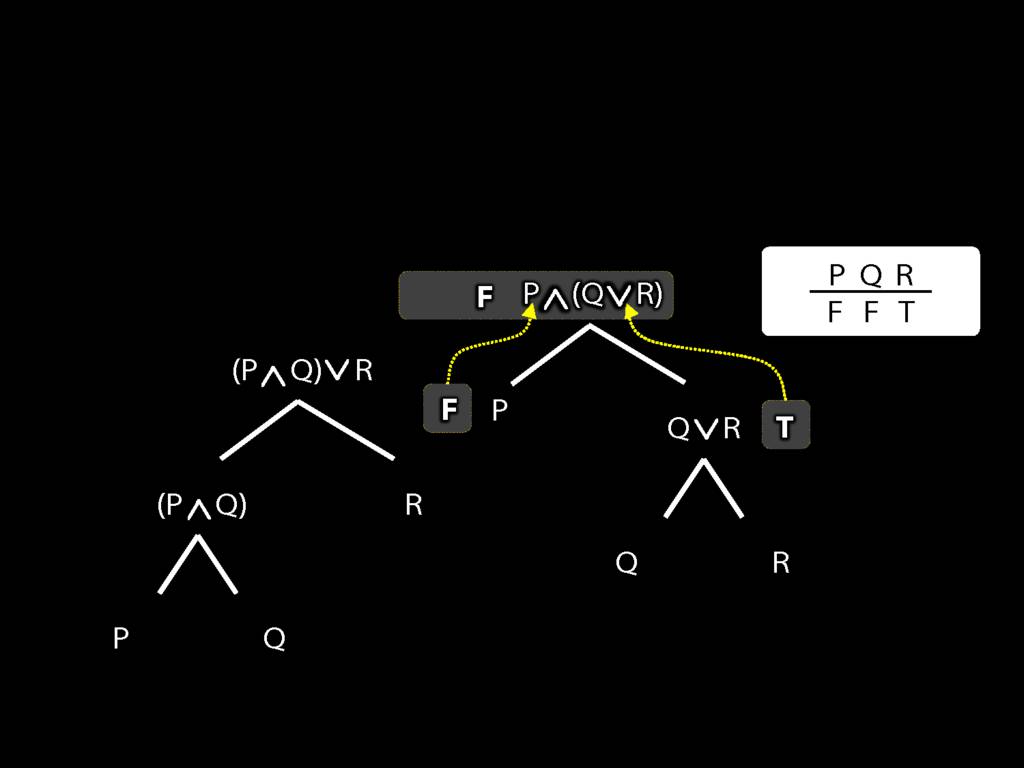
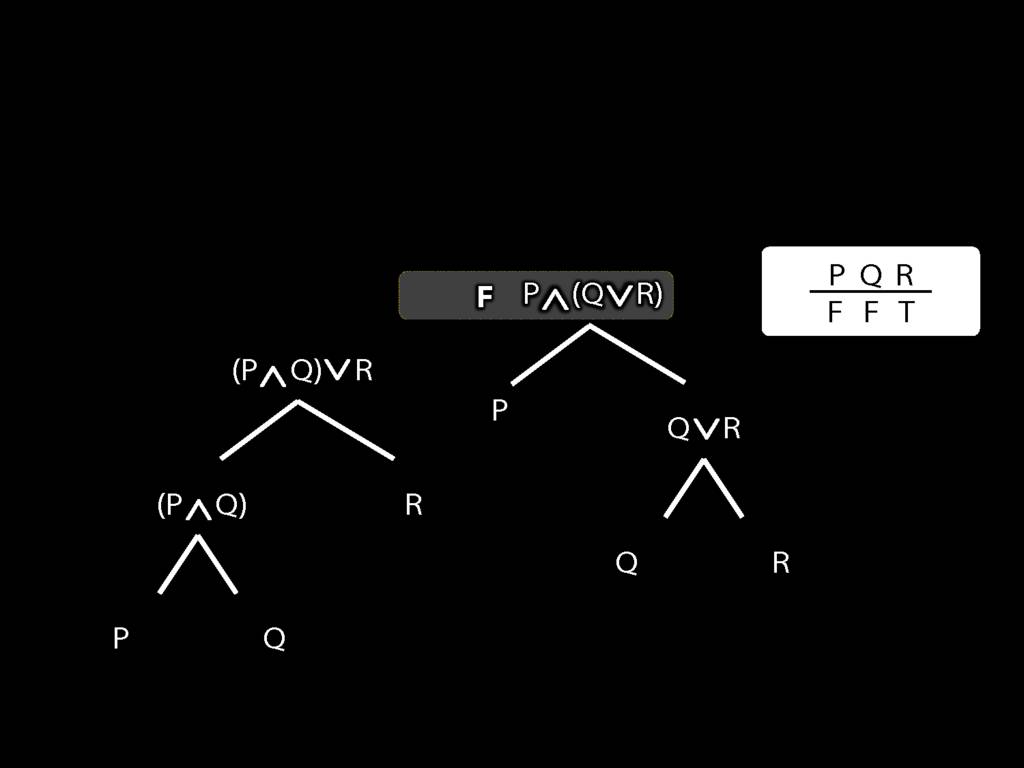
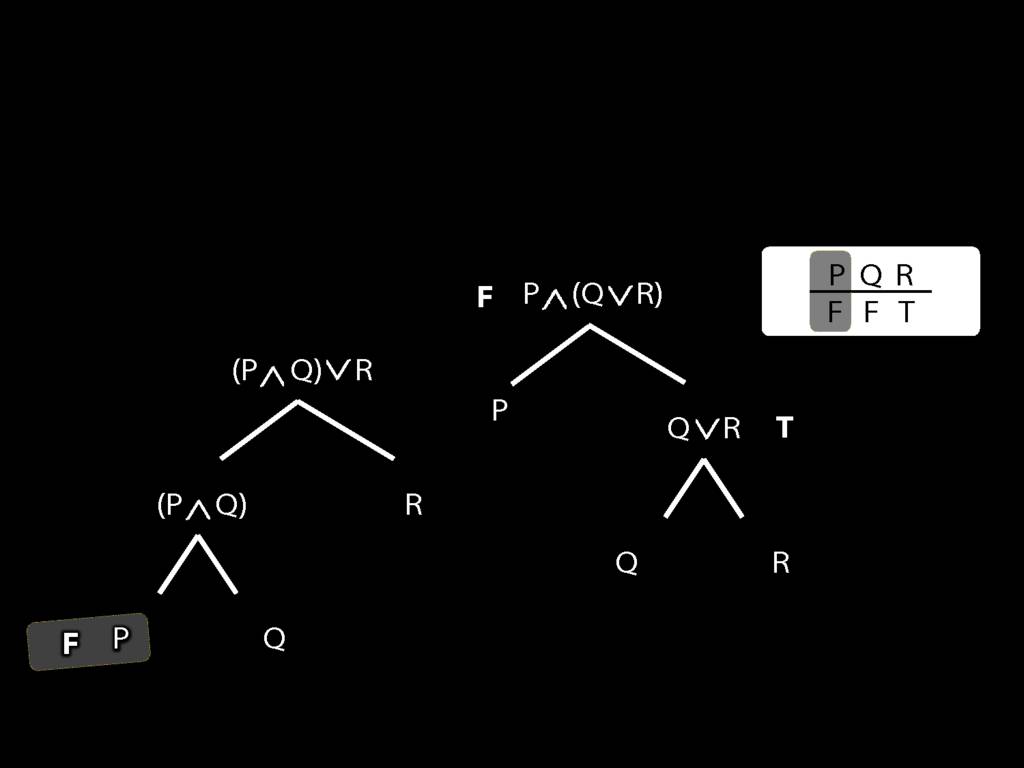
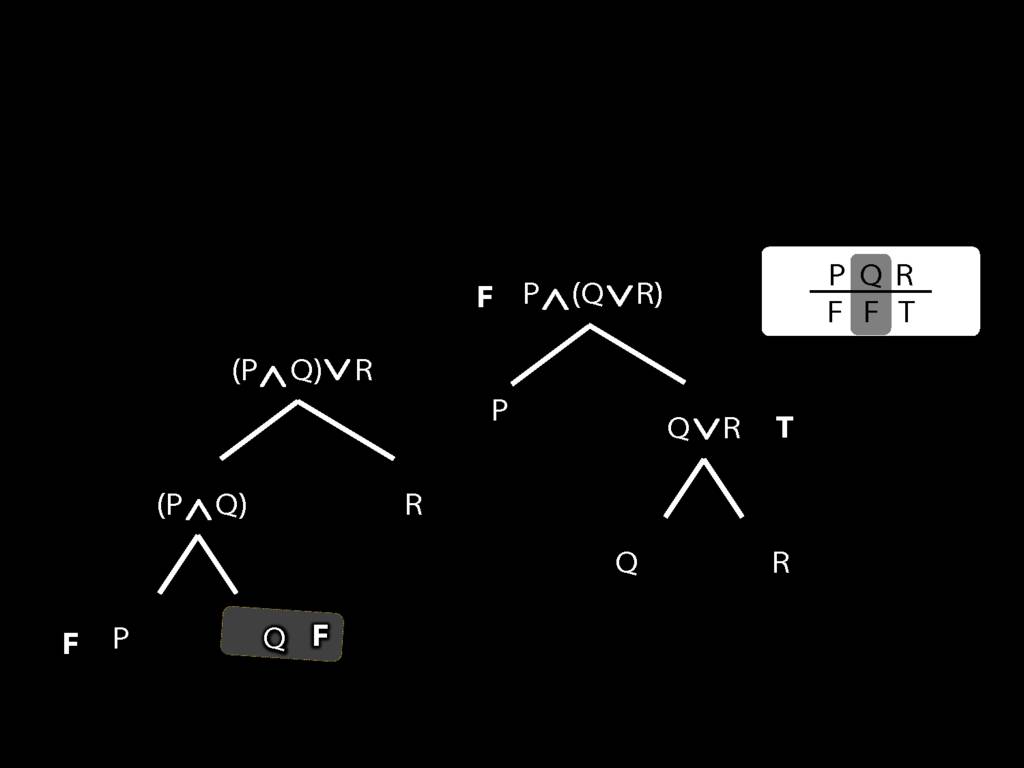
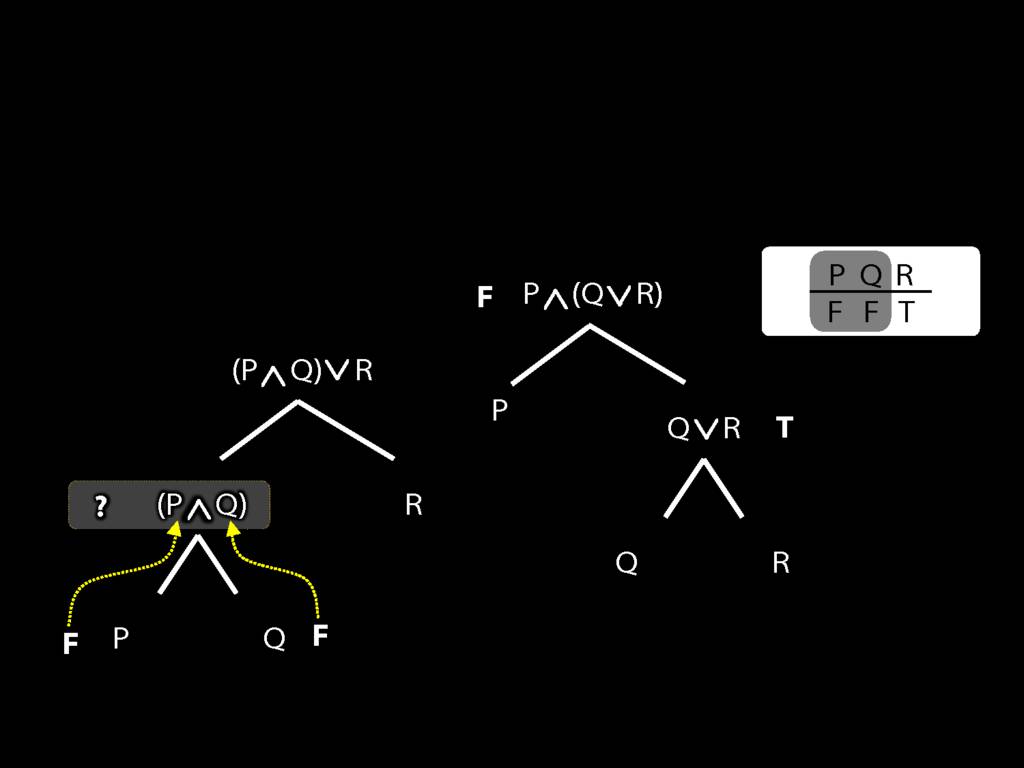
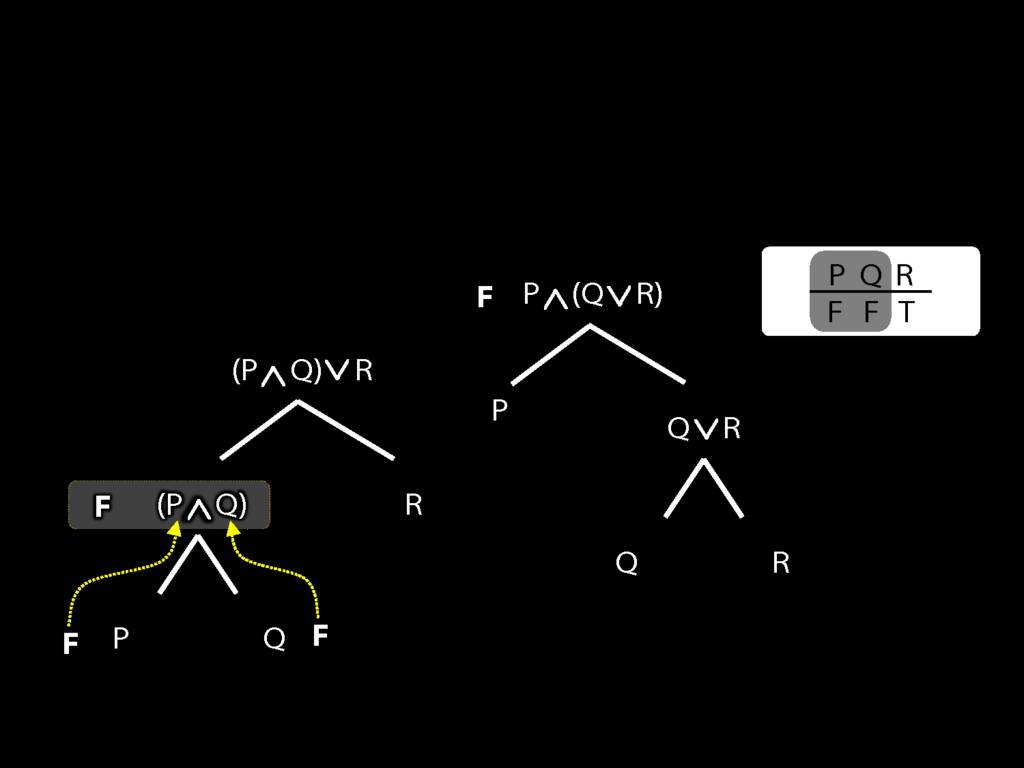
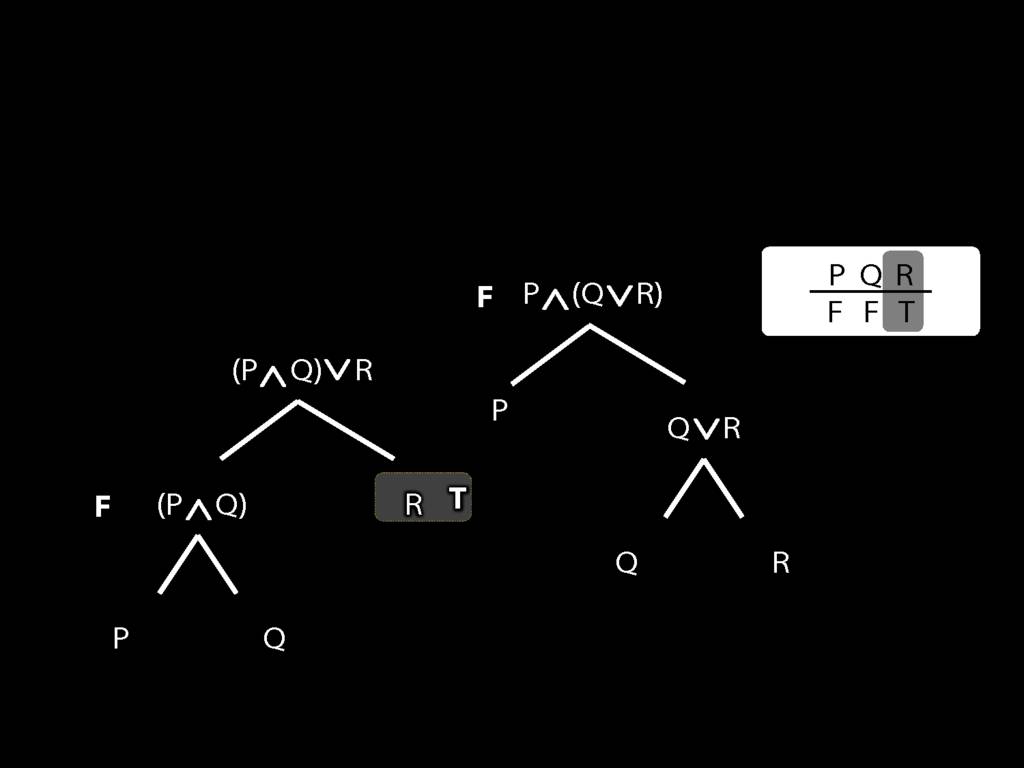
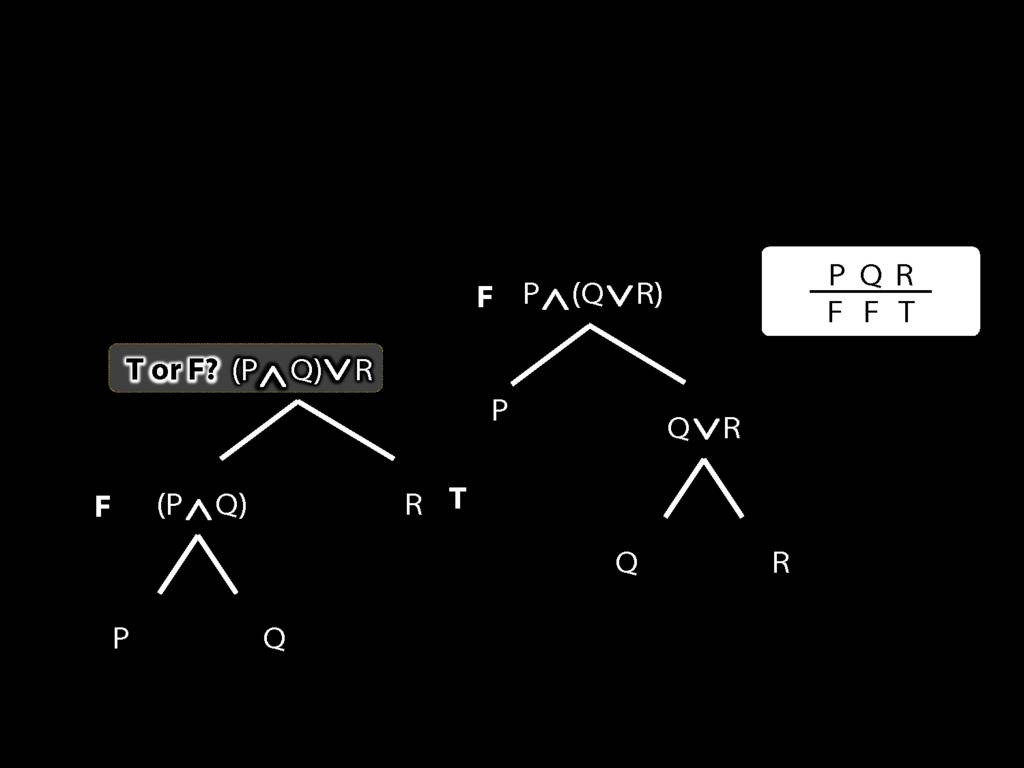
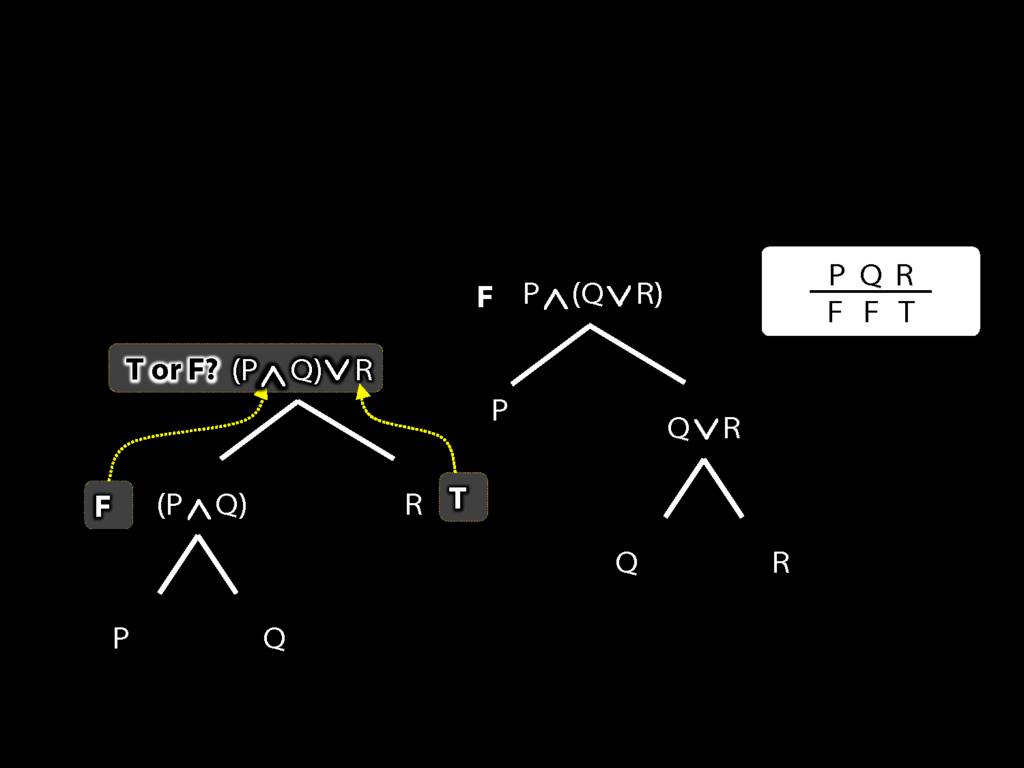
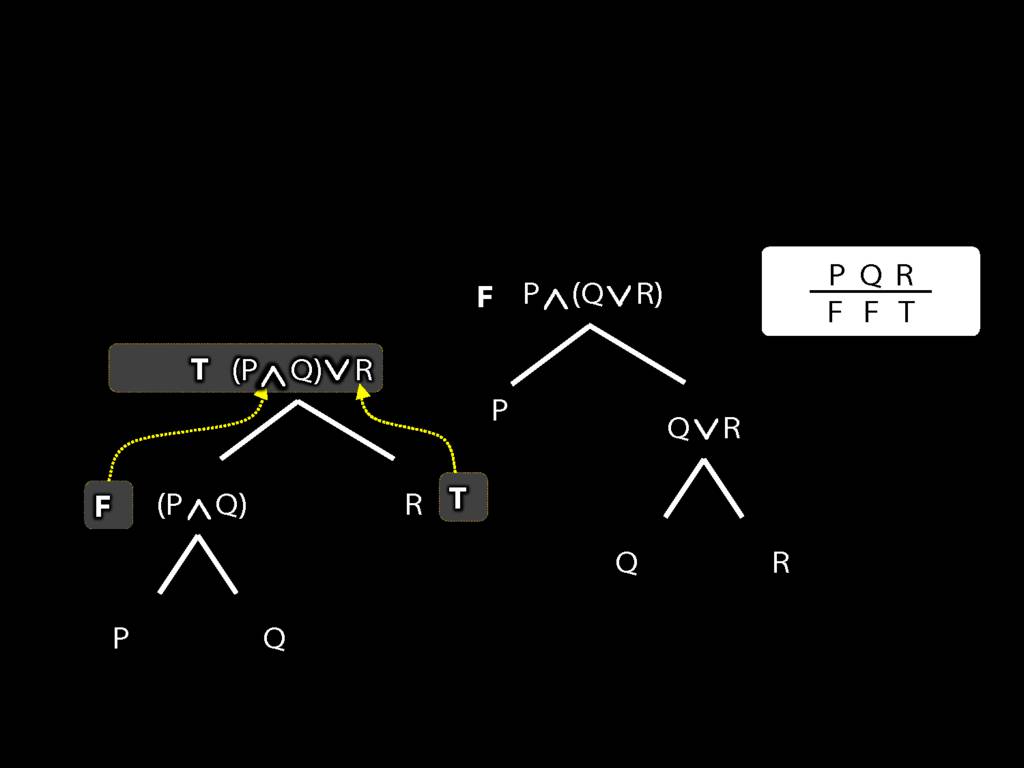
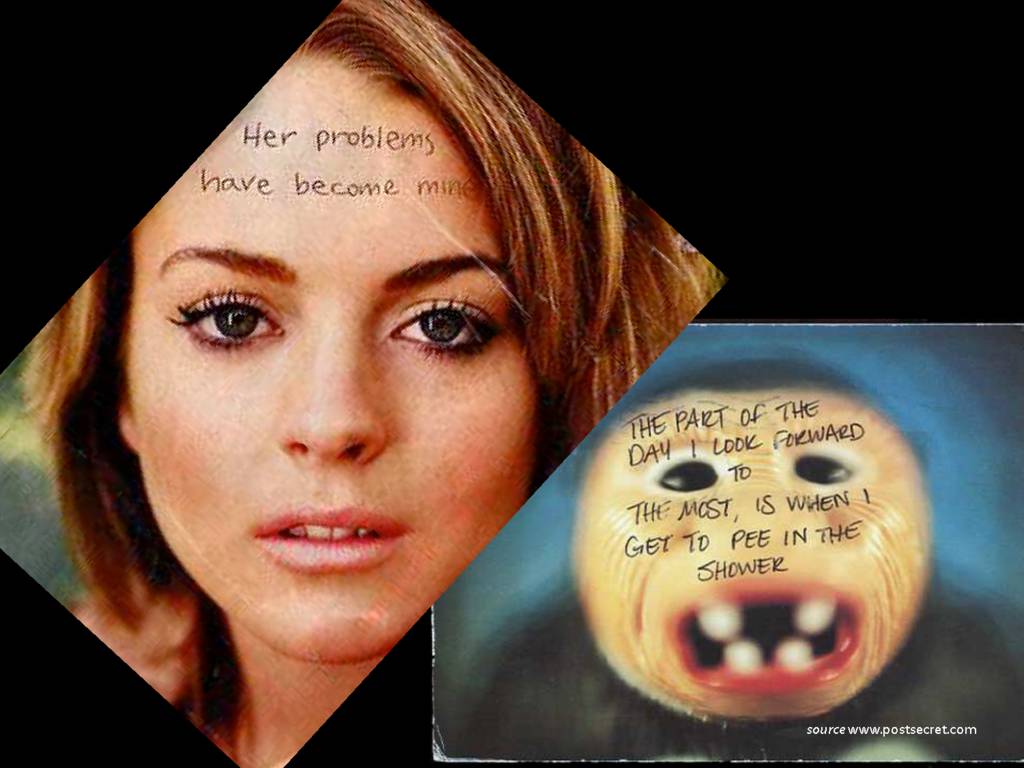
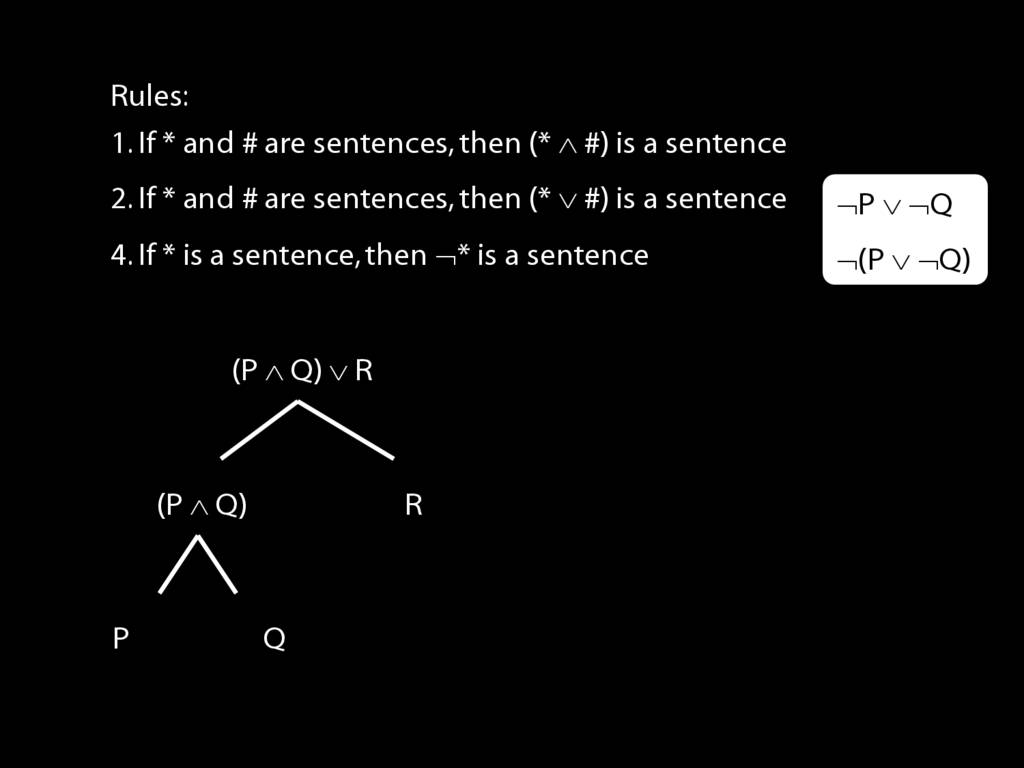

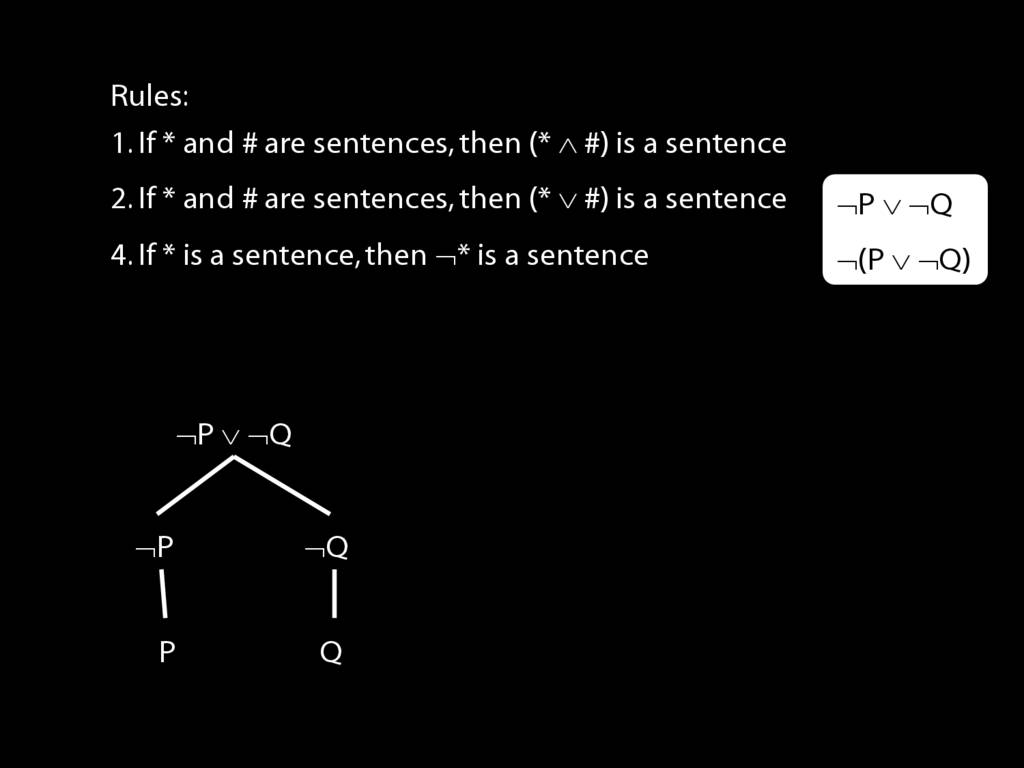
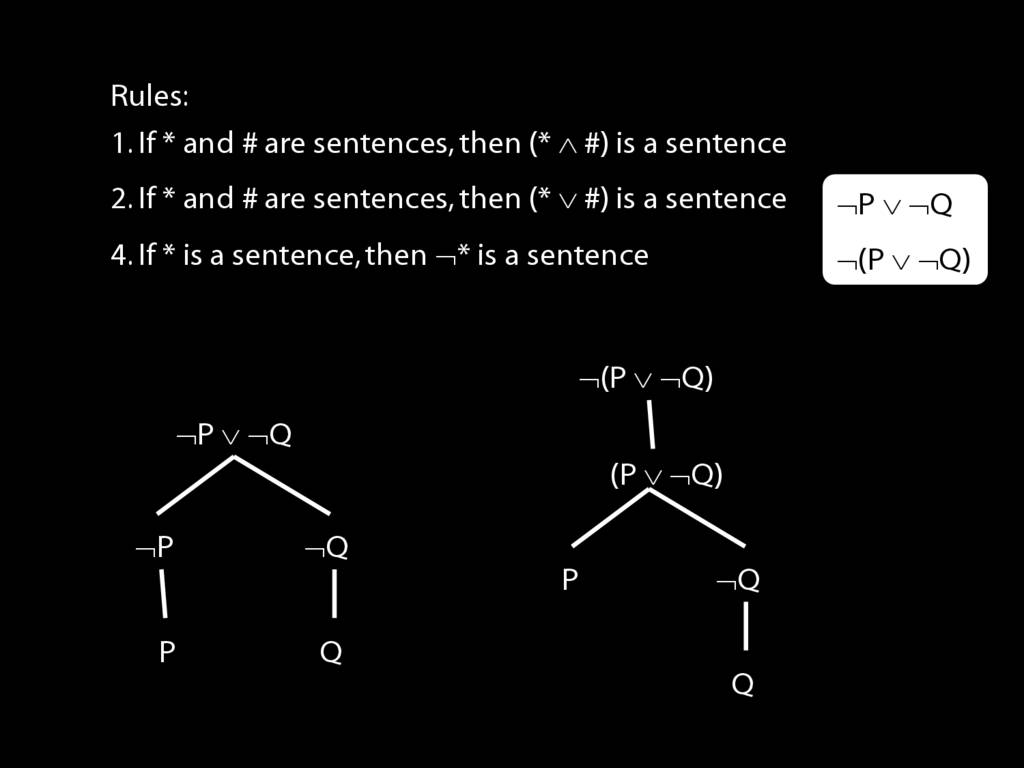
feedback
‘The lectures are really helpful and engaging, however it is quite difficult to write down all the important points during the lectures so it would be really helpful if the powerpoints from the lectures and maybe even audio recordings could be made available to students.’
Logic Support
Fridays, 4-6pm in S0.13
8 hours

Scope
\section{Scope: A Mistaken Application of ¬Elim}
\section{Scope: A Mistaken Application of ¬Elim}

What is wrong with this proof?







6.8
\section{Scope}
\emph{Reading:} §3.5
\section{Scope}
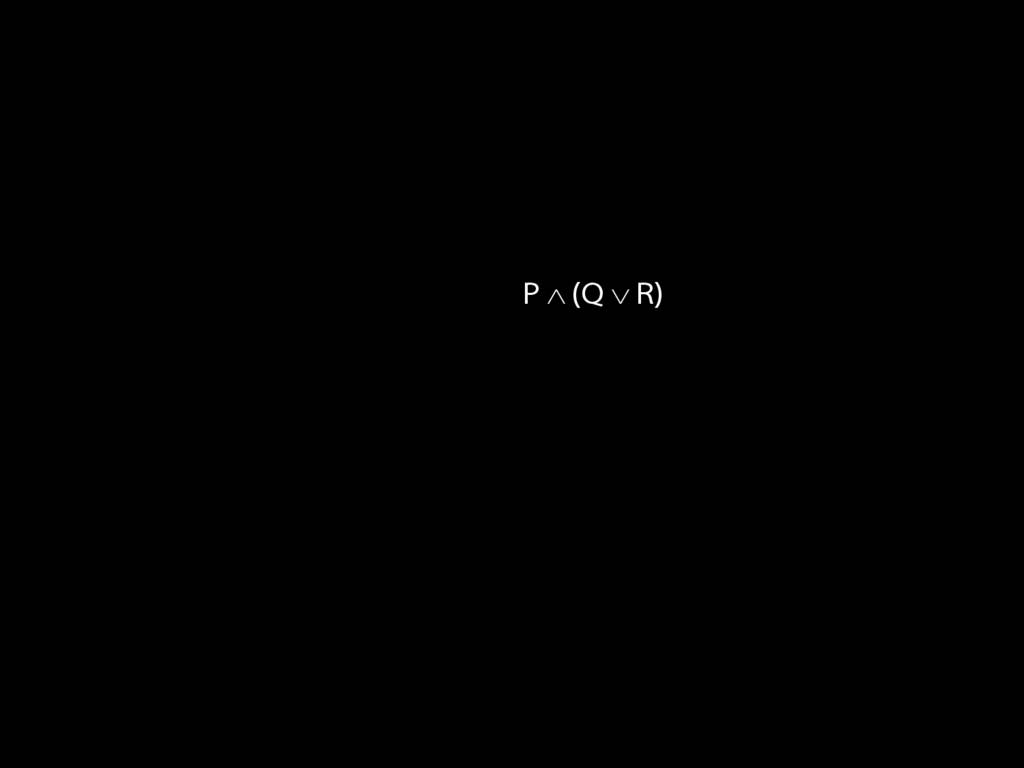
The \emph{scope} of a connective (token) is the sentence containing it lowest in the tree.
The connective with \emph{widest scope} is the one whose scope is the whole sentence.
A rule of proof can only be applied to the connective with widest scope.
When we do truth tables, the order we do the columns in is determined by scope.
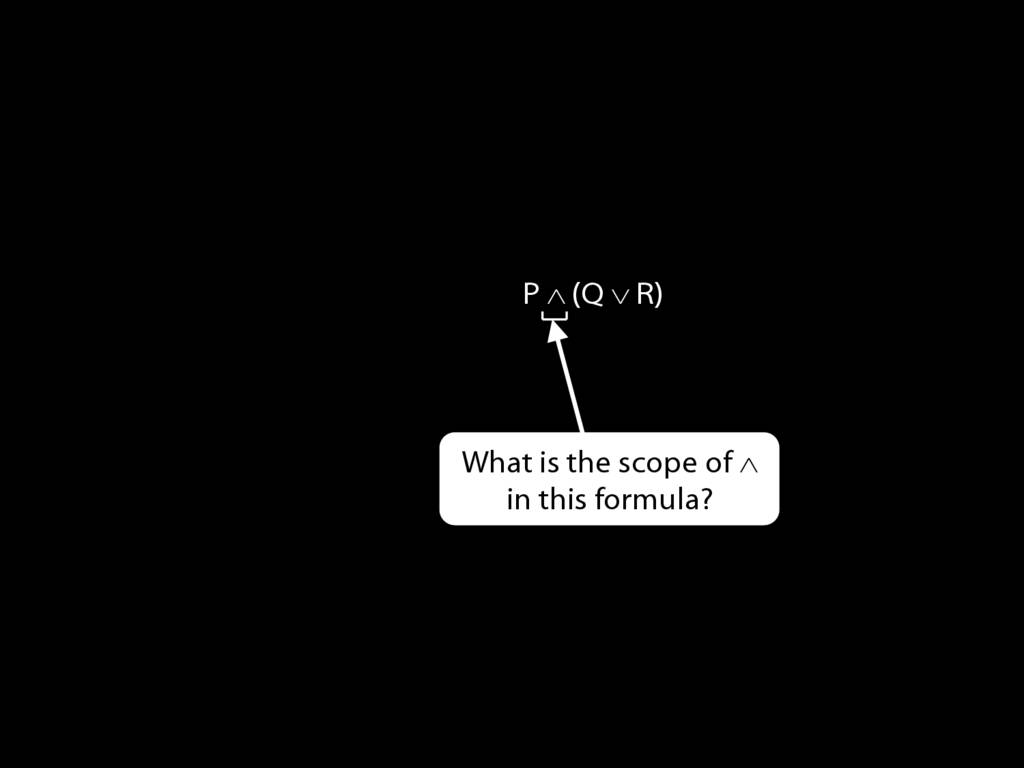
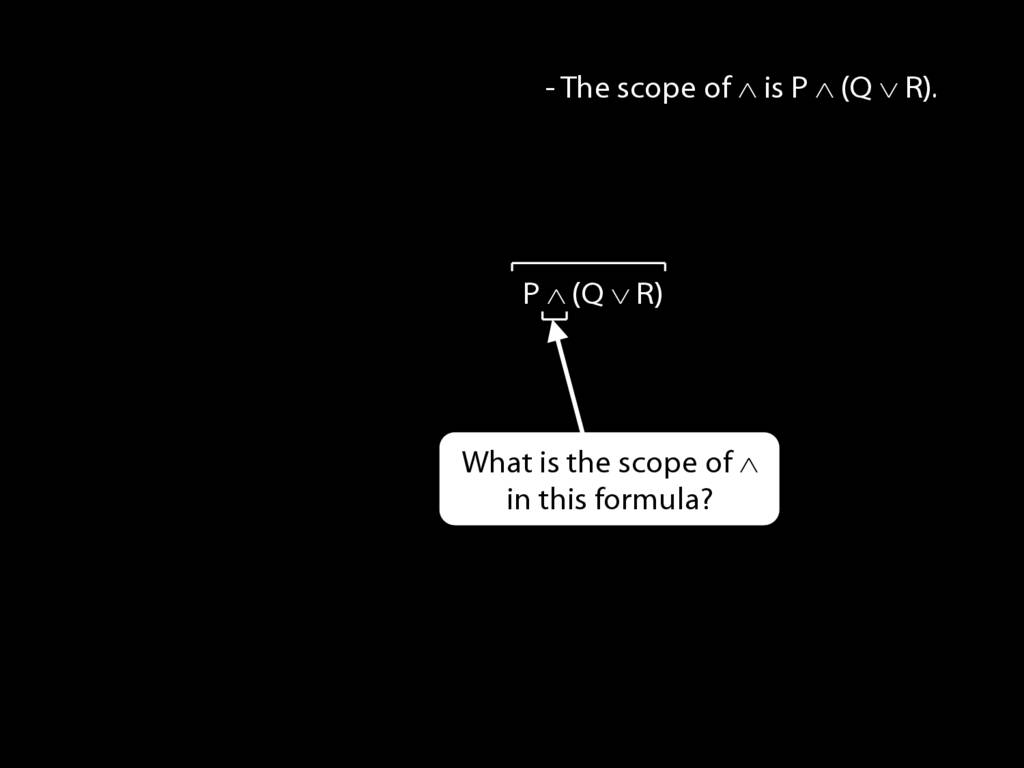
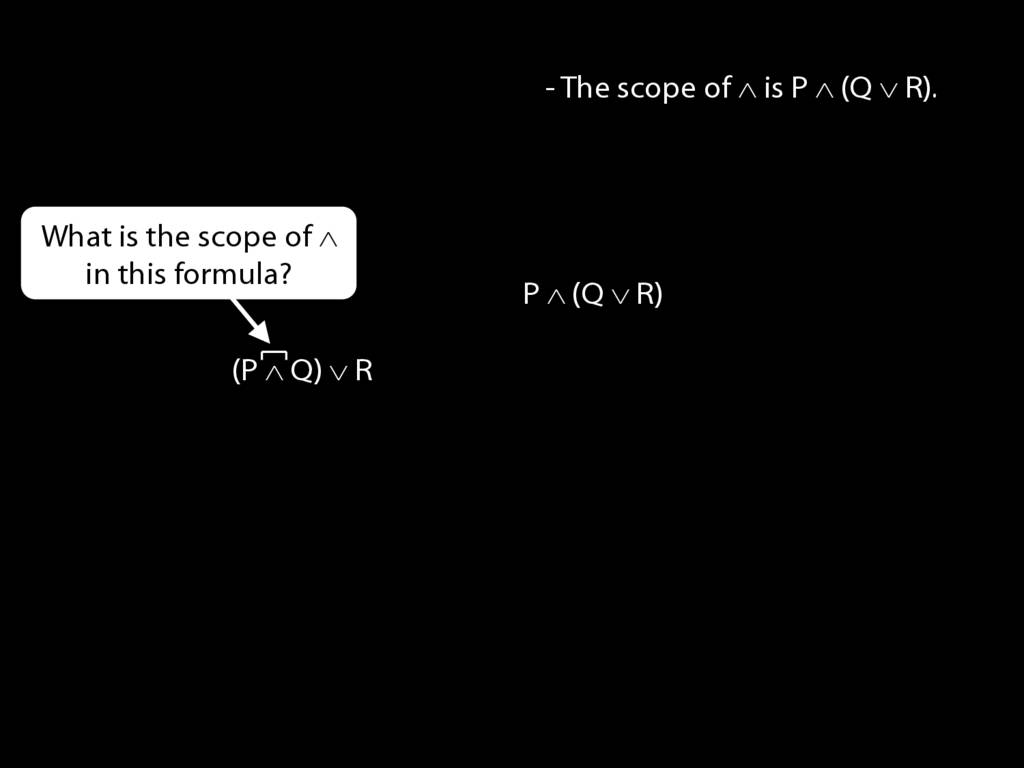
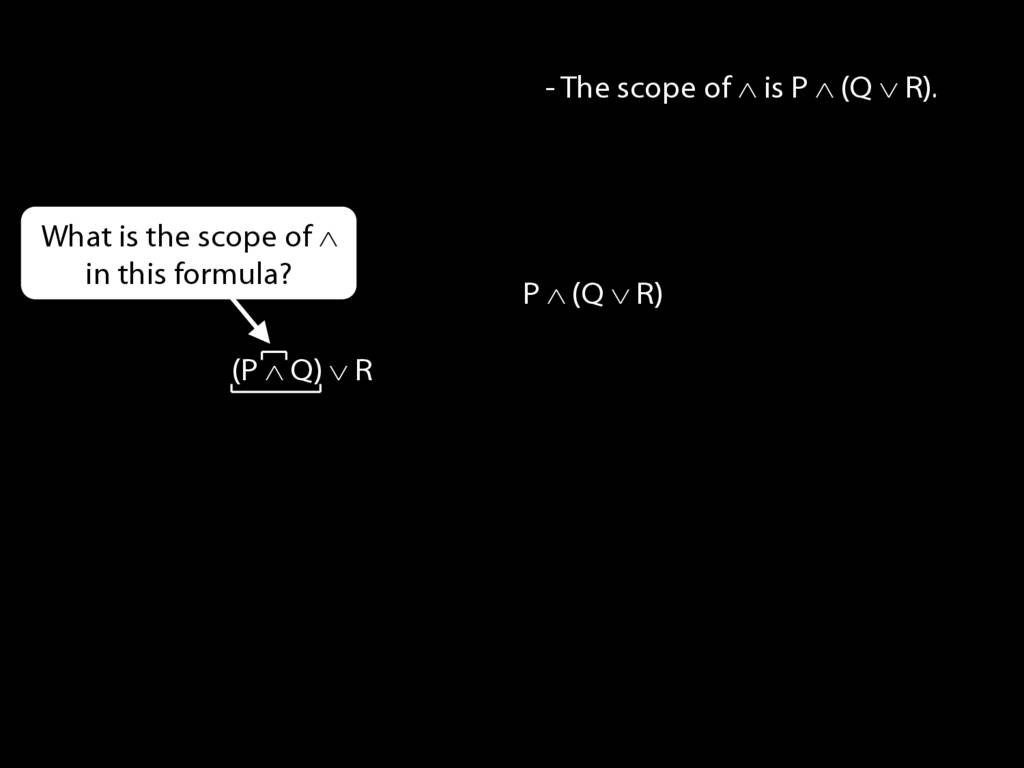
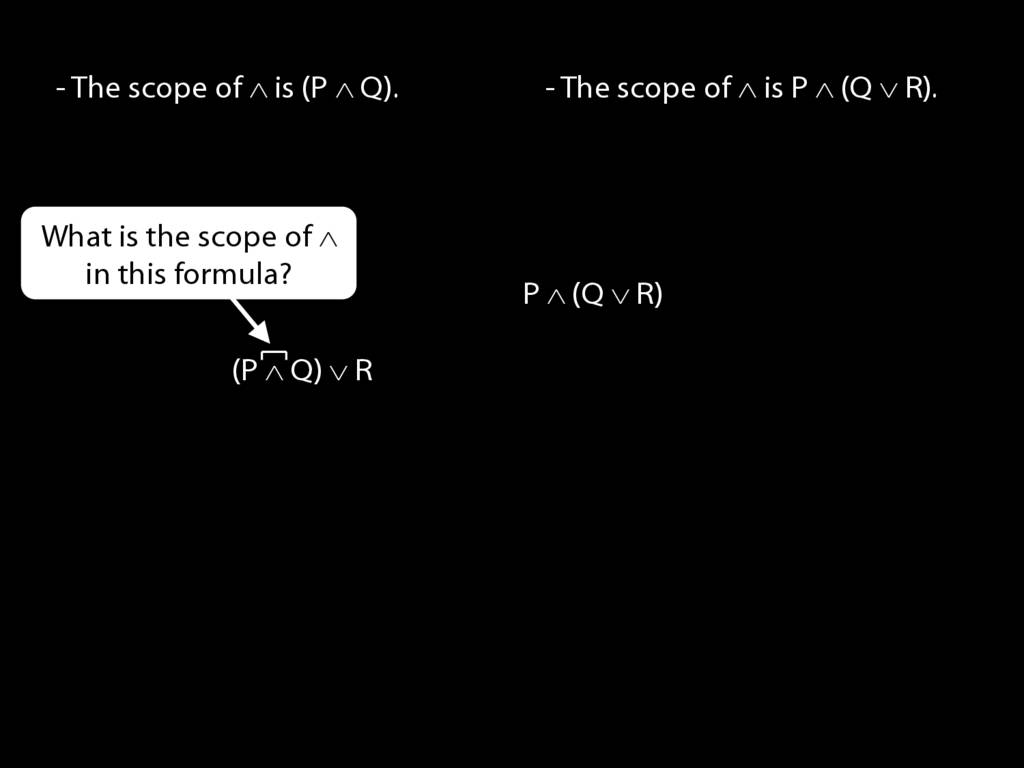
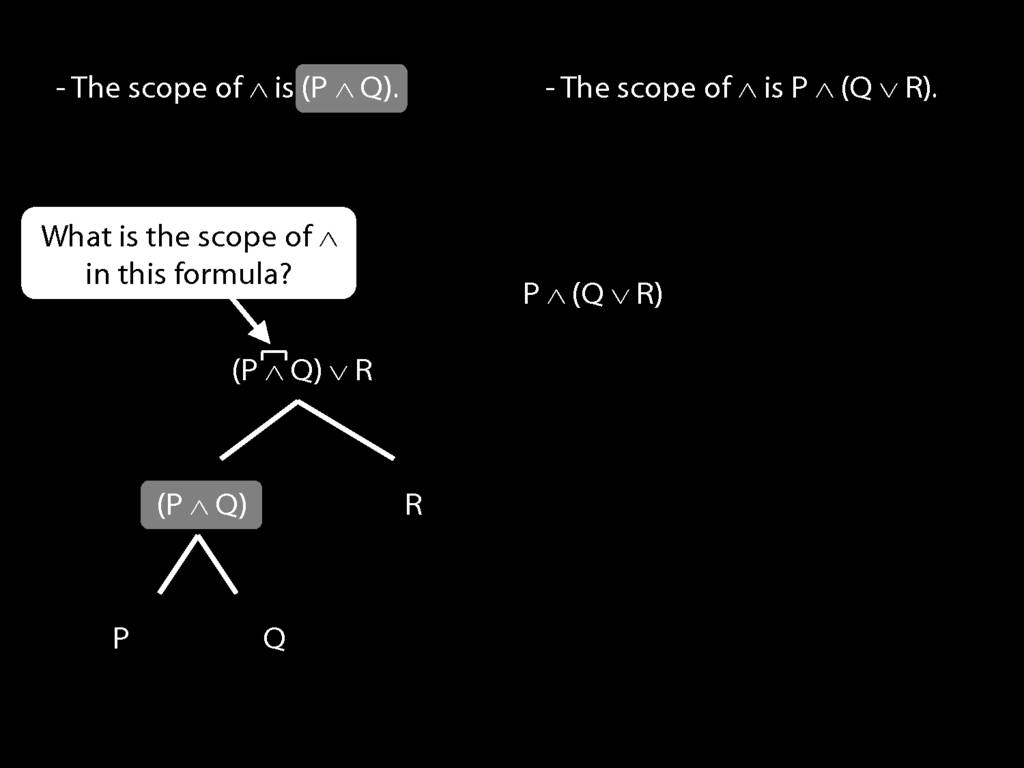
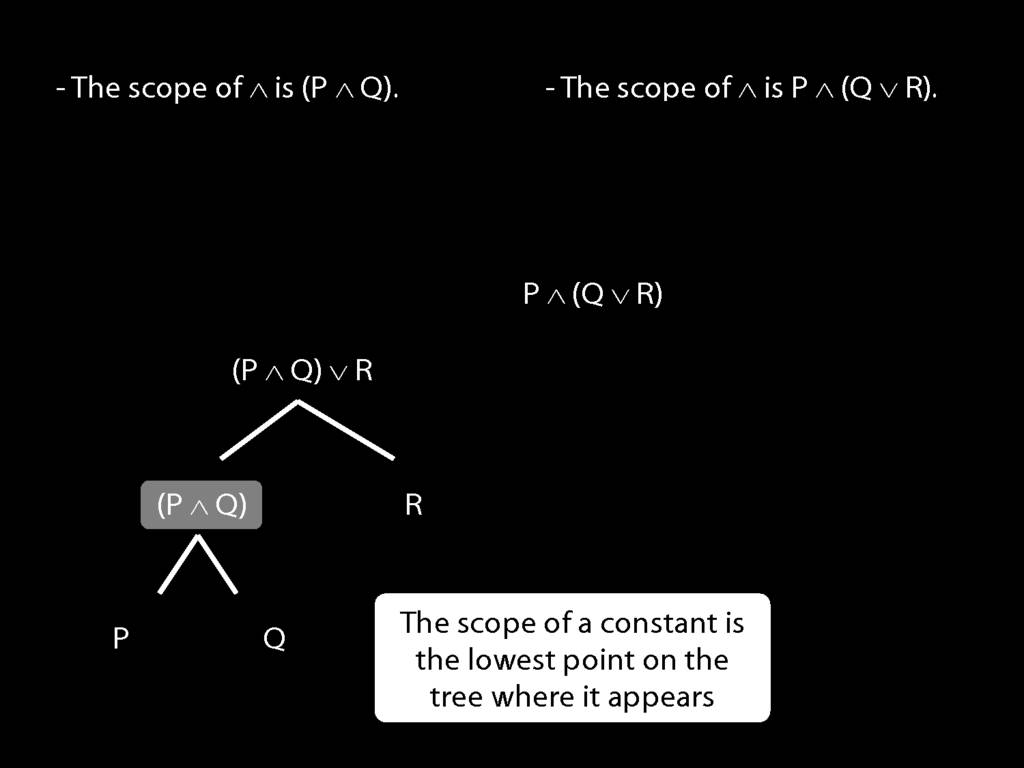
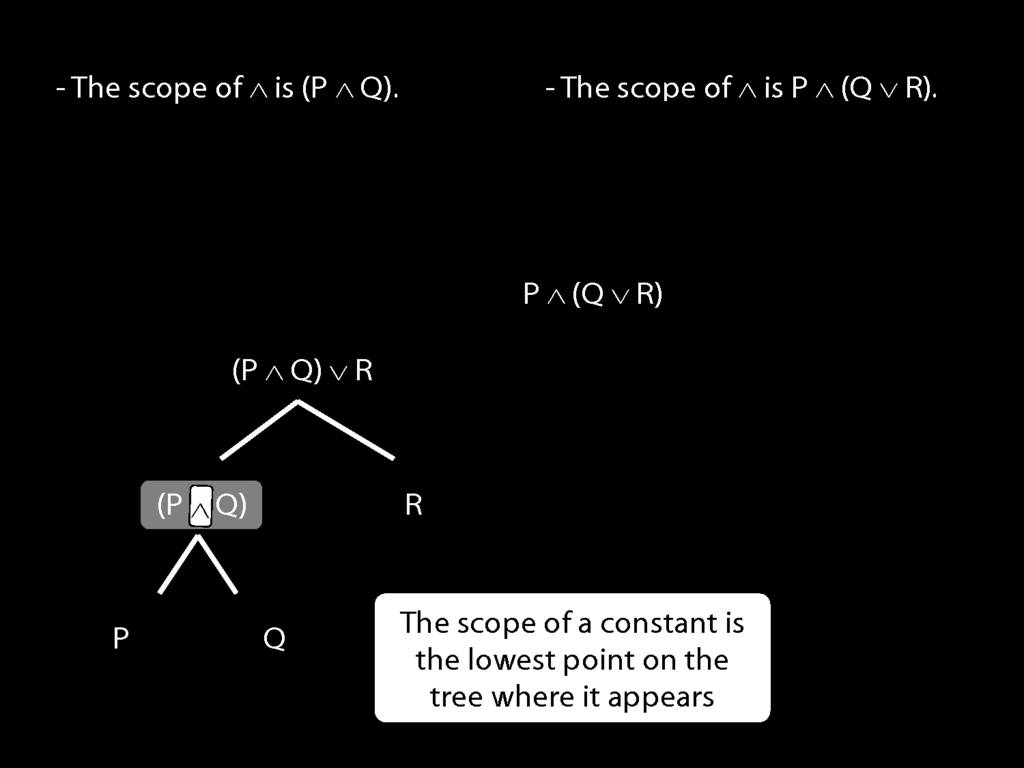
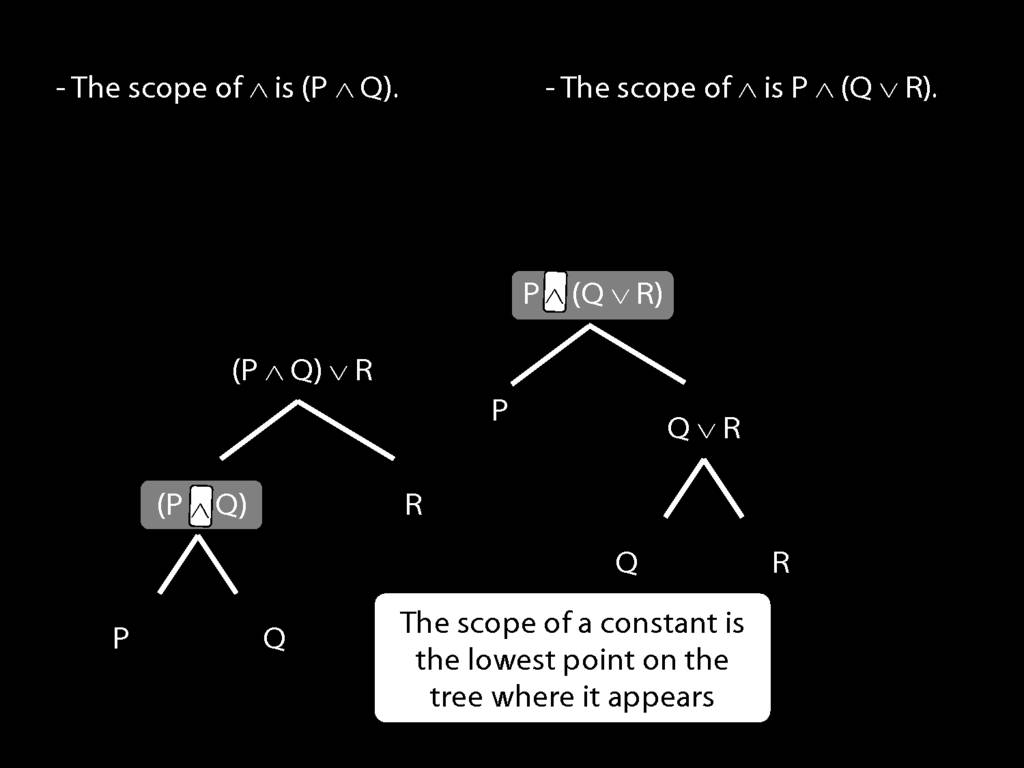
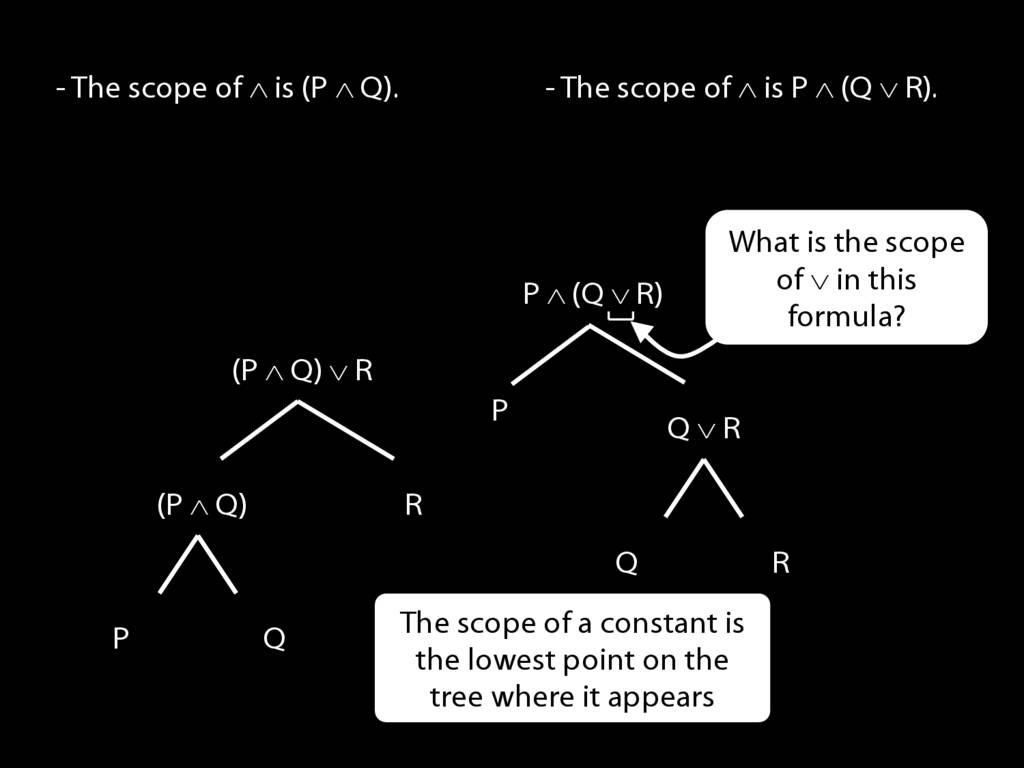
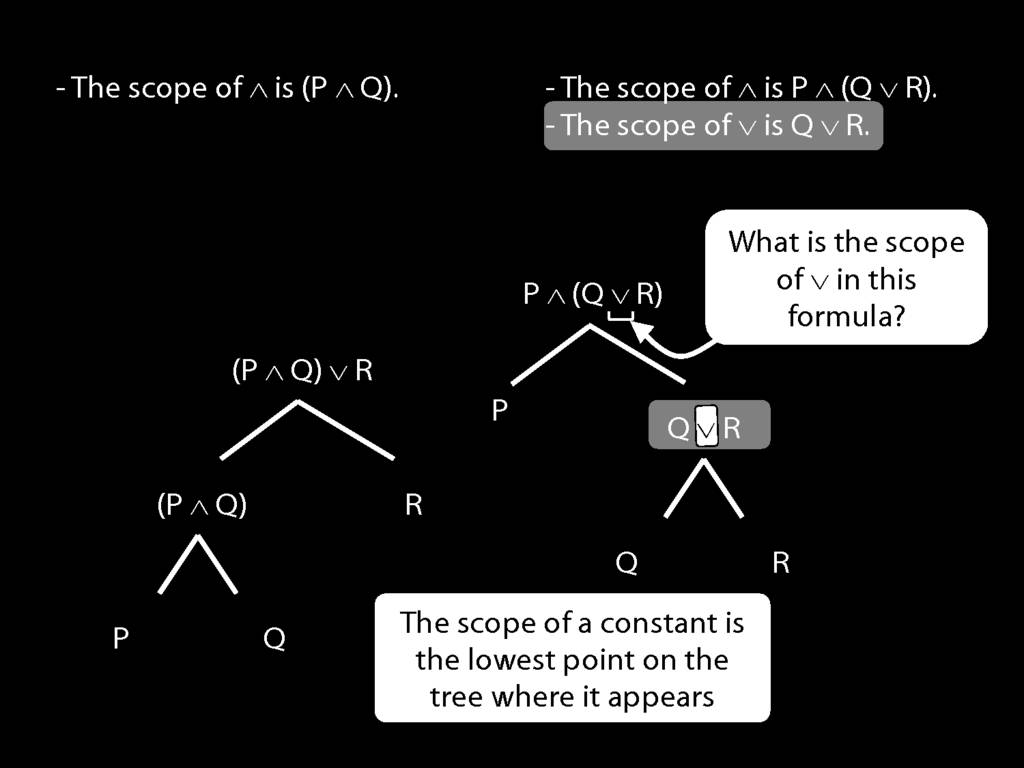

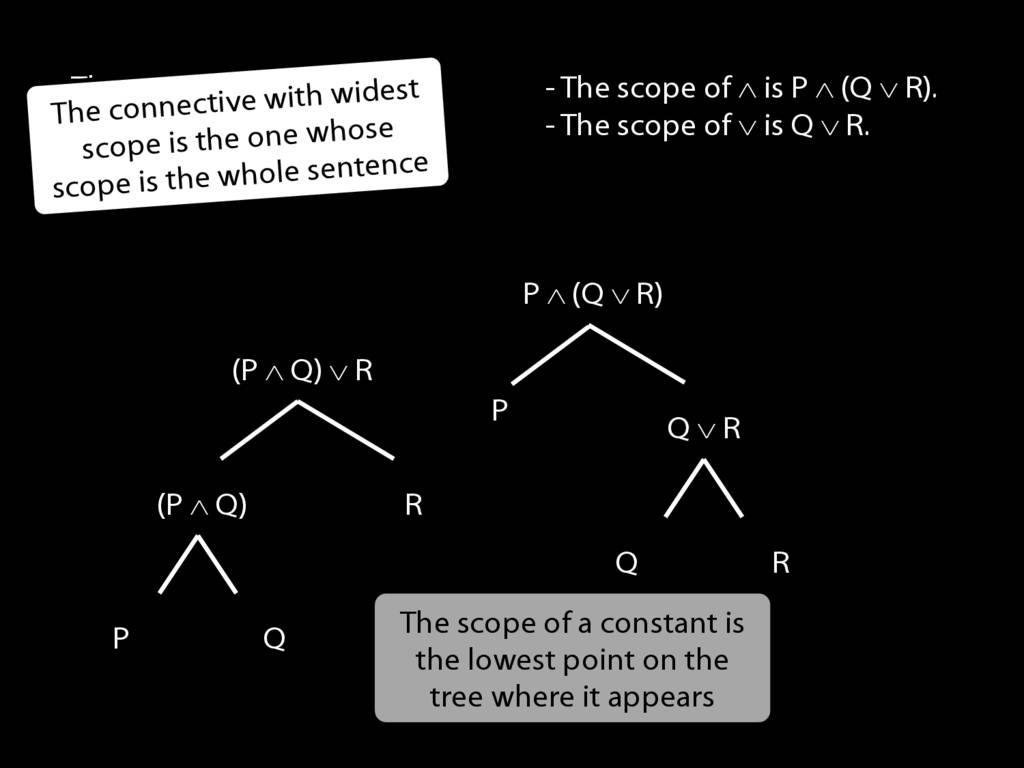
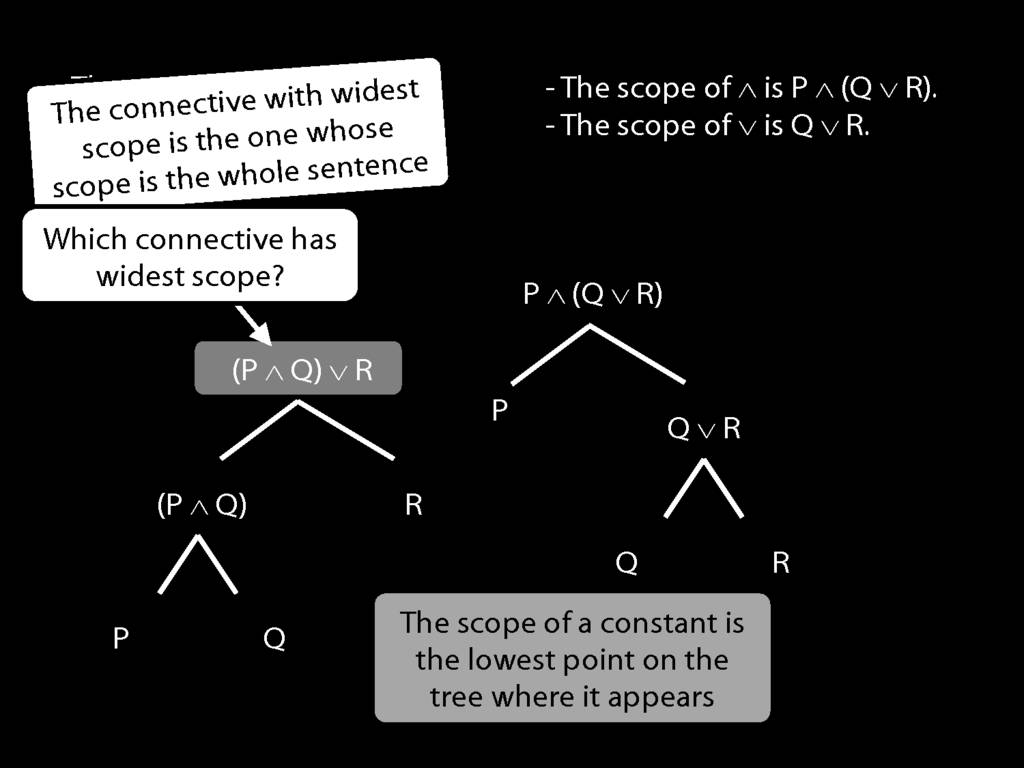

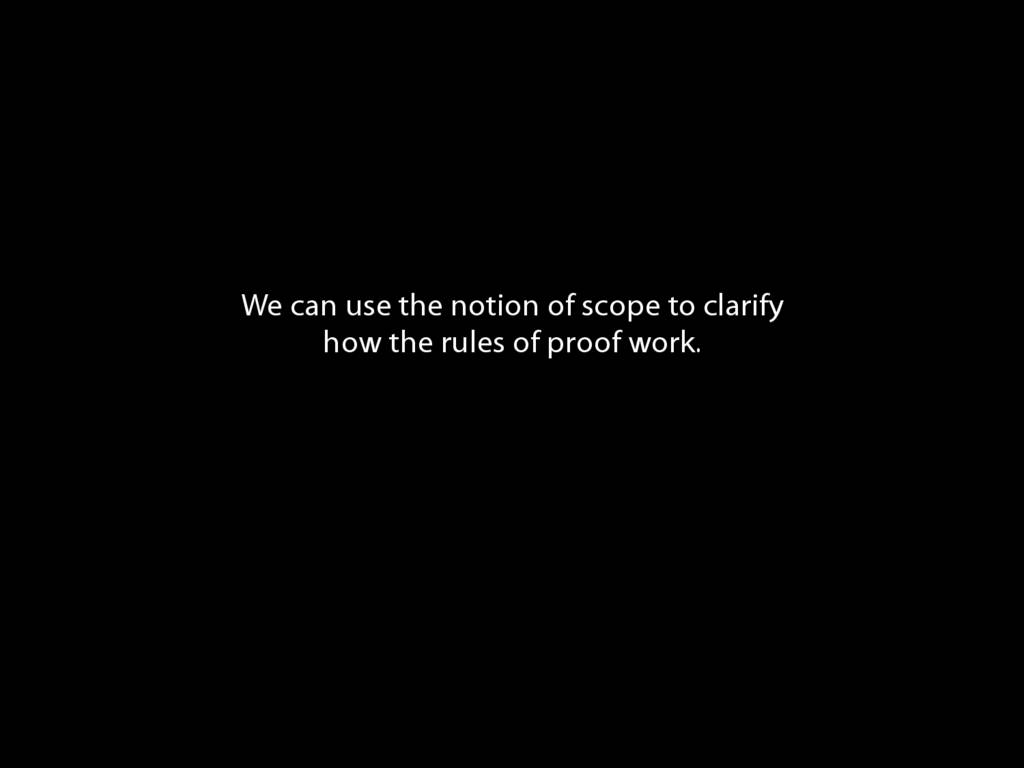
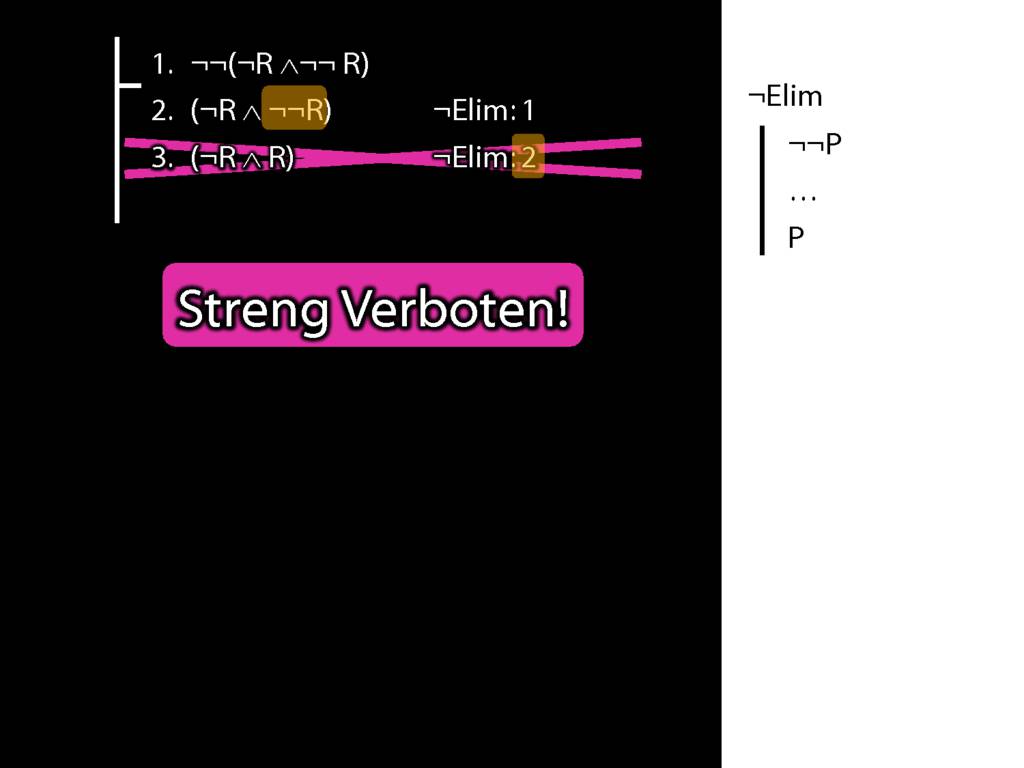
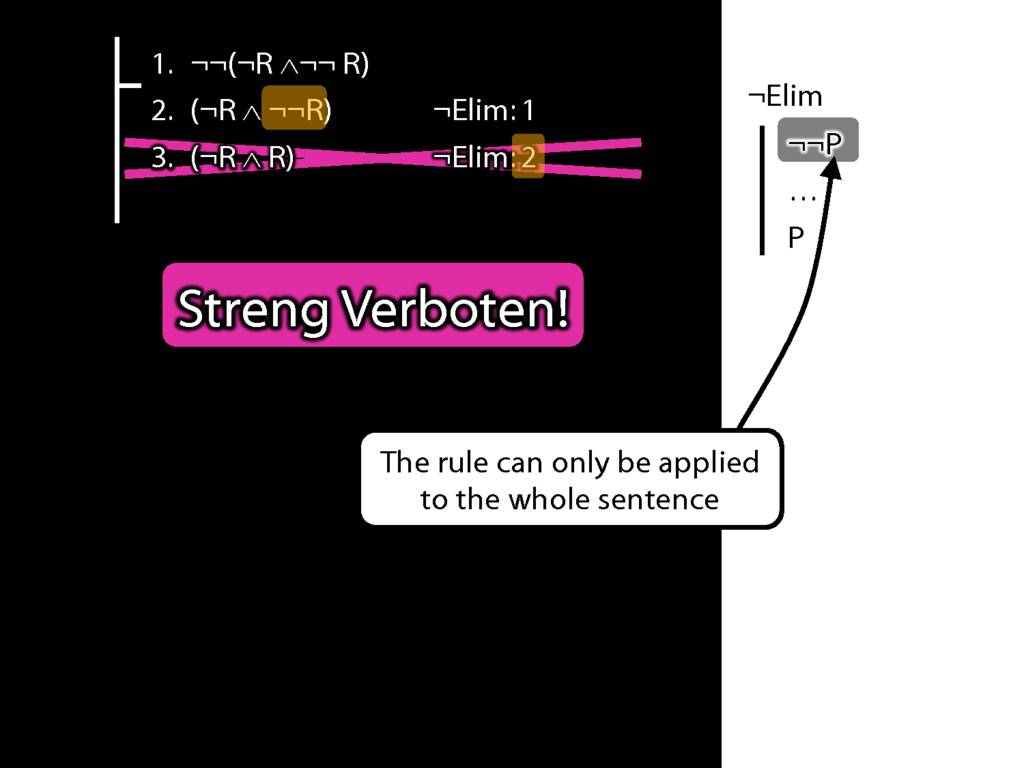
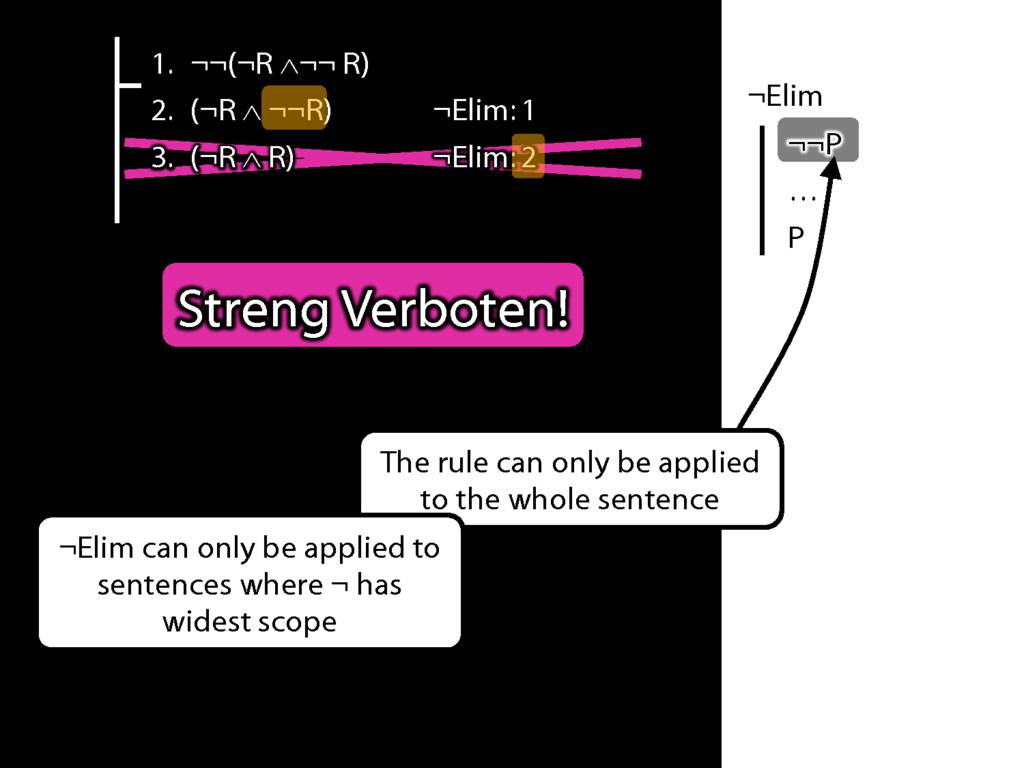
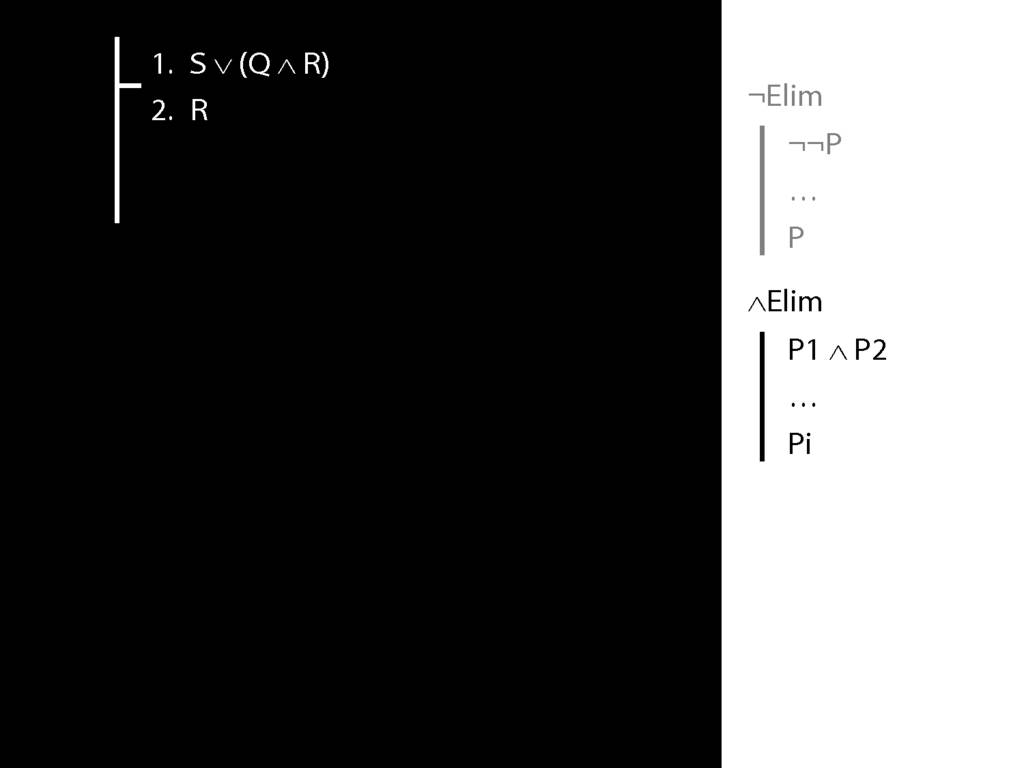
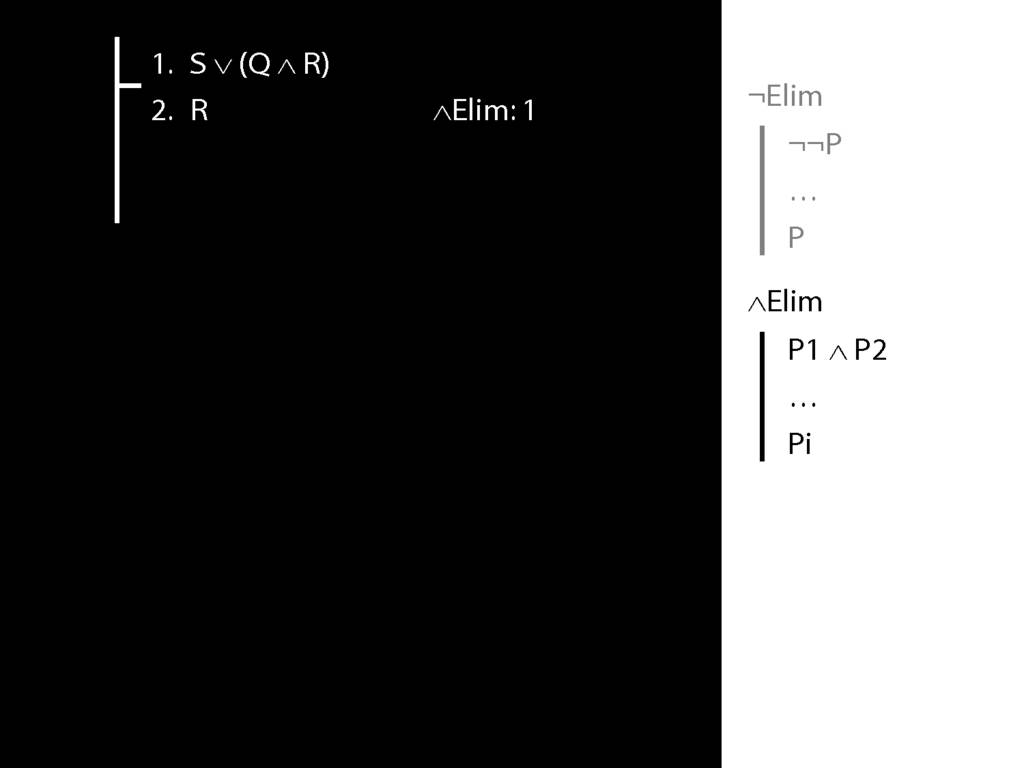
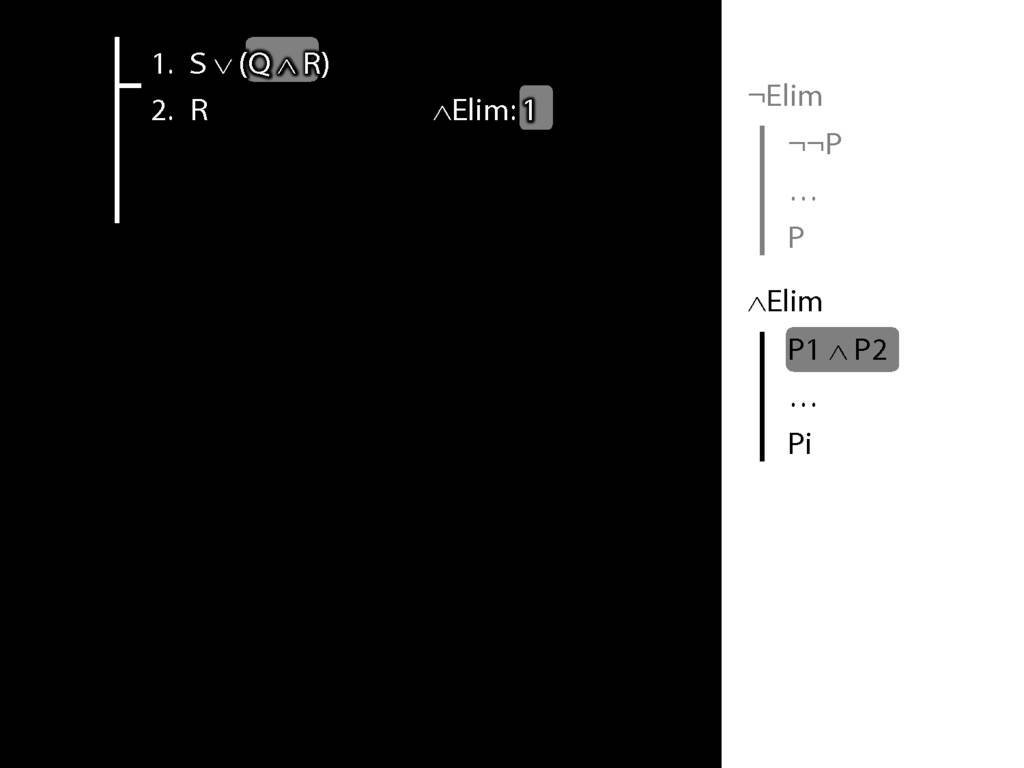
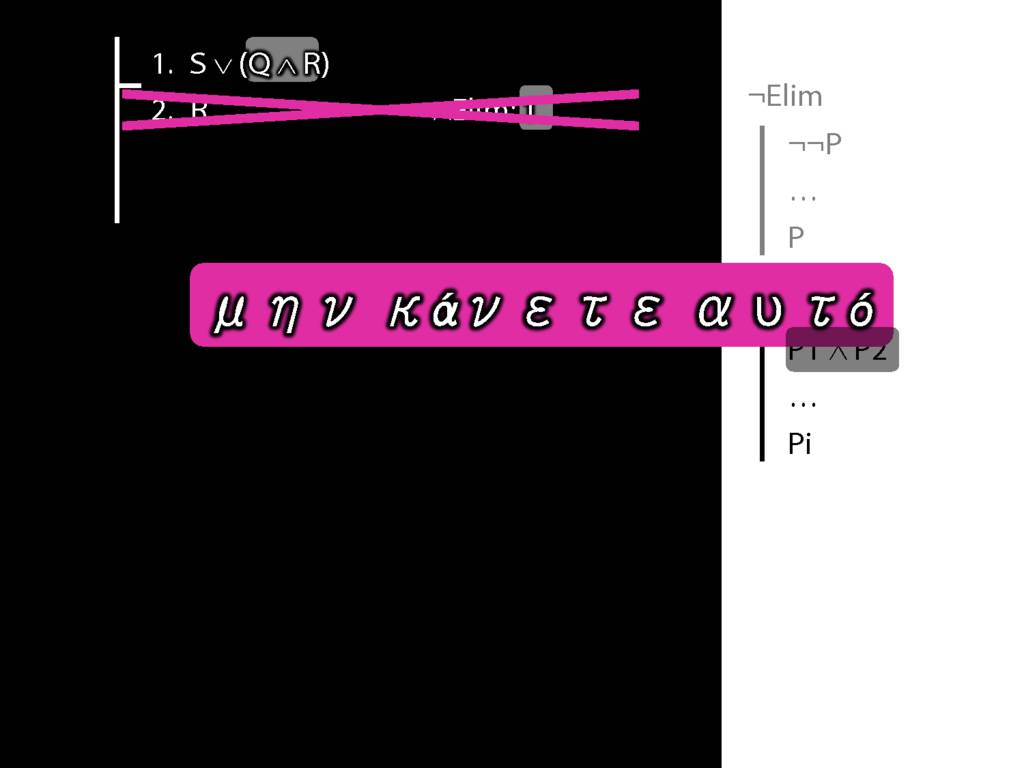
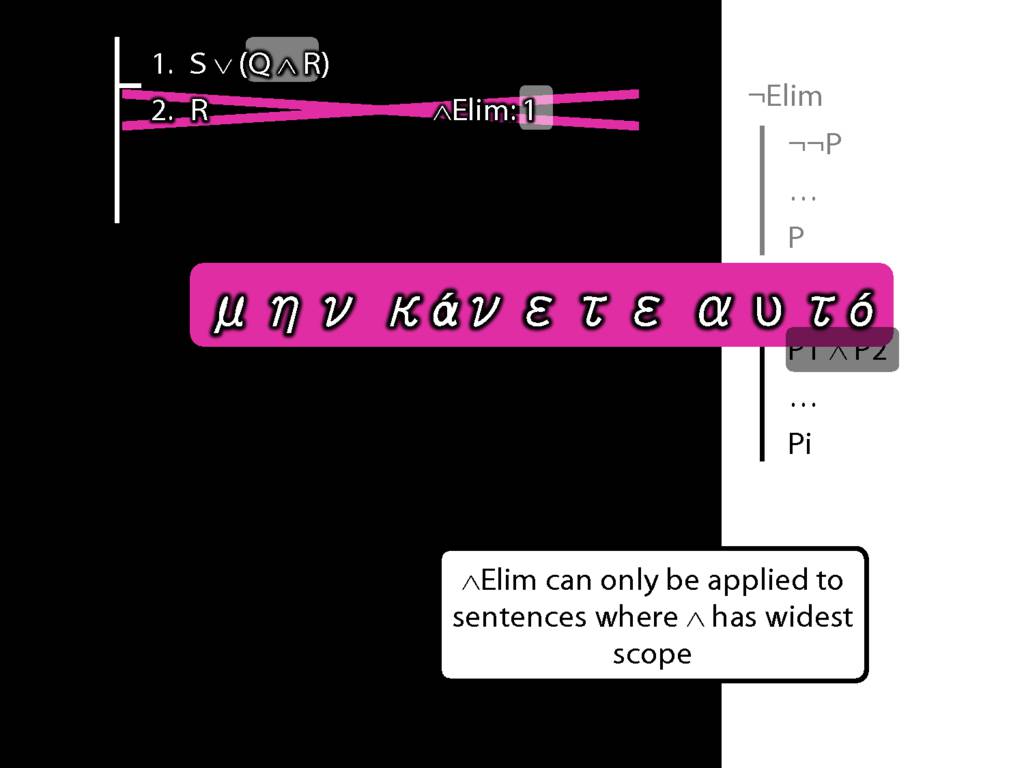
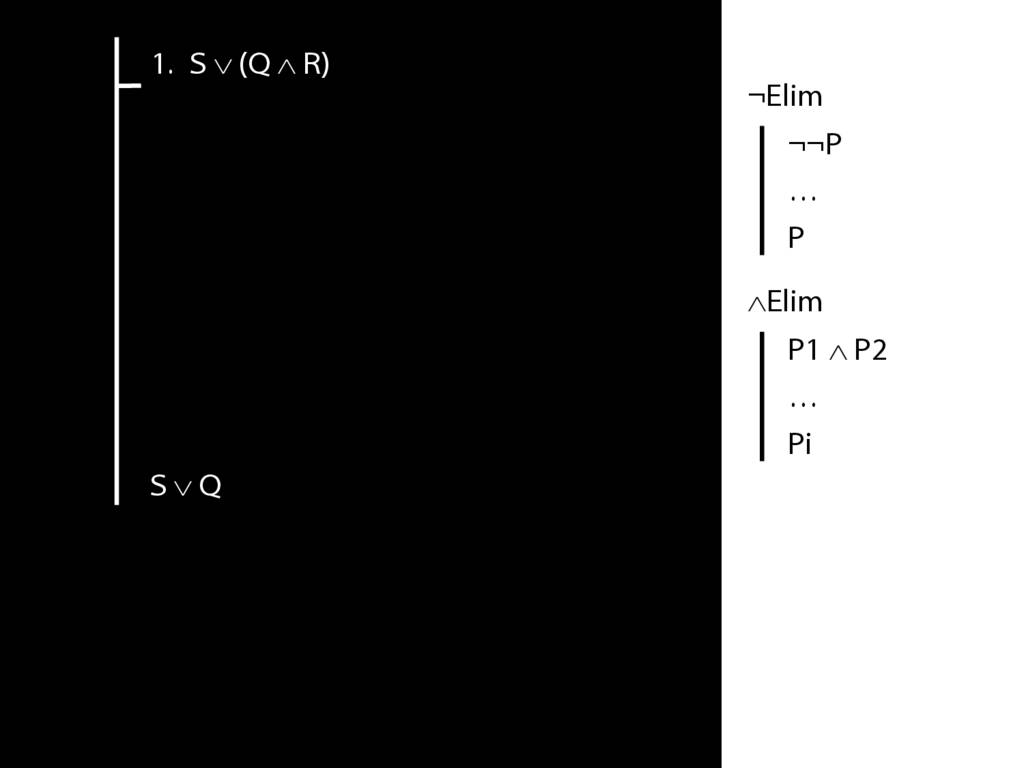
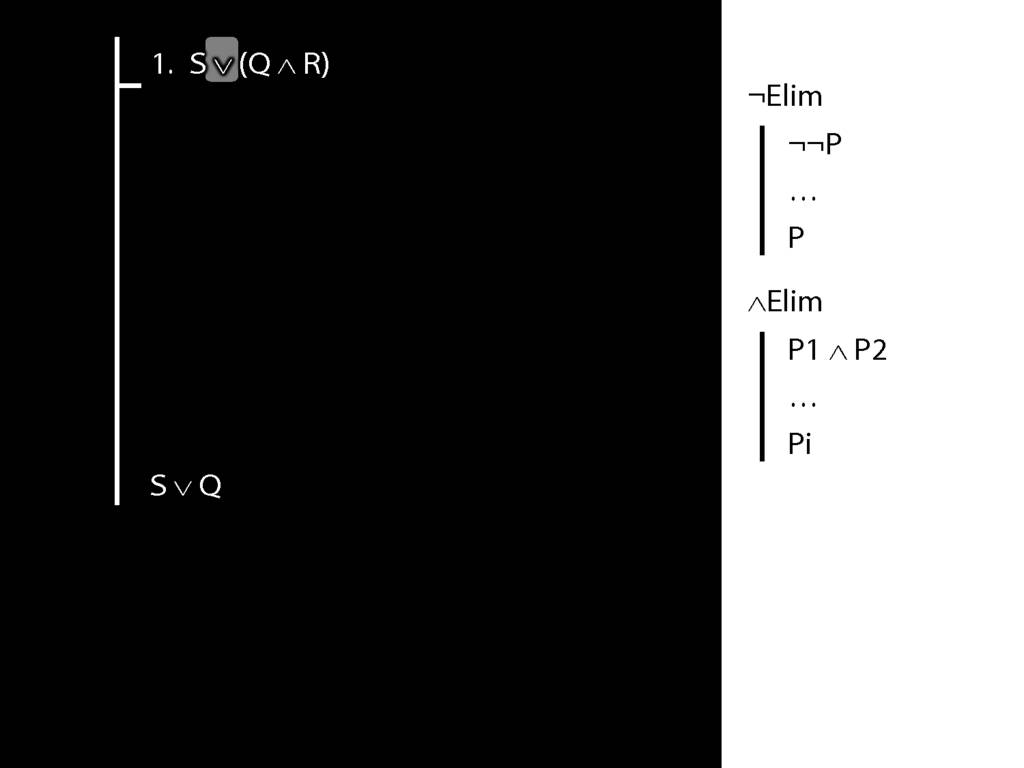
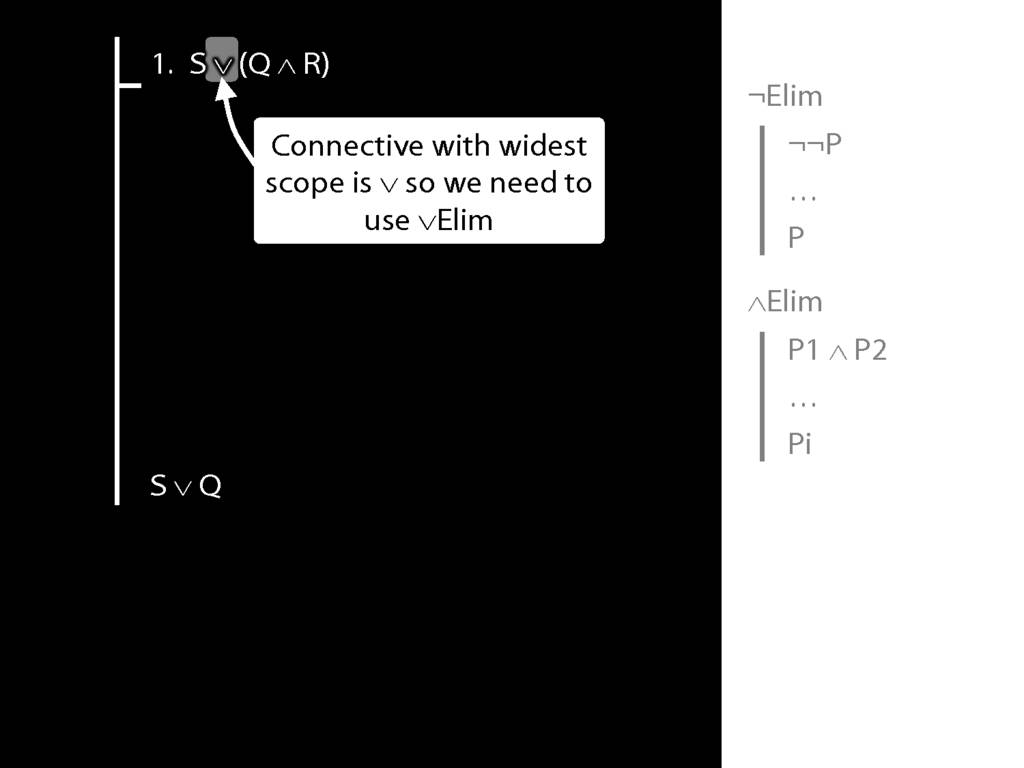
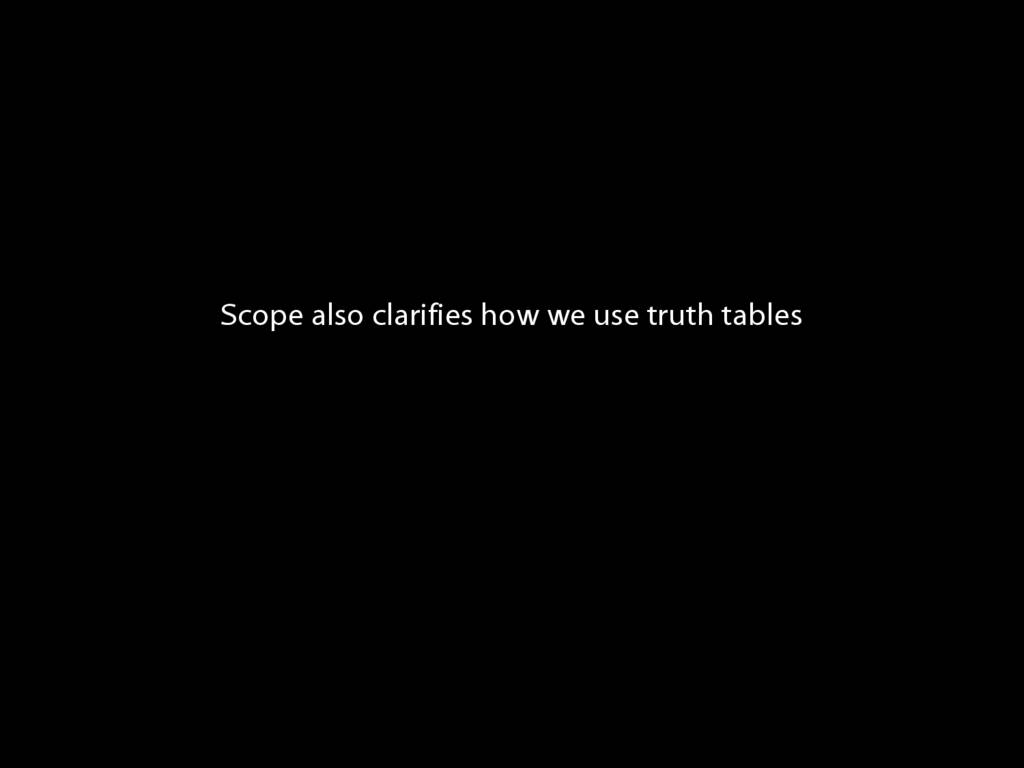
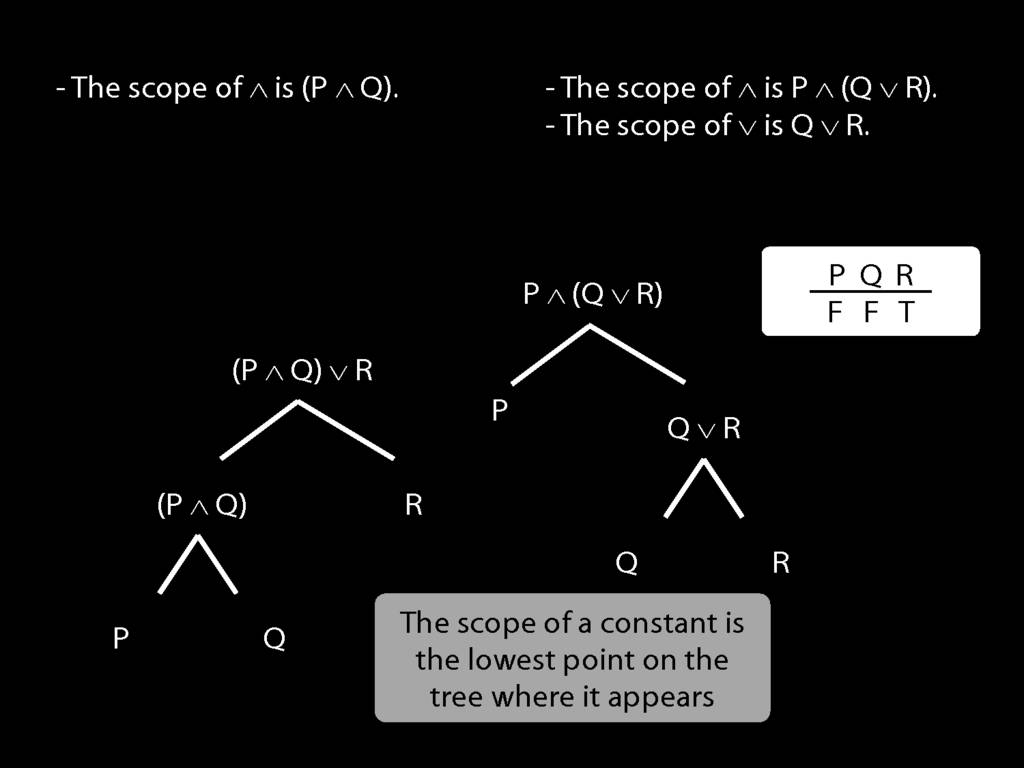
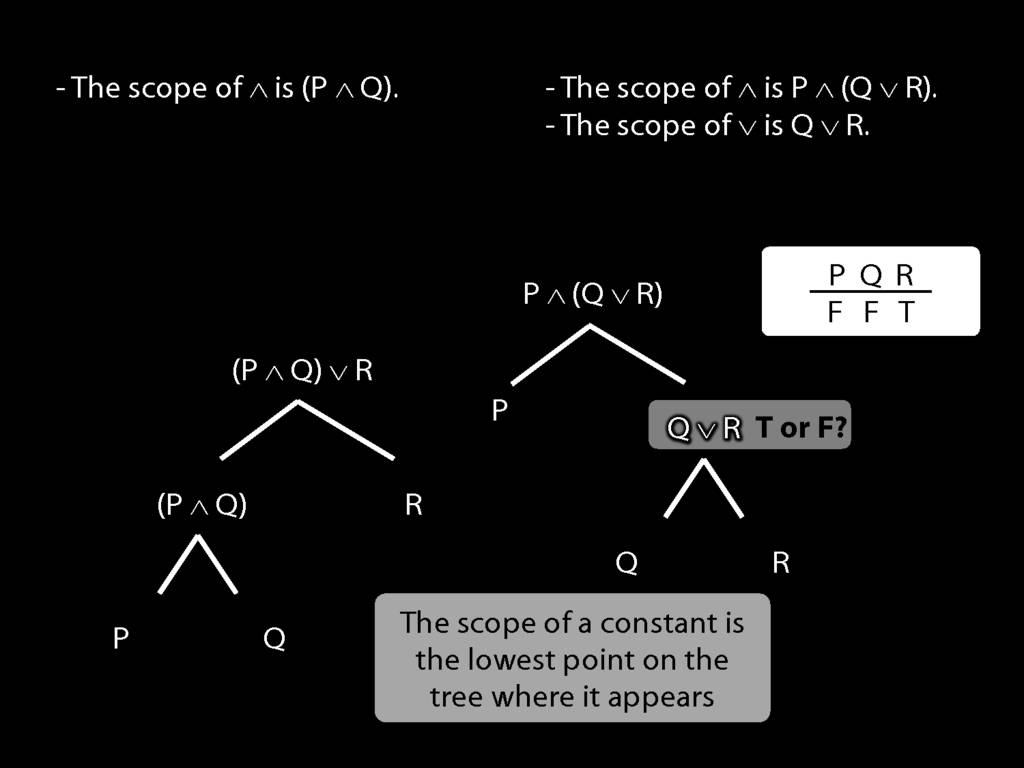
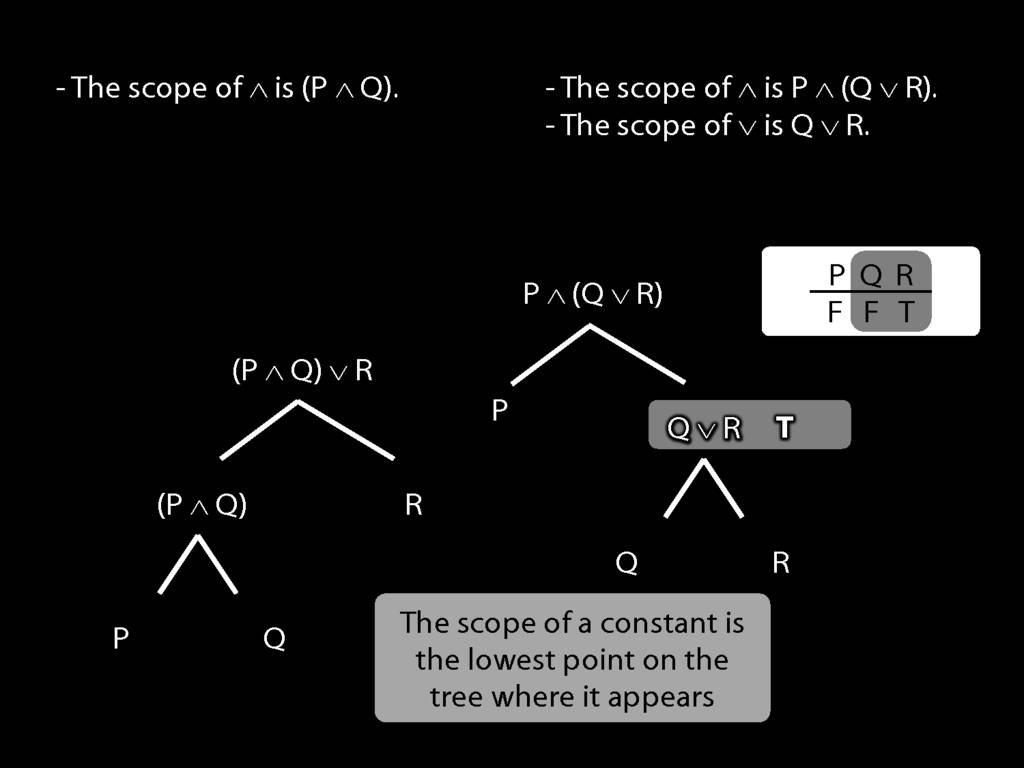
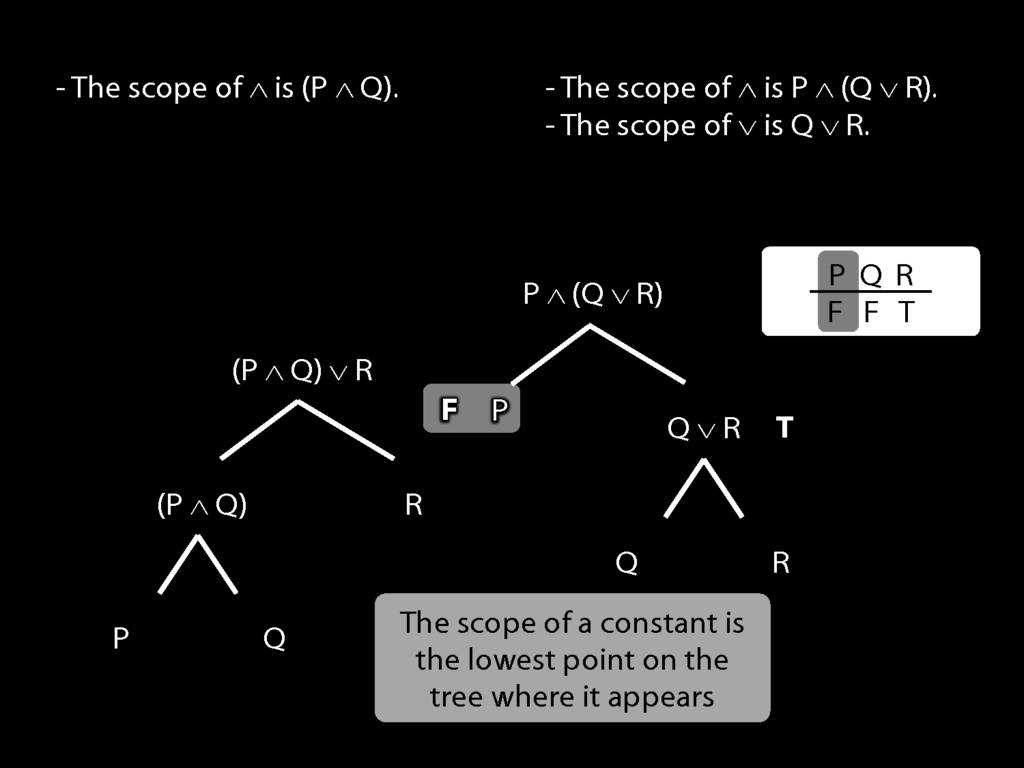
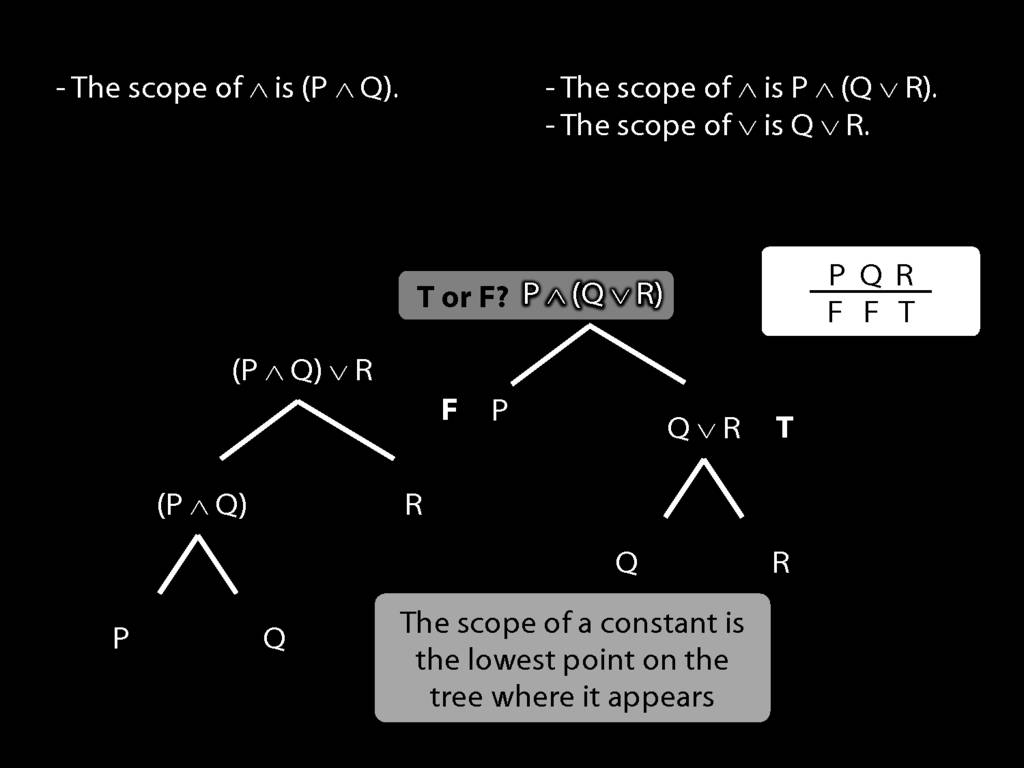
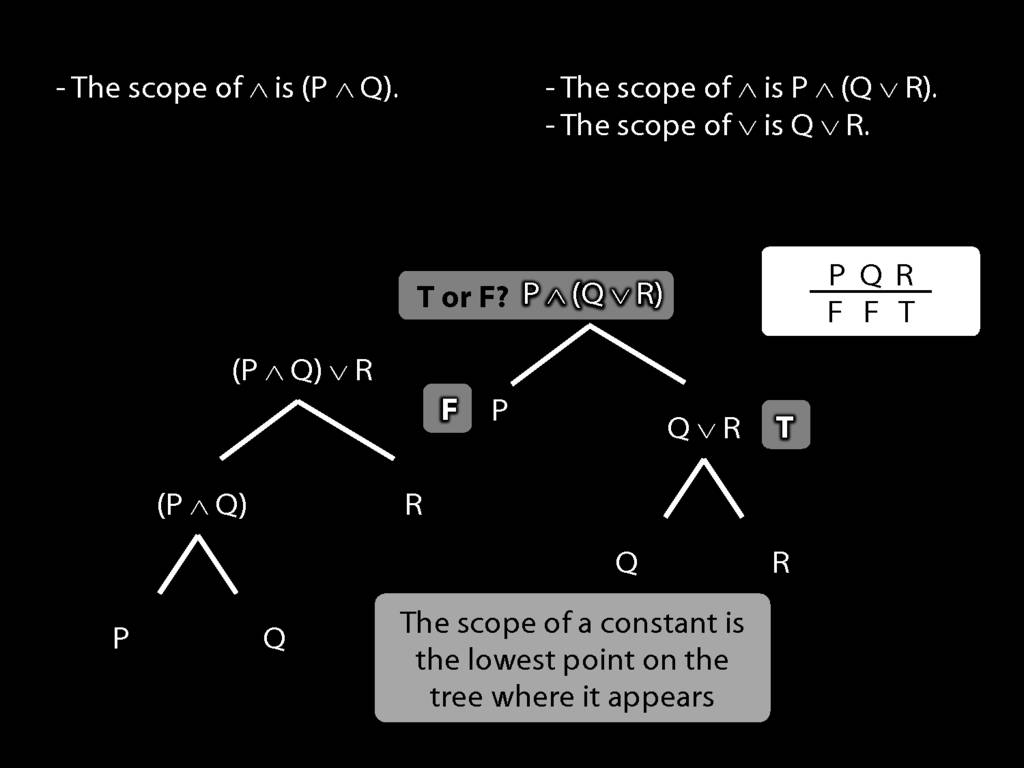
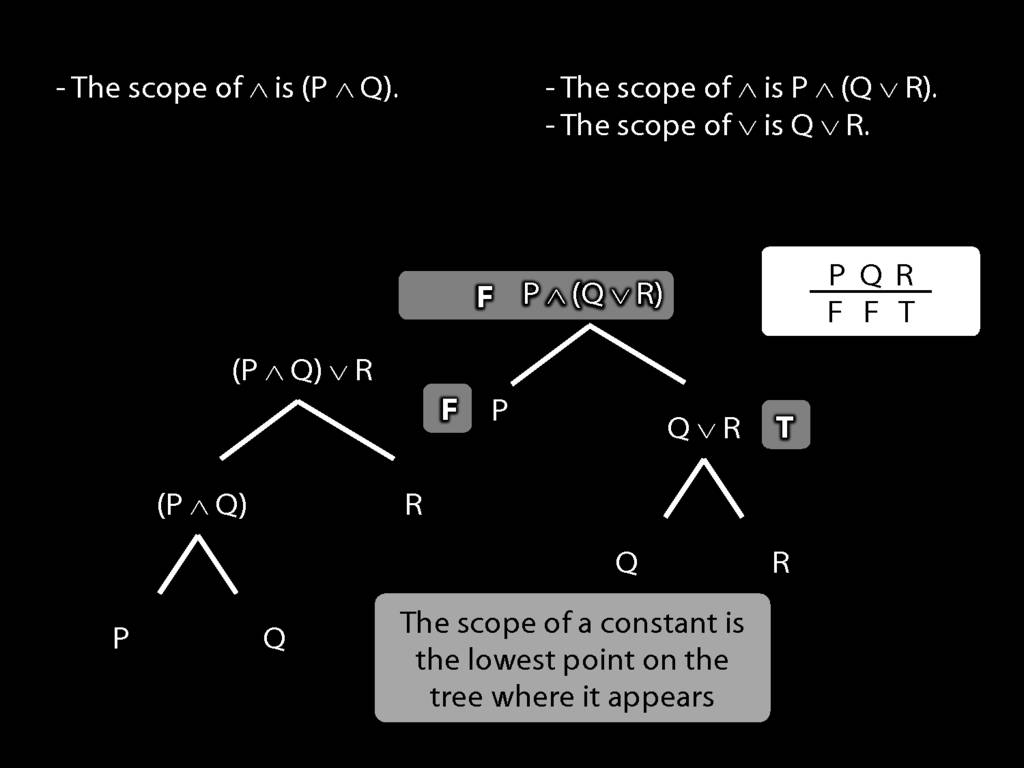
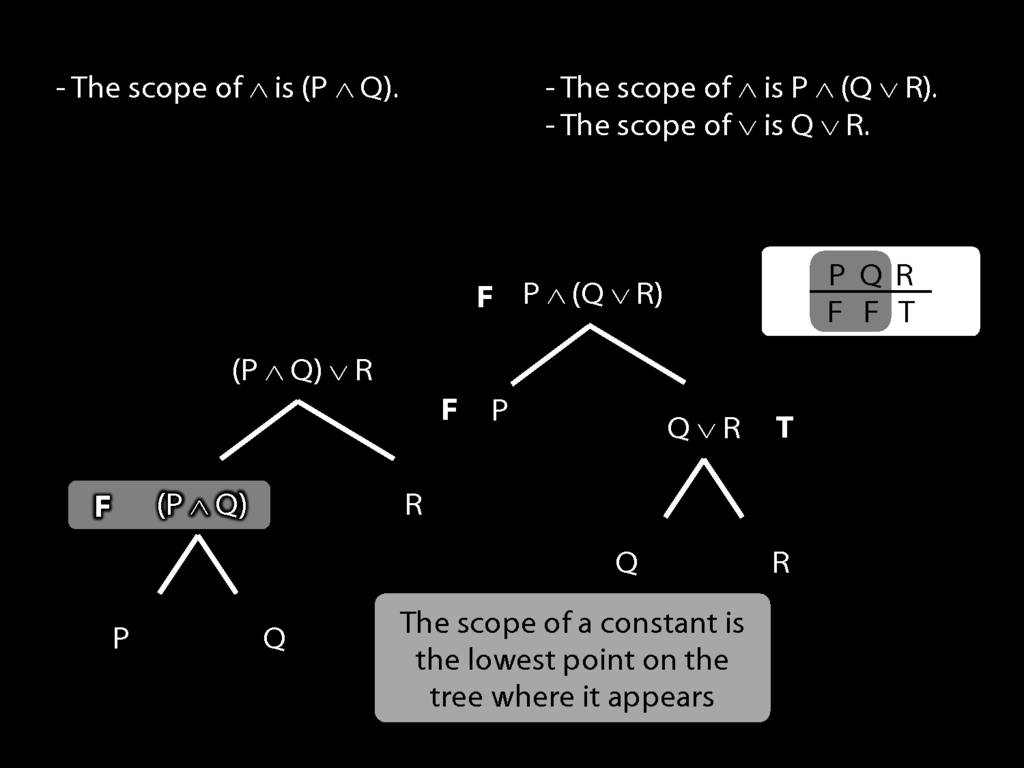
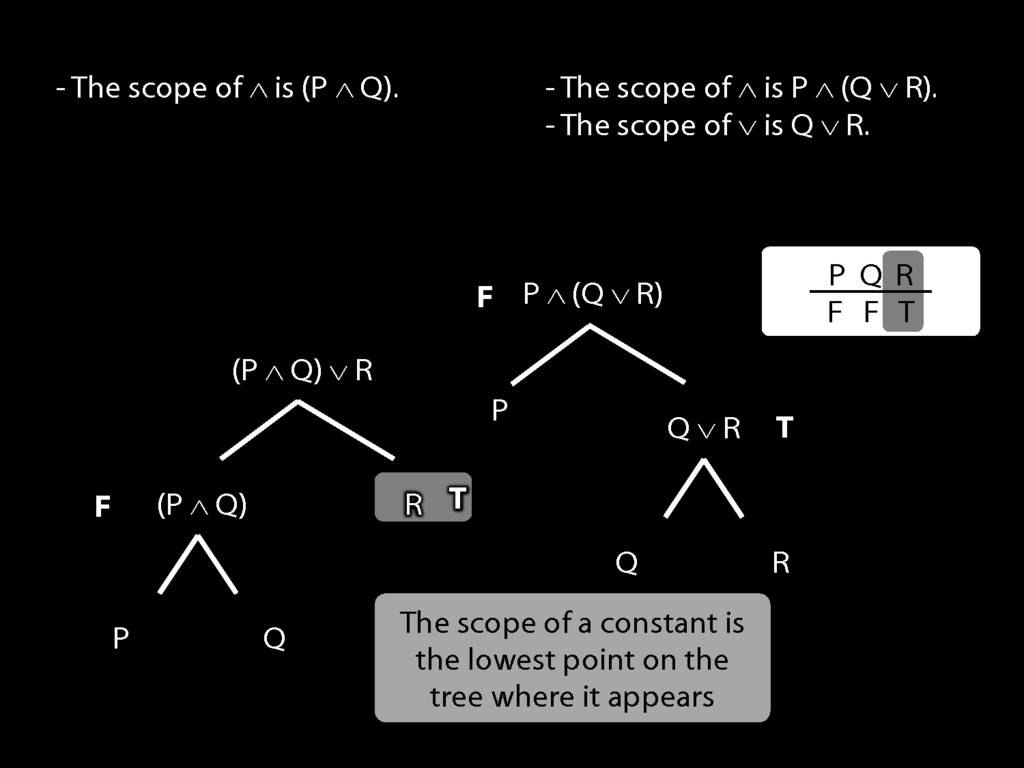
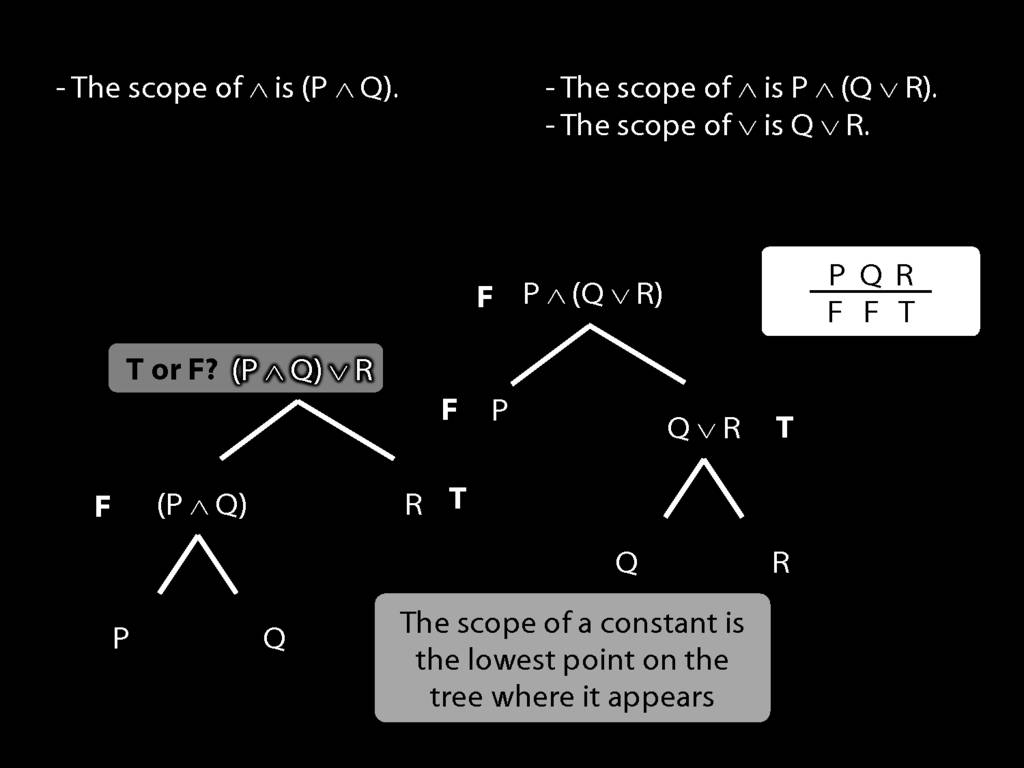
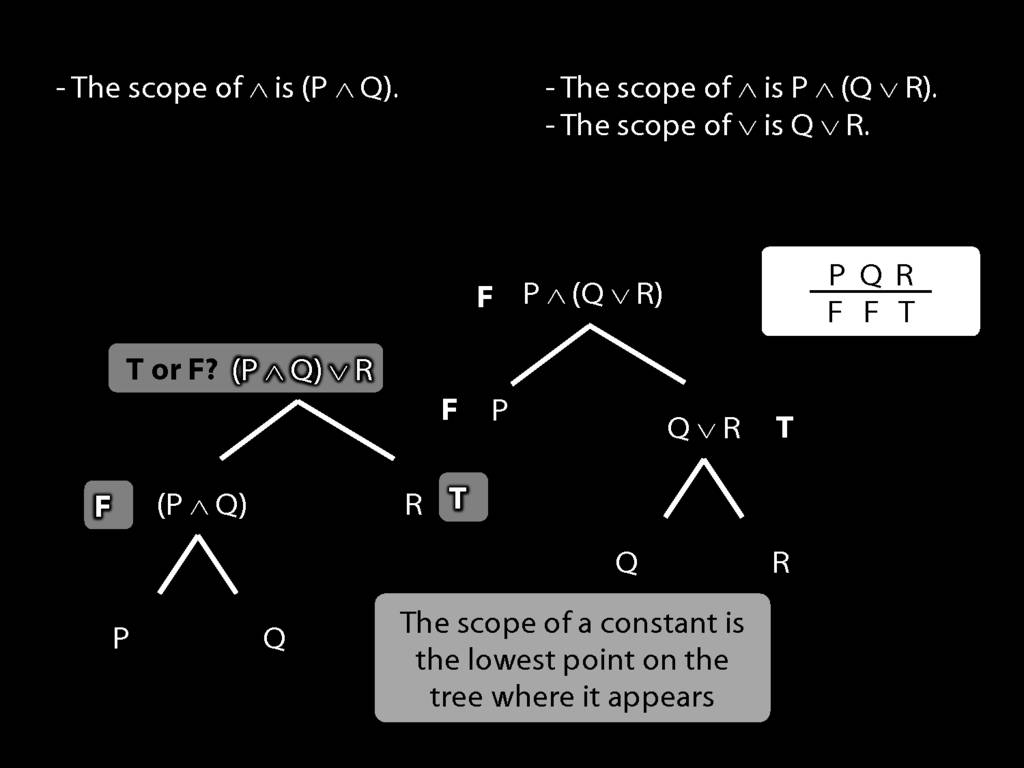
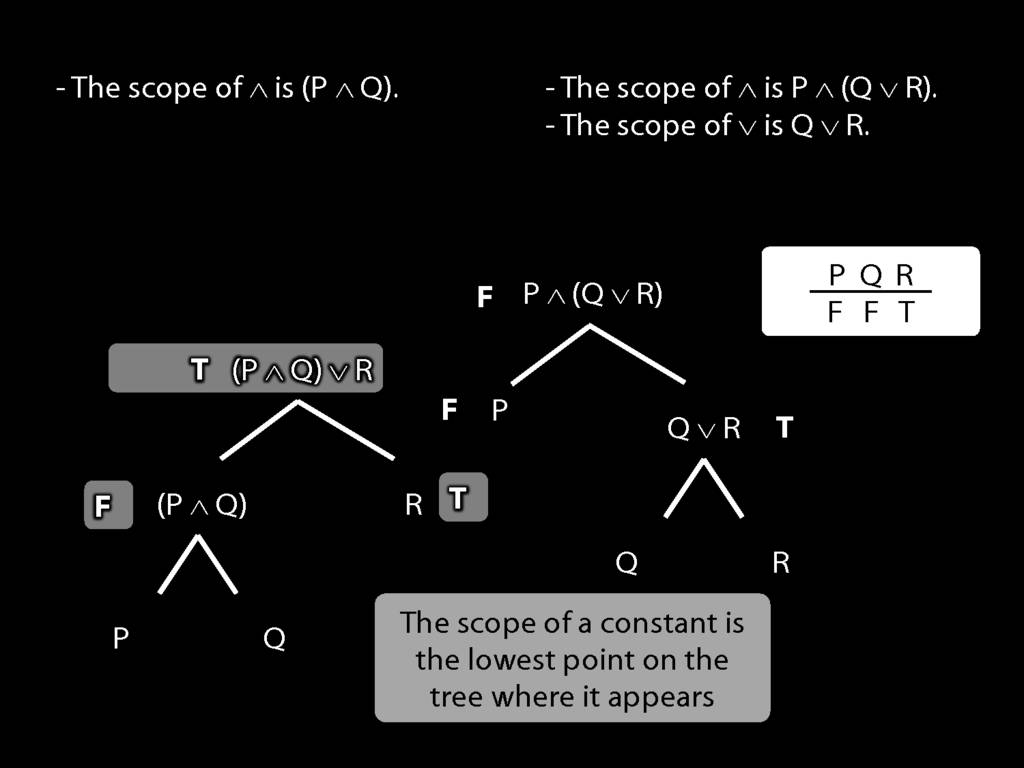
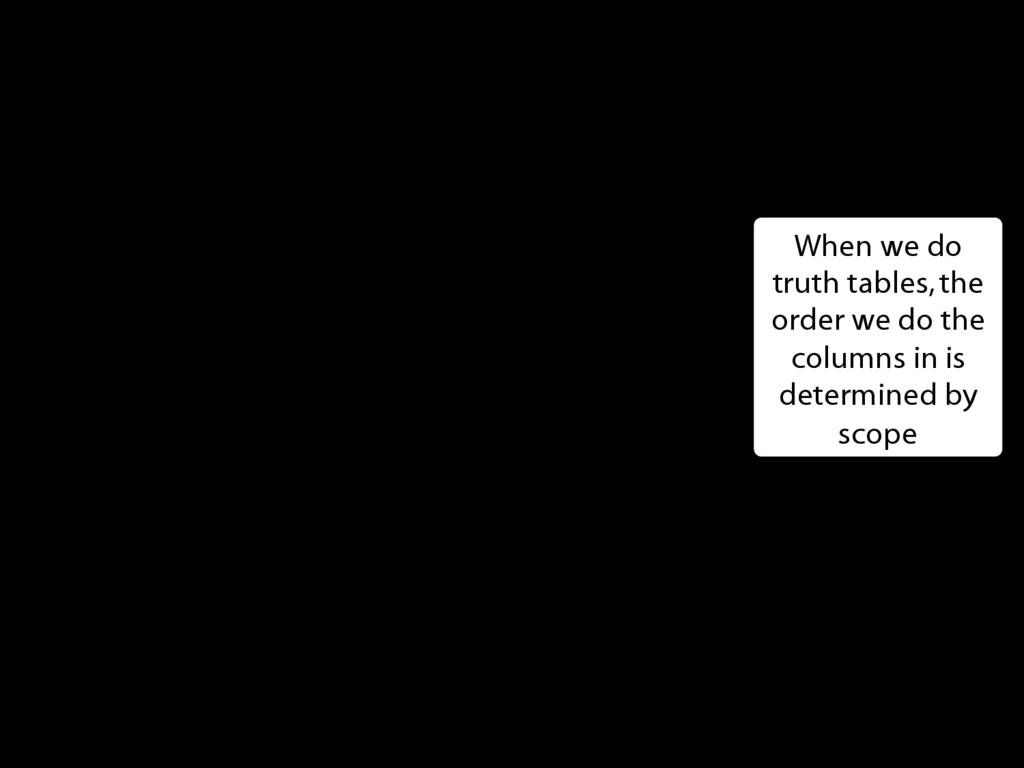
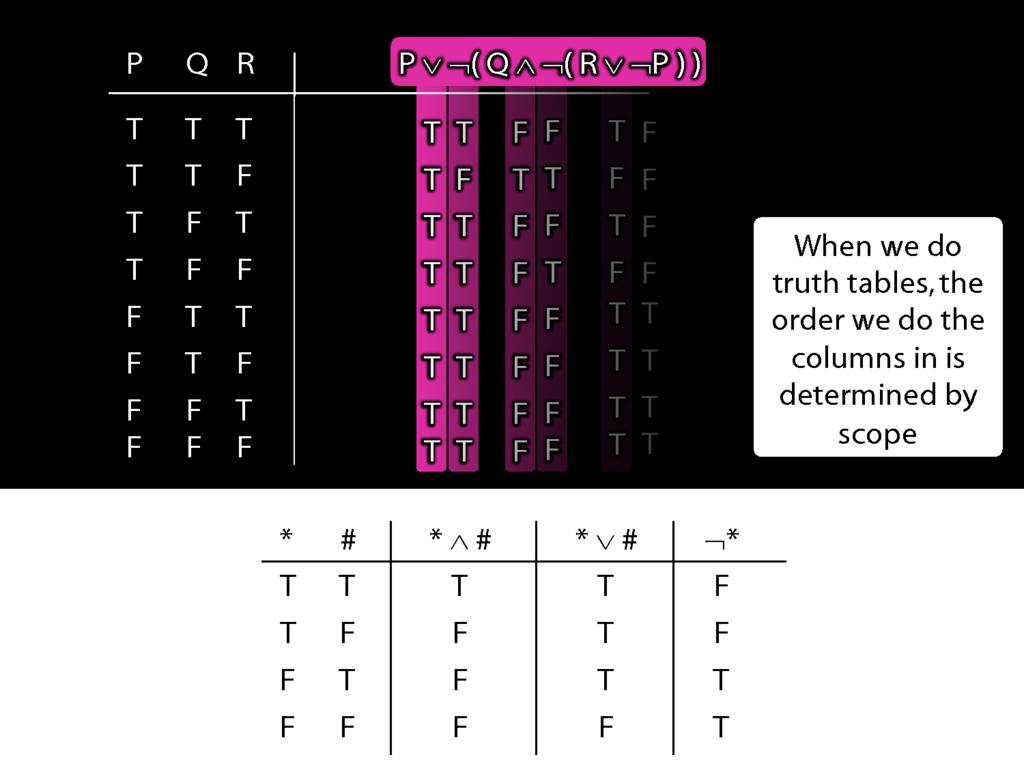
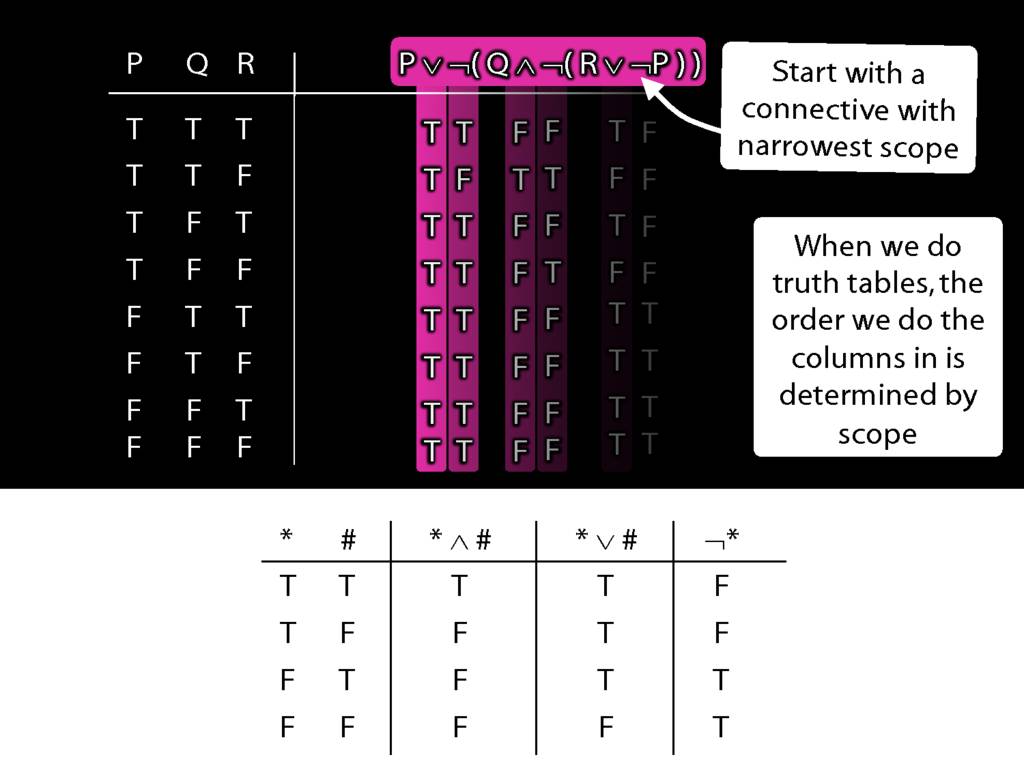
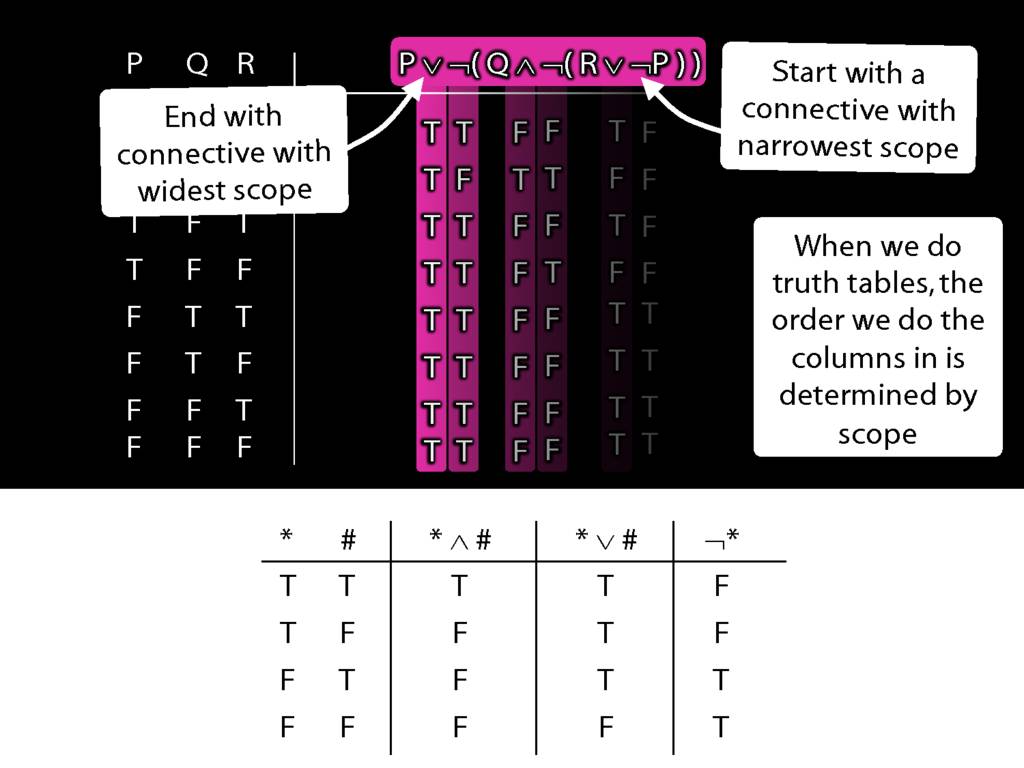
3.14
3.15

Truth-functional Connectives
\section{Truth-functional Connectives}
\emph{Reading:} §7.0 (the text before §7.1)
\section{Truth-functional Connectives}
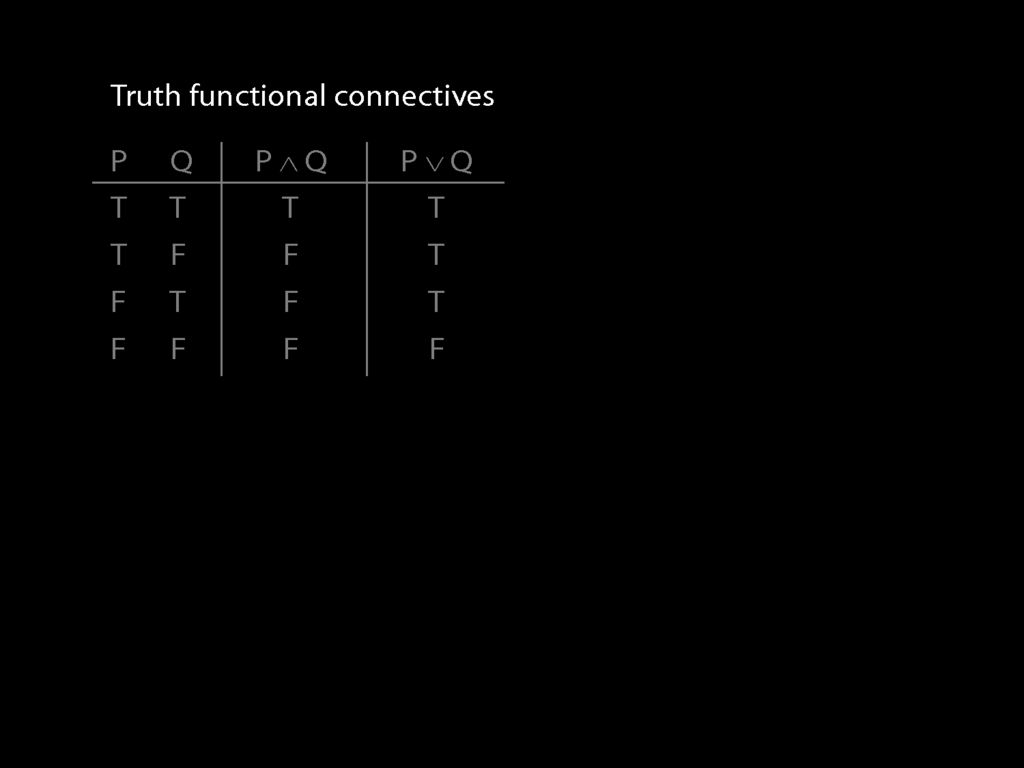
A \emph{connective} joins zero or more sentences to make a new sentence. Examples of connectives include: `∧', `¬', `$\bot$' and `because'.
A sentence joined by a connective is a \emph{constituent}. For example, consider the sentence ‘P because Q’: P is a constituent of this sentence.
A \emph{truth functional connective} produces a new sentence whose truth value depends only on the truth values of its constituent sentences.
When P and Q are both true, ‘P because Q’ is sometimes true and sometimes false. Therefore, ‘because’ is not a truth functional connective. To illustrate, consider `Alan got yellow cards because some apples are green' and `Alan got yellow cards because he used his elbows'. All the constituent sentences are true, but the first sentence is false whereas the second is true.
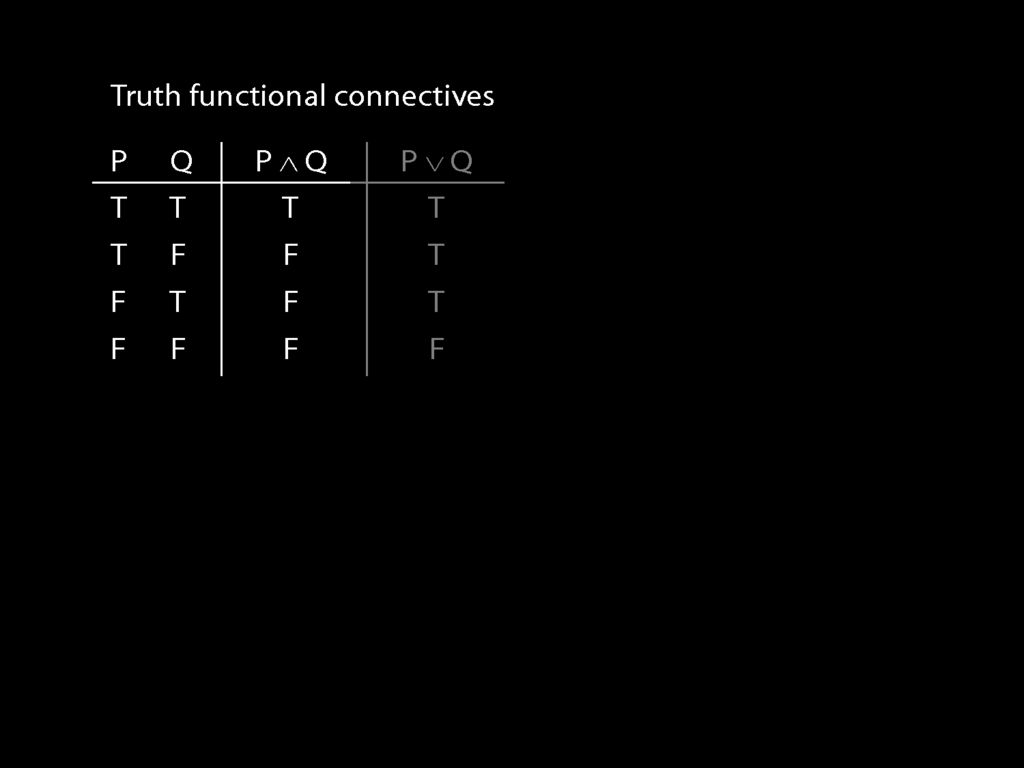
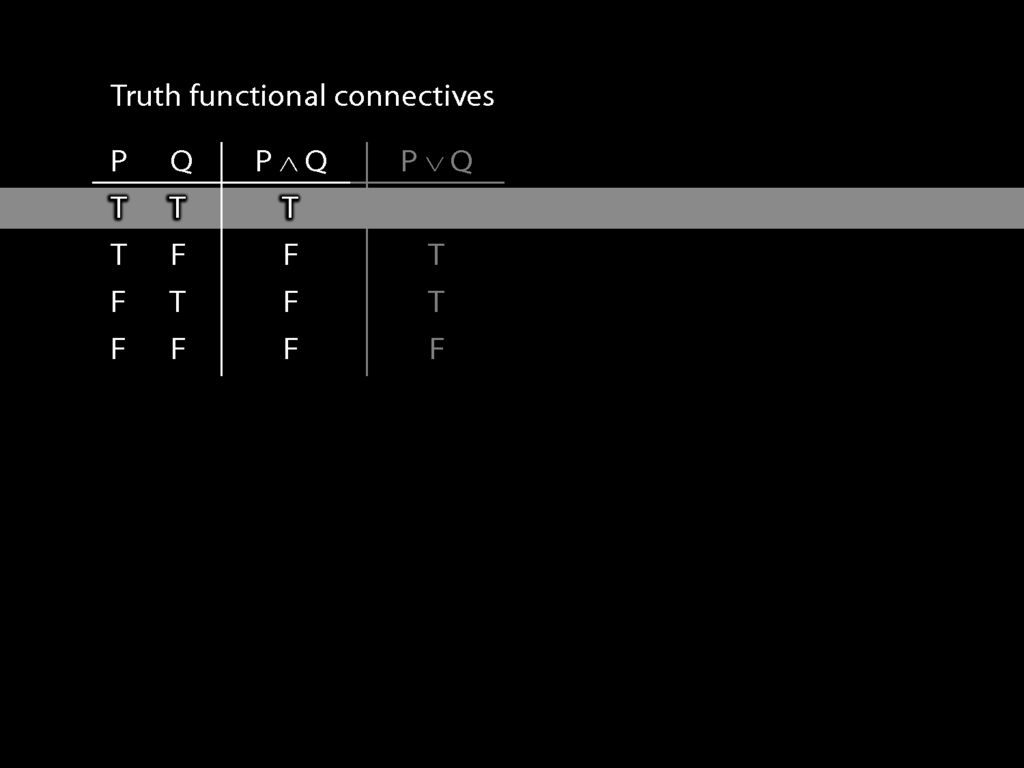
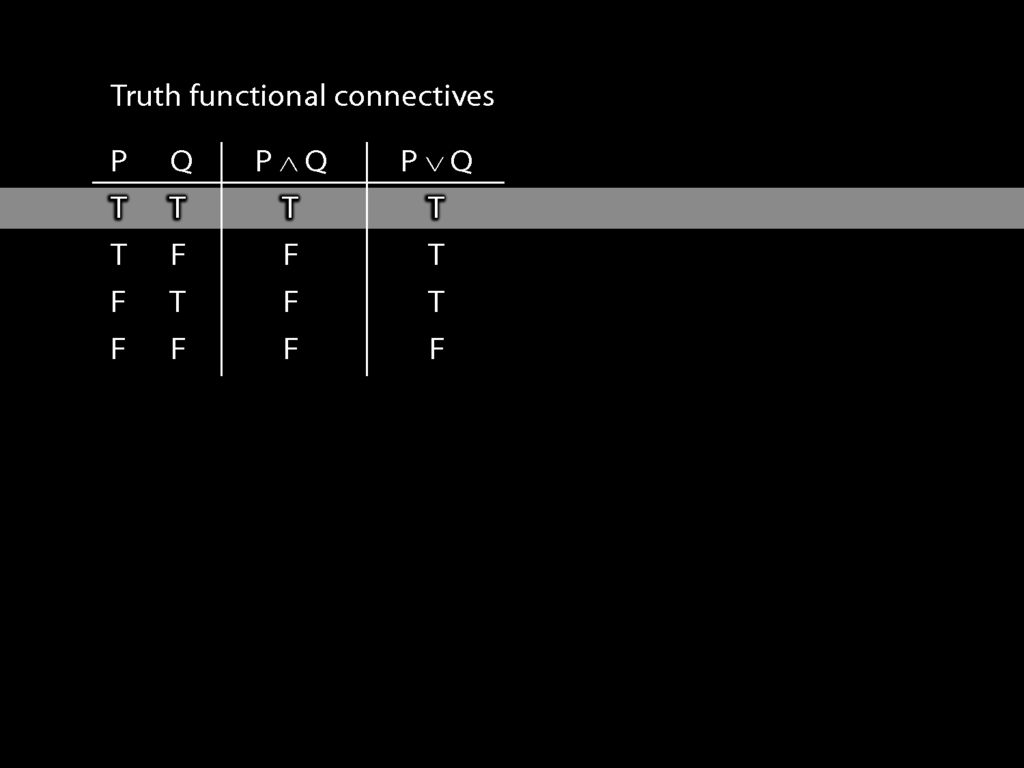
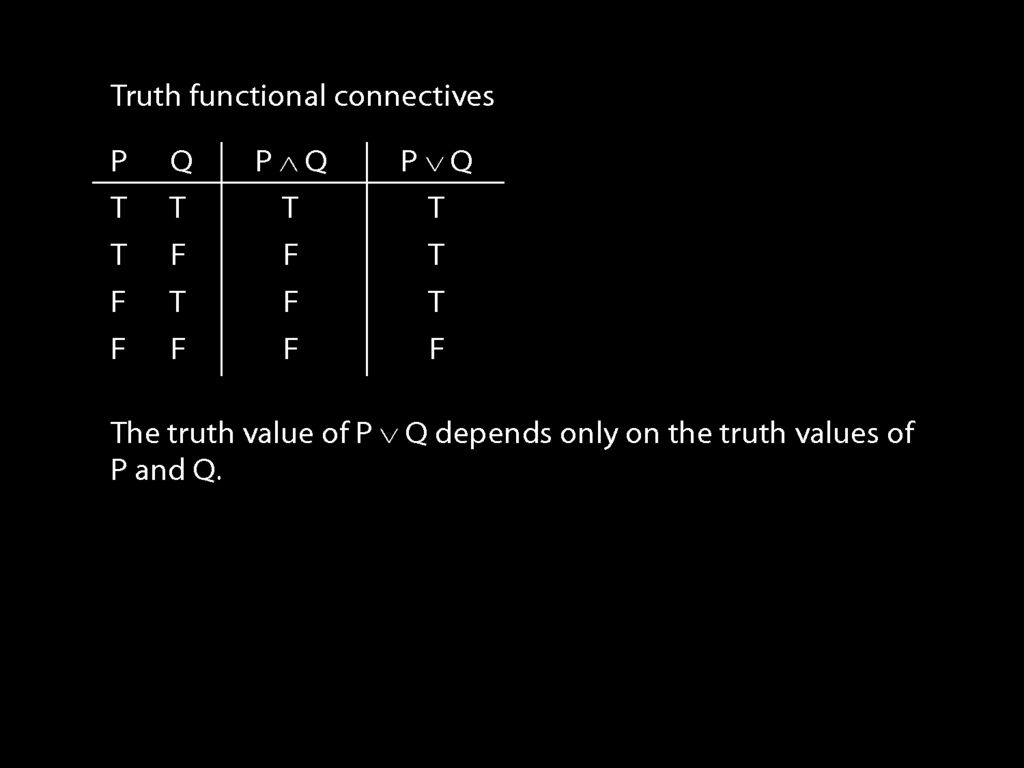
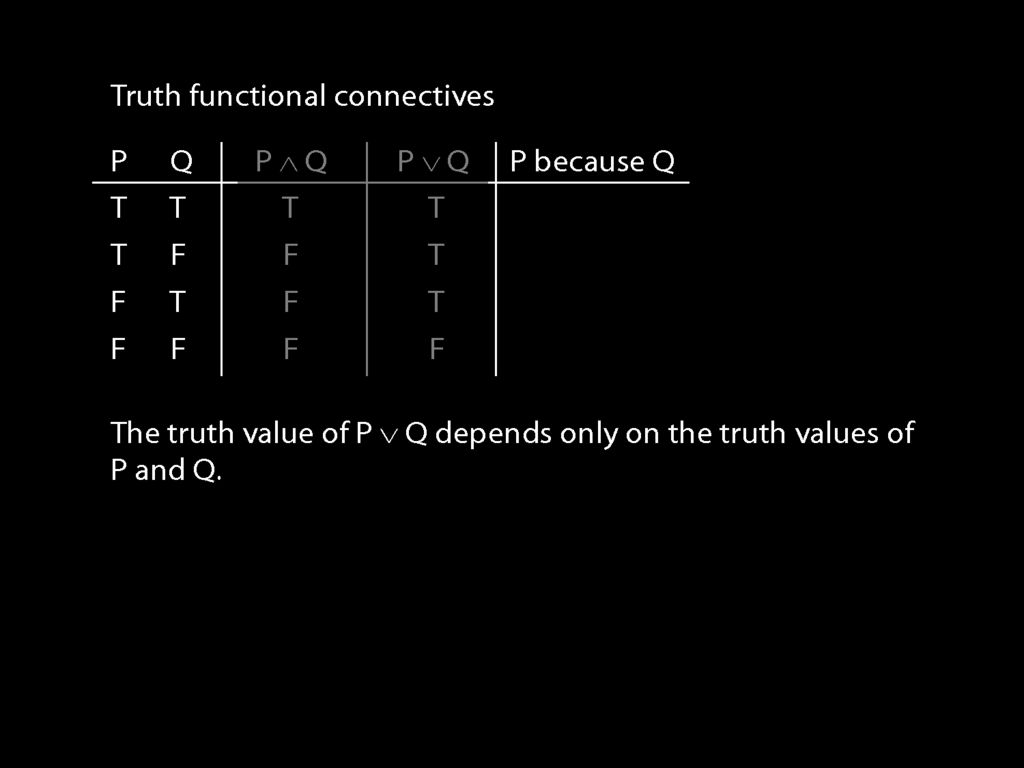
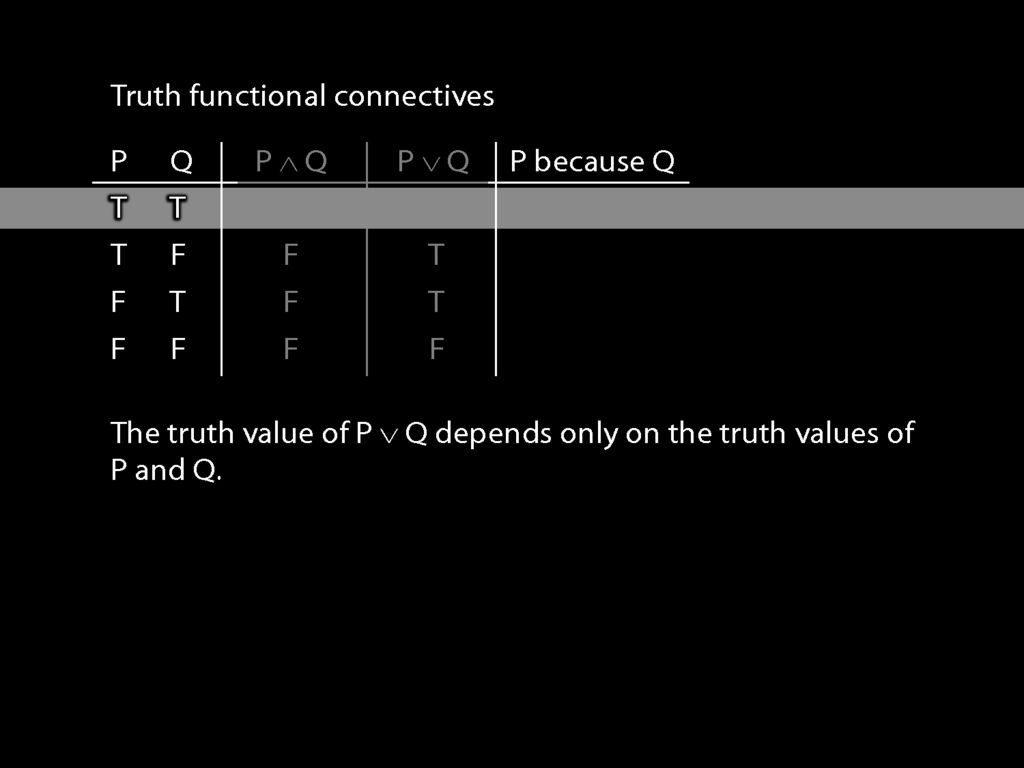
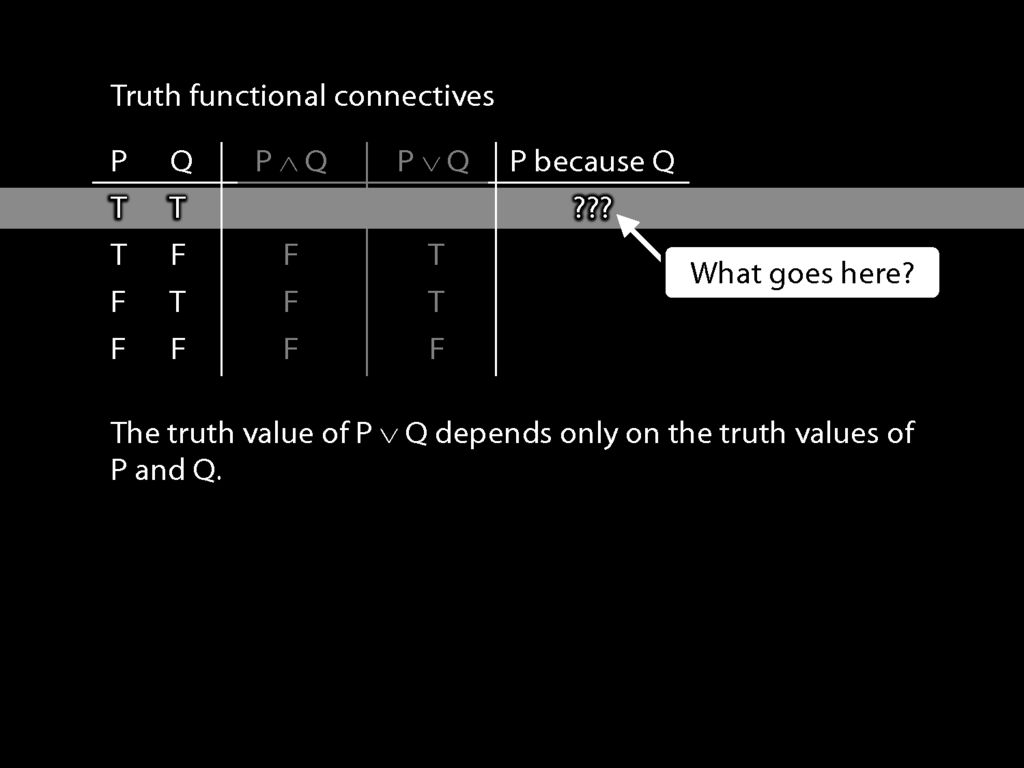
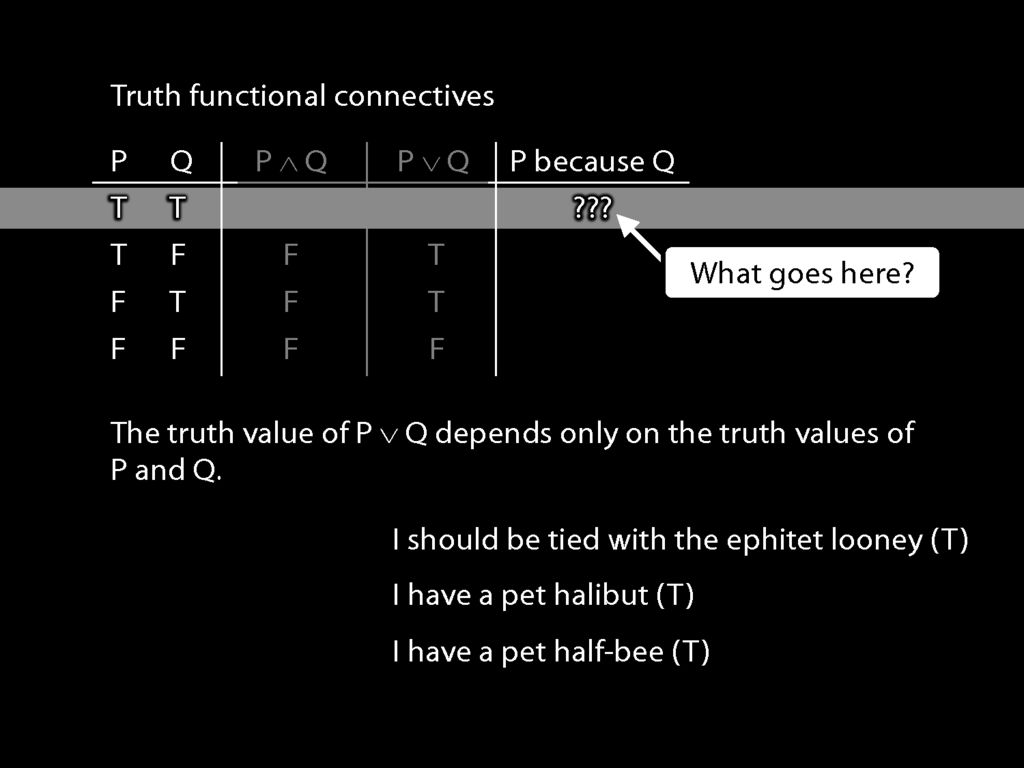
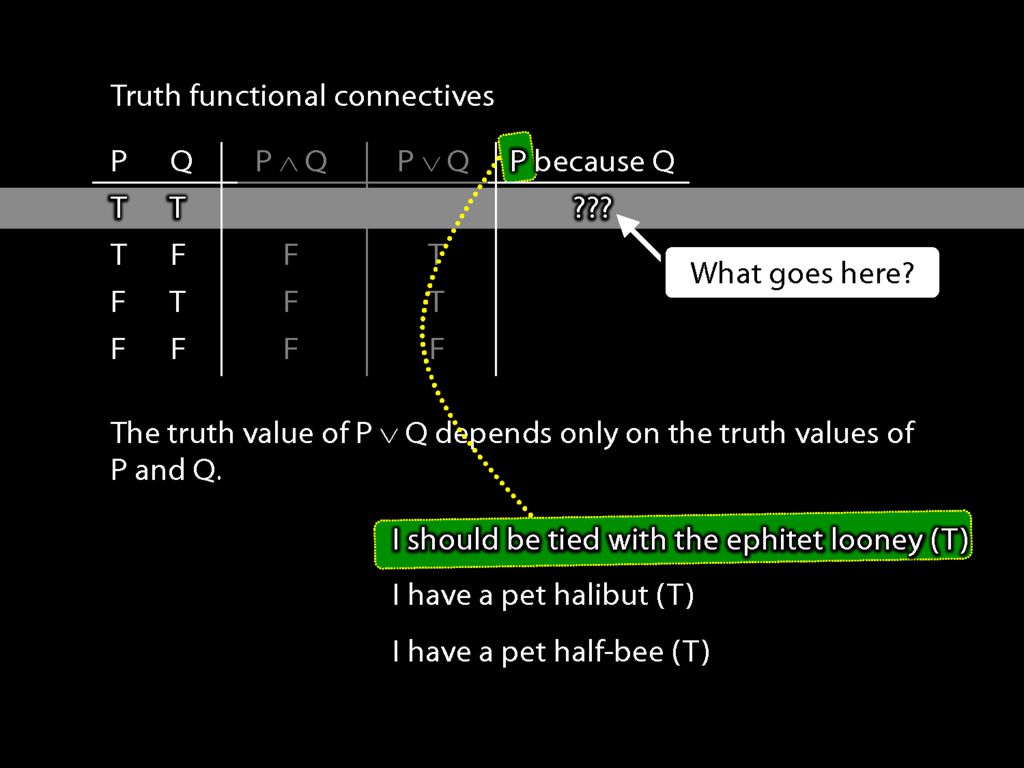
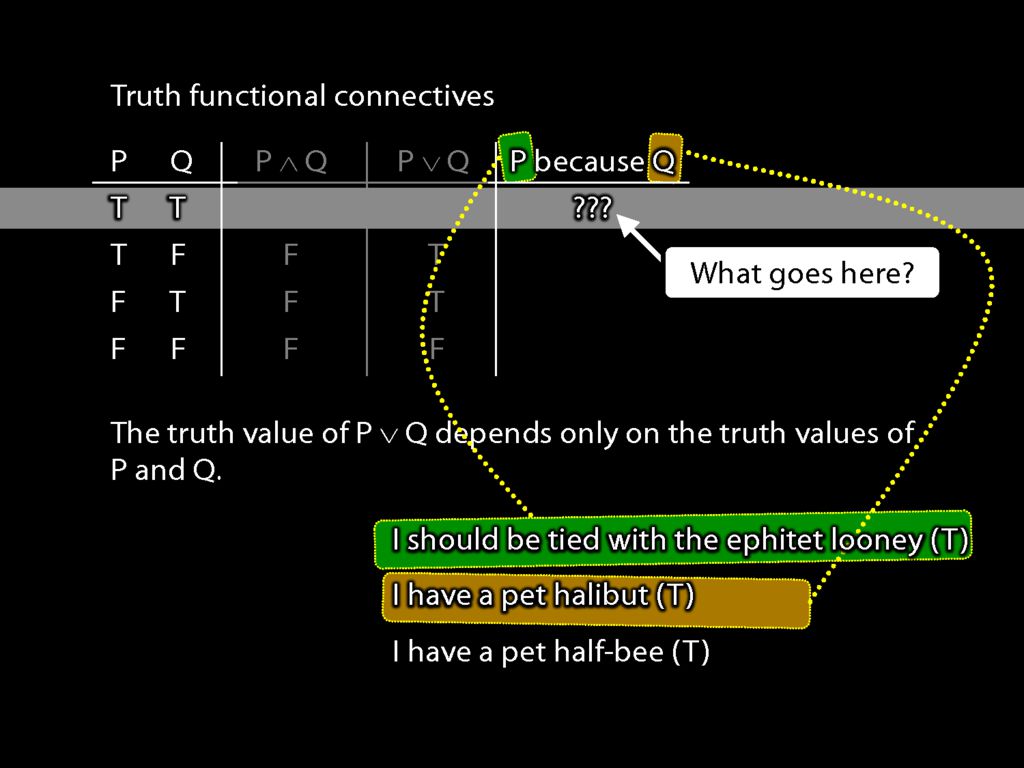
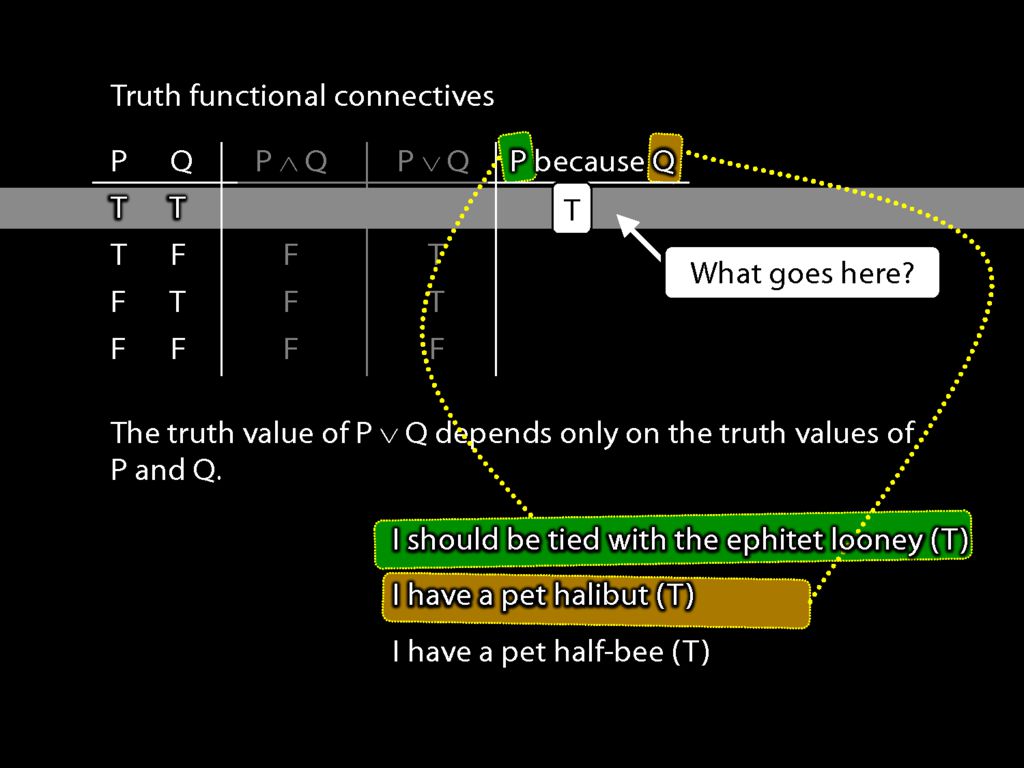
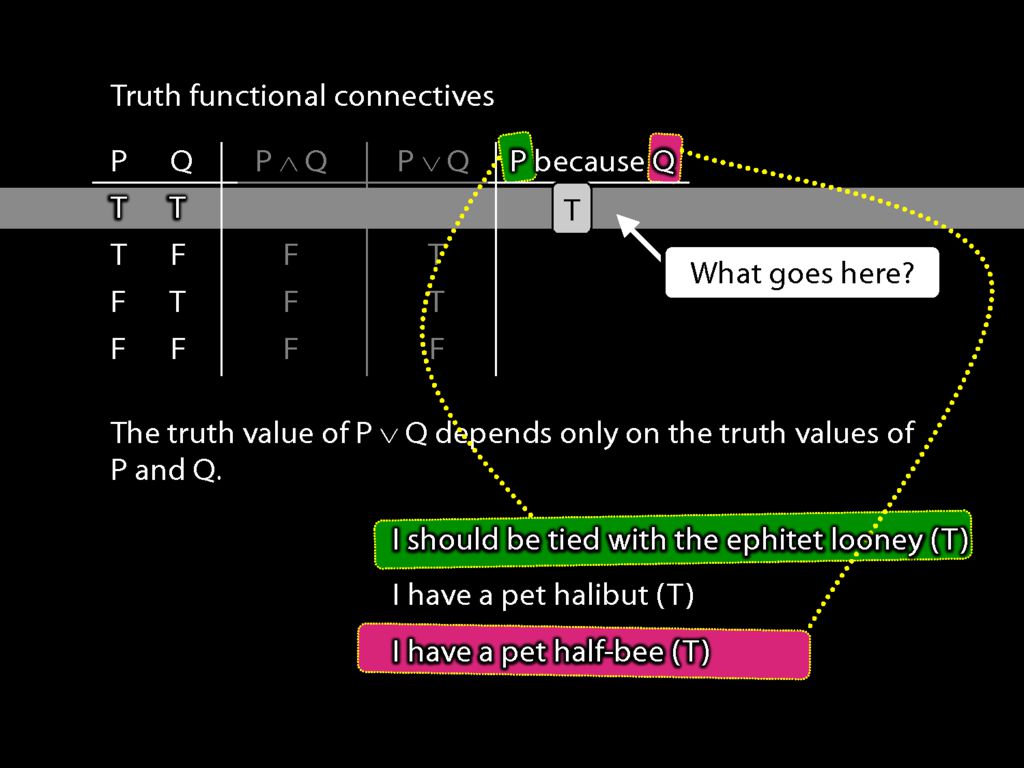
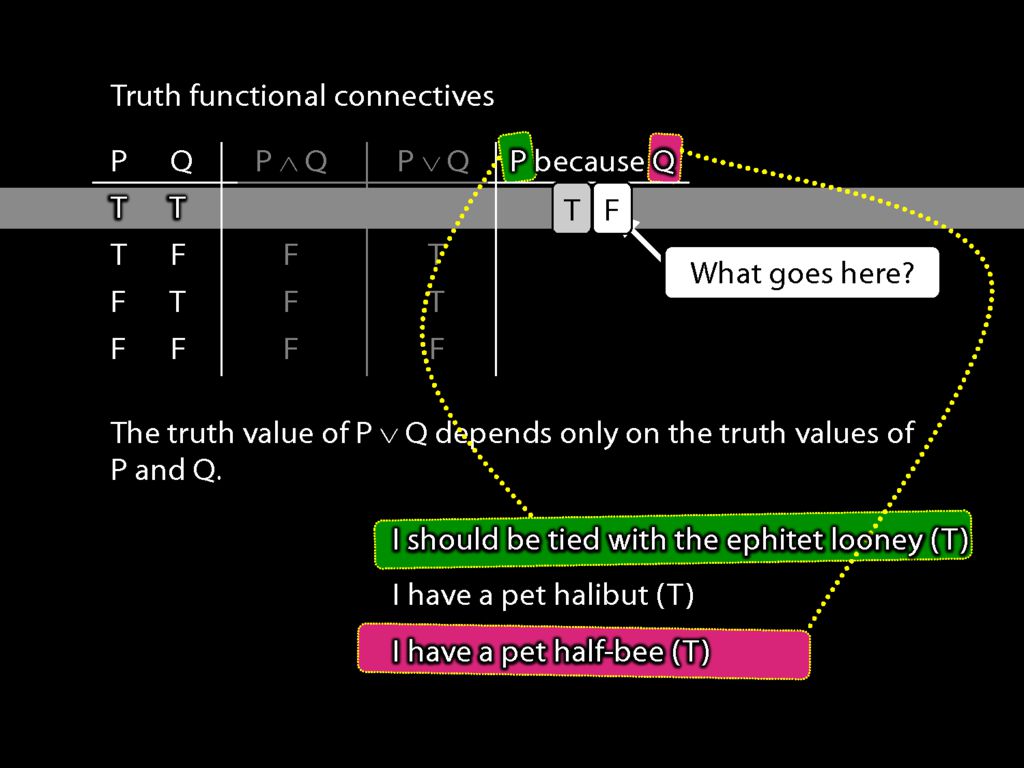
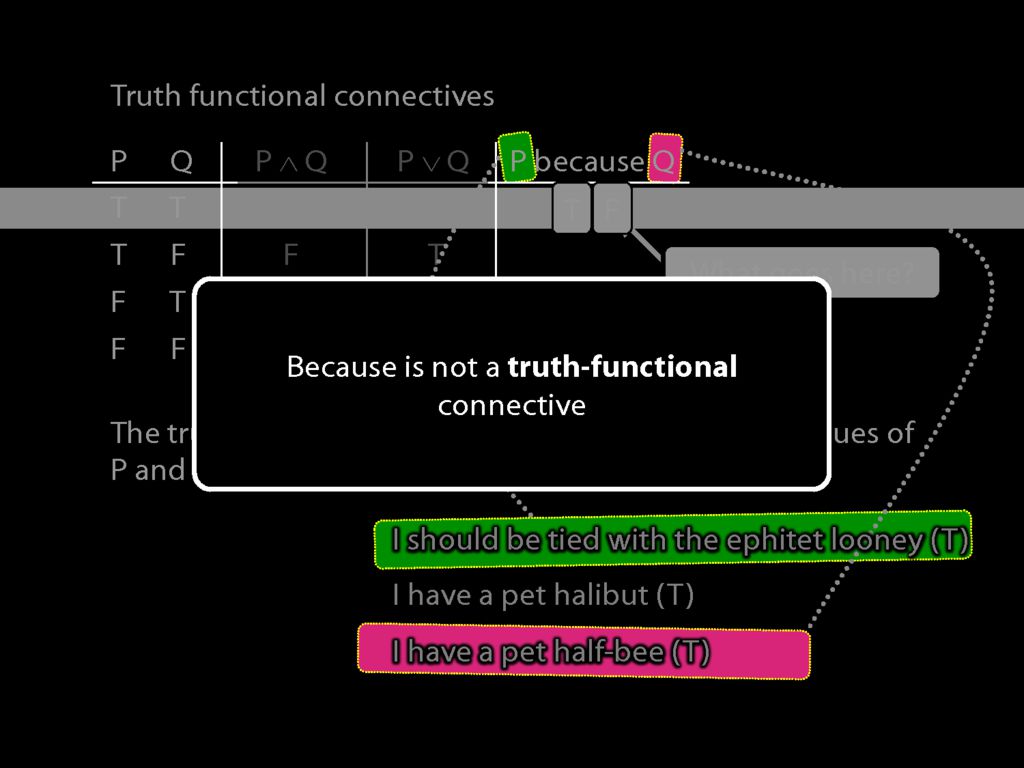
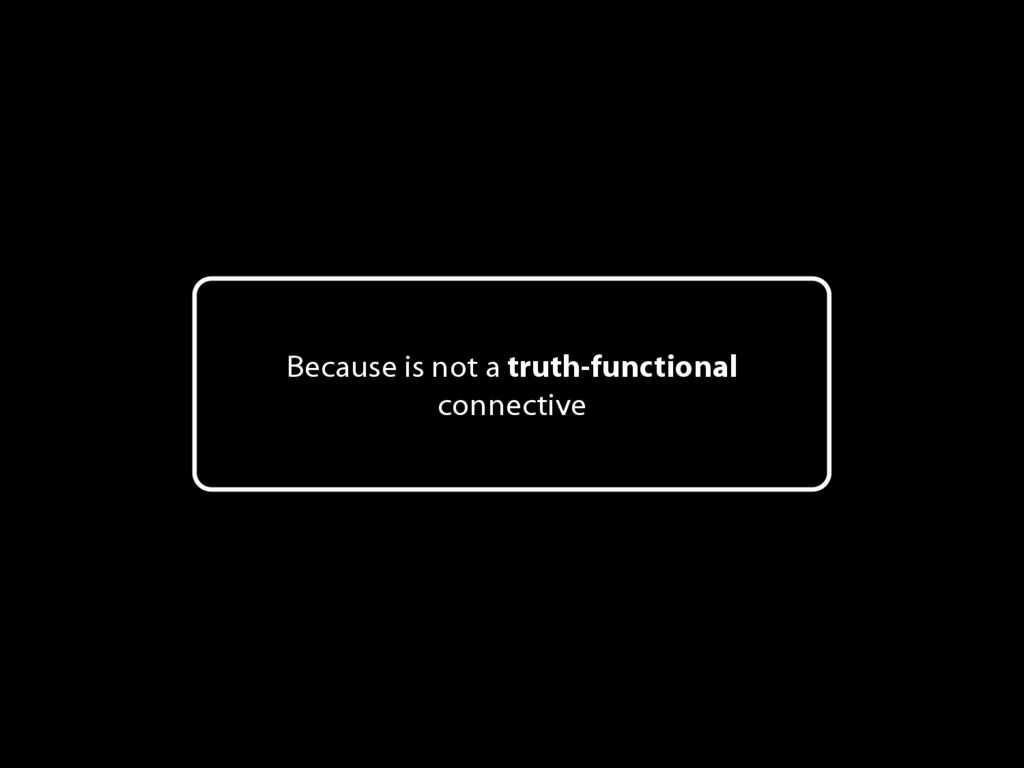
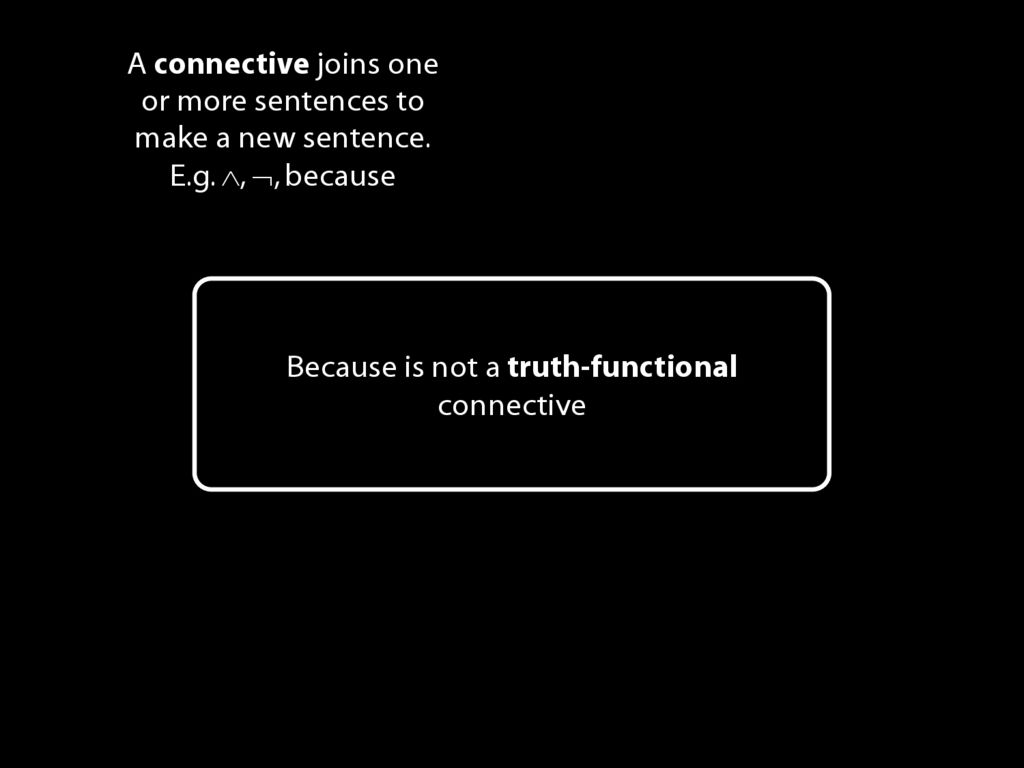
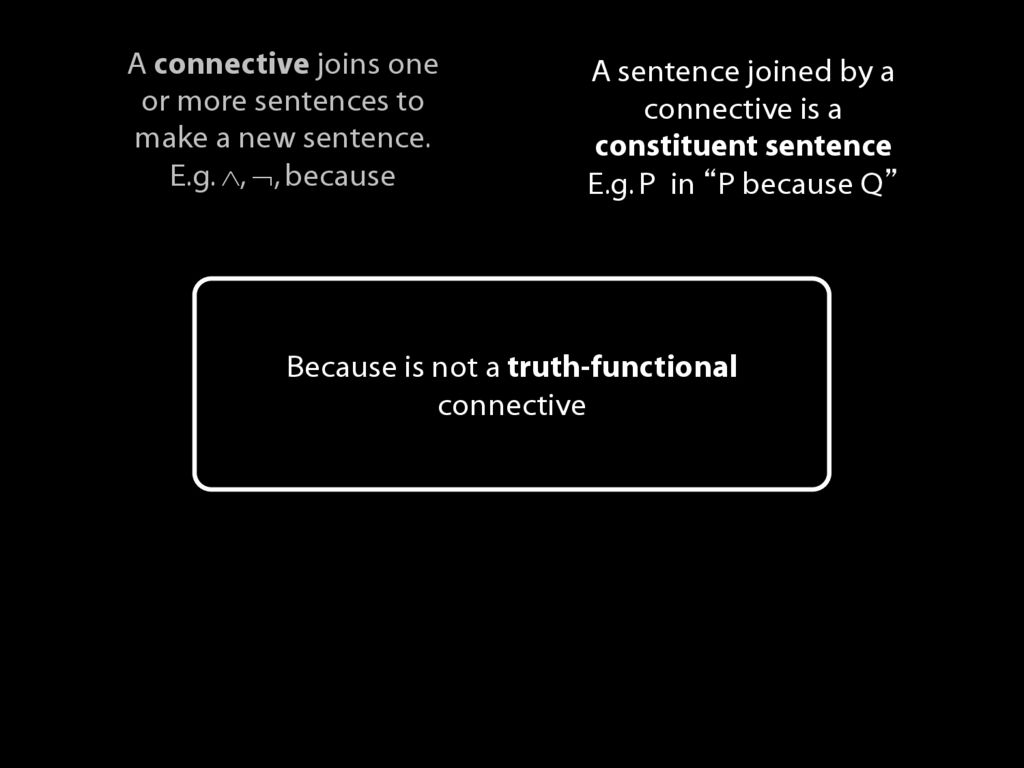
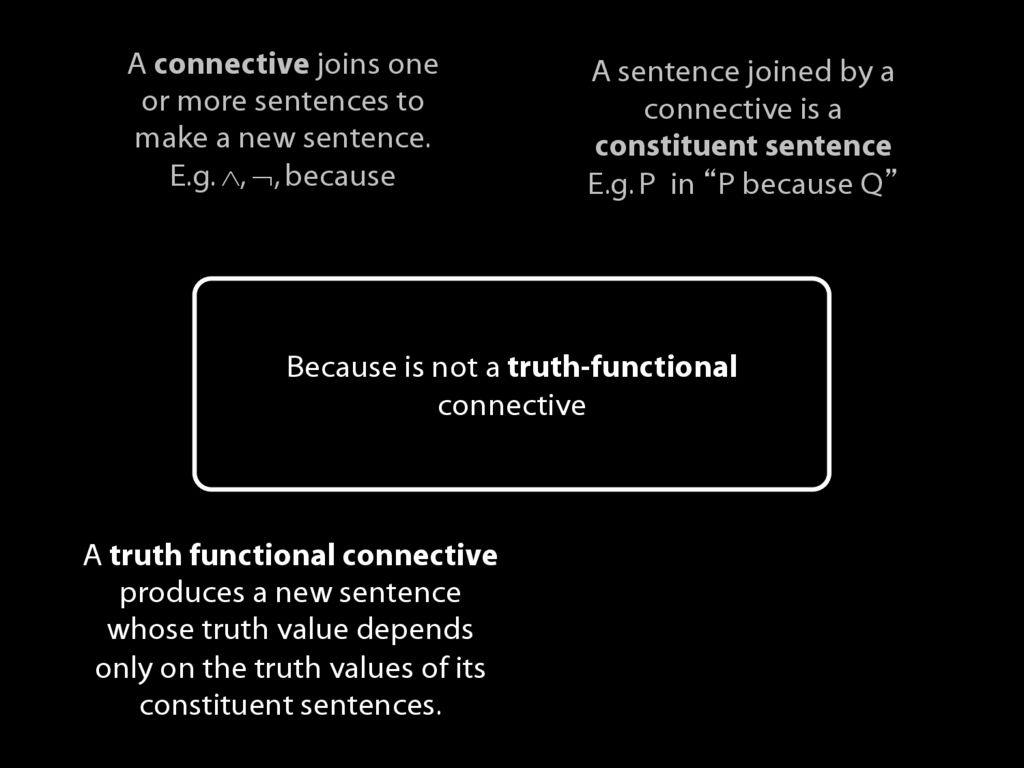

7.9
7.9

Subproofs Are Tricky
\section{Subproofs Are Tricky}
\section{Subproofs Are Tricky}
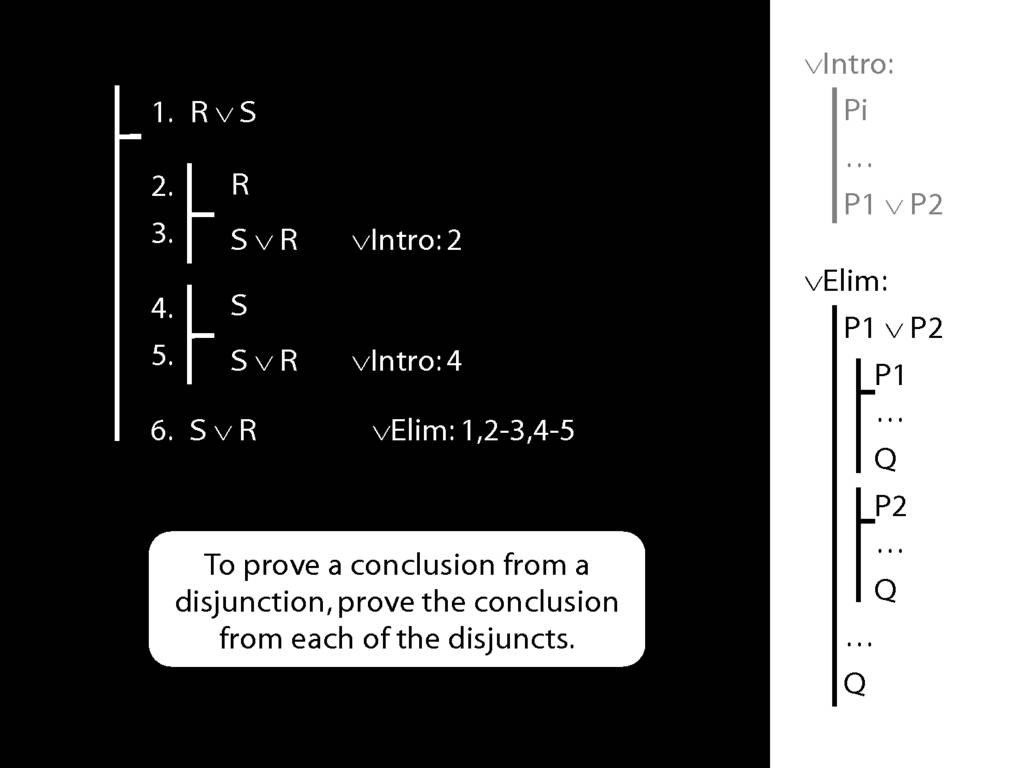
What is wrong with the following apparent proof?














Everything Is Broken
\section{Get Some Quantifiers: Don't Economise}
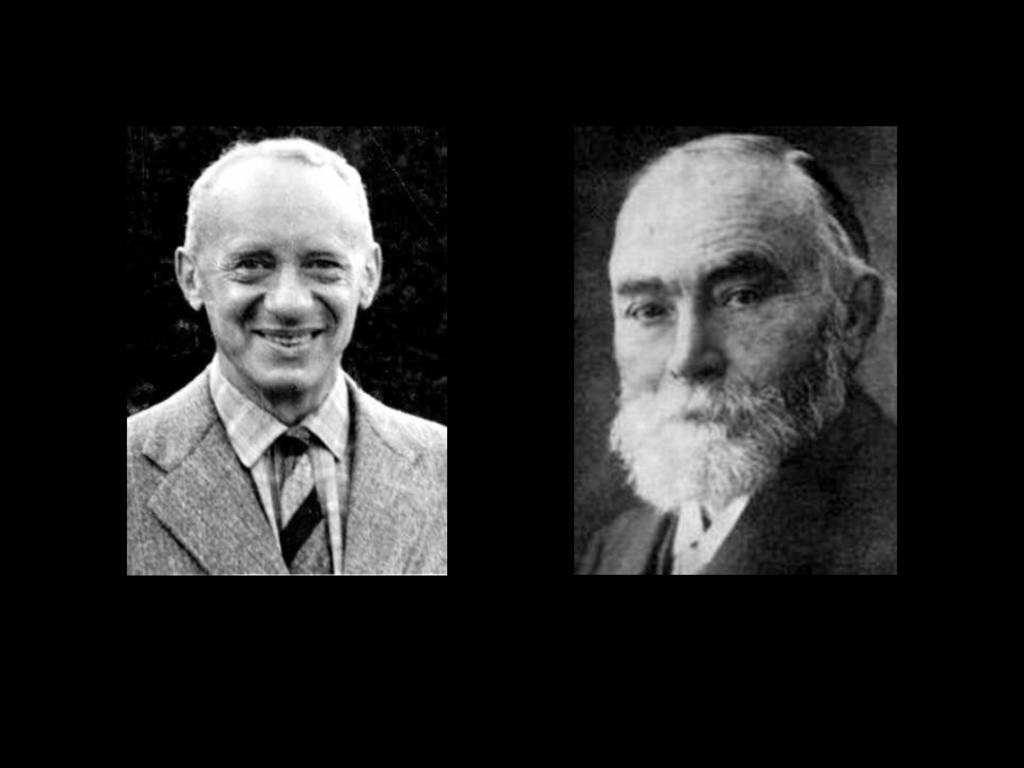
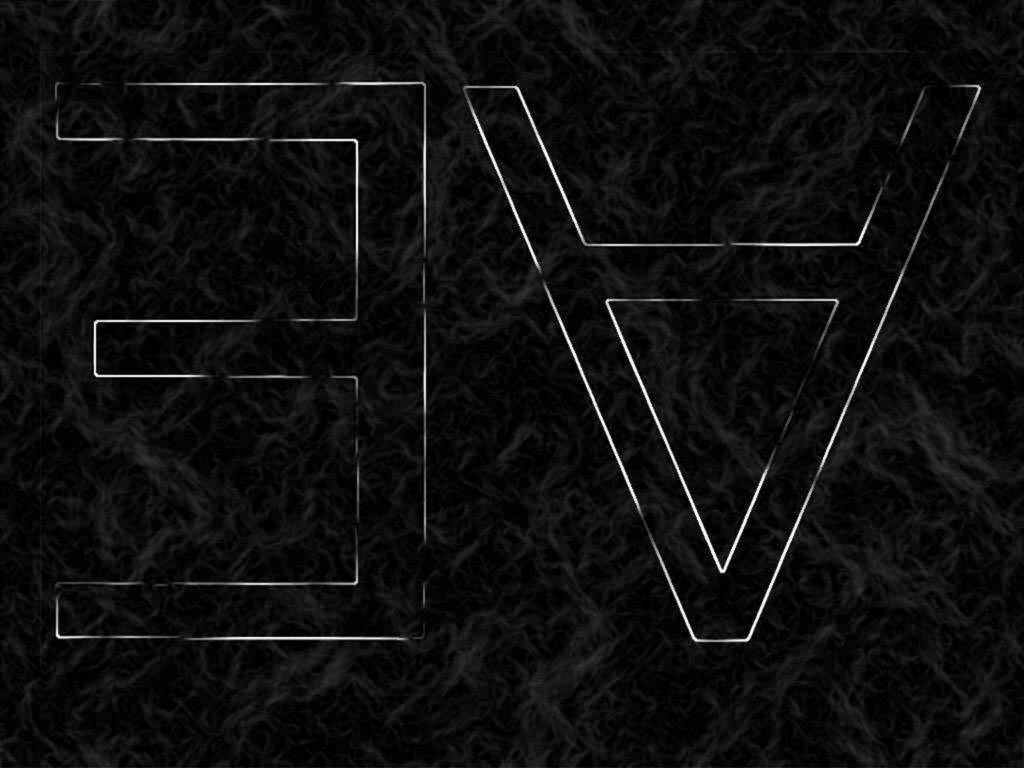


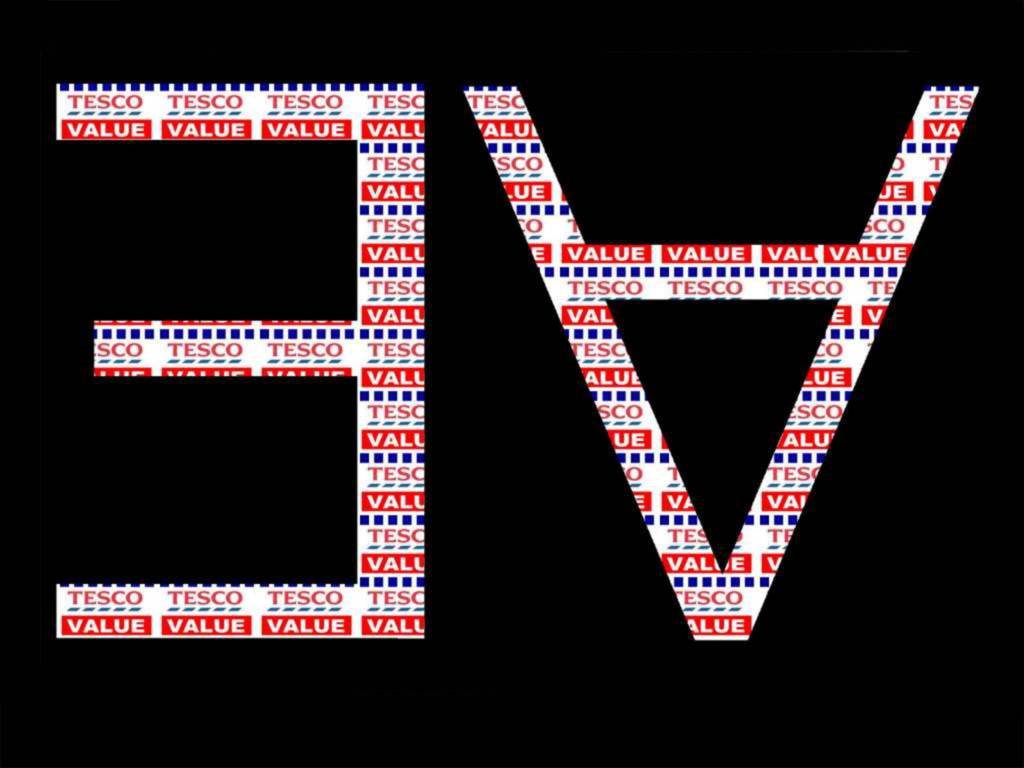
\section{Everything Is Broken}
\emph{Reading:} §9.1, §9.2
\section{Everything Is Broken}
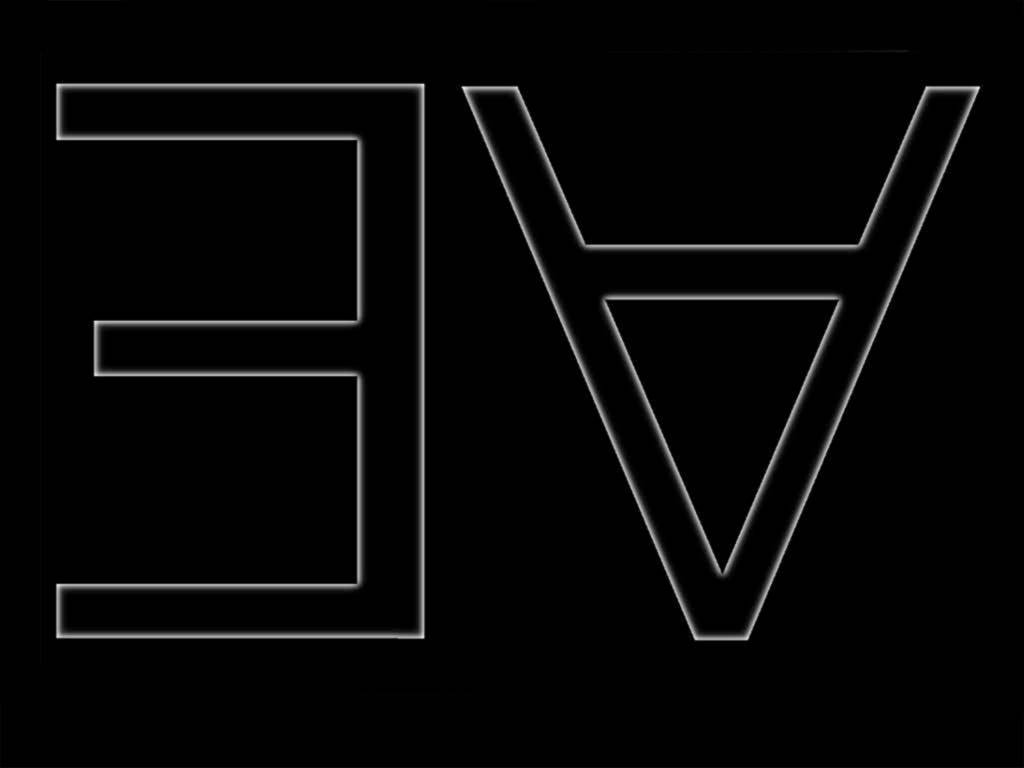
Everything is broken: ∀x Broken(x)
Something is broken: ∃x Broken(x)


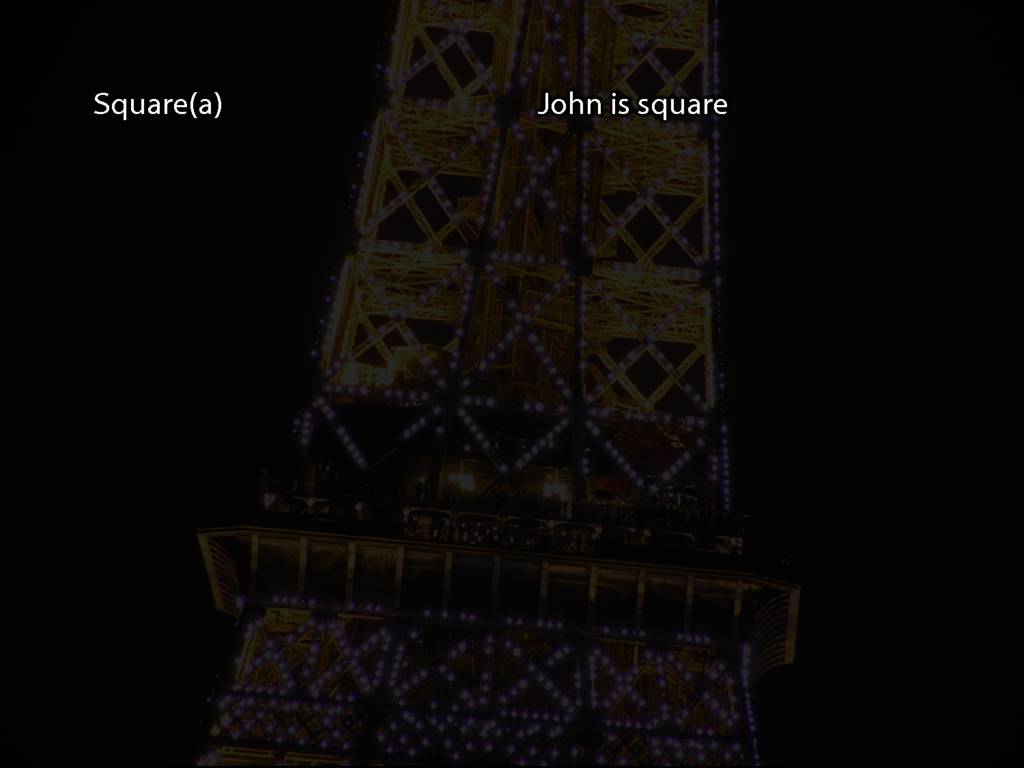
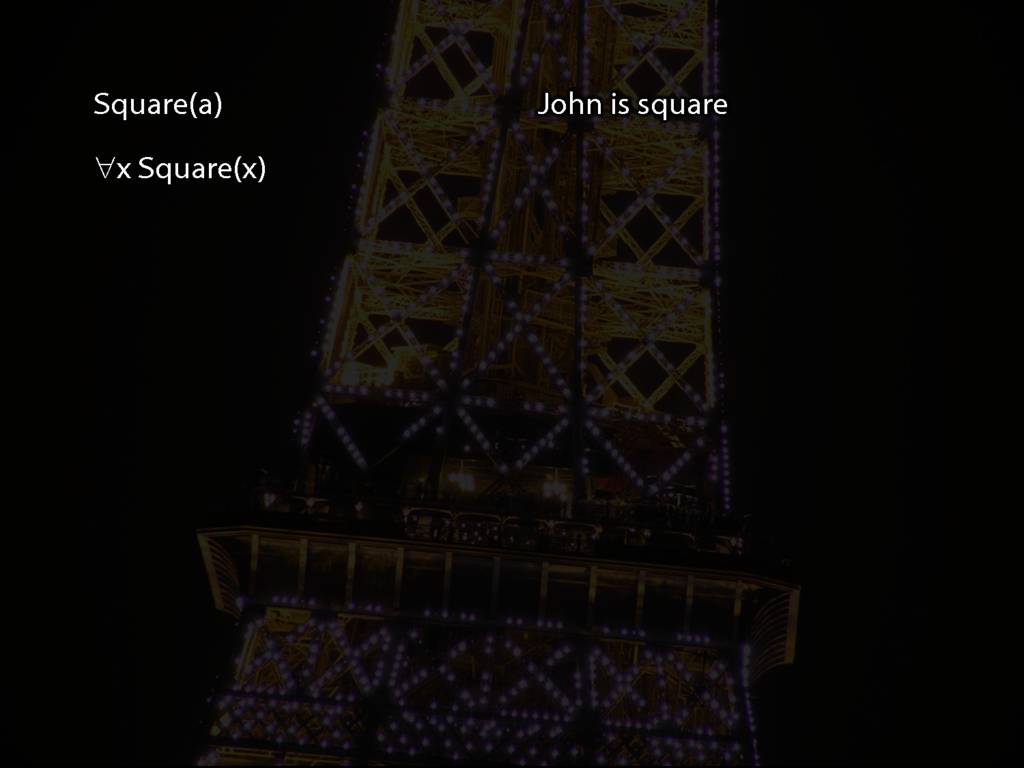
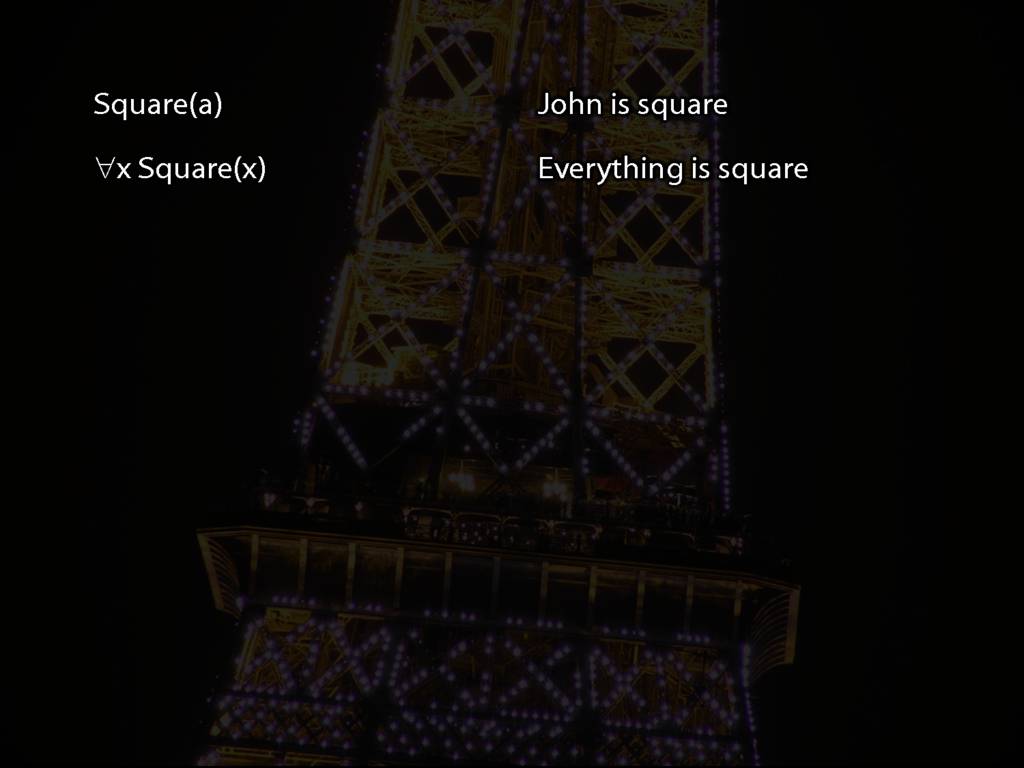
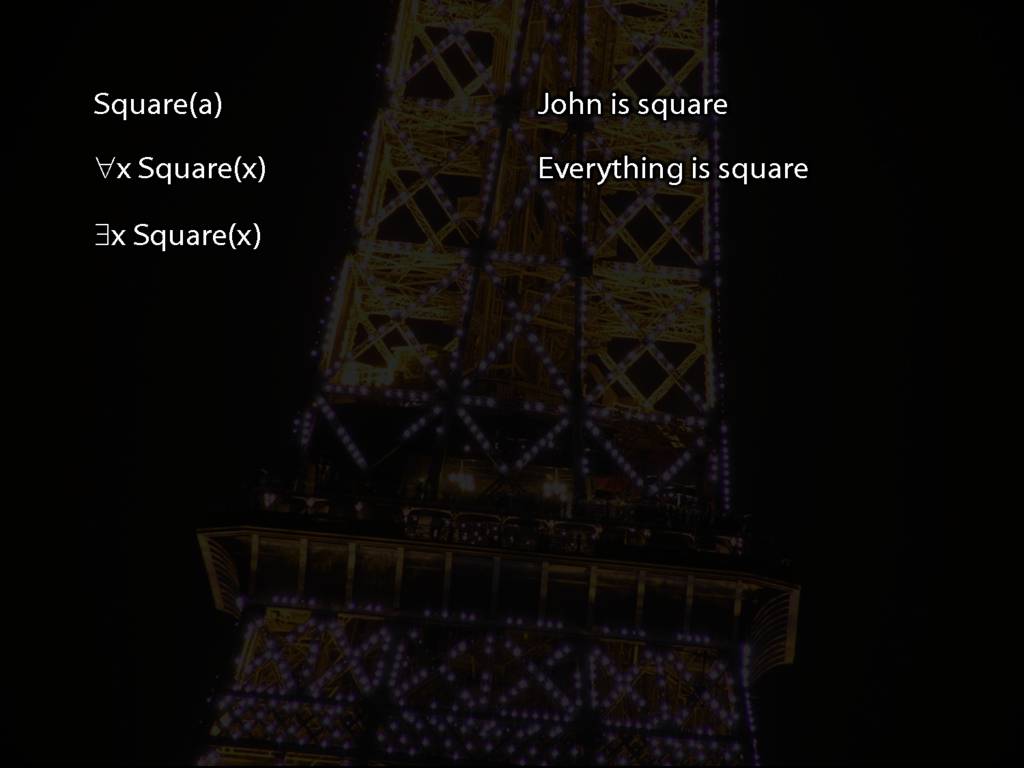
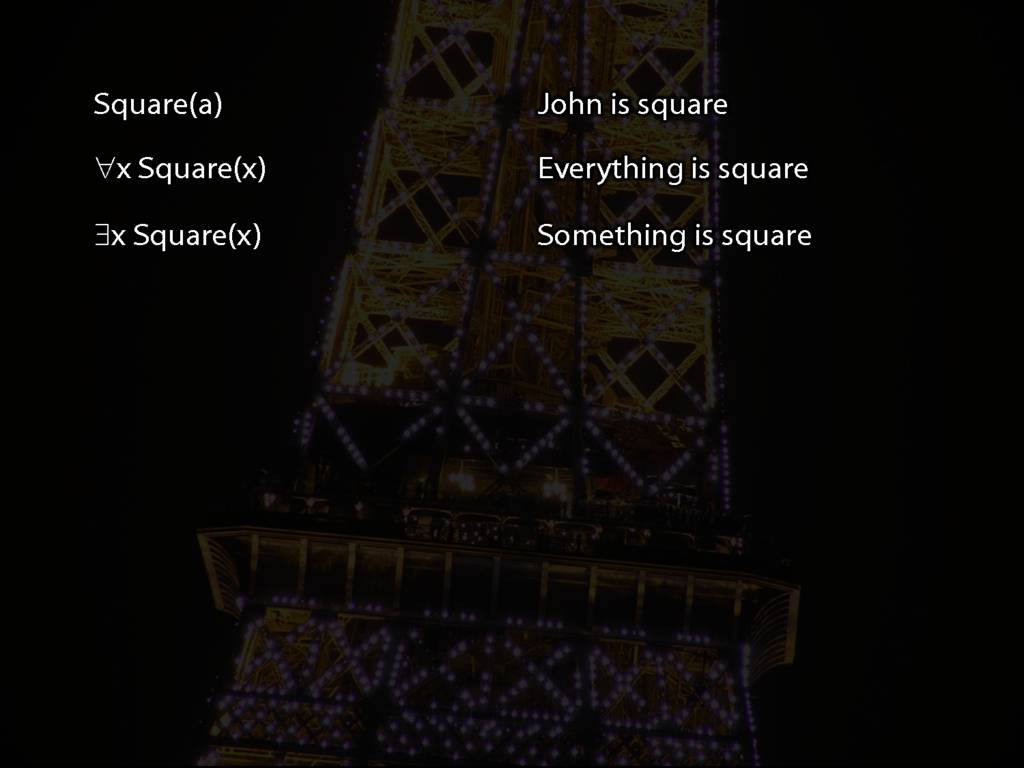


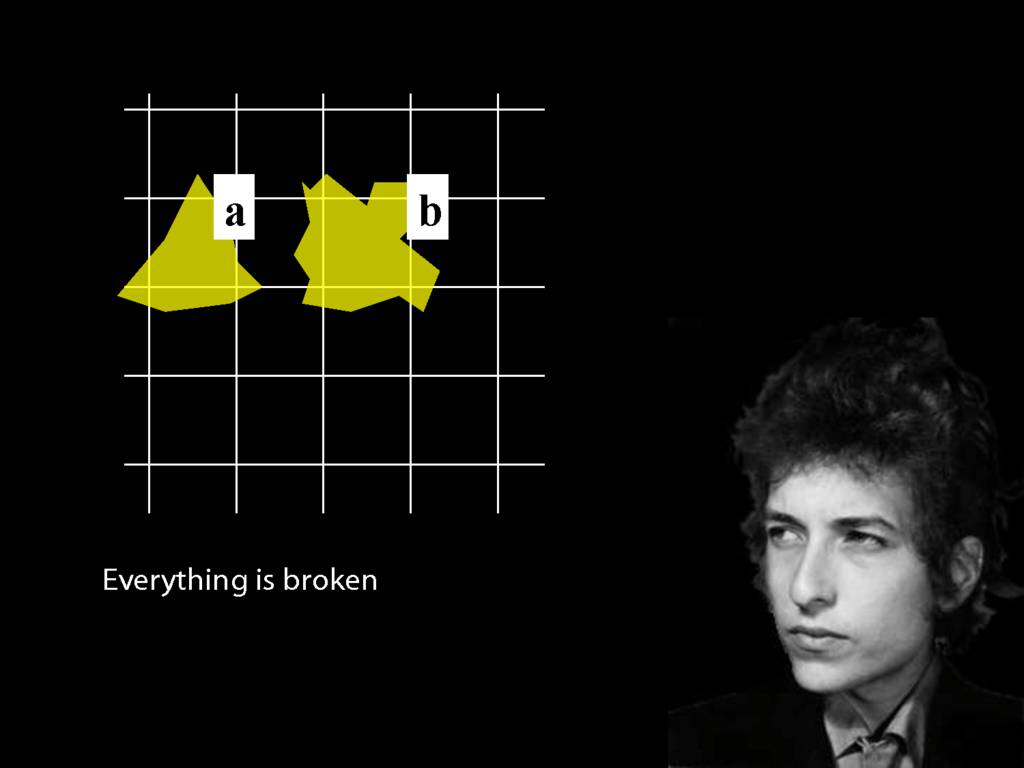
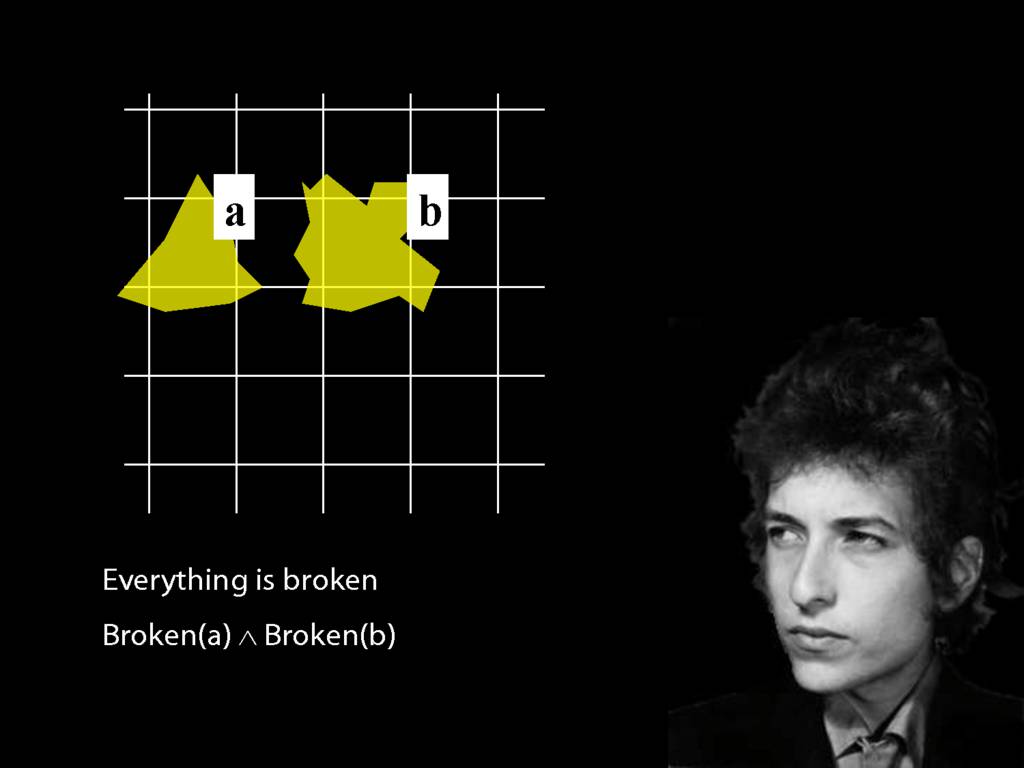
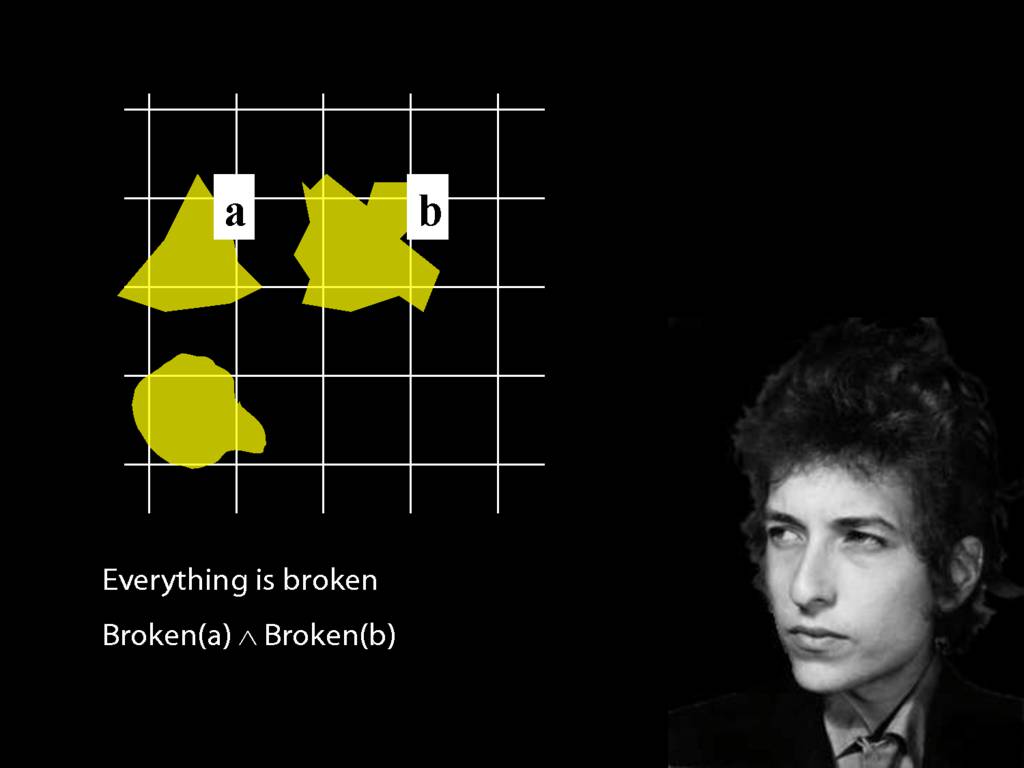
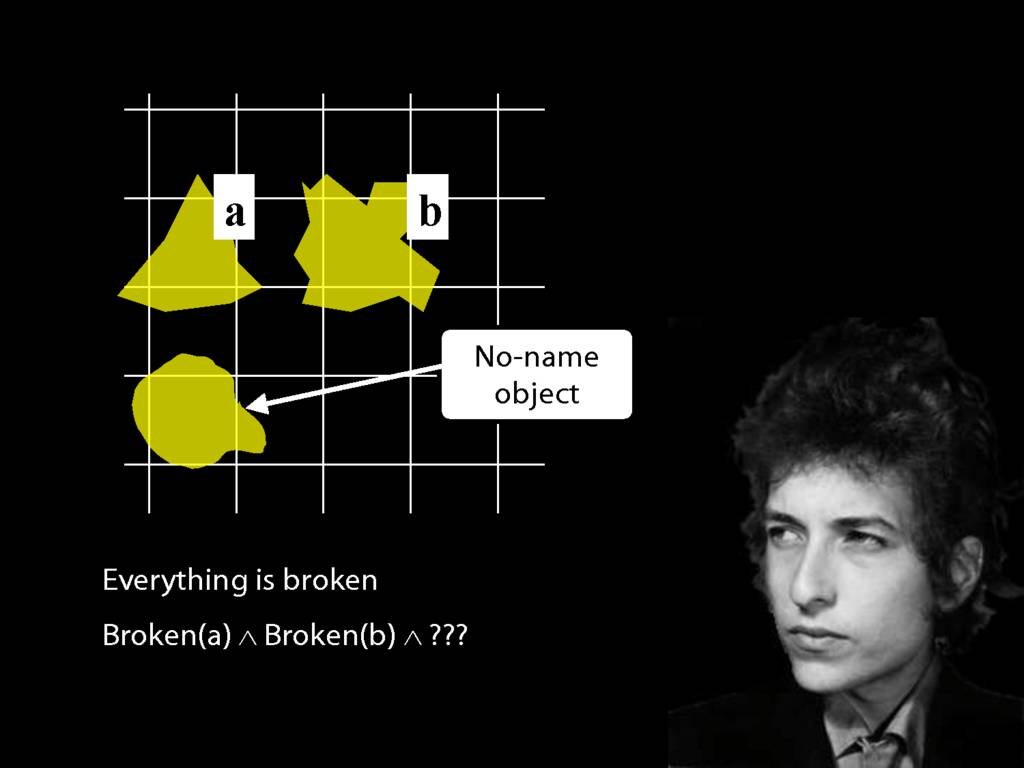
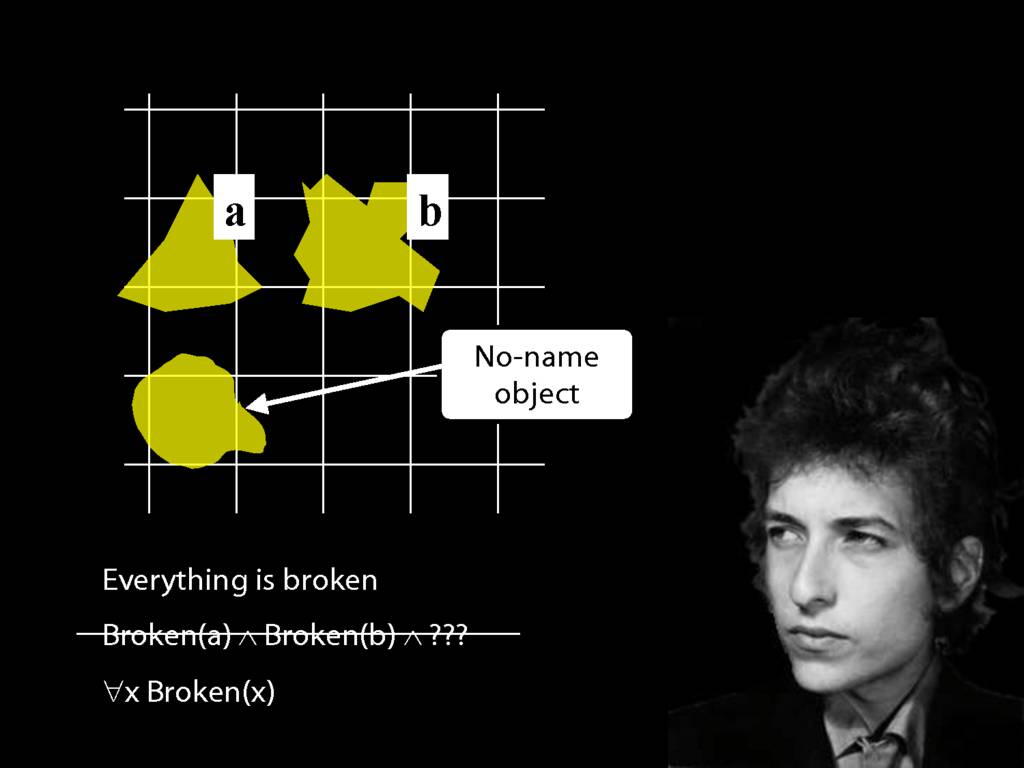

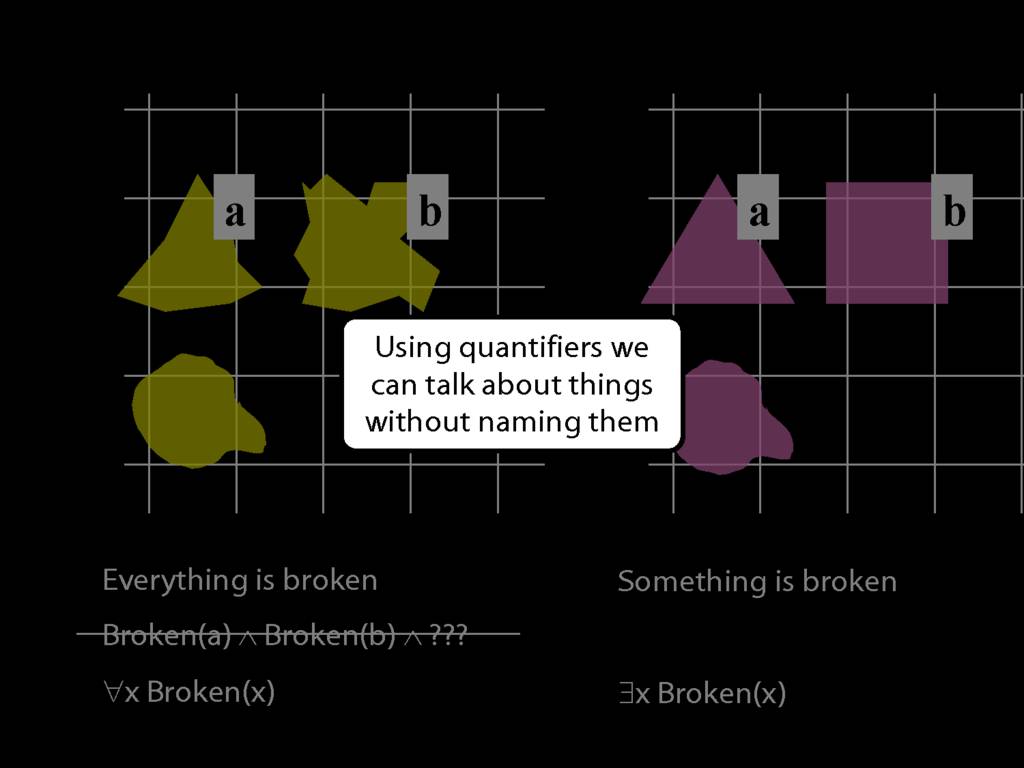
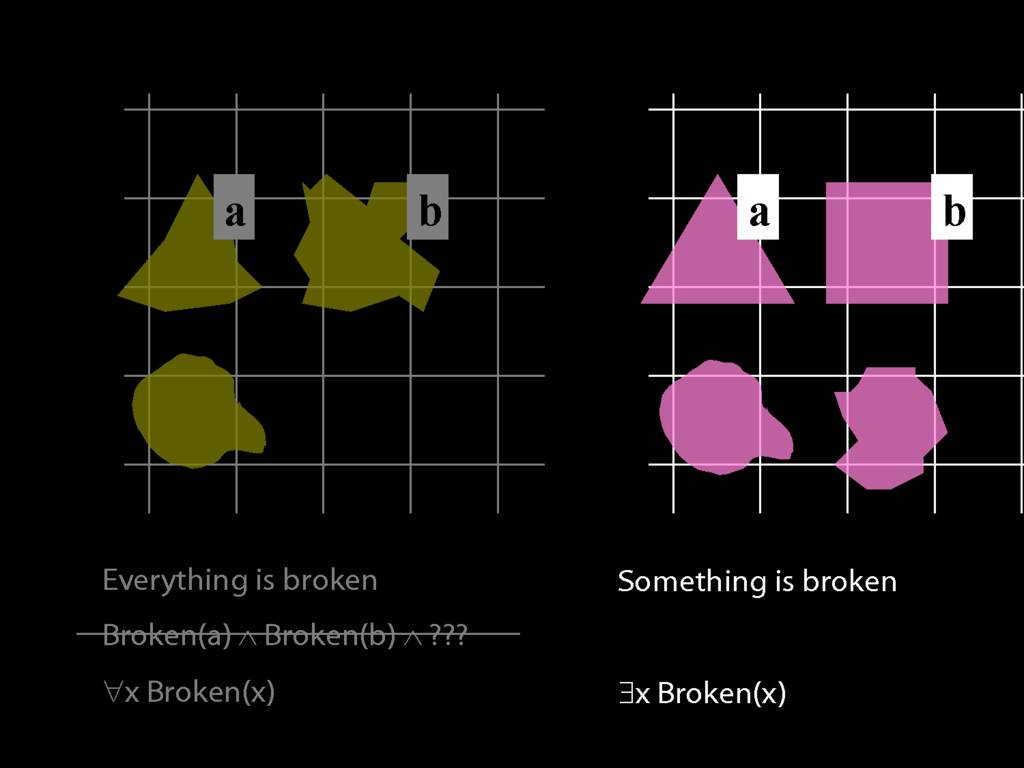
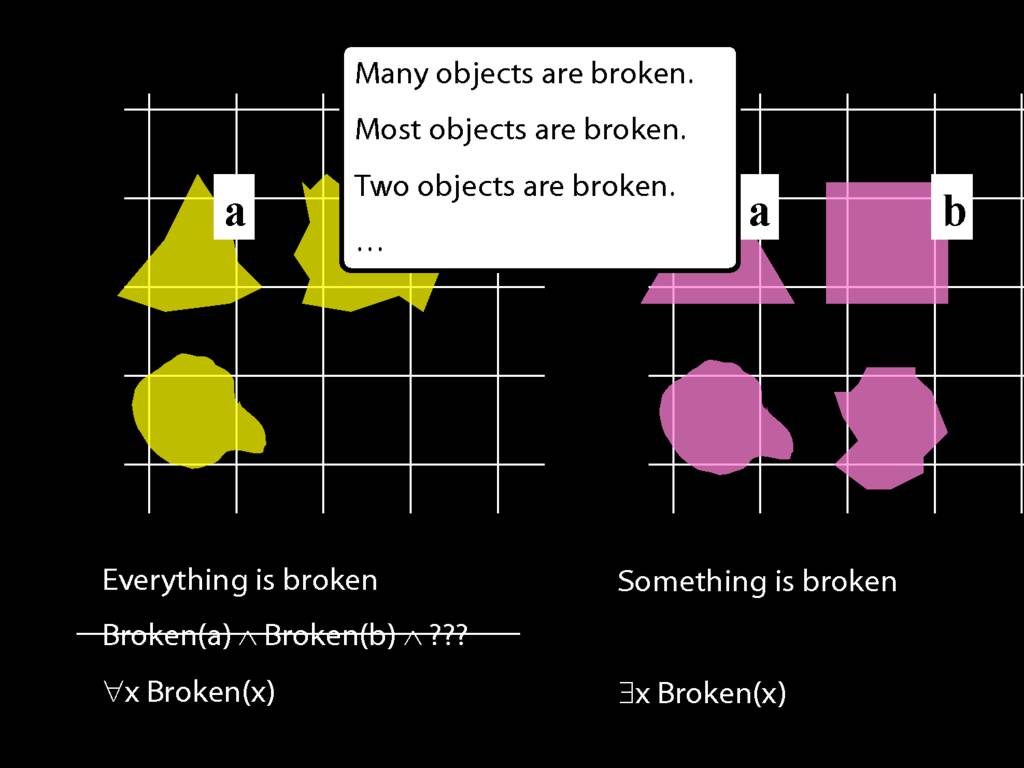
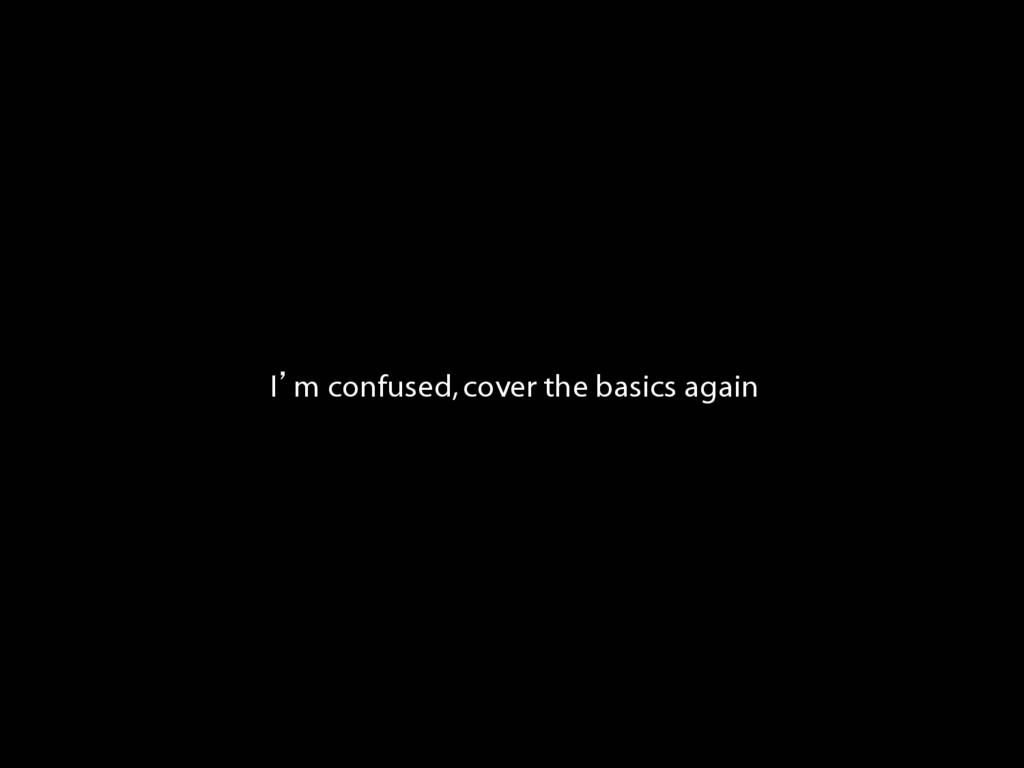
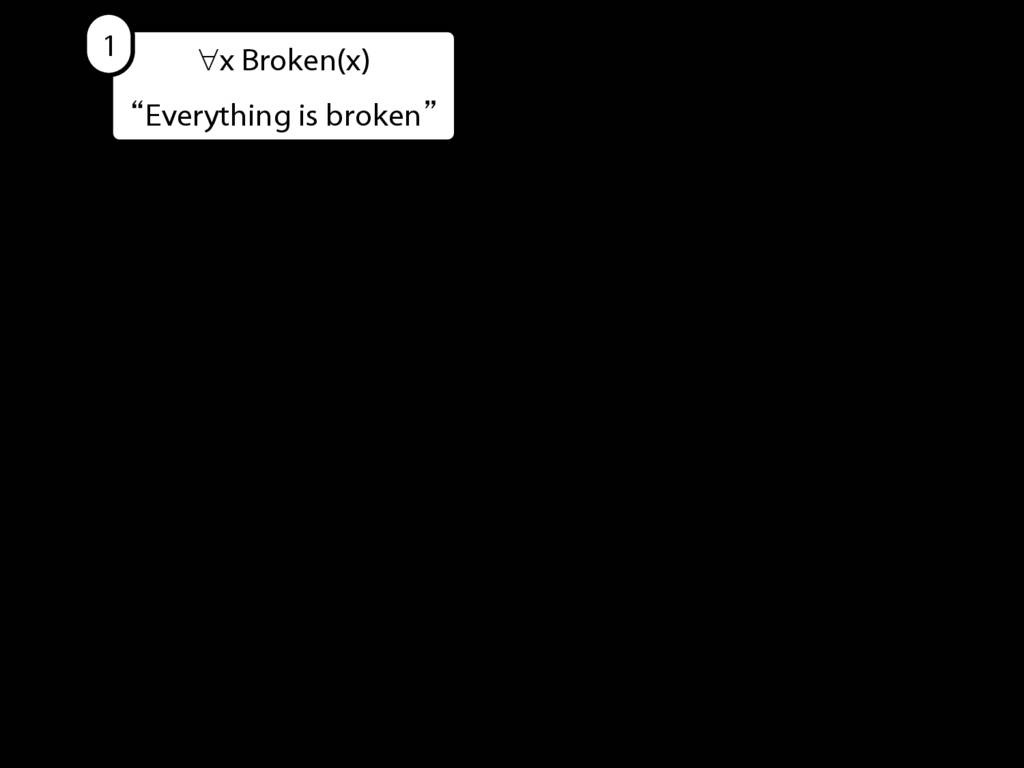
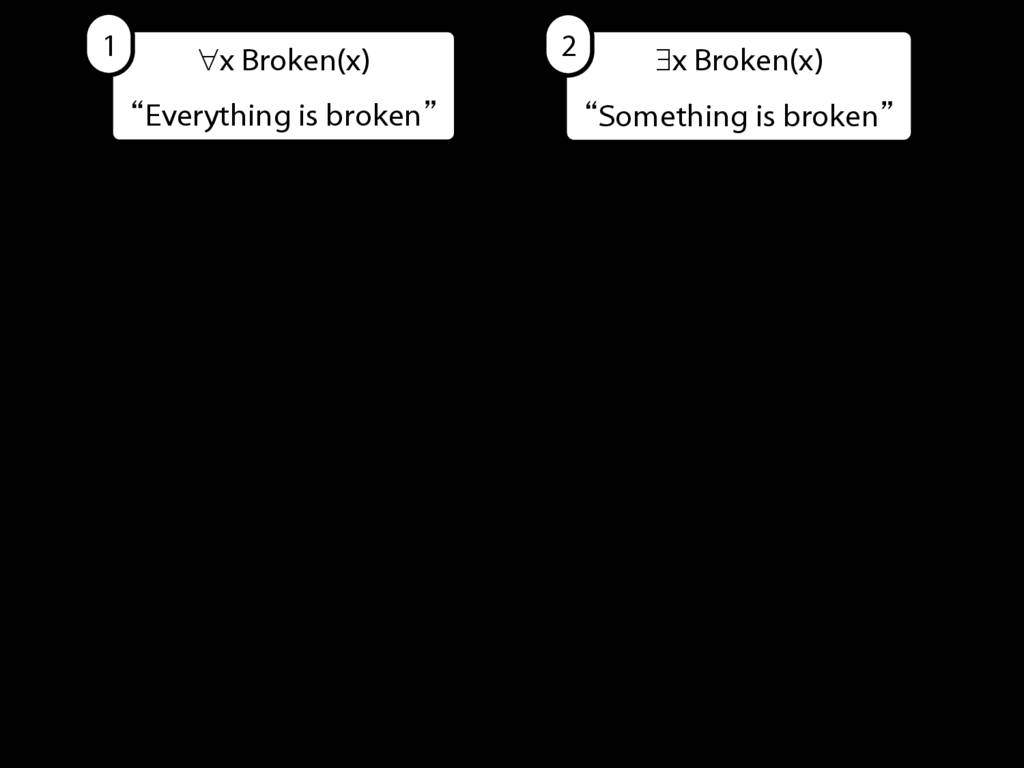
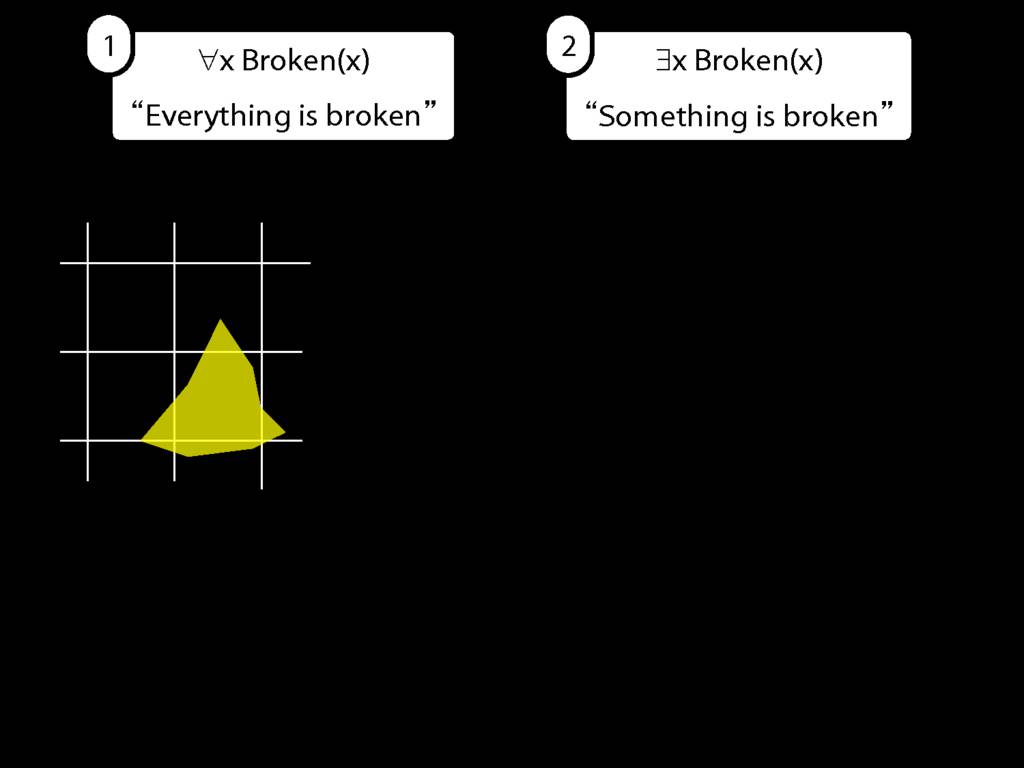
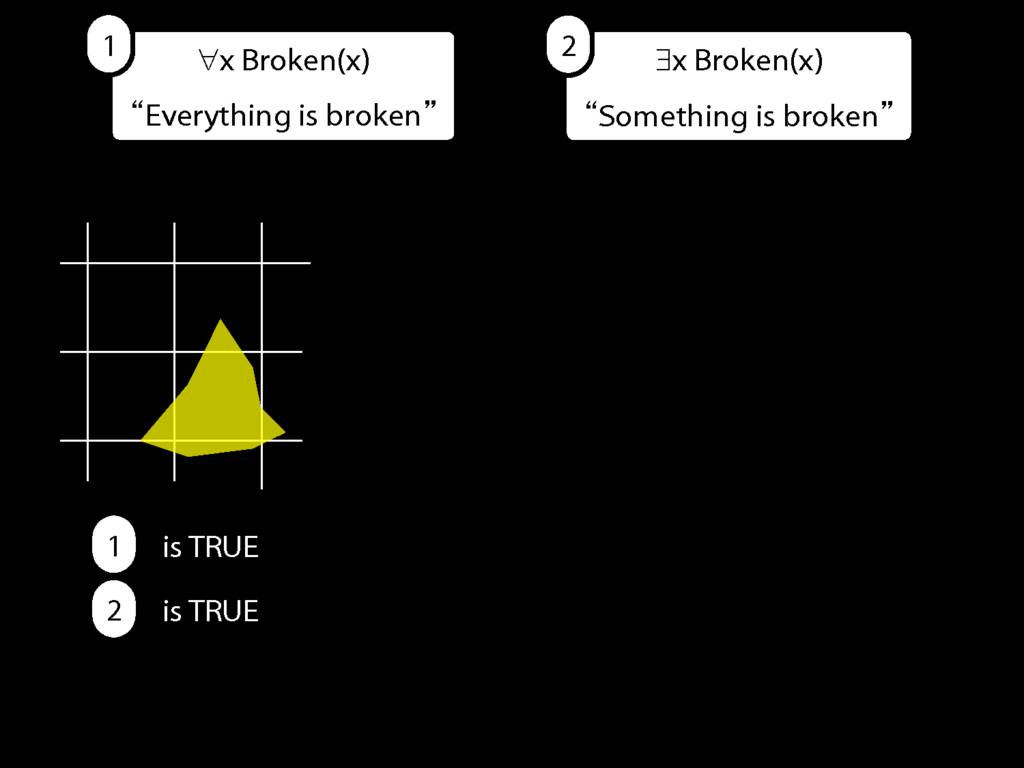
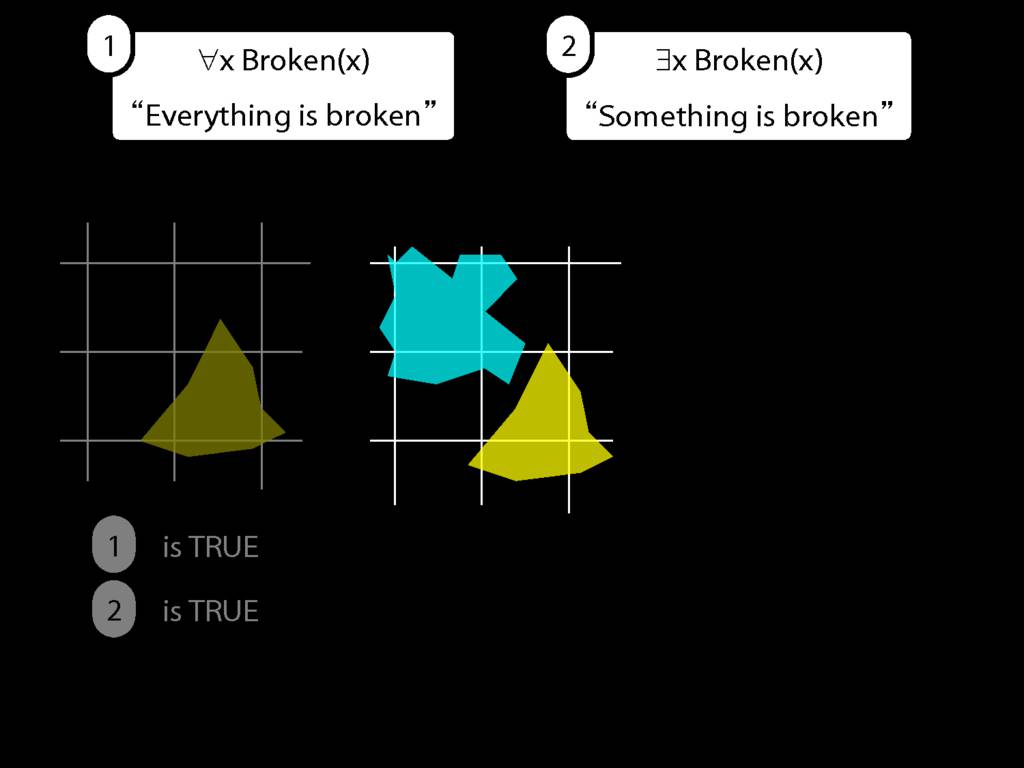
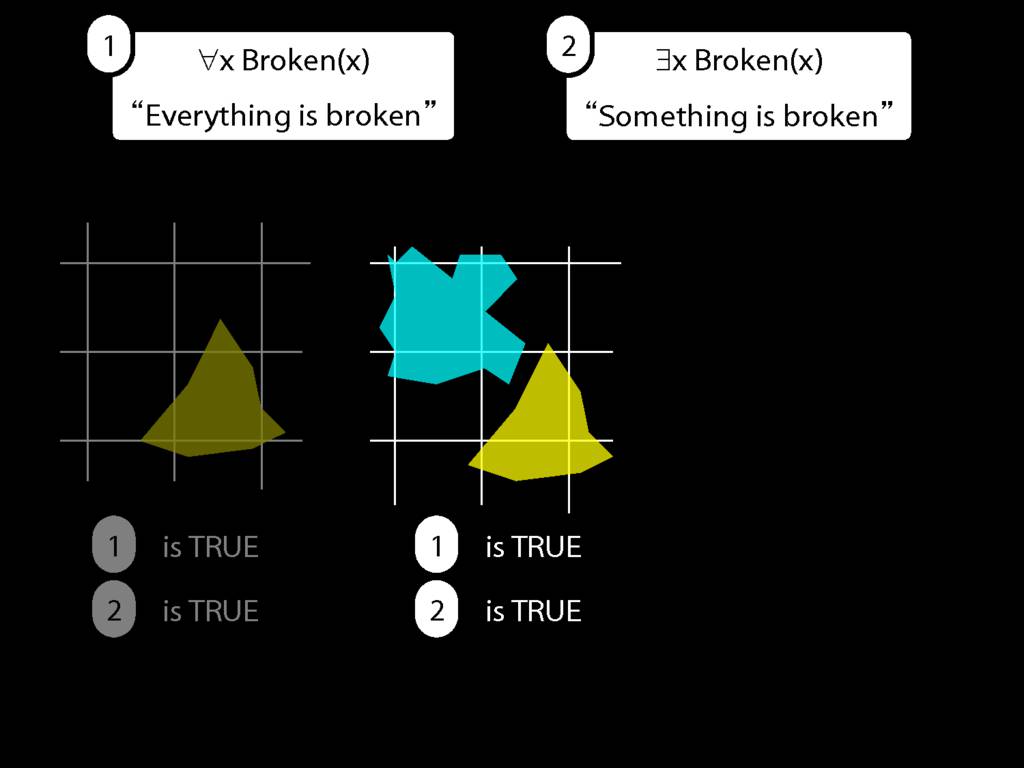
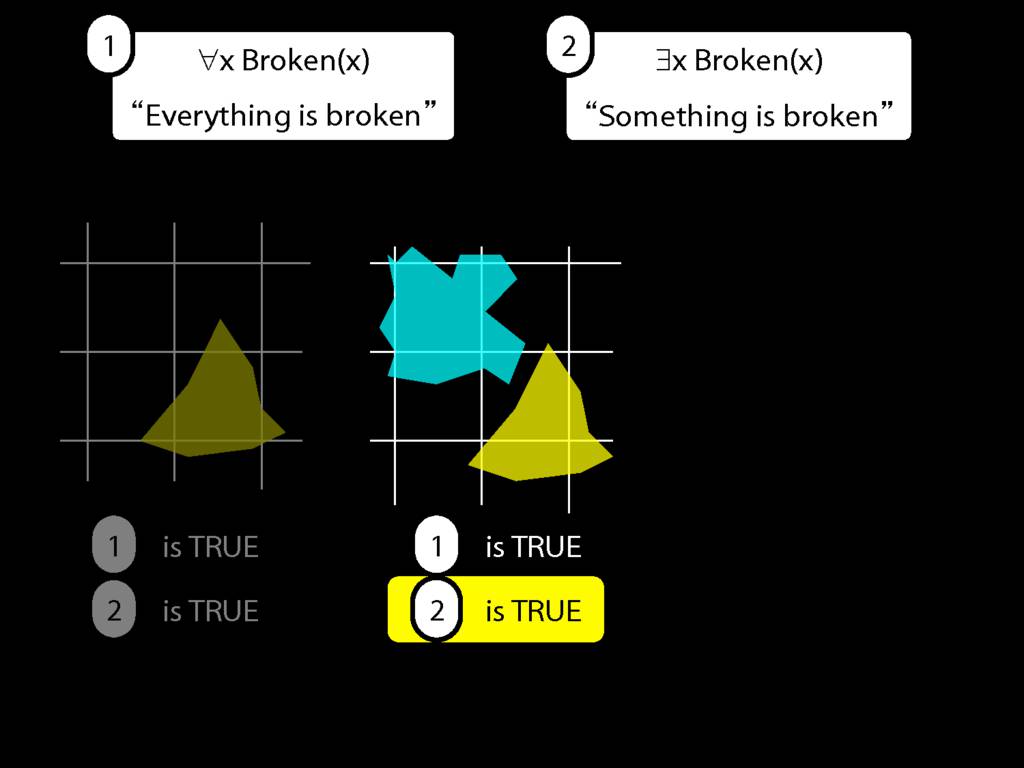
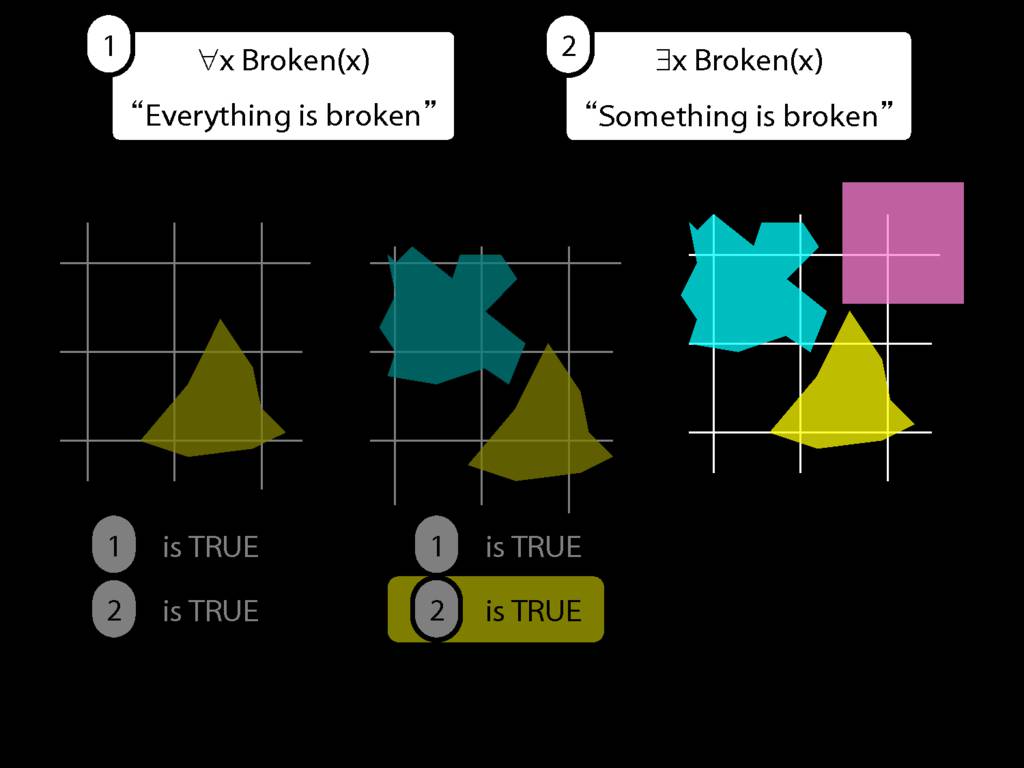
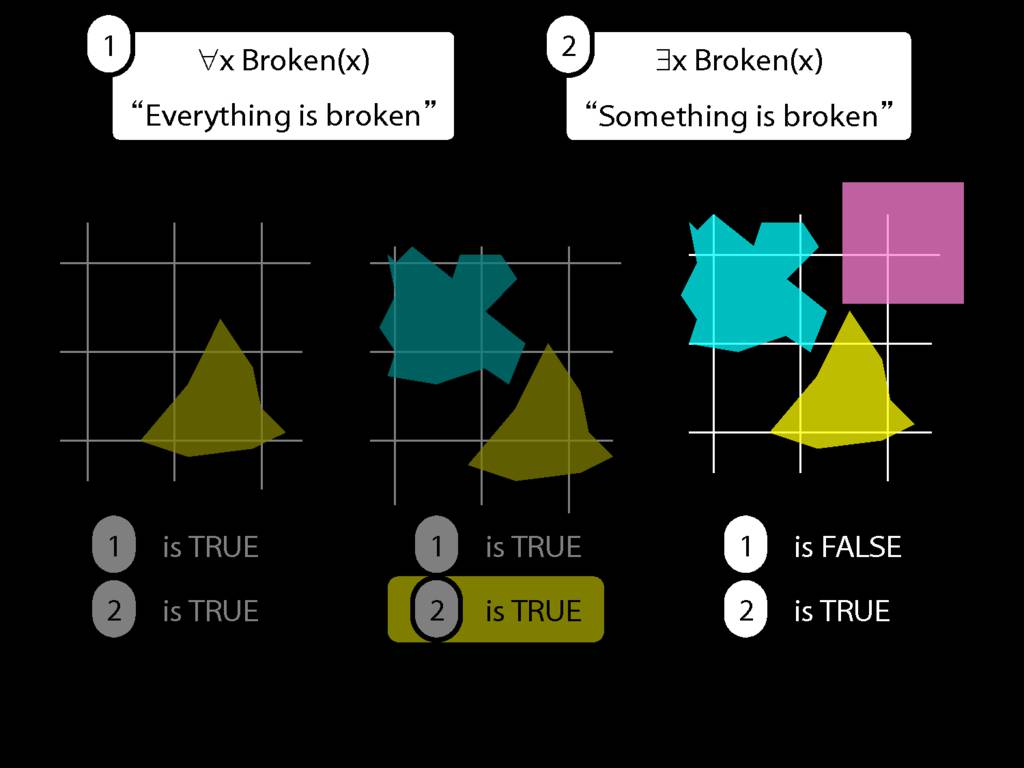
9.1 odd numbers only
9.2 even numbers only
9.8–-9.10